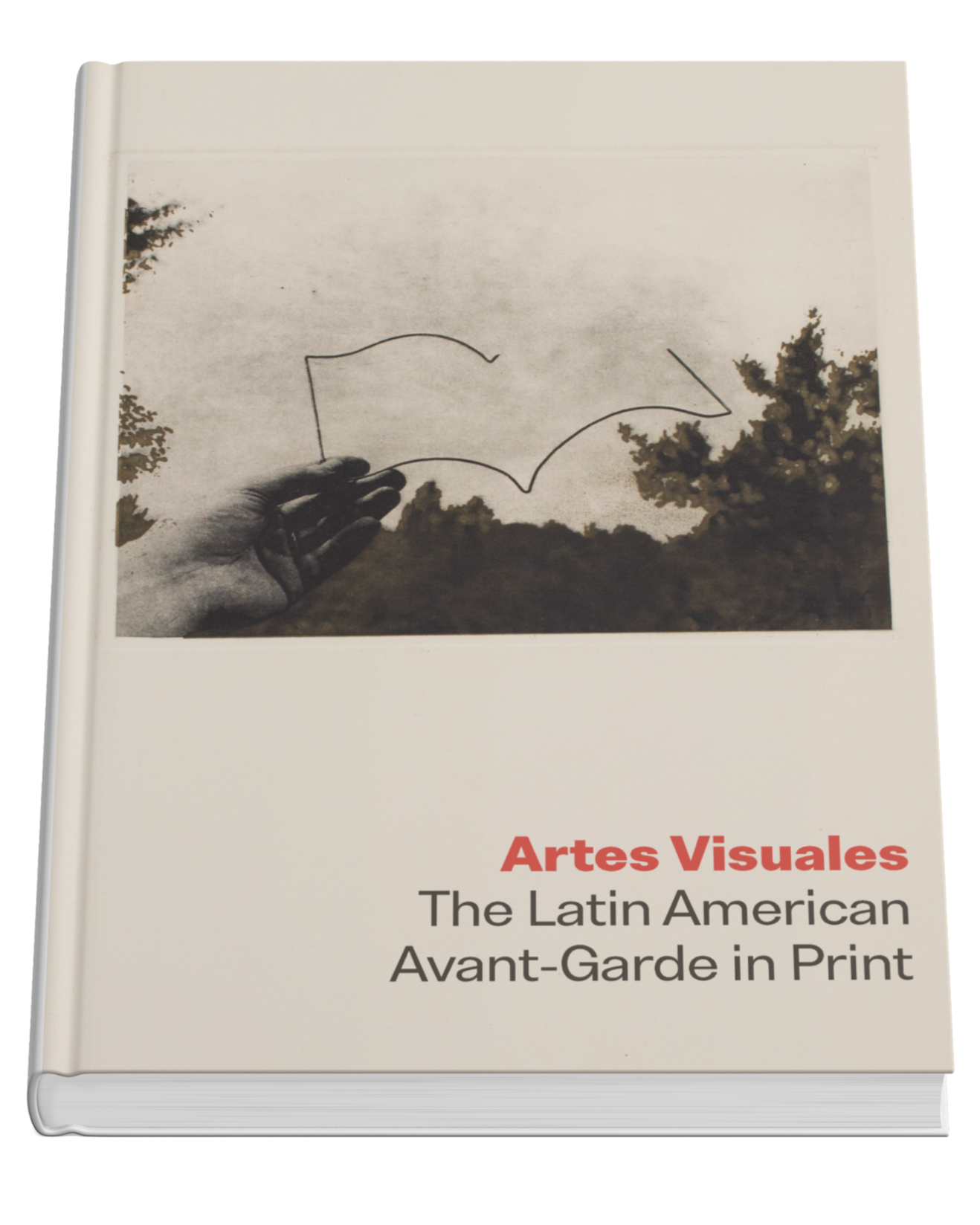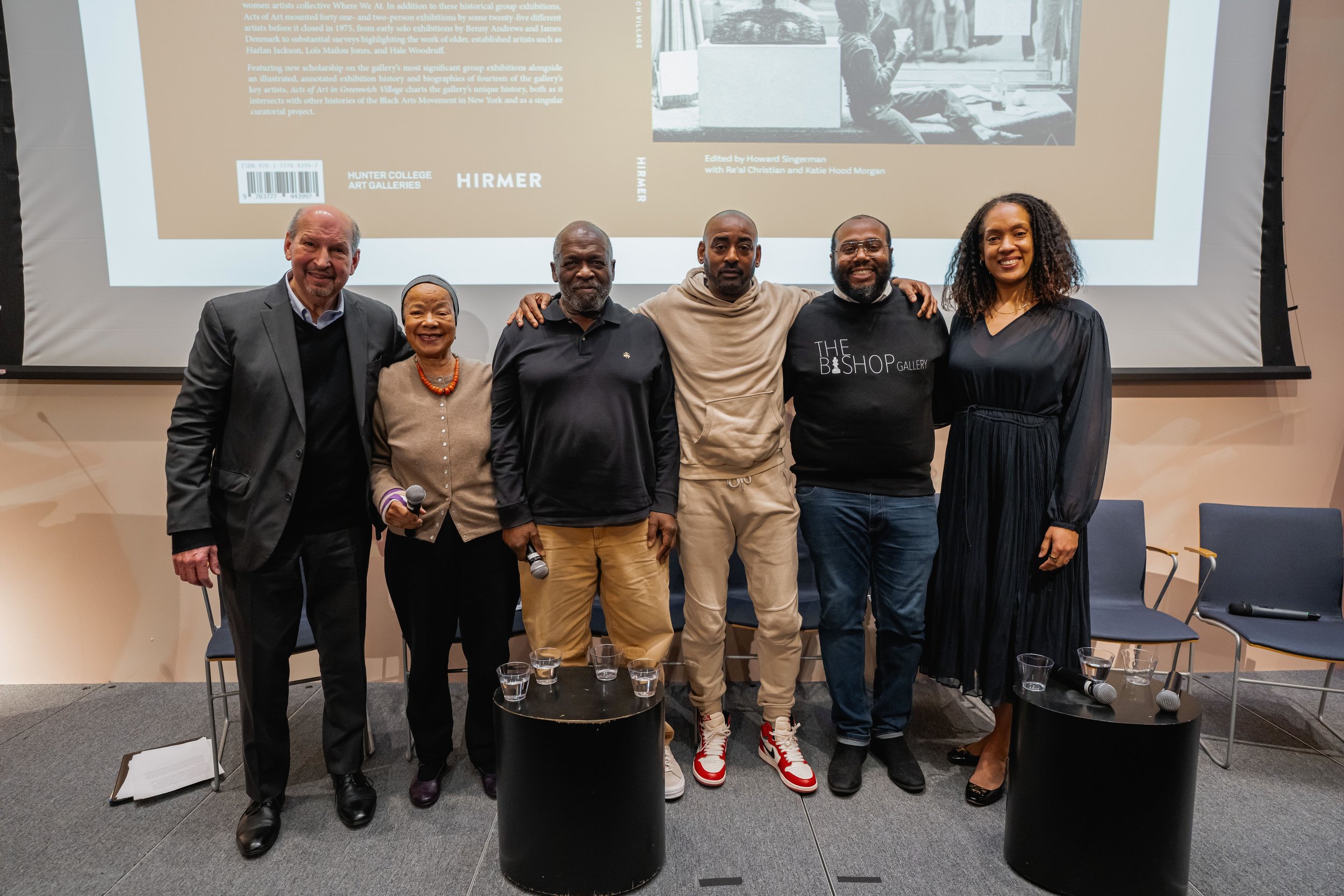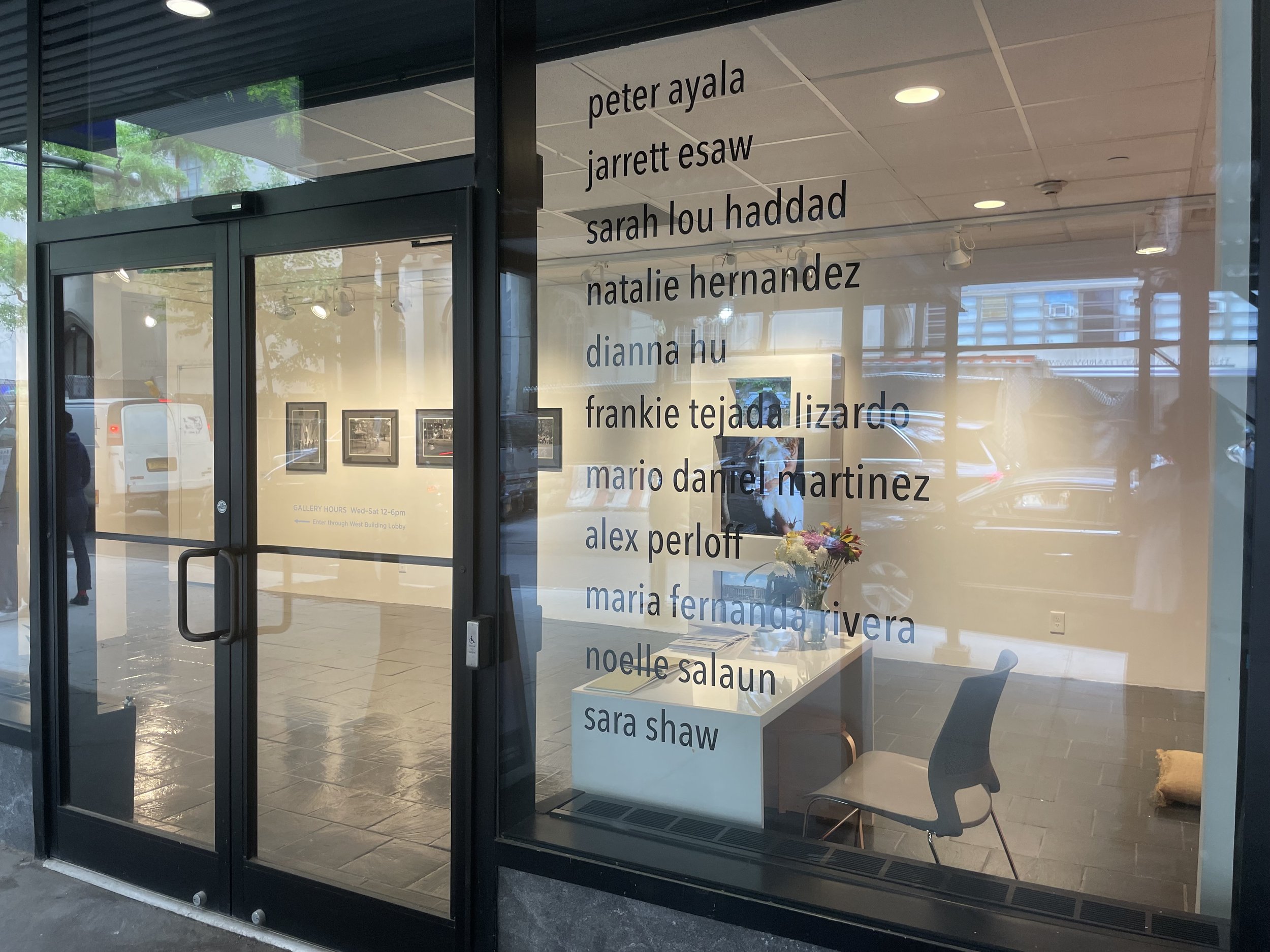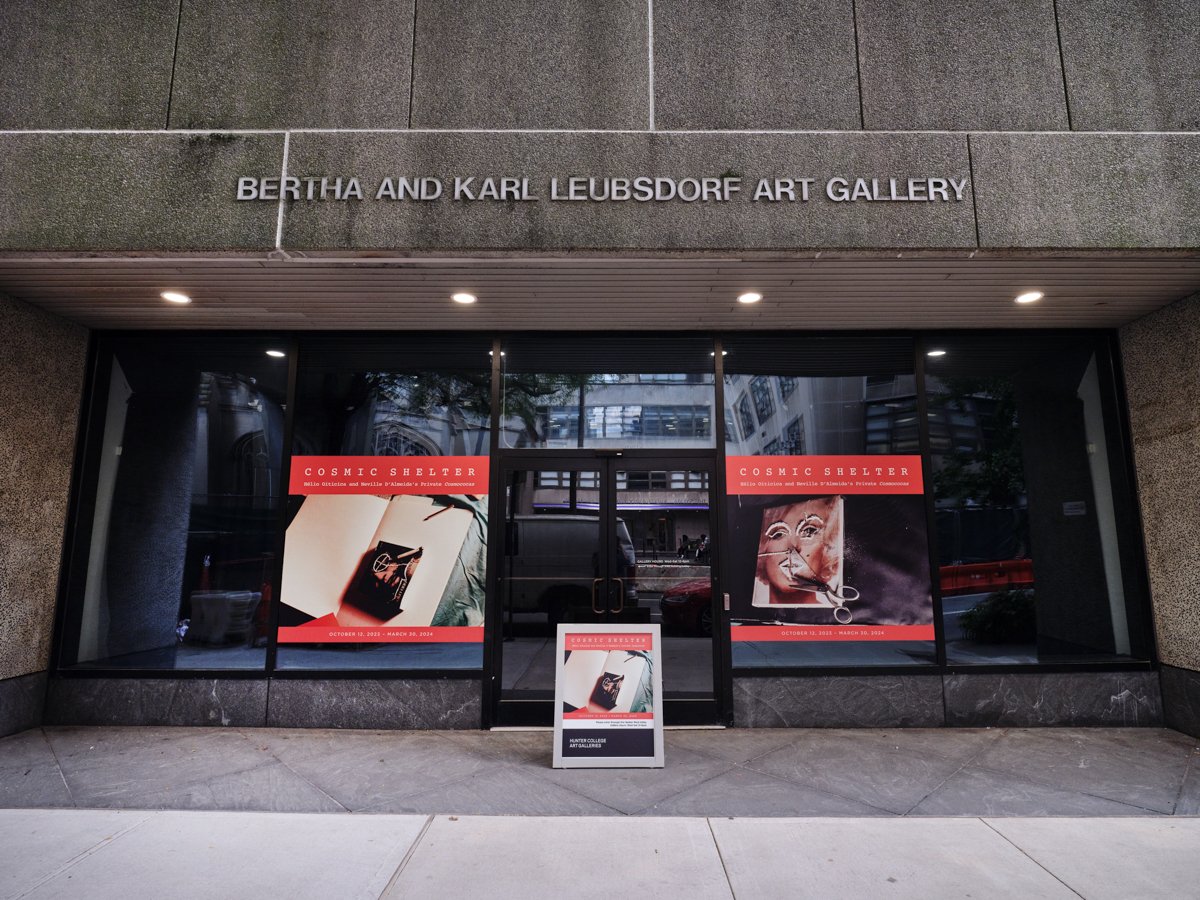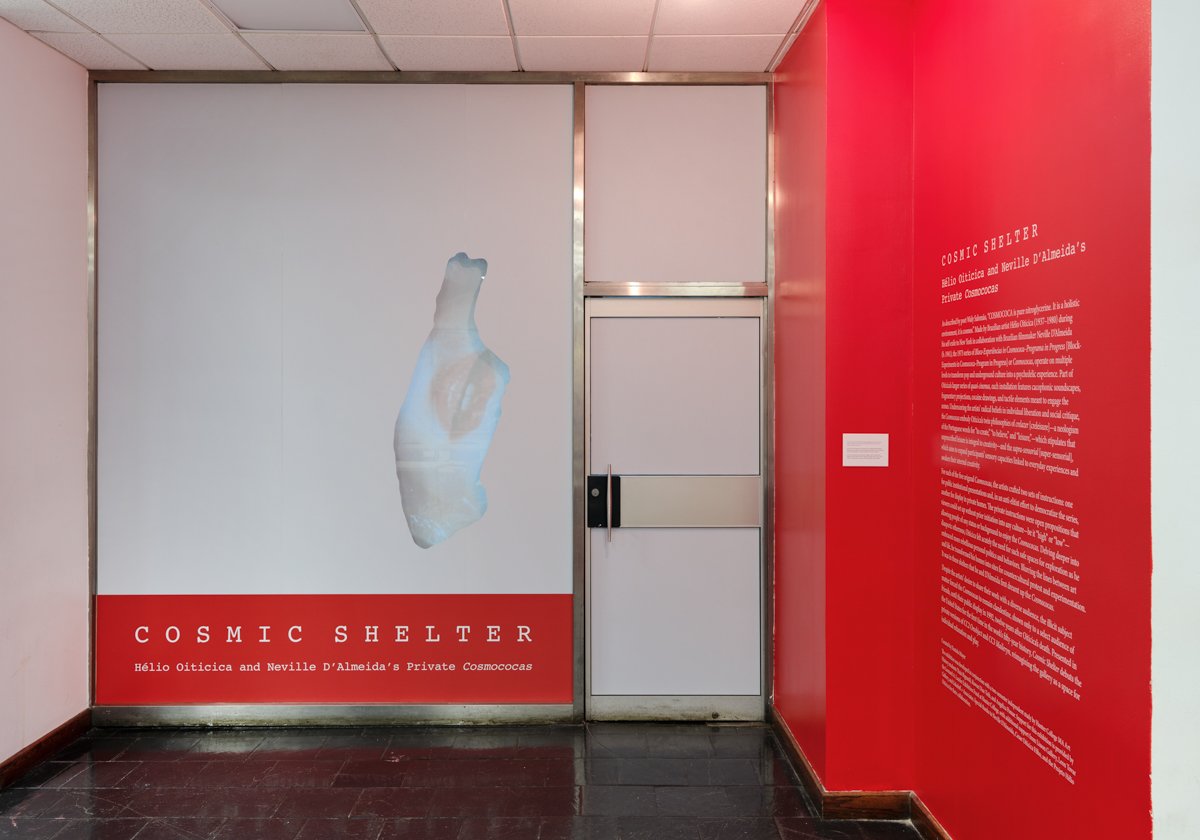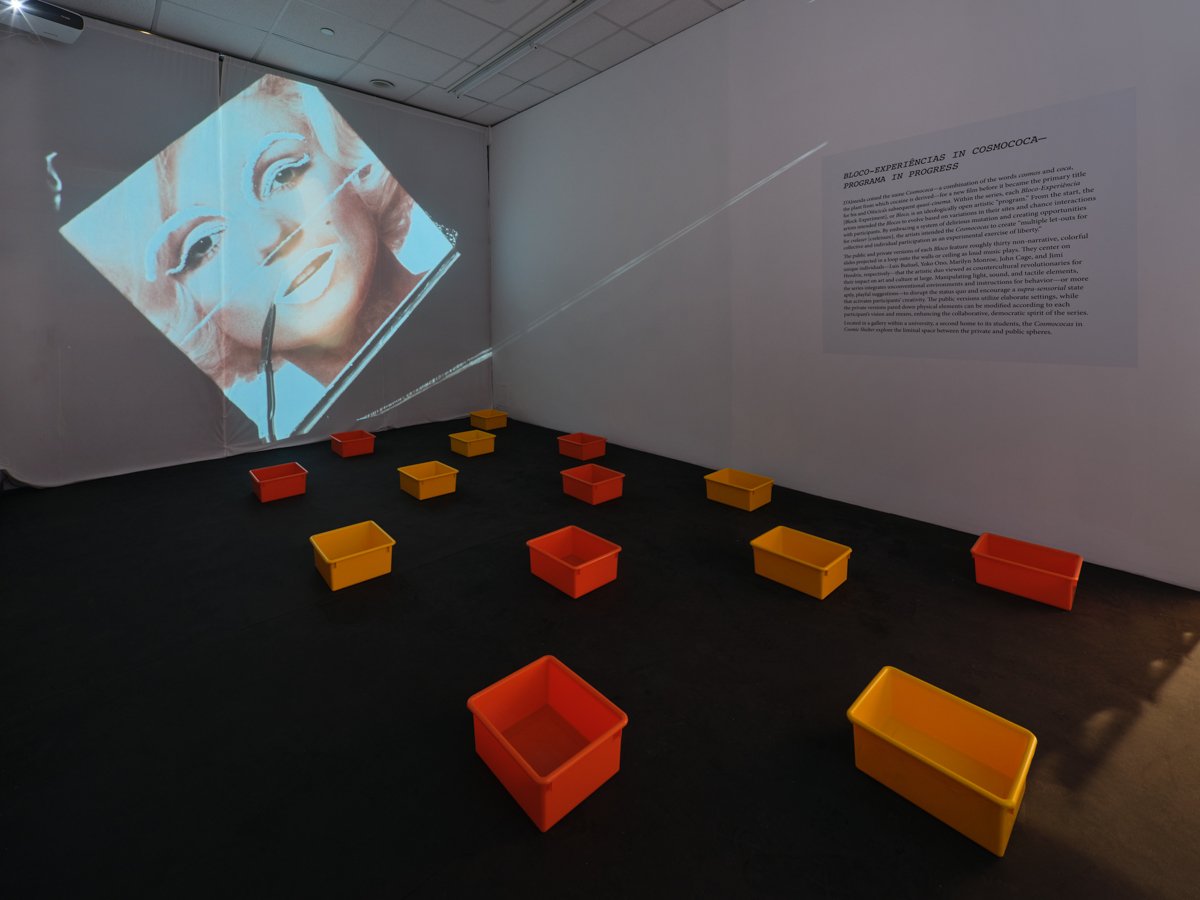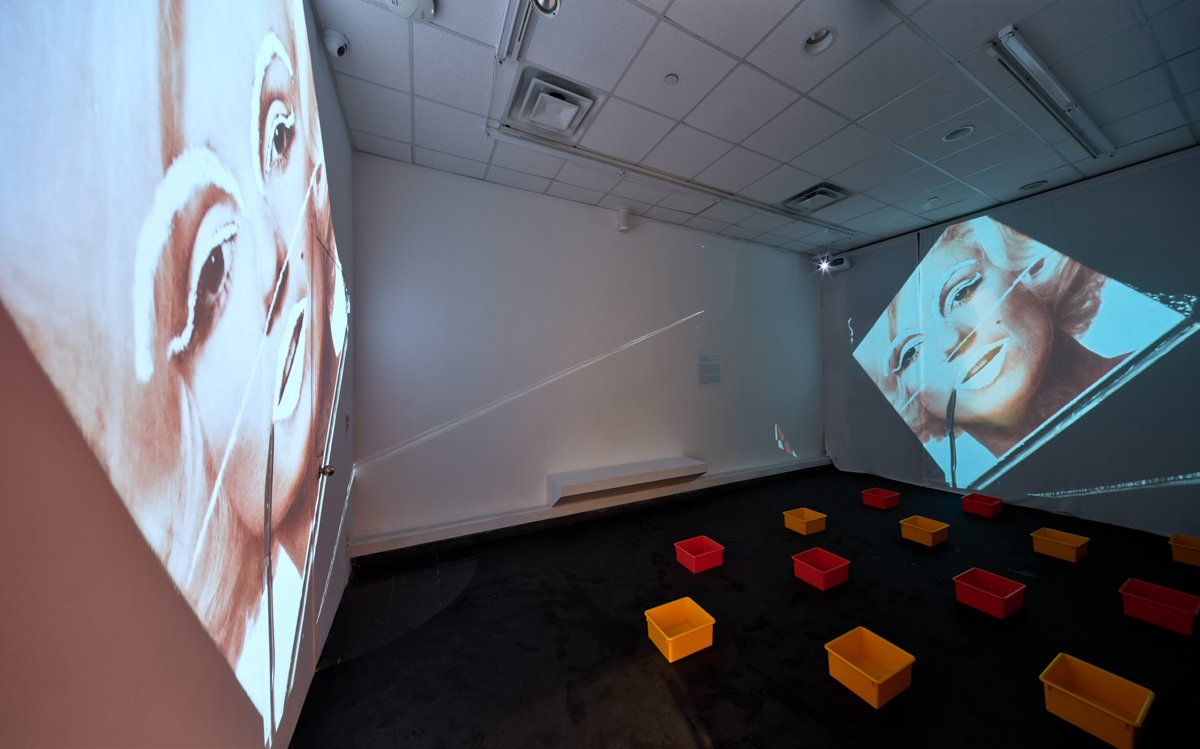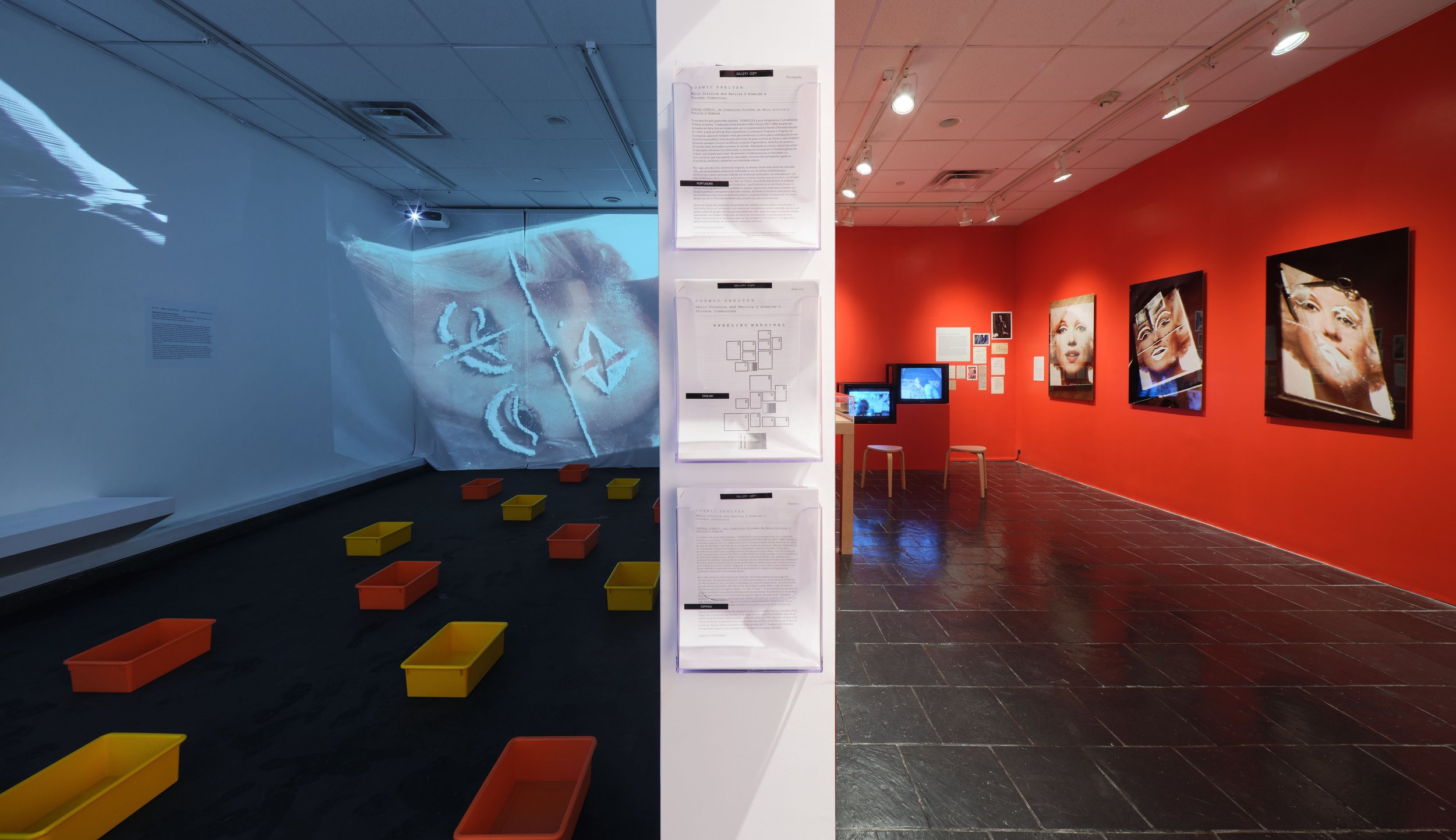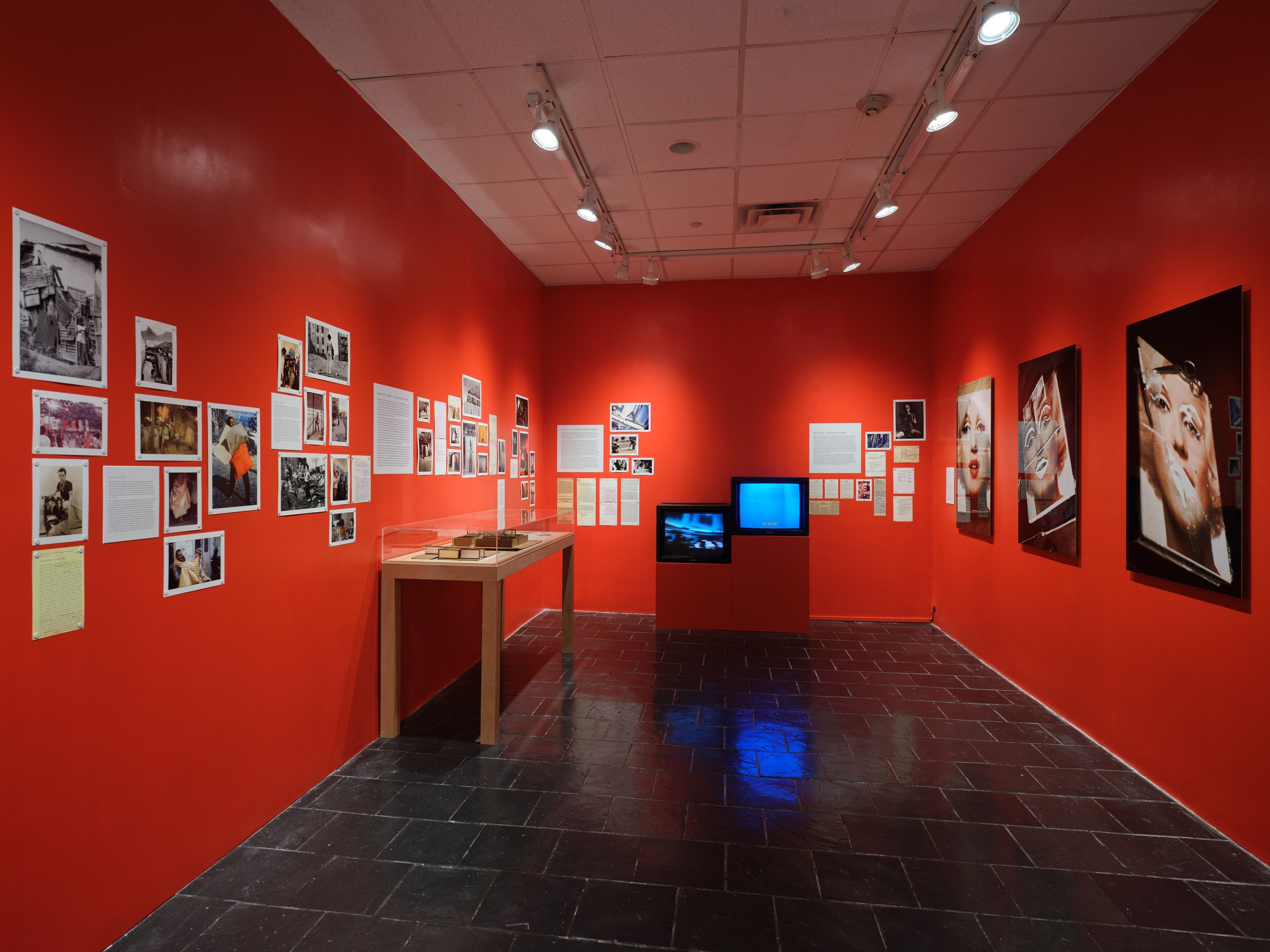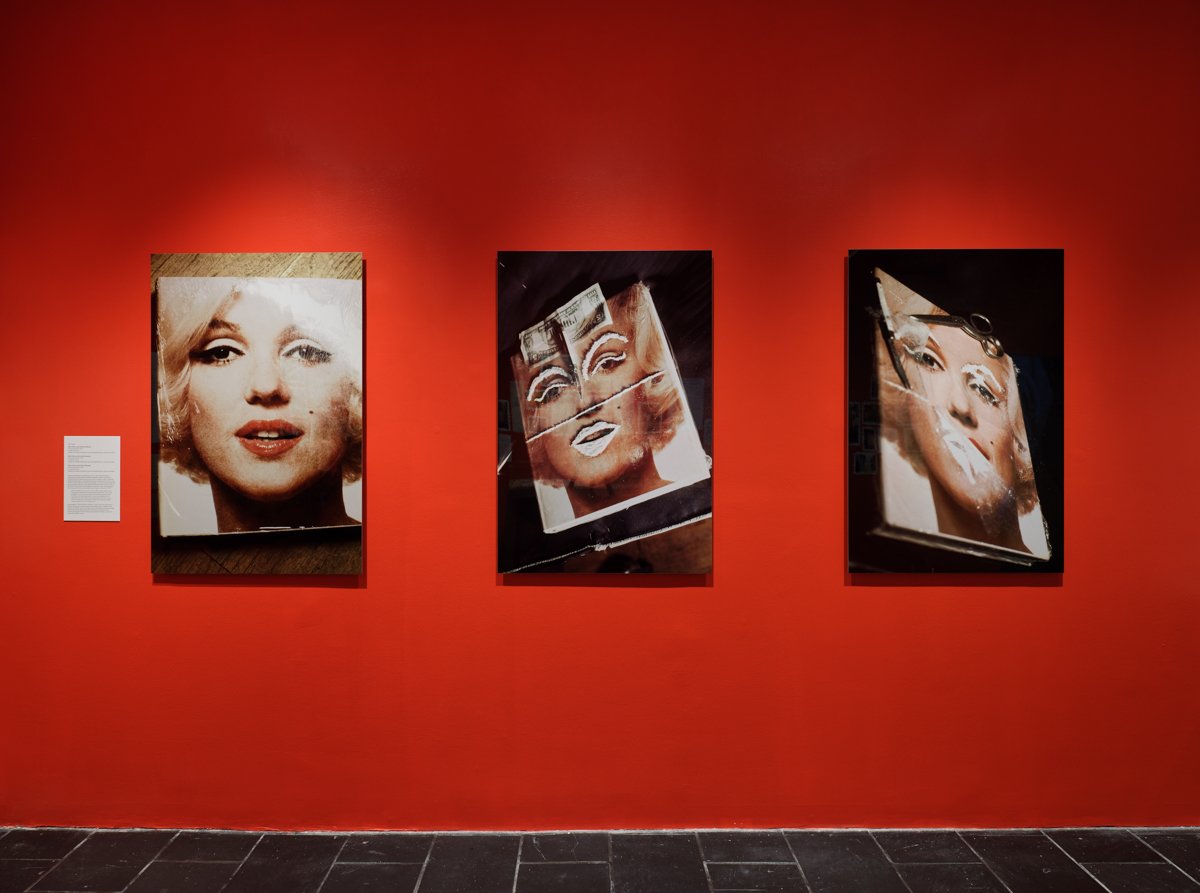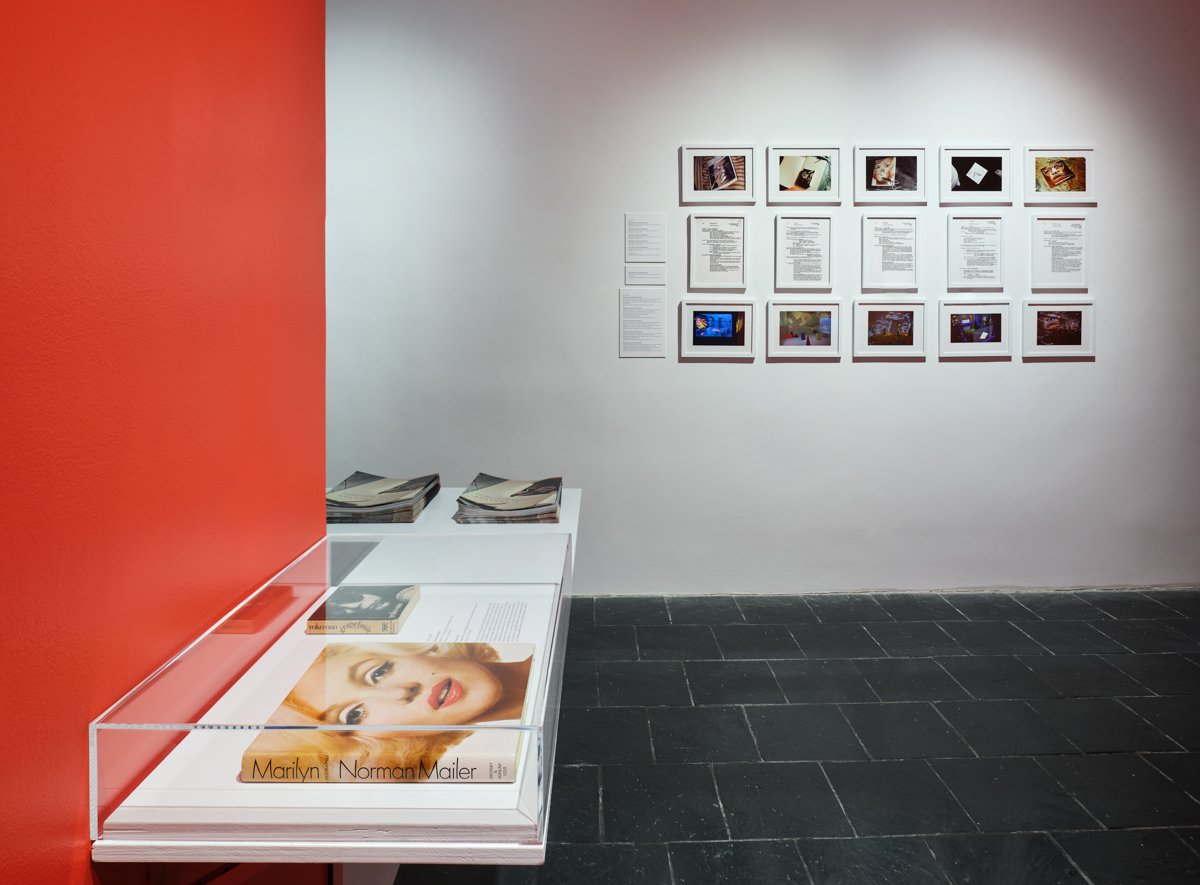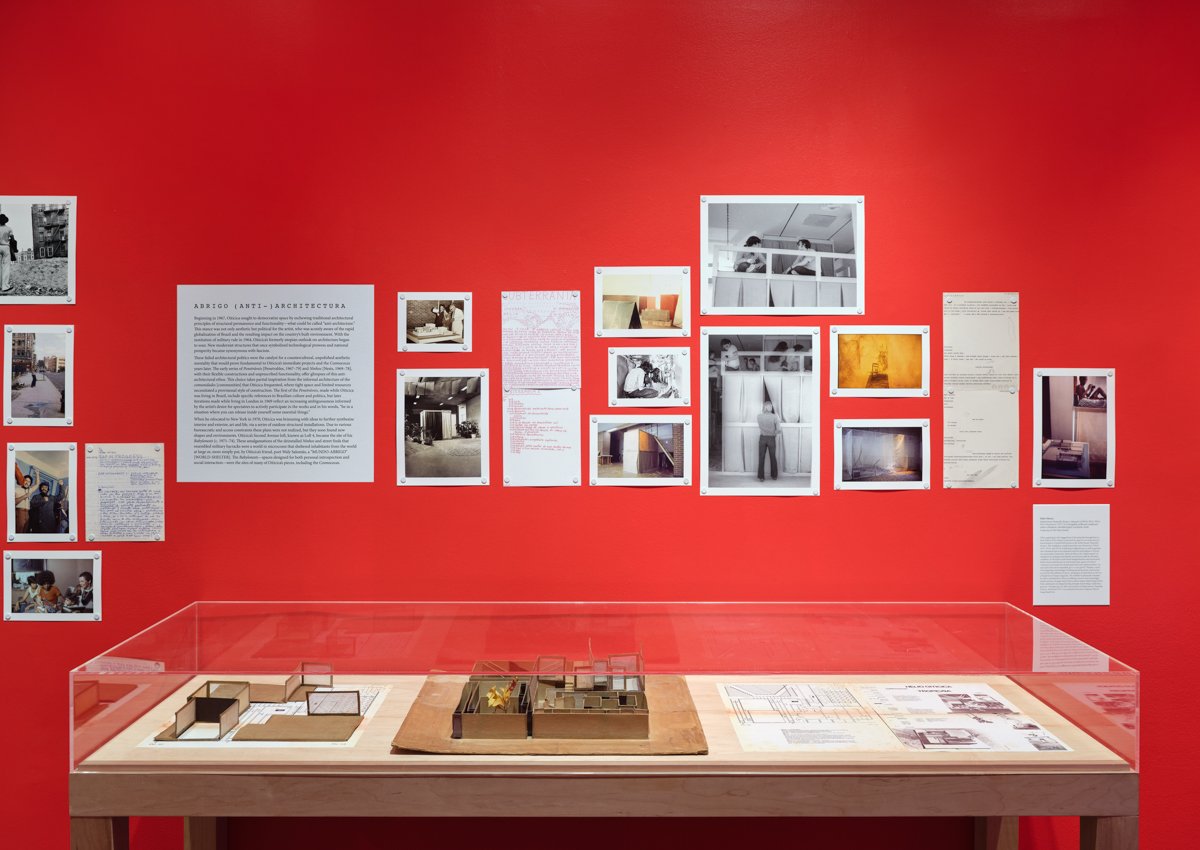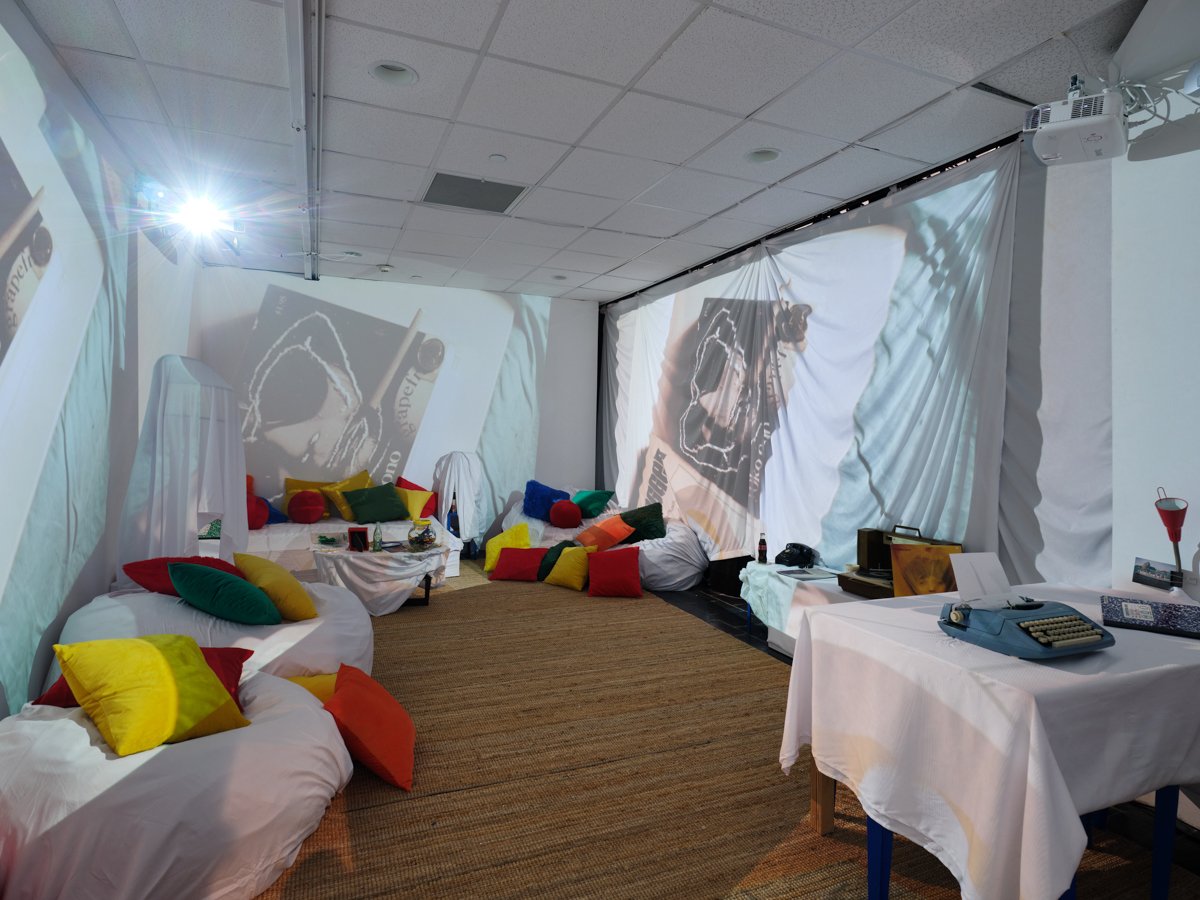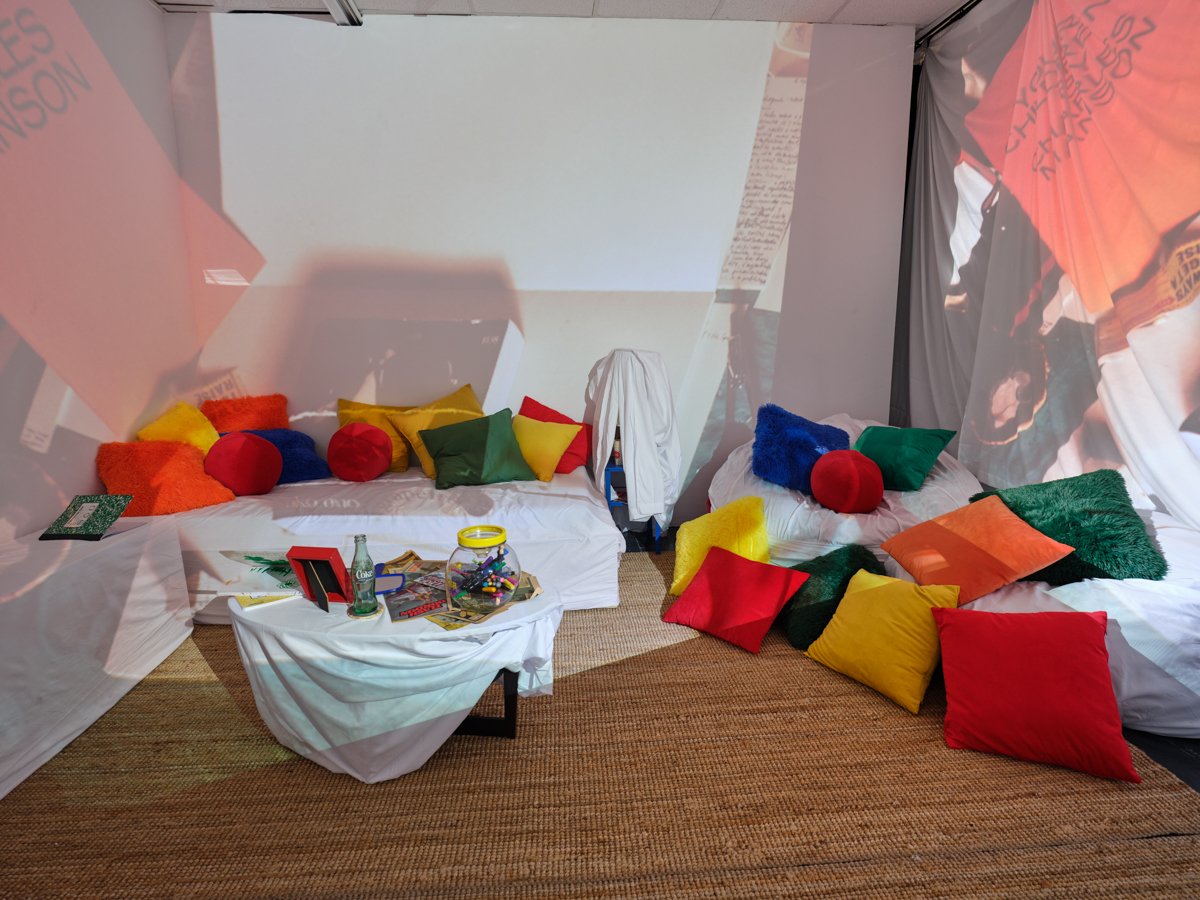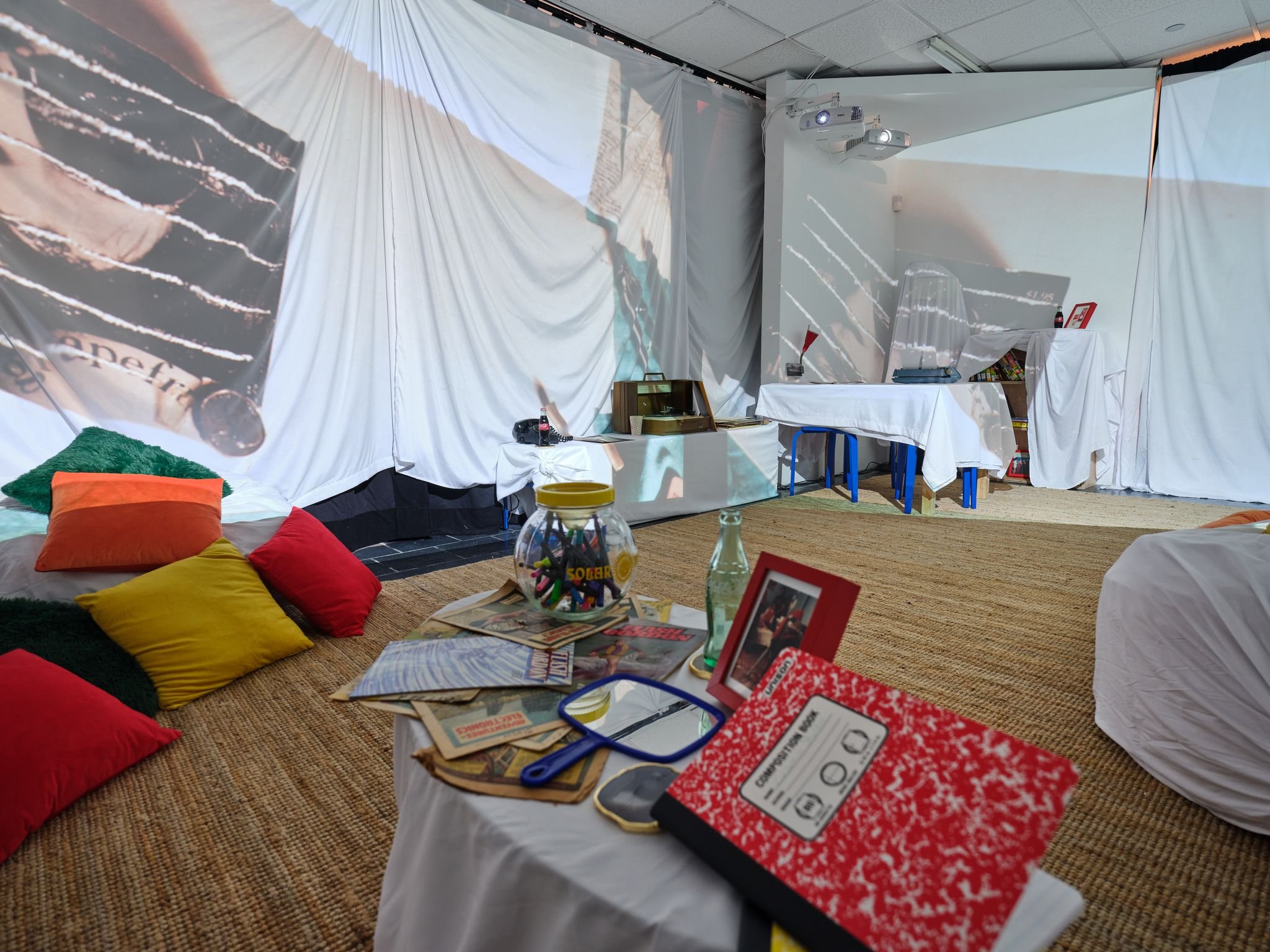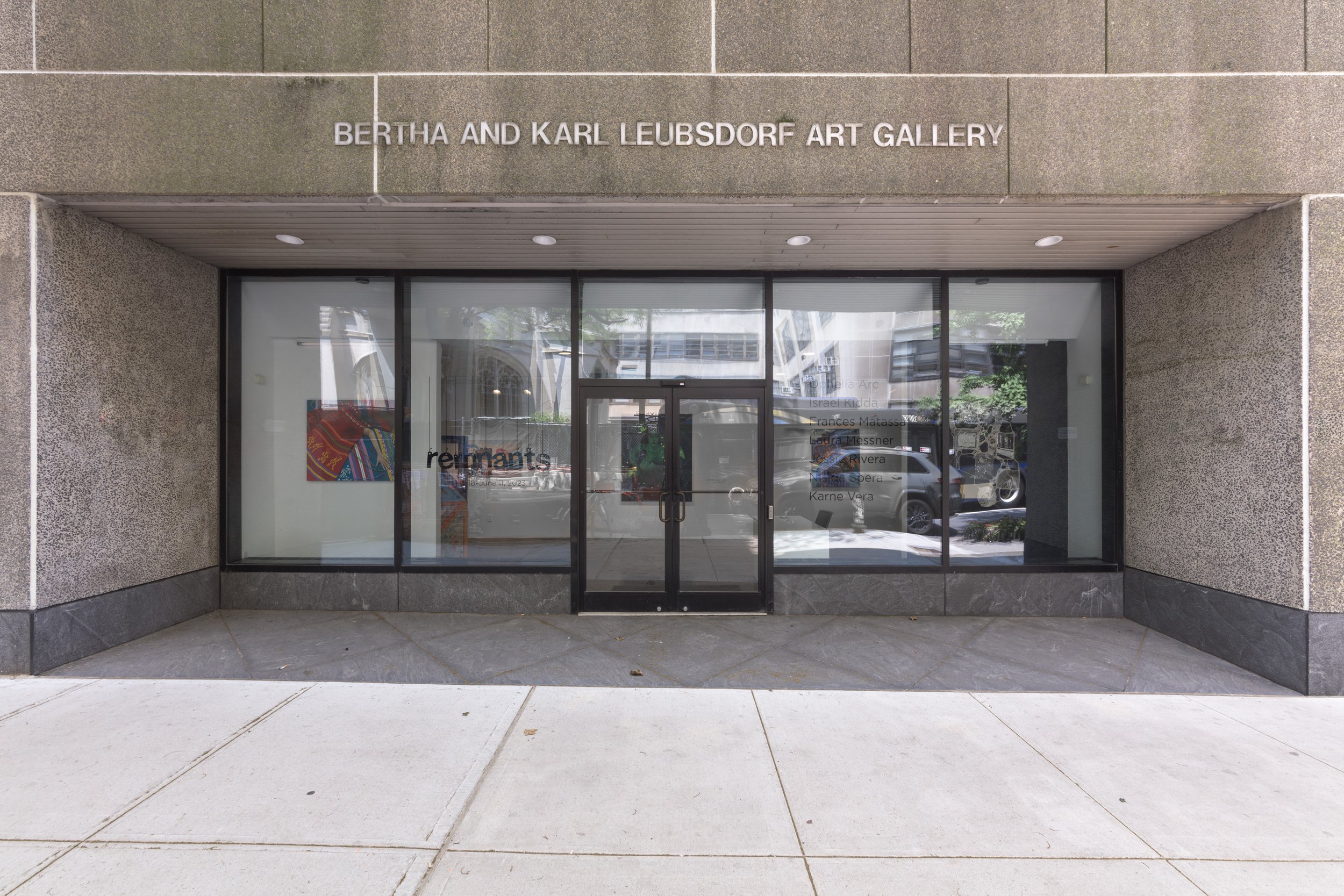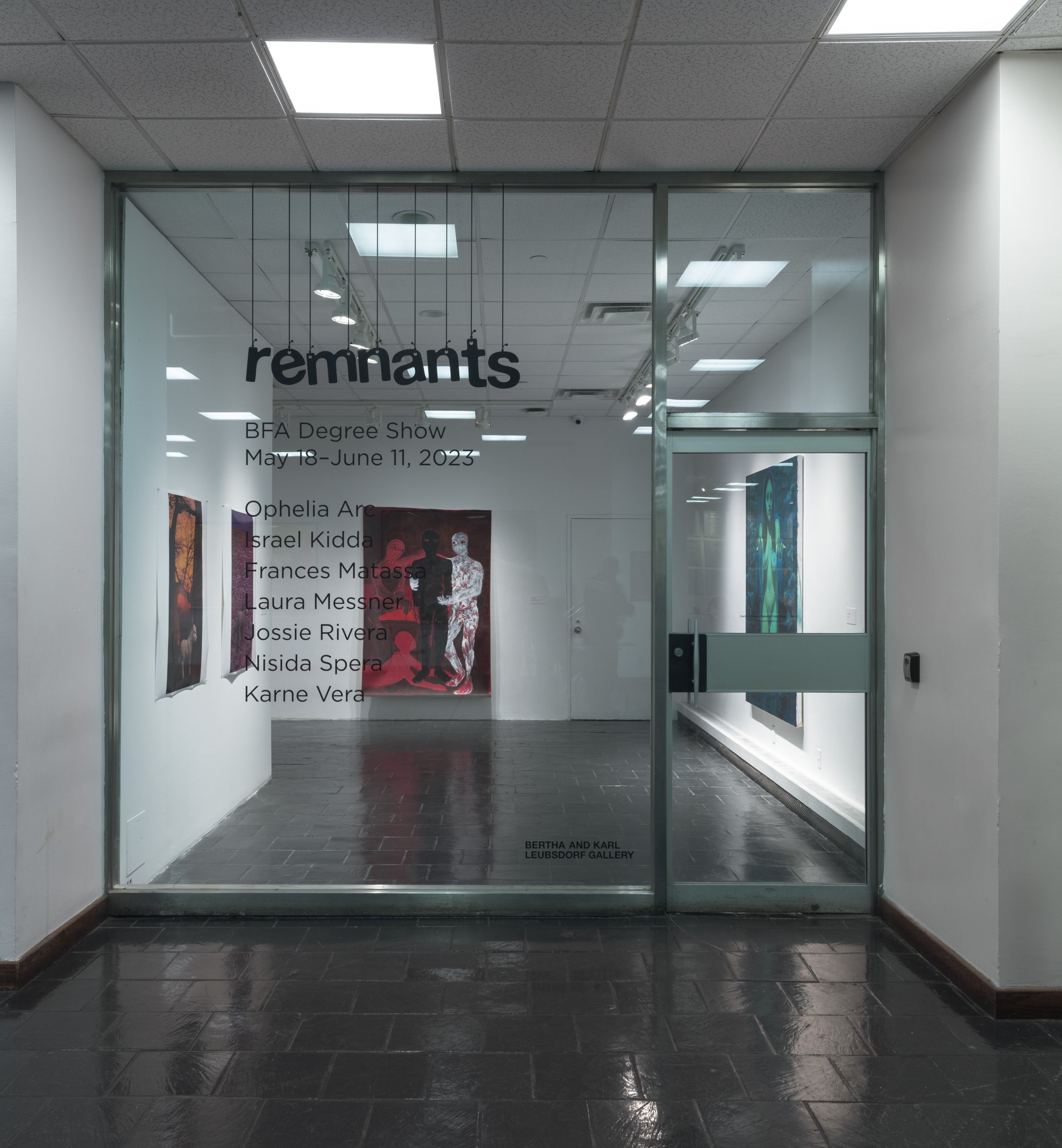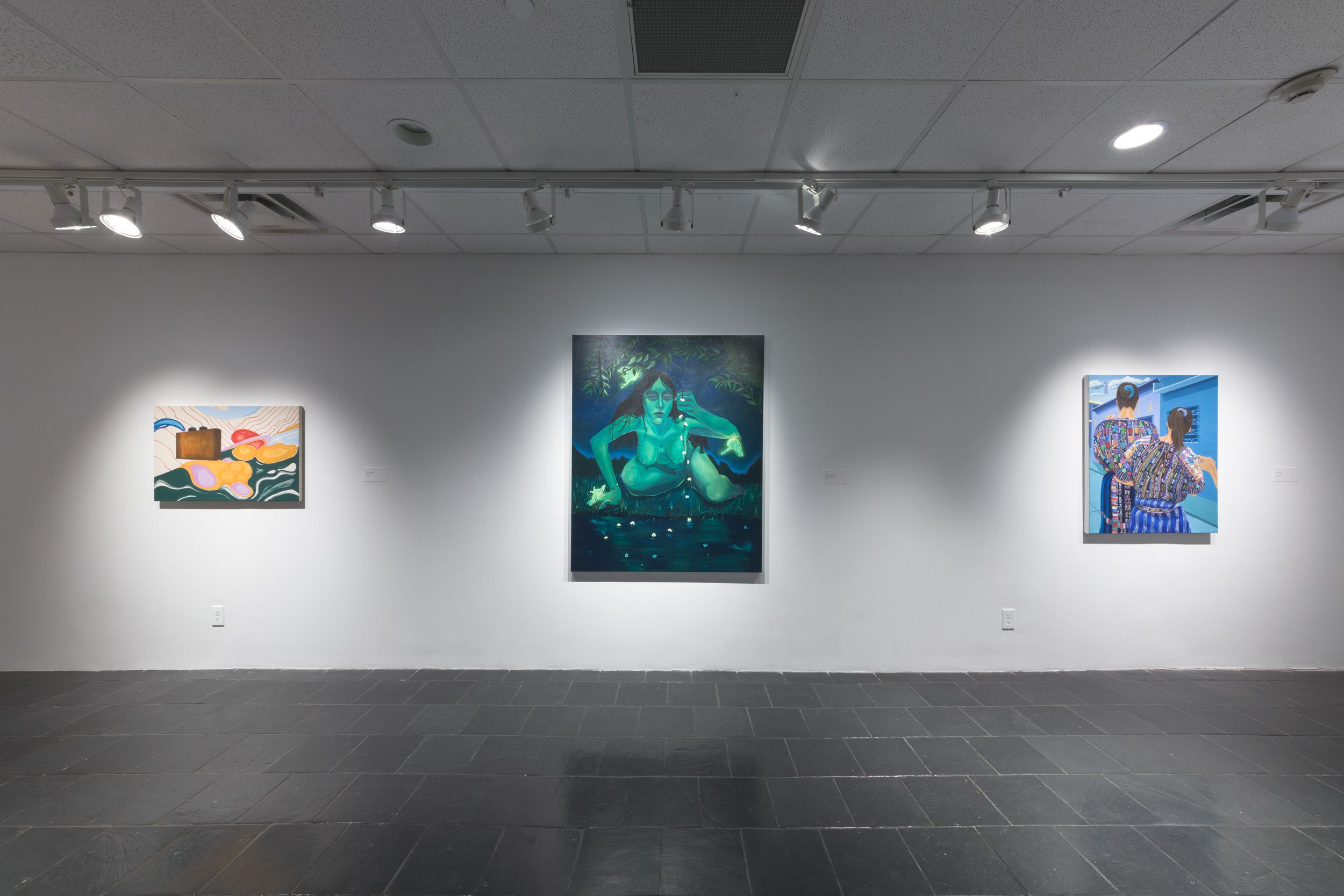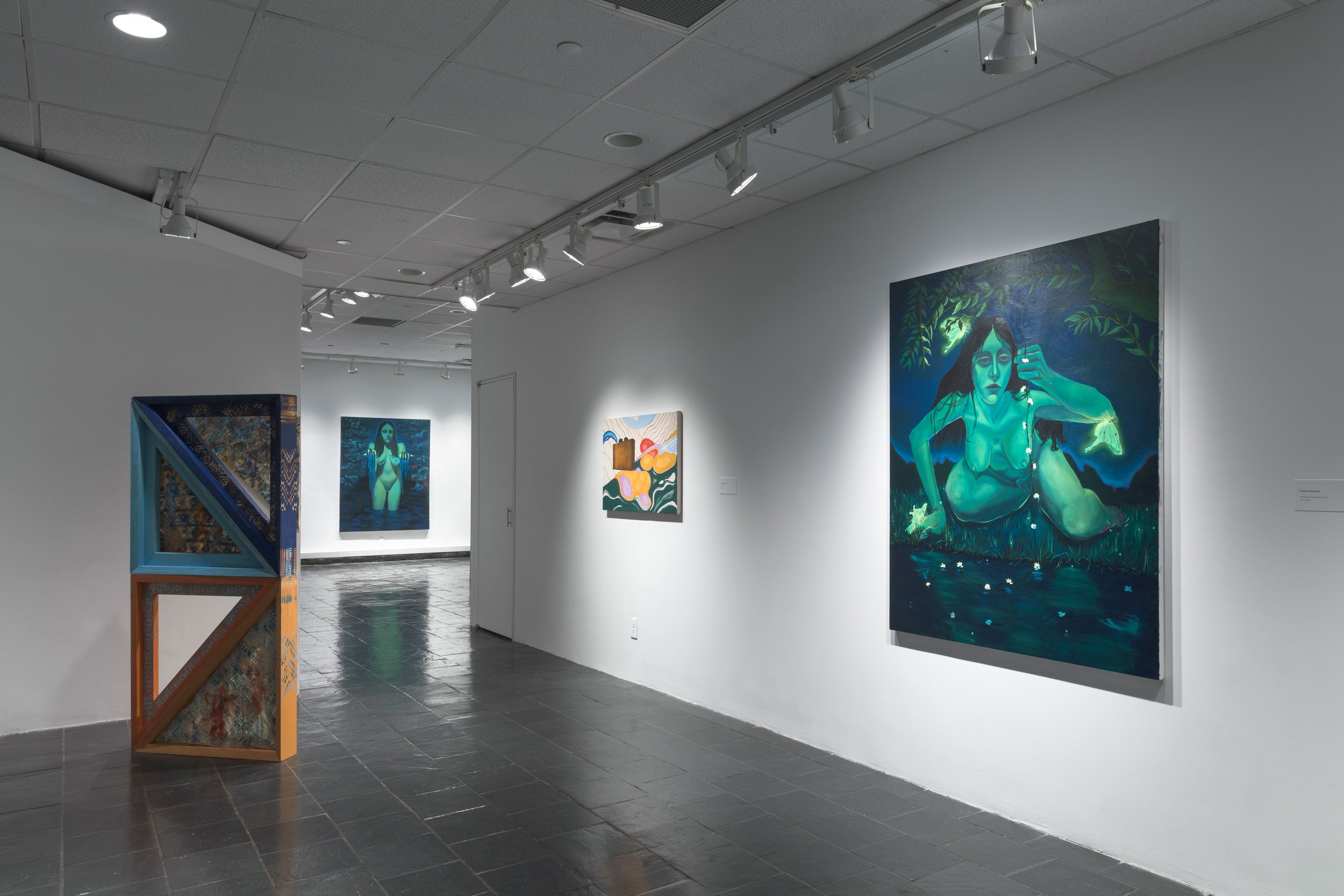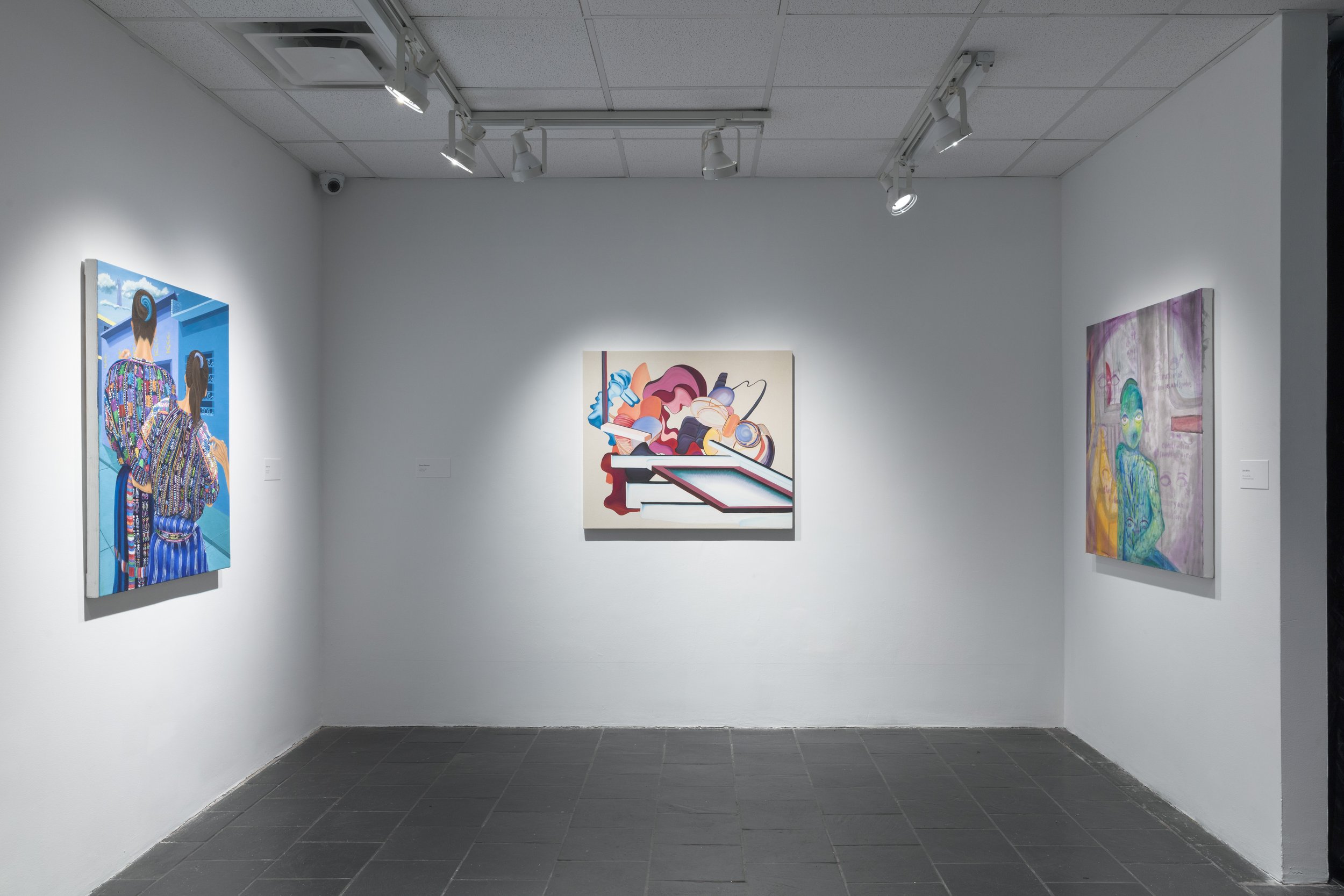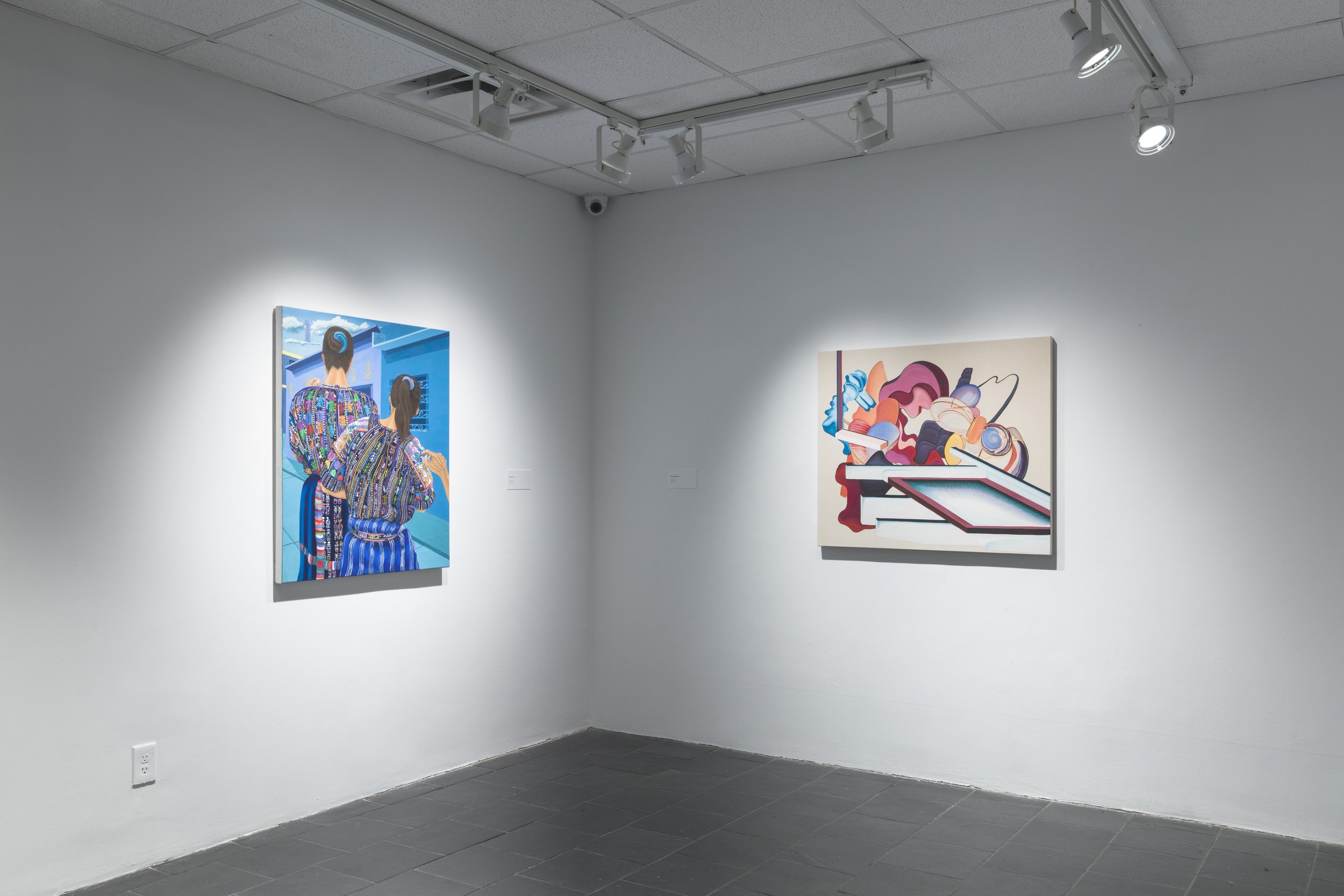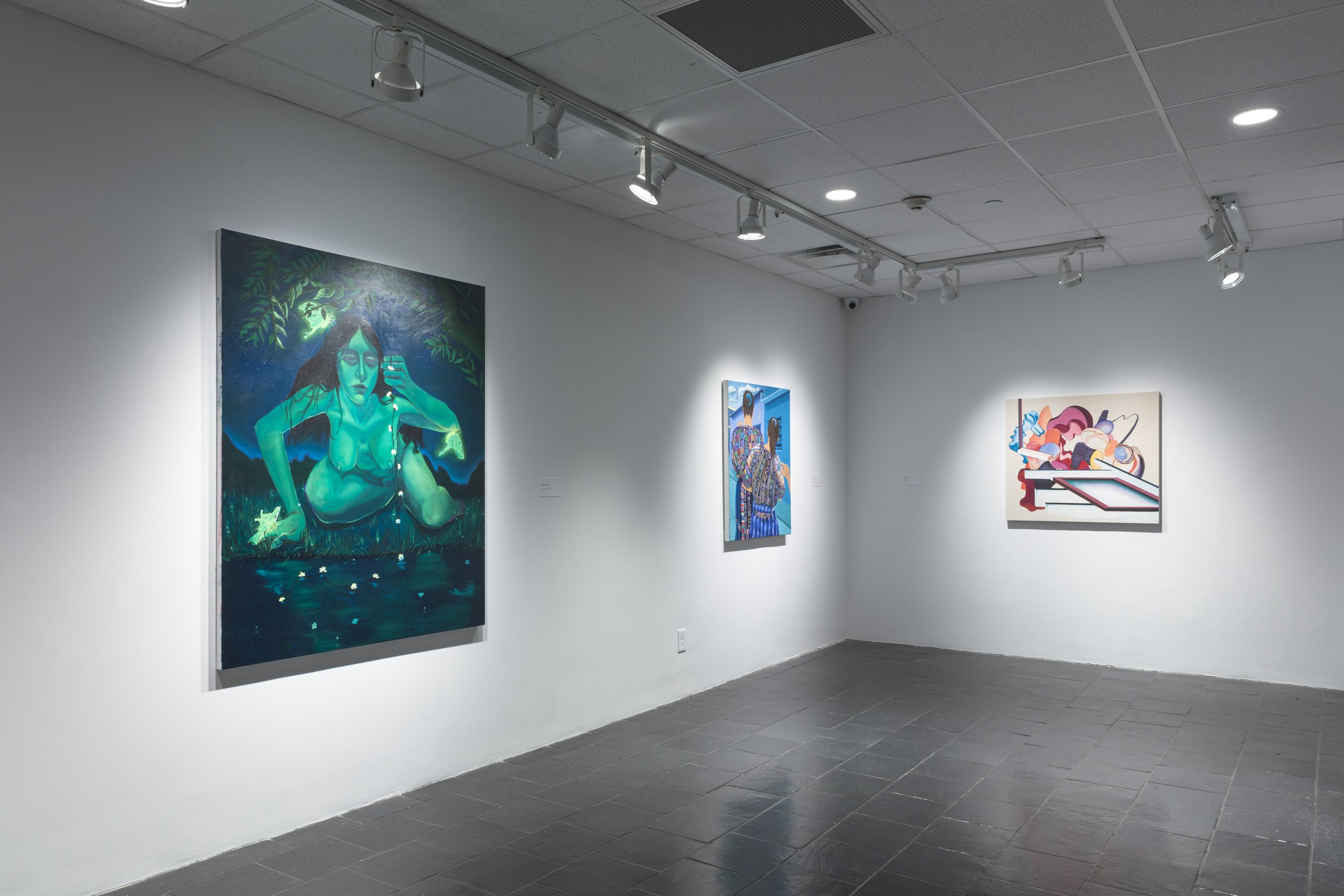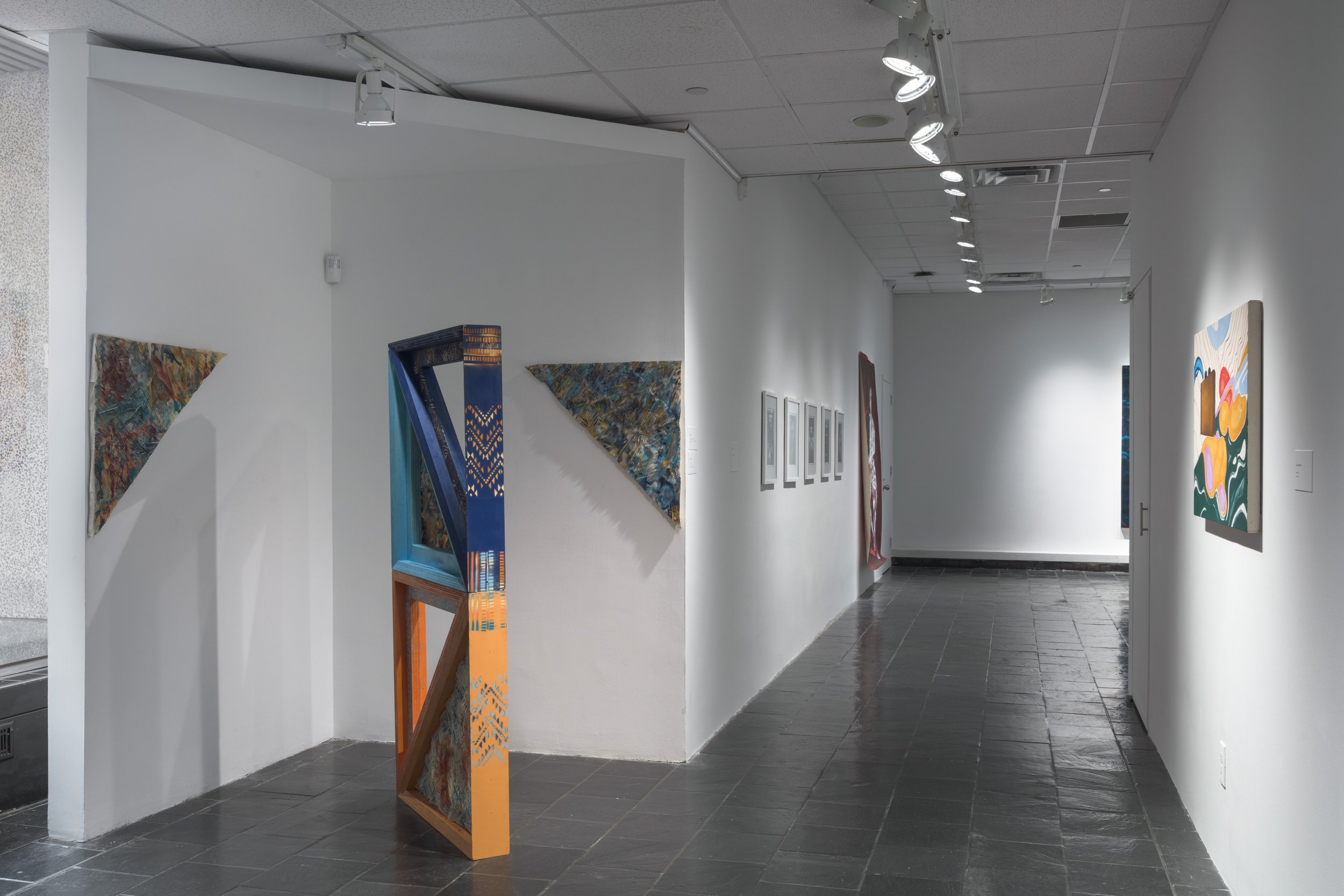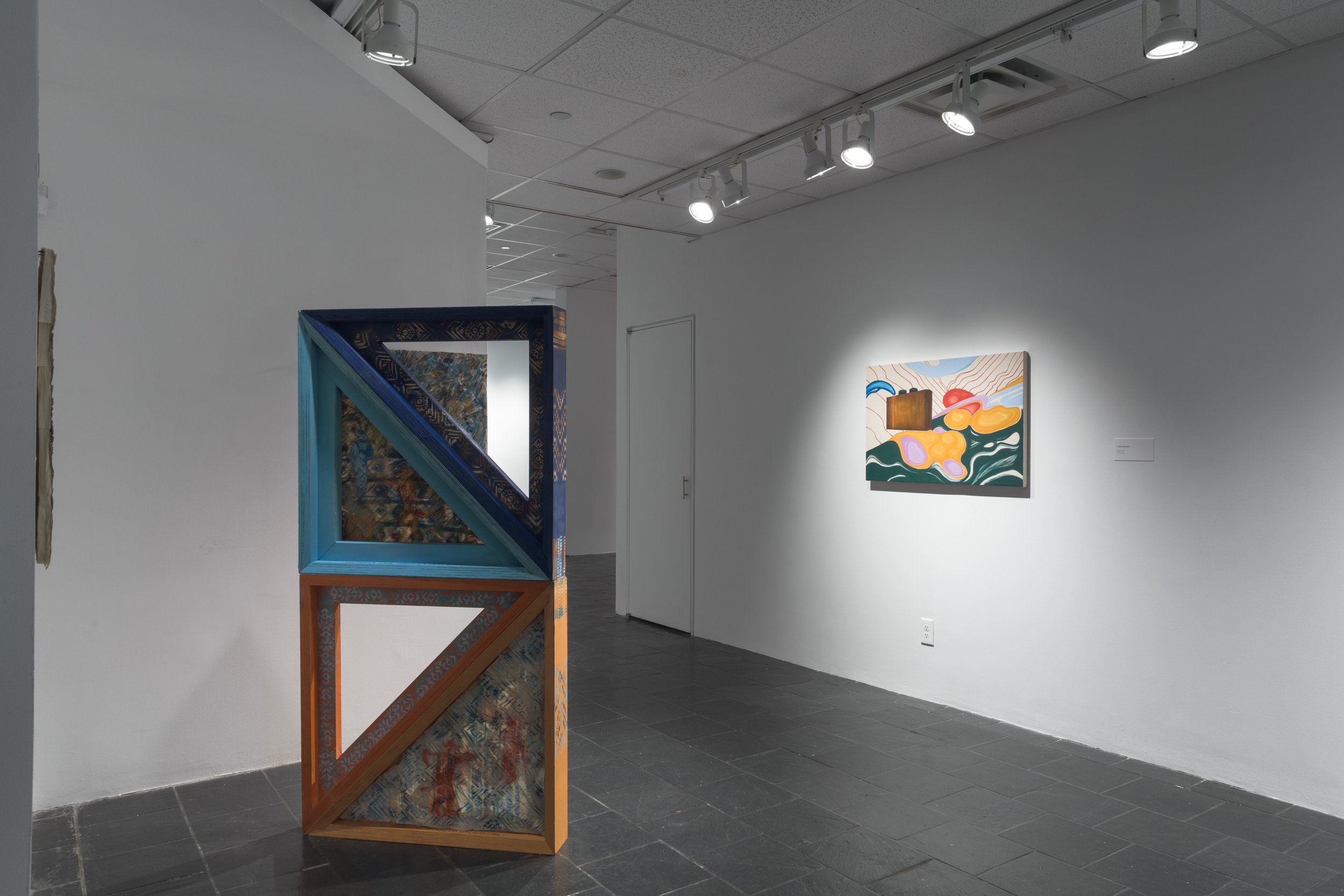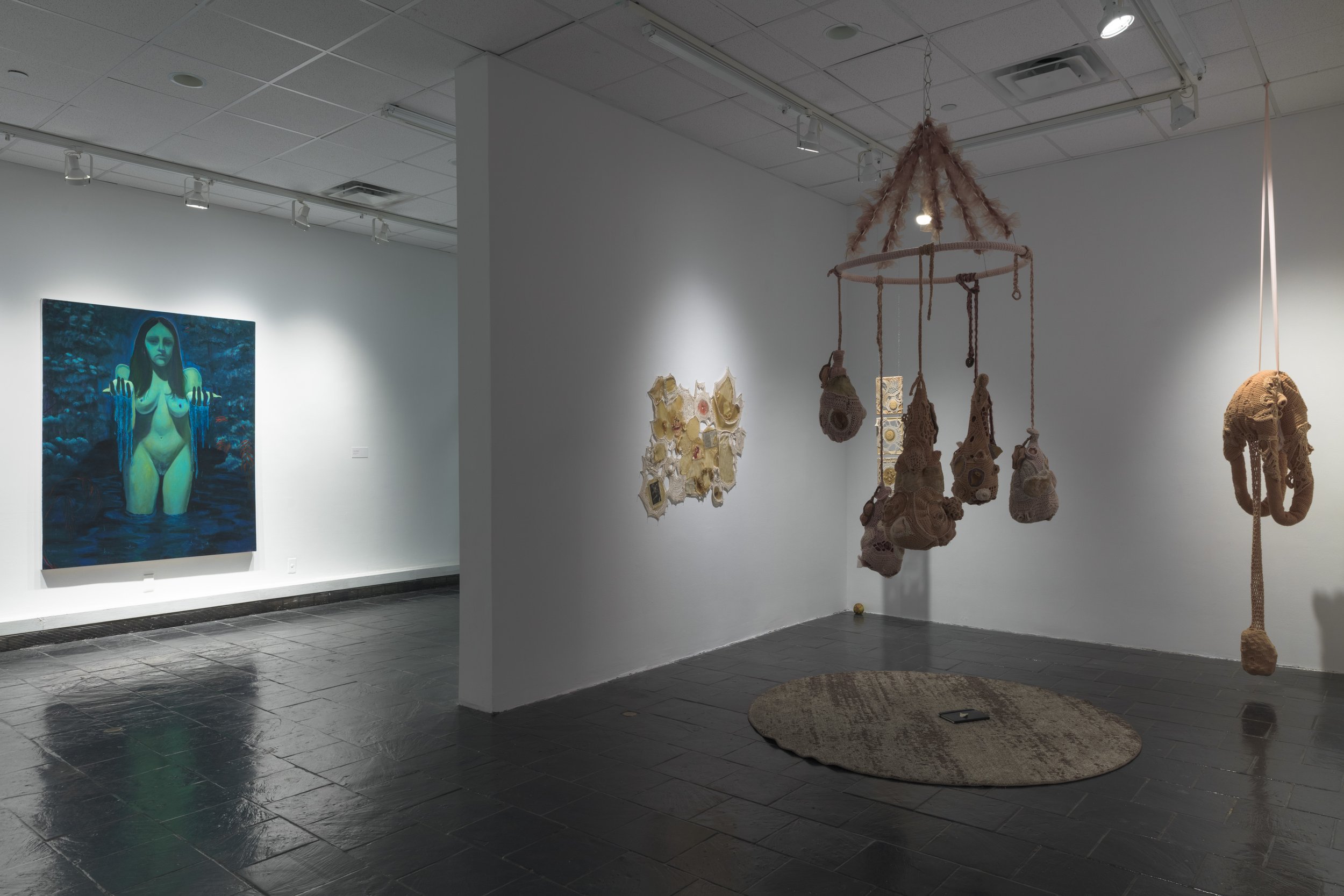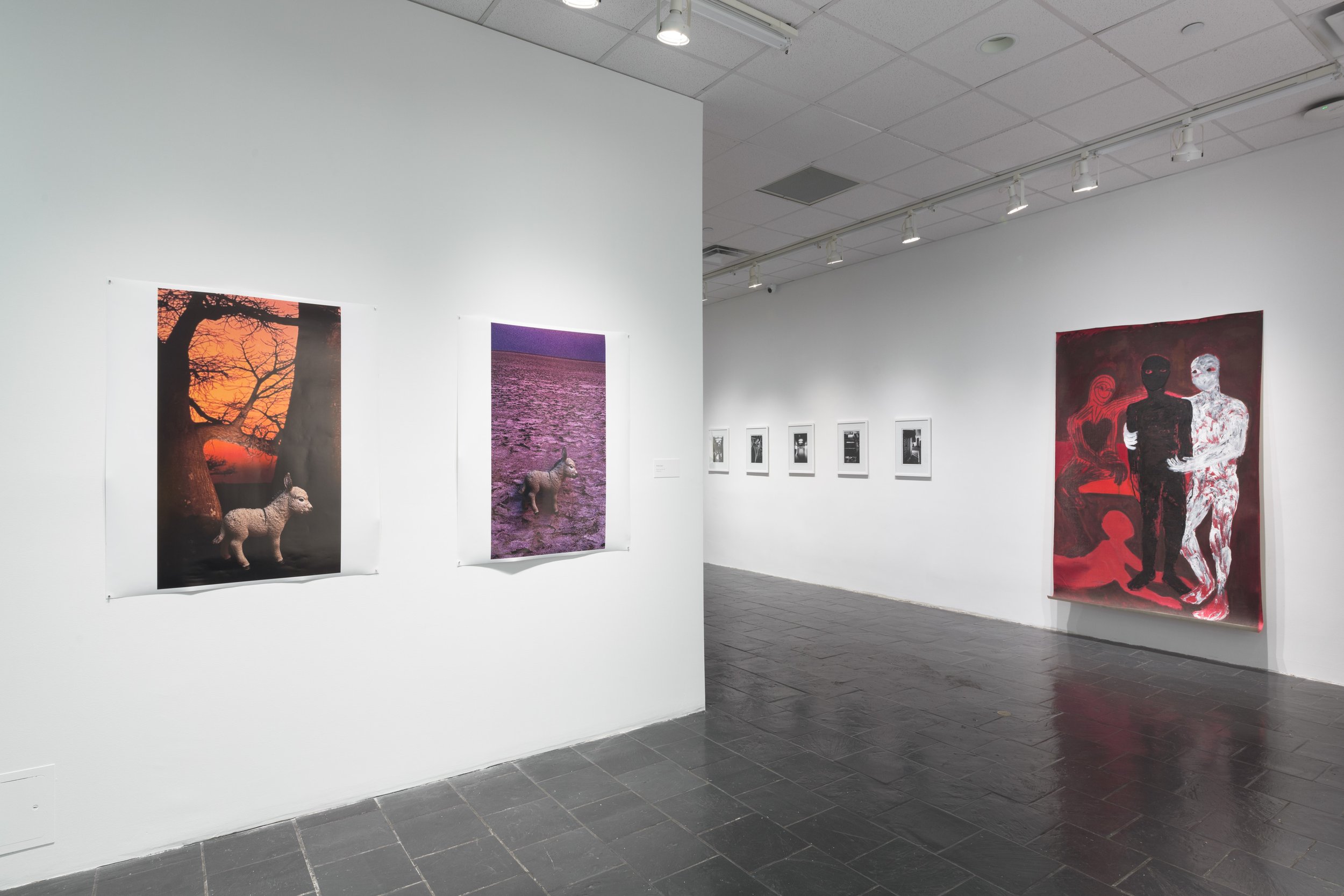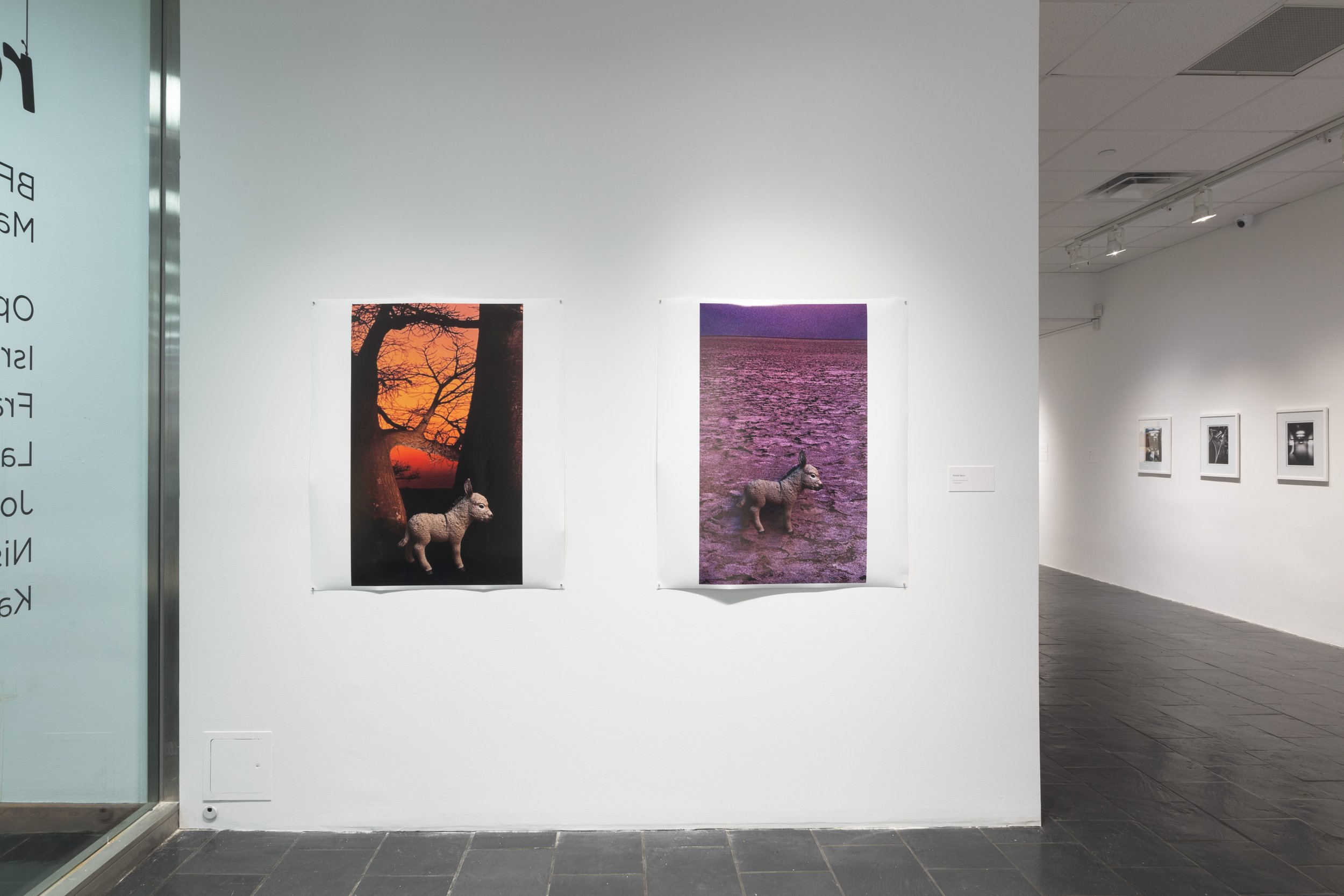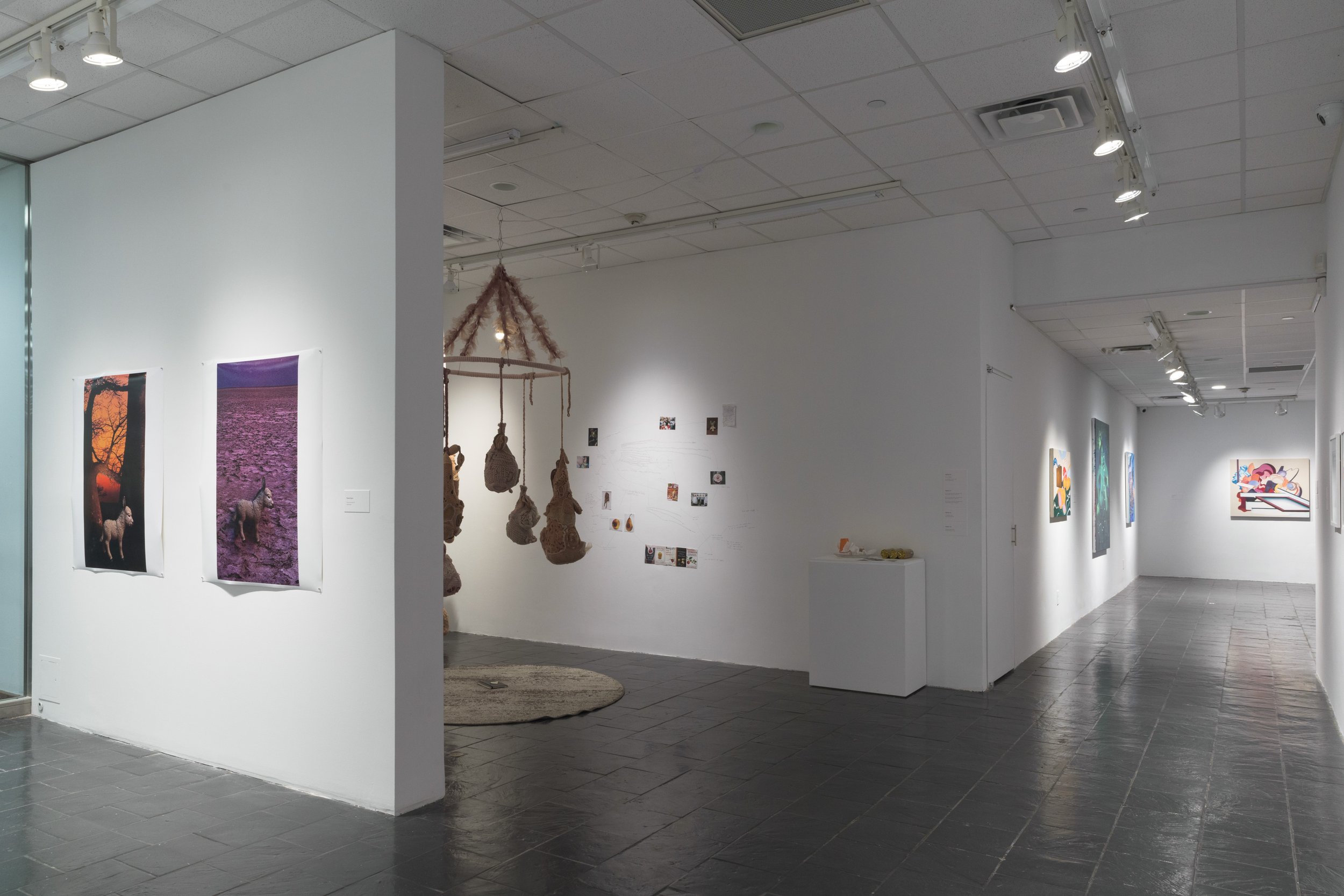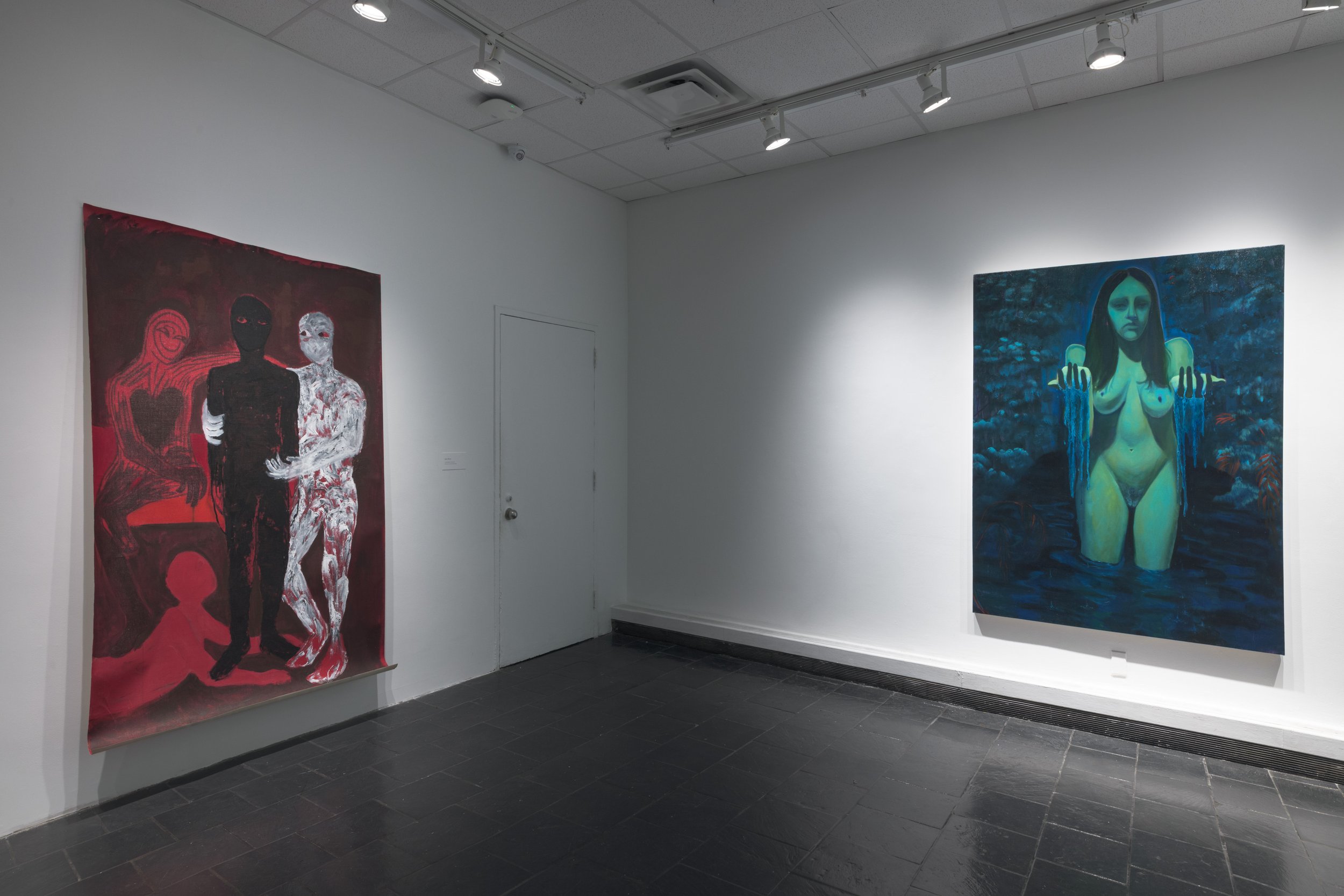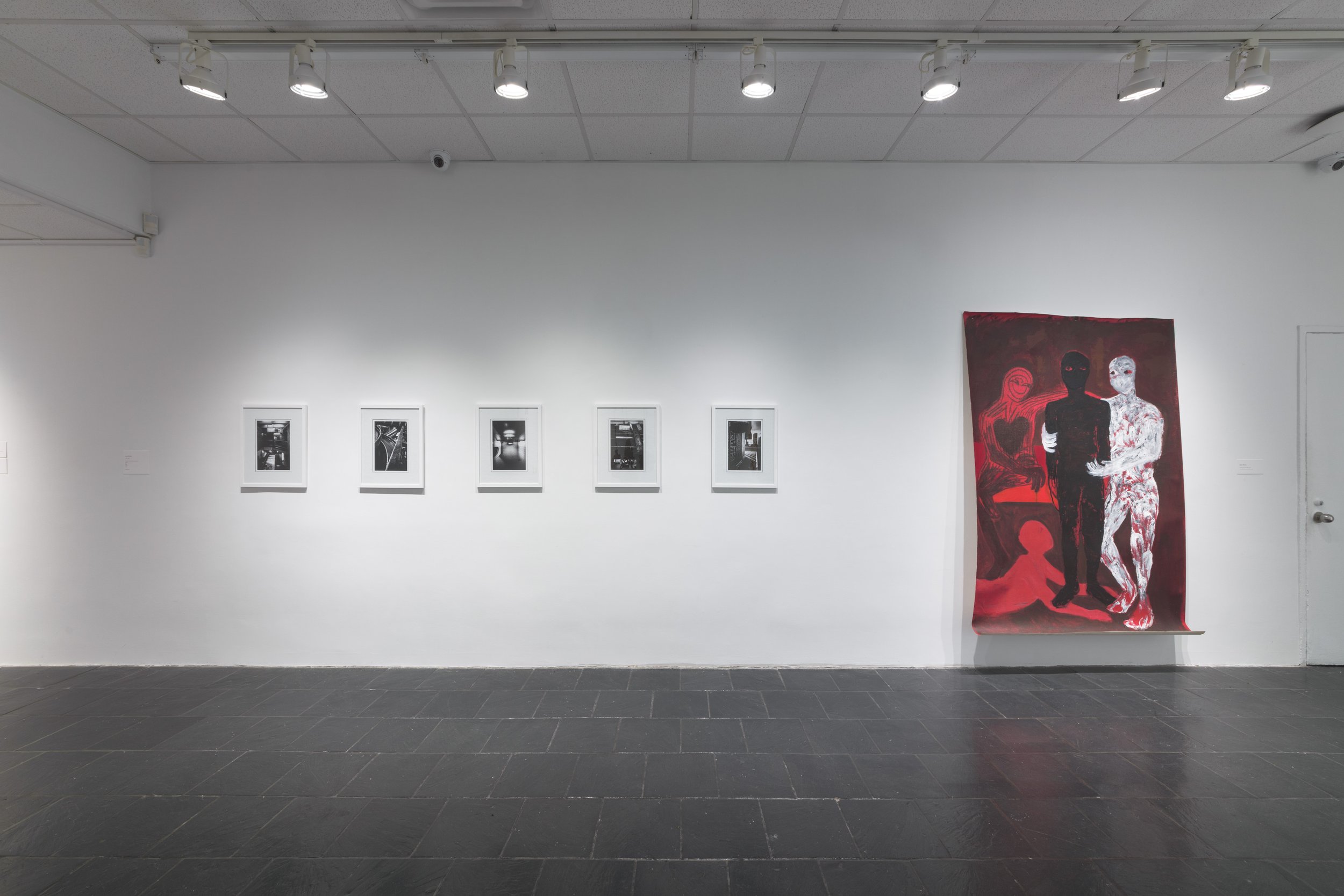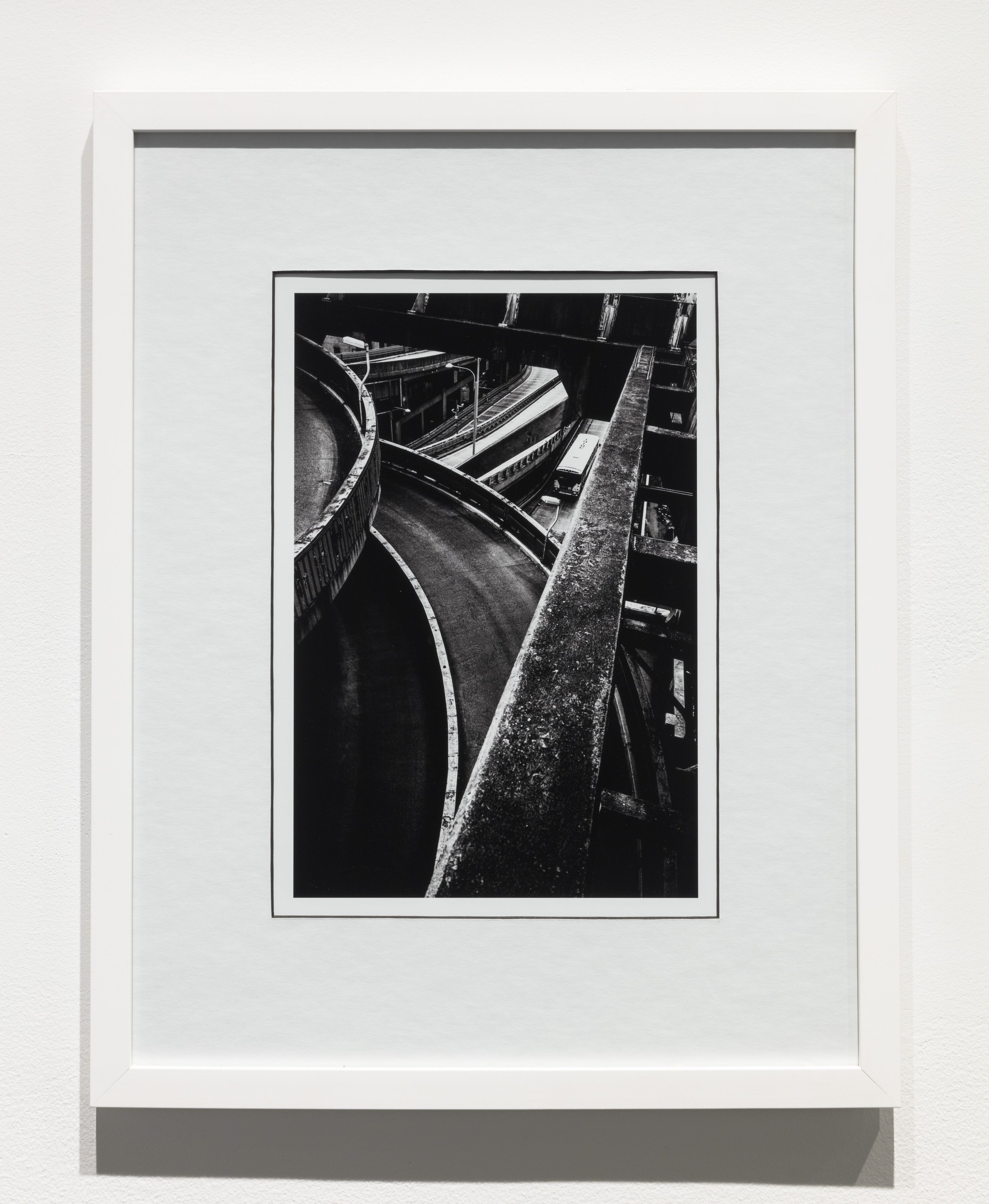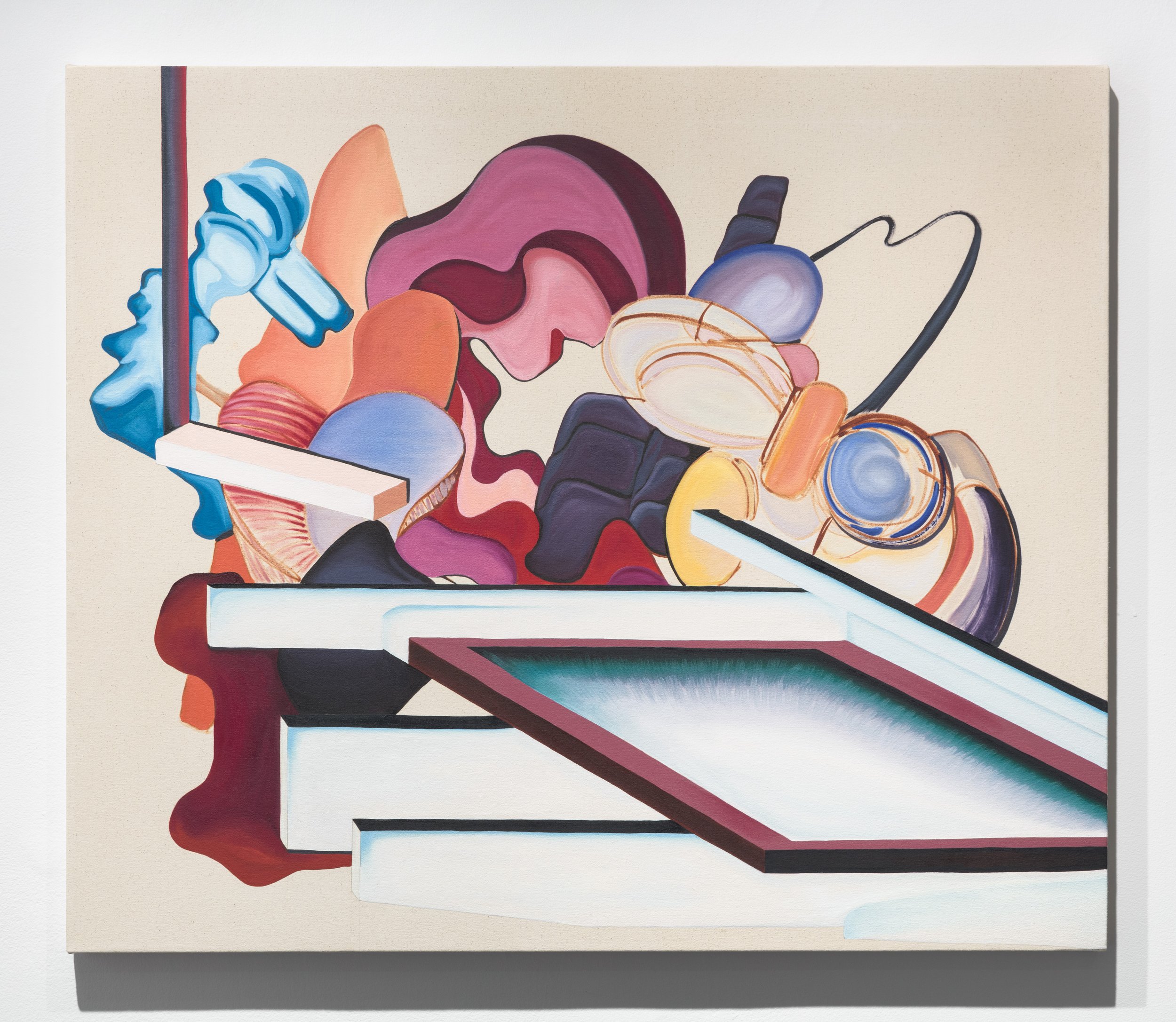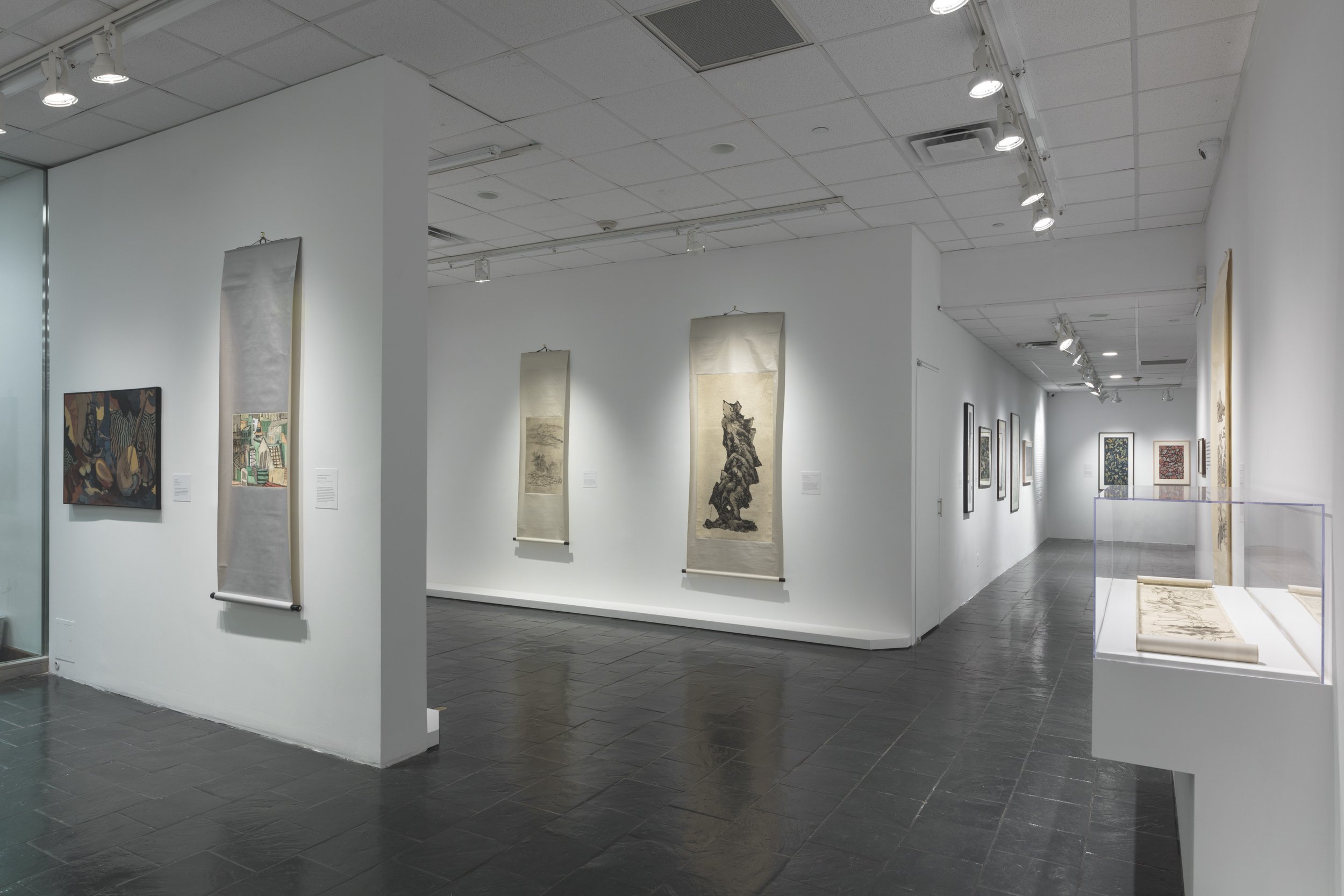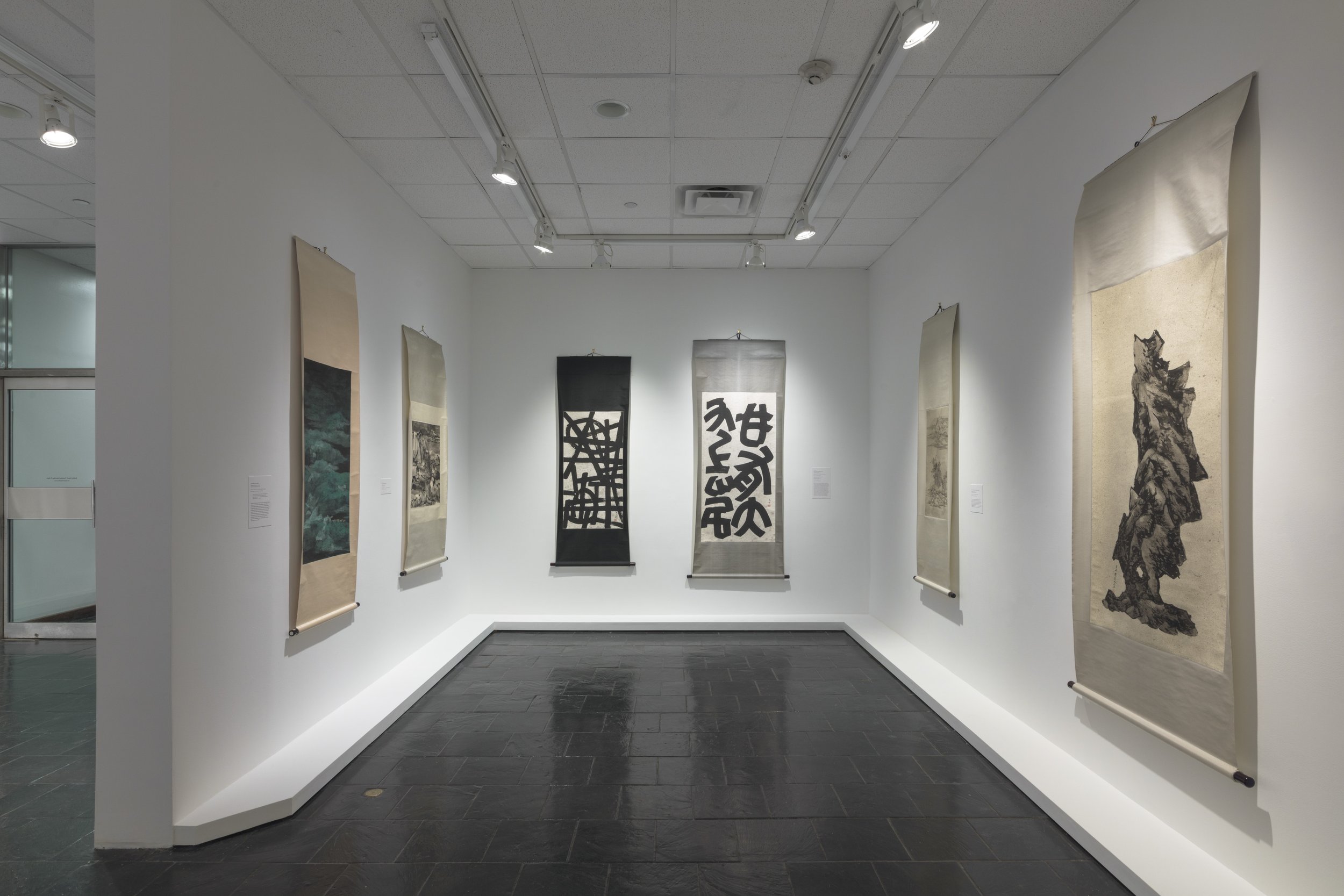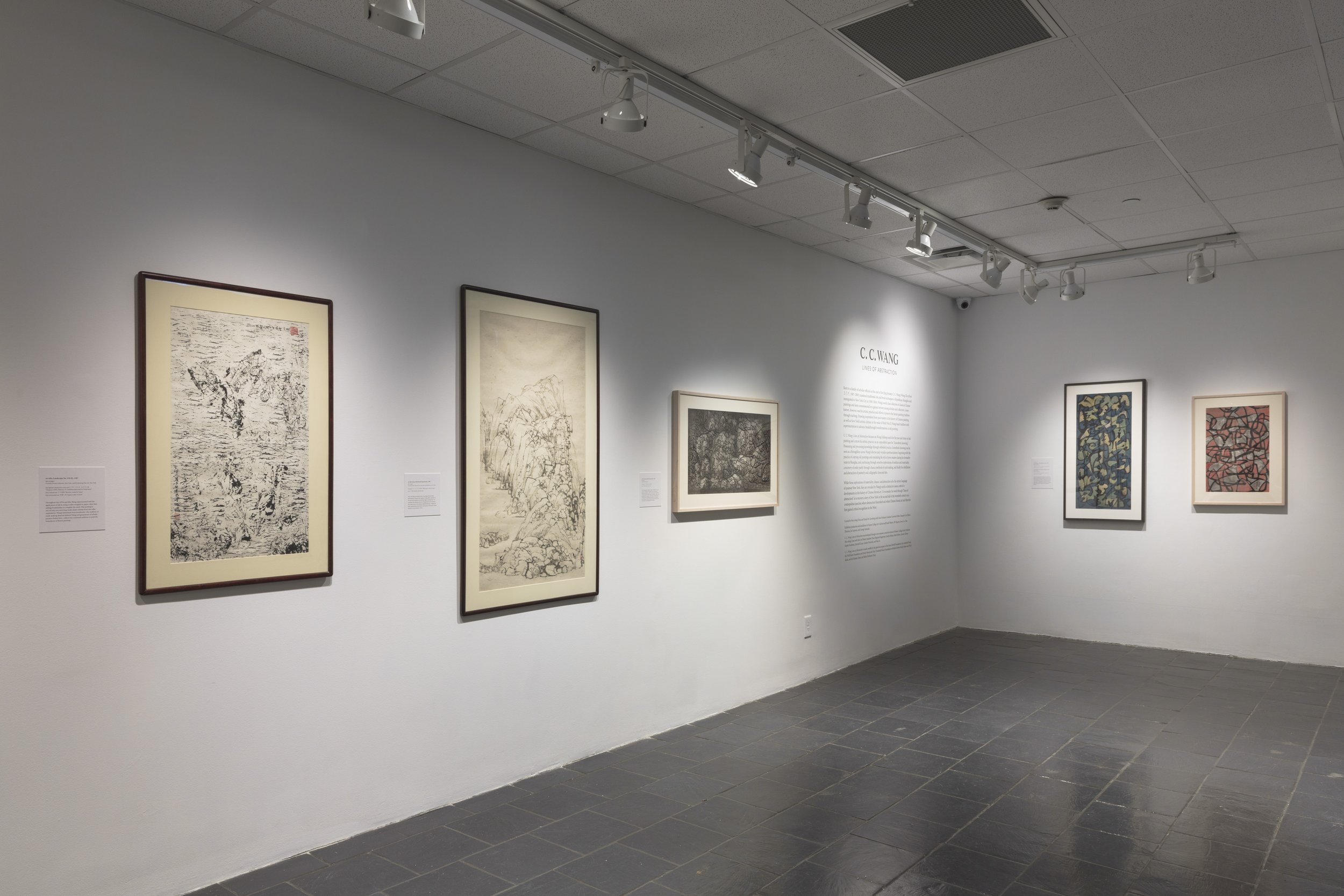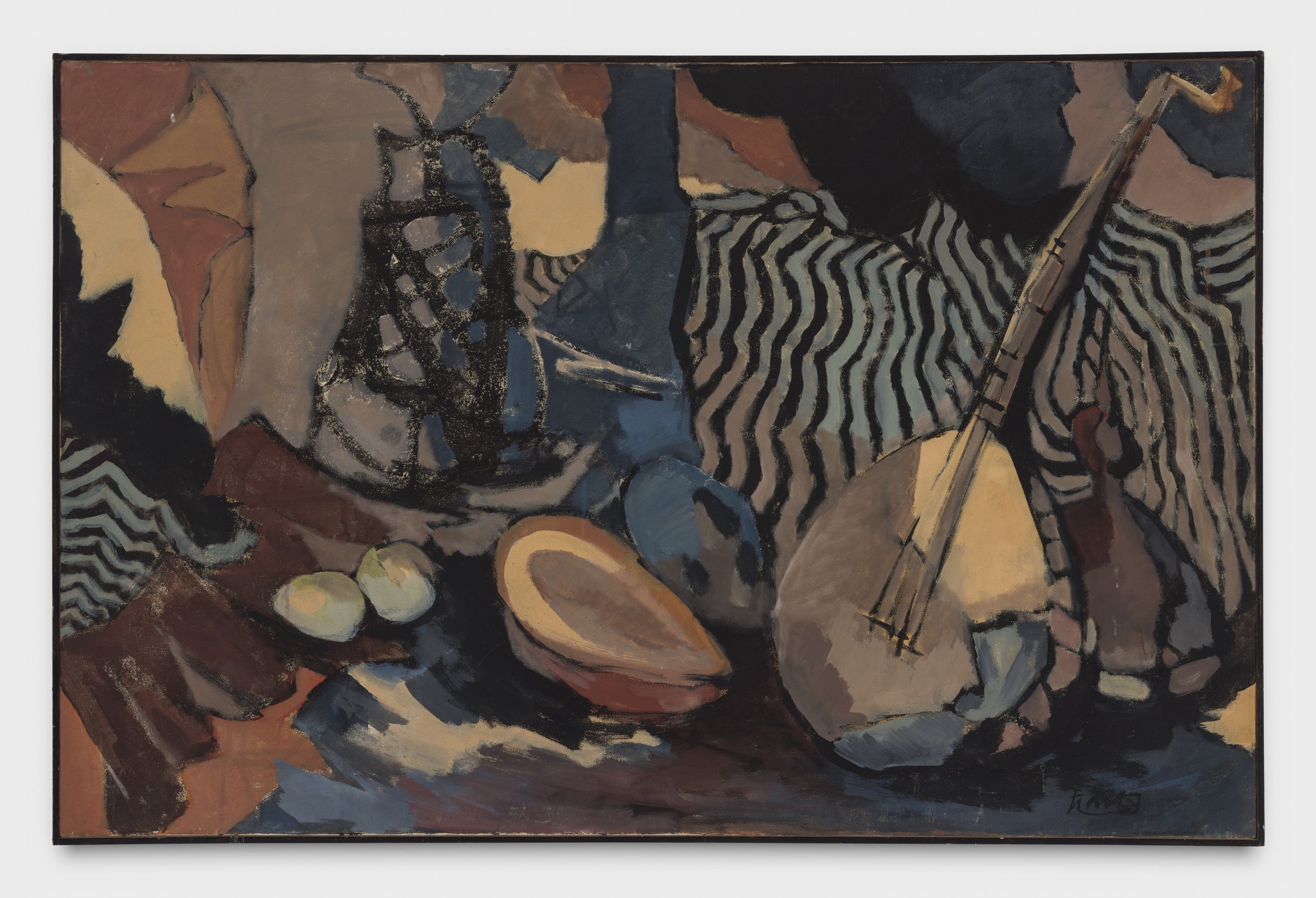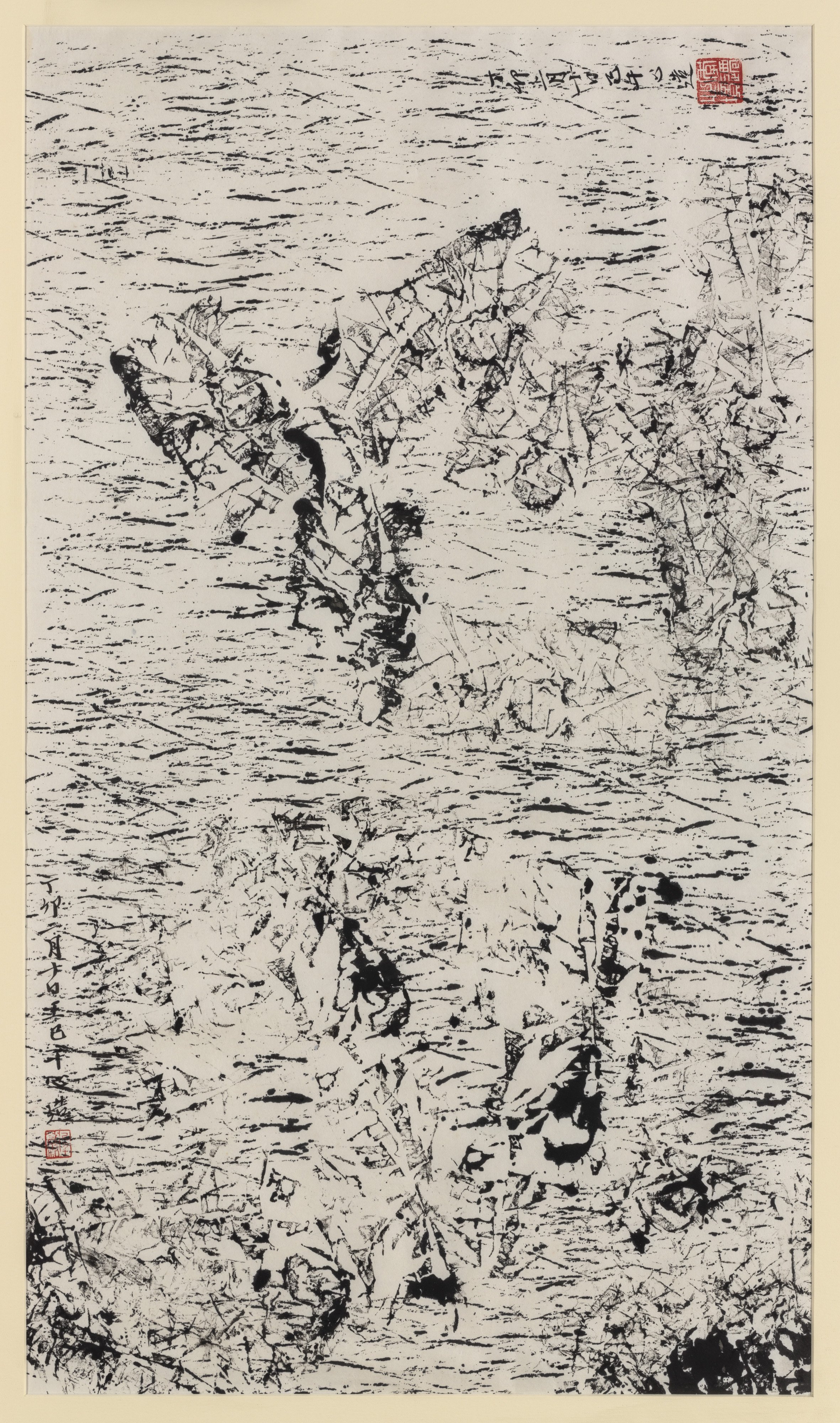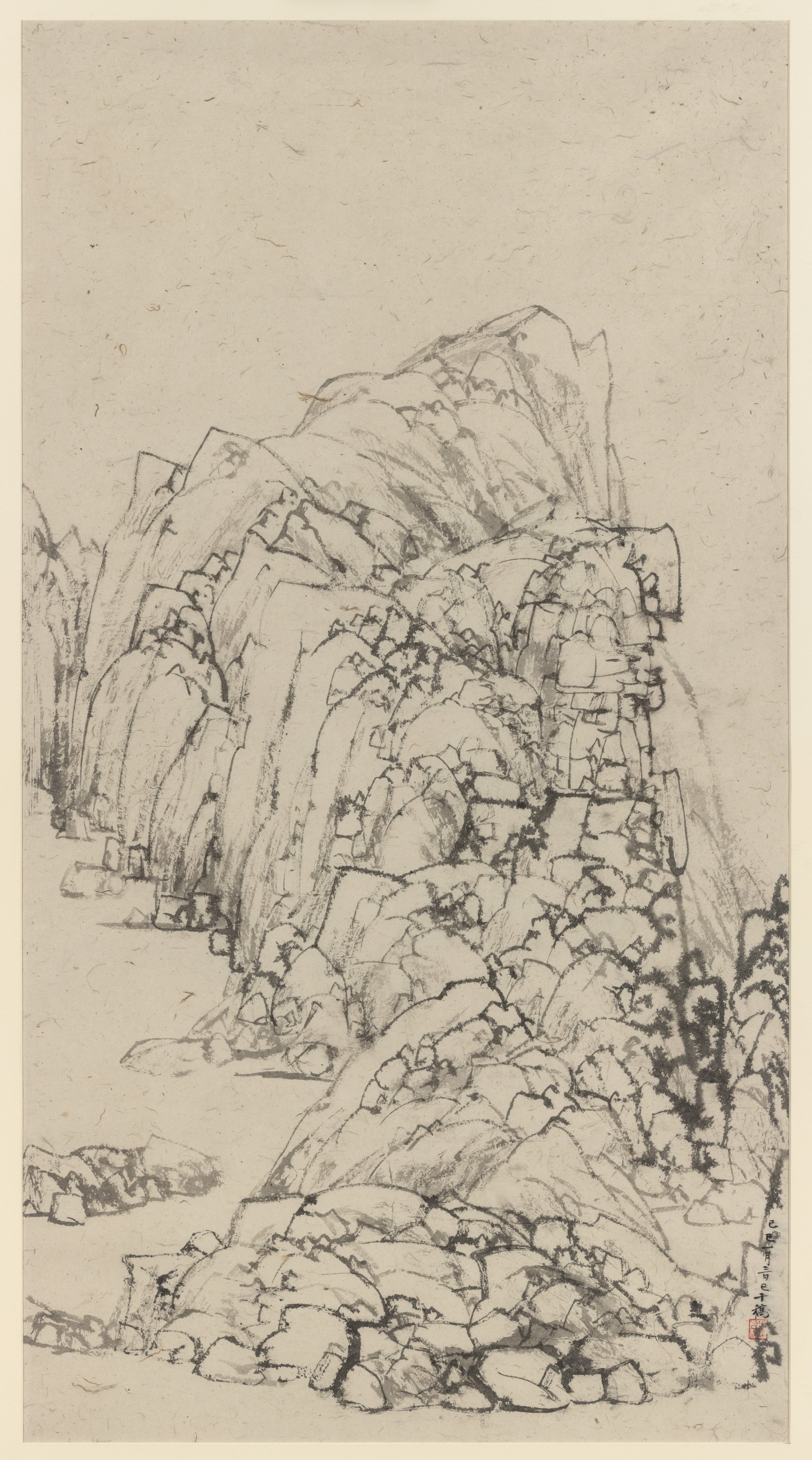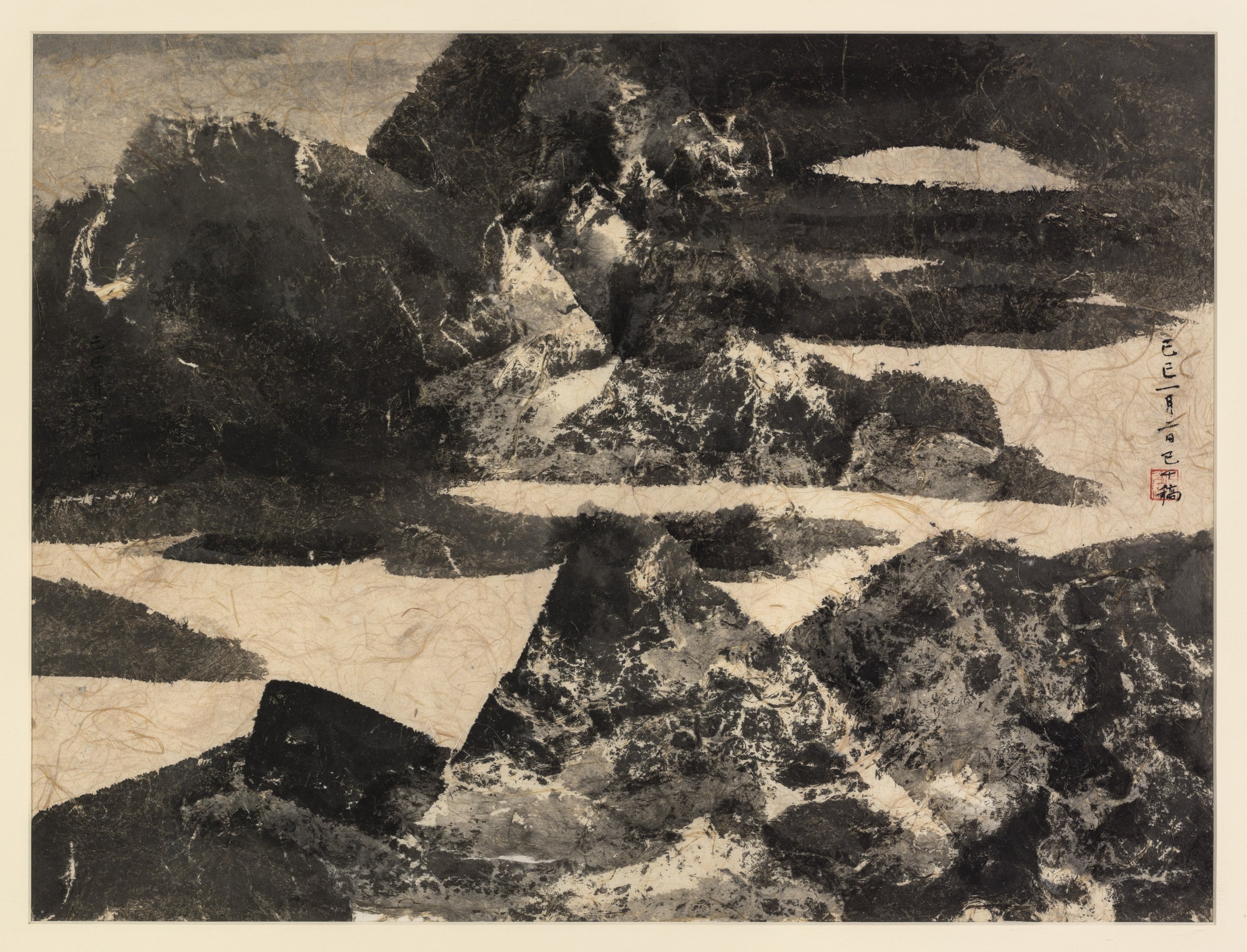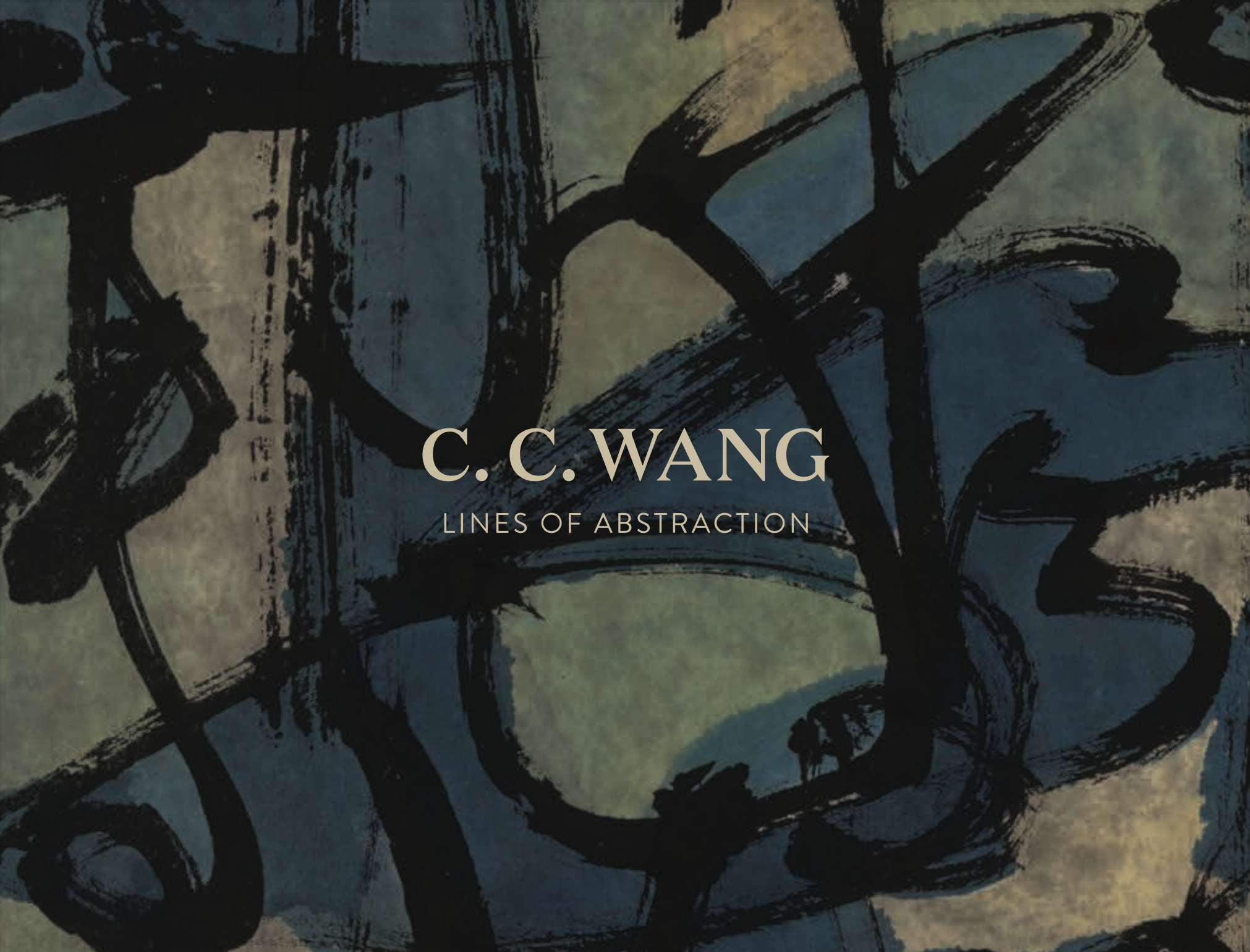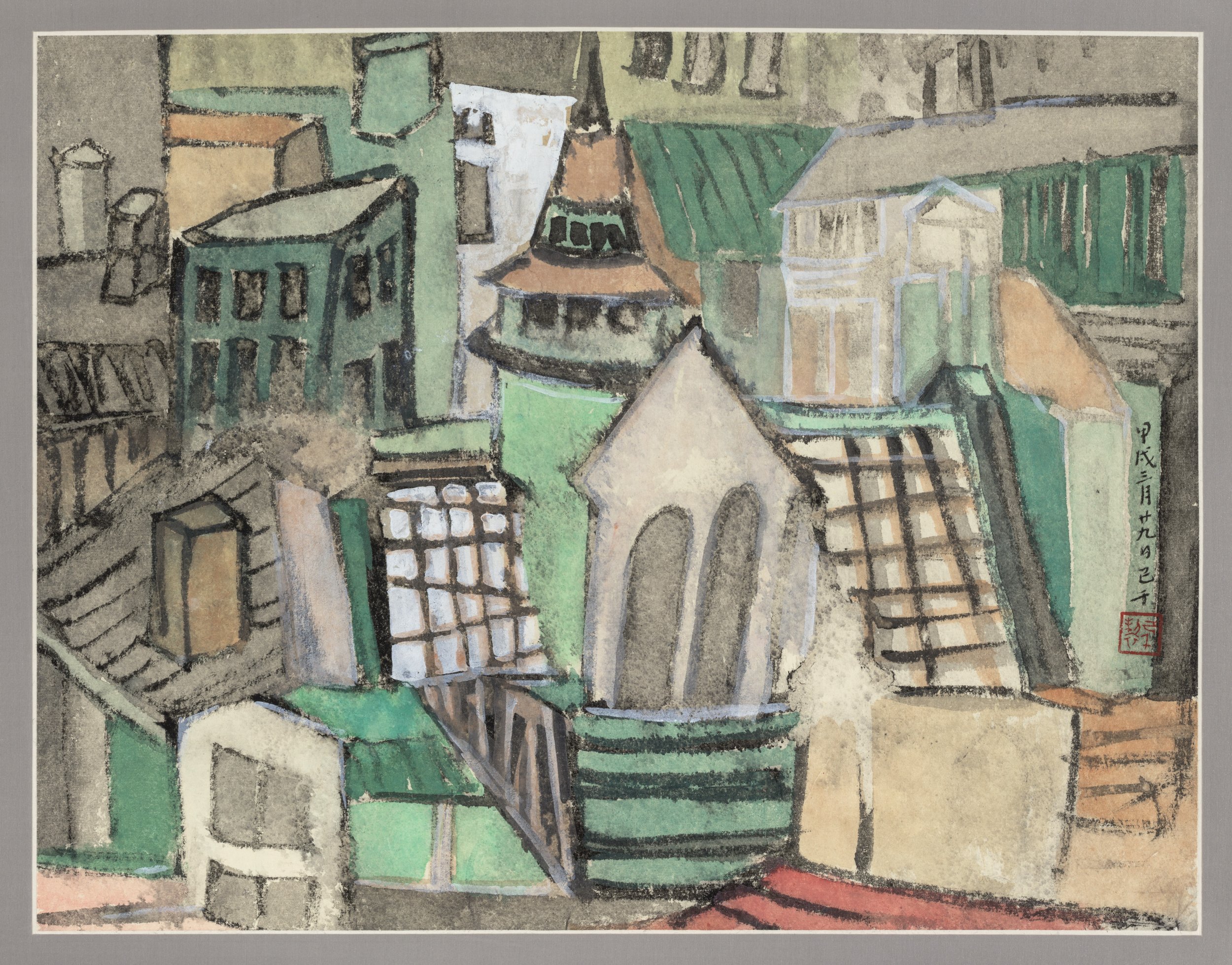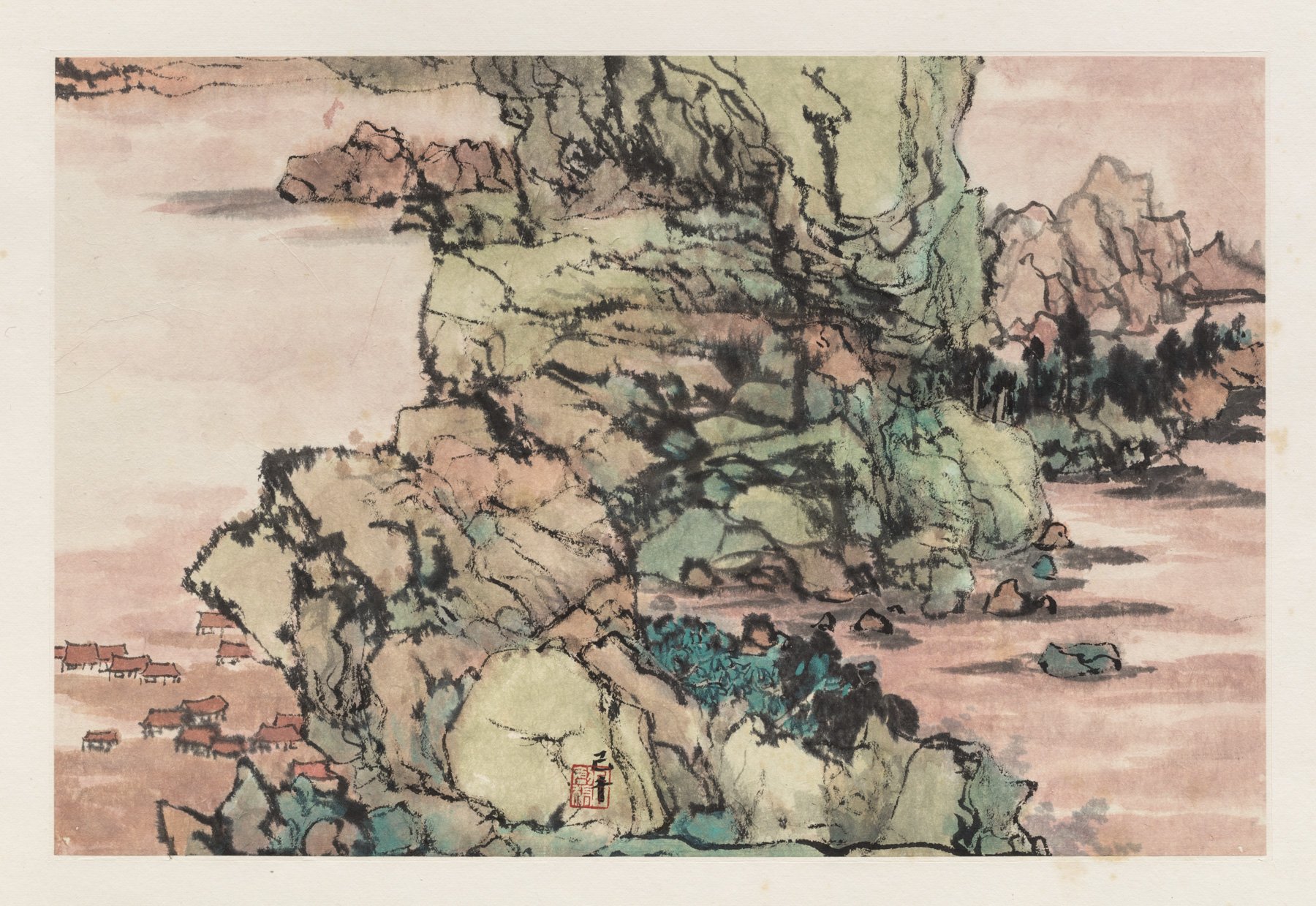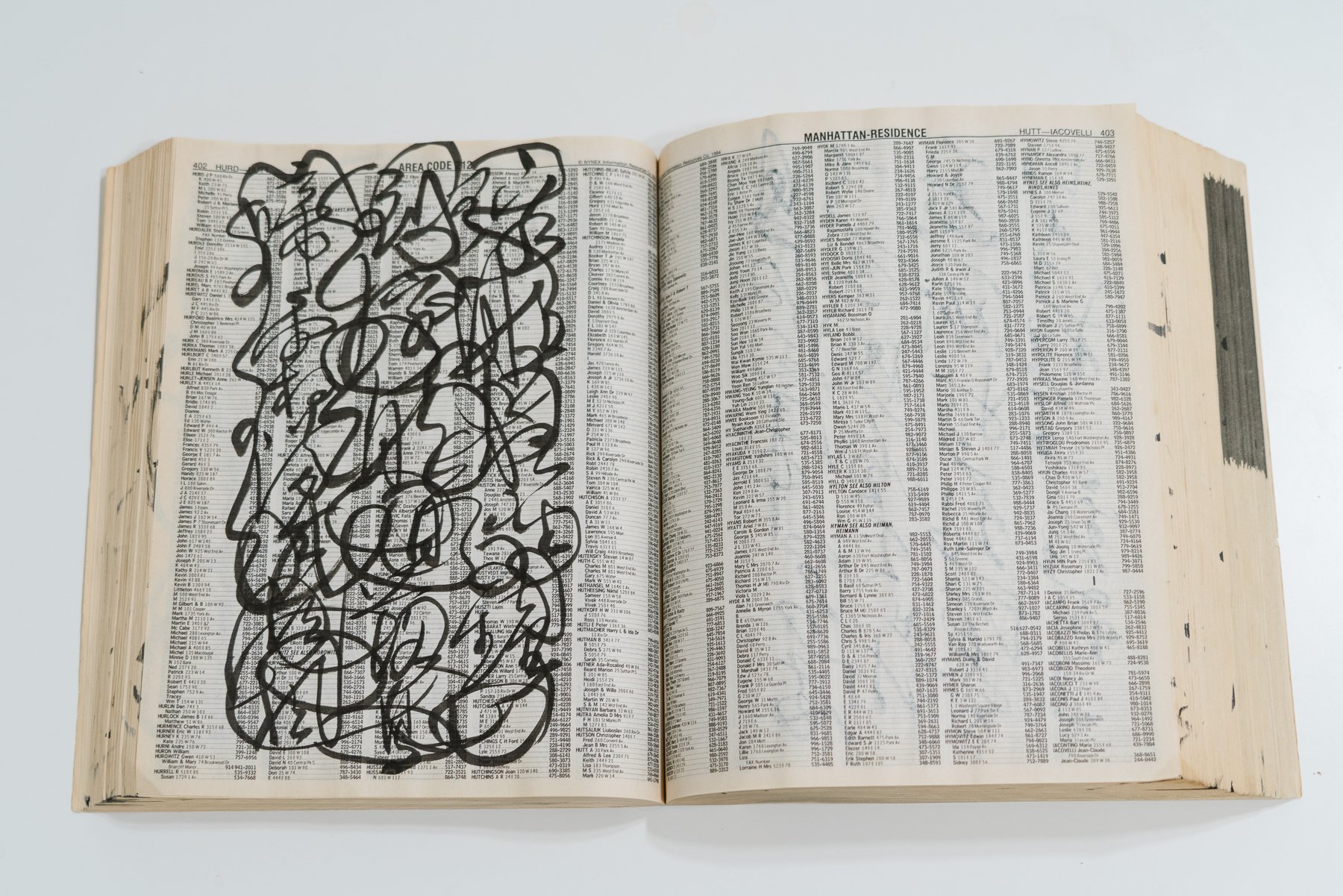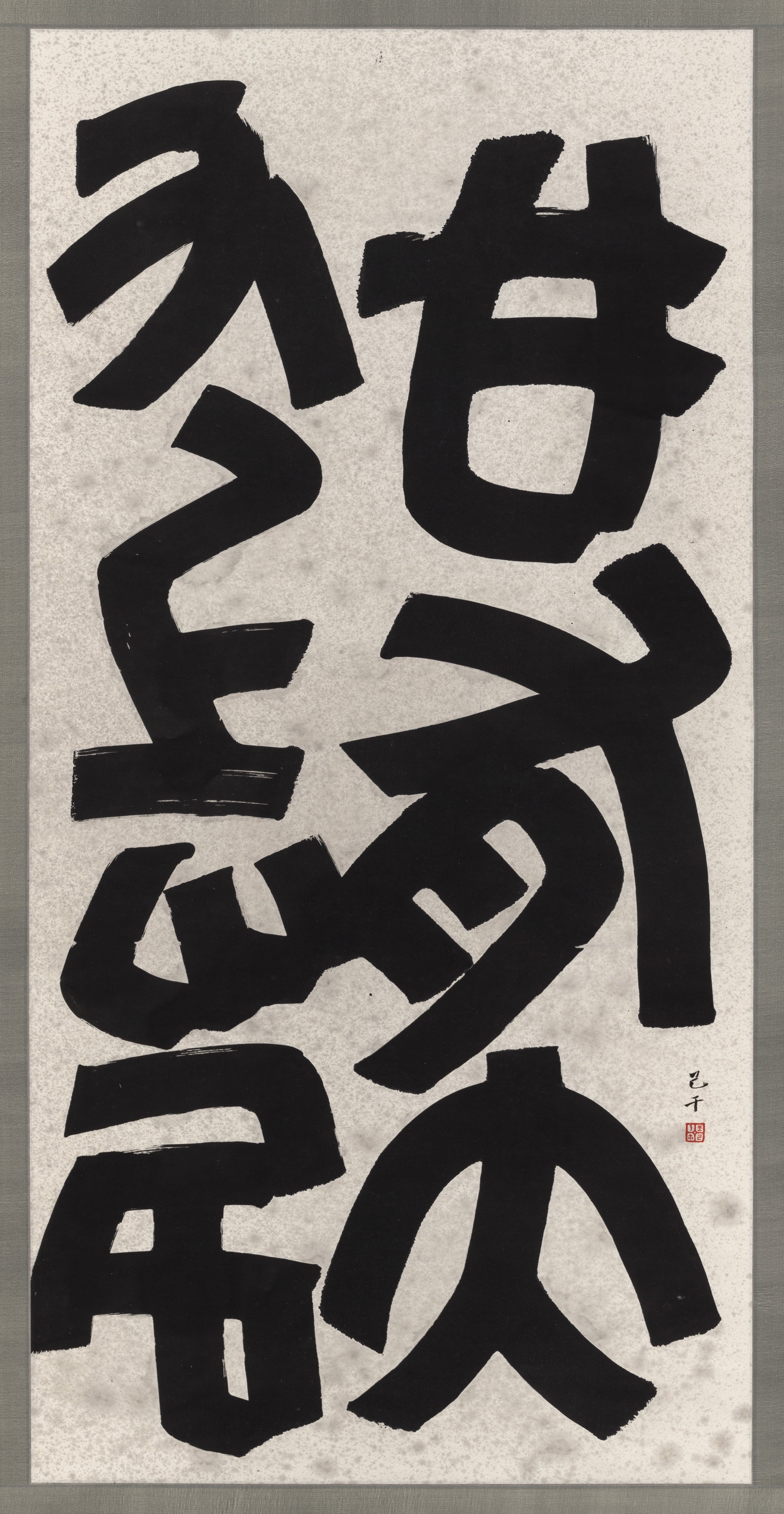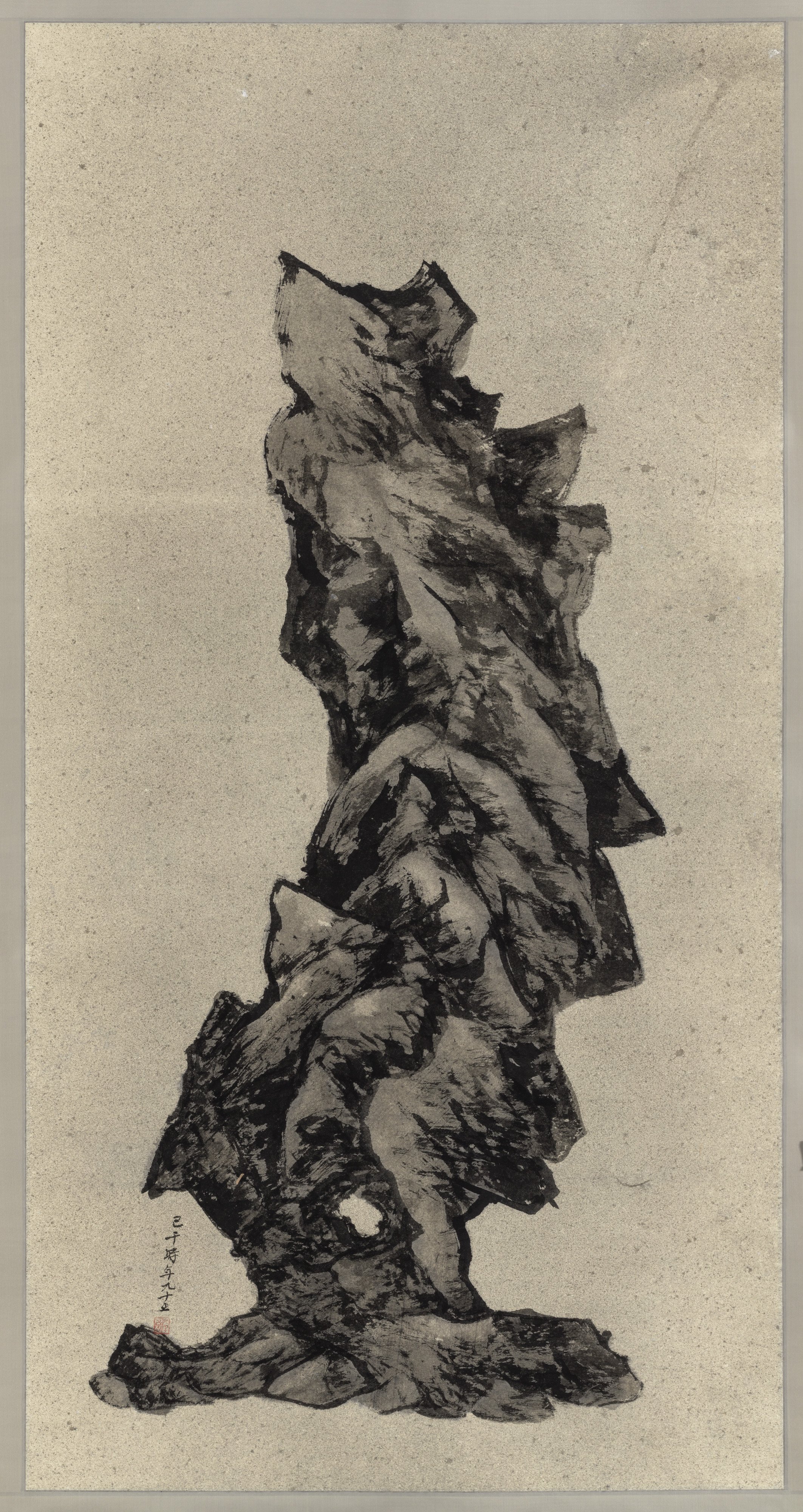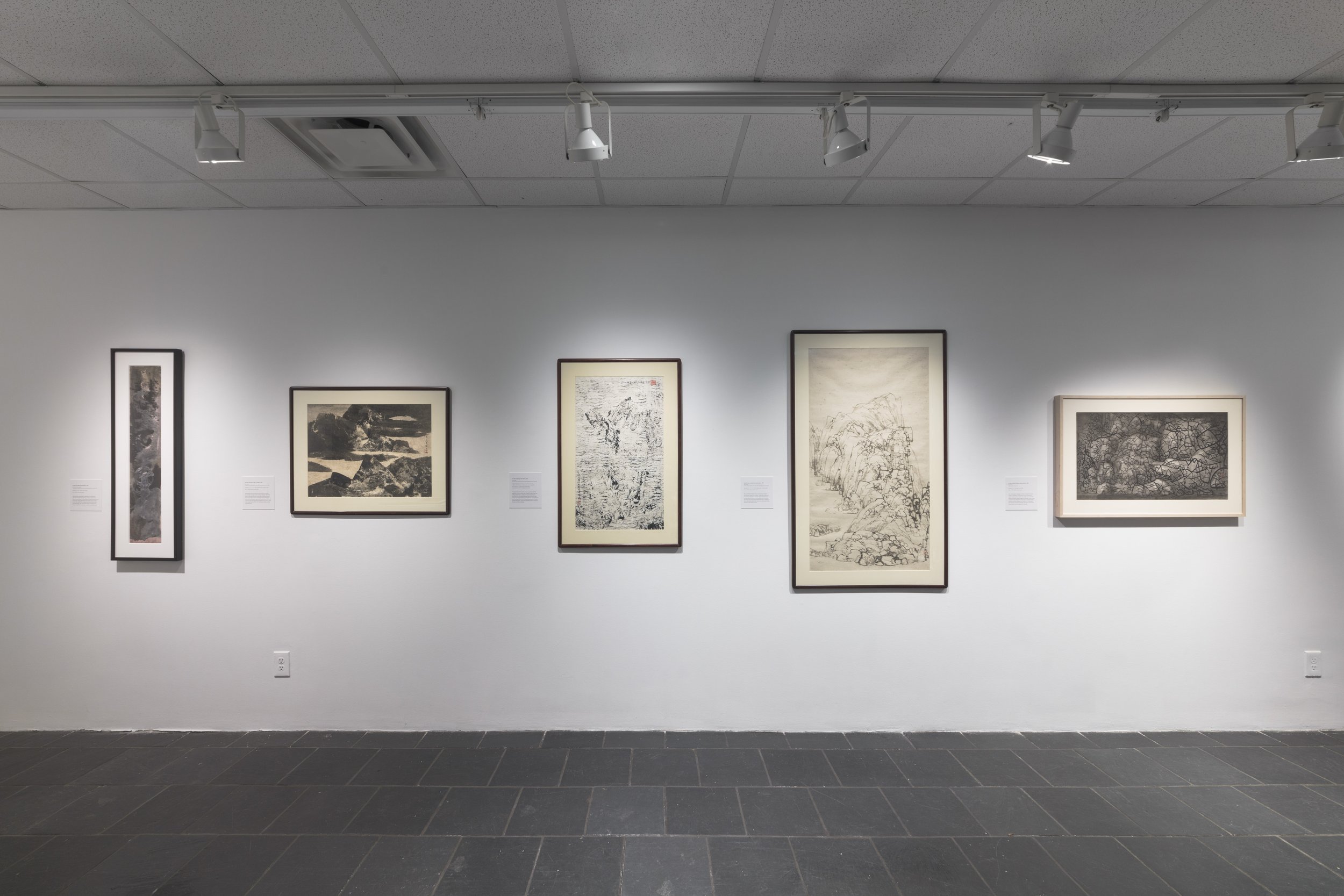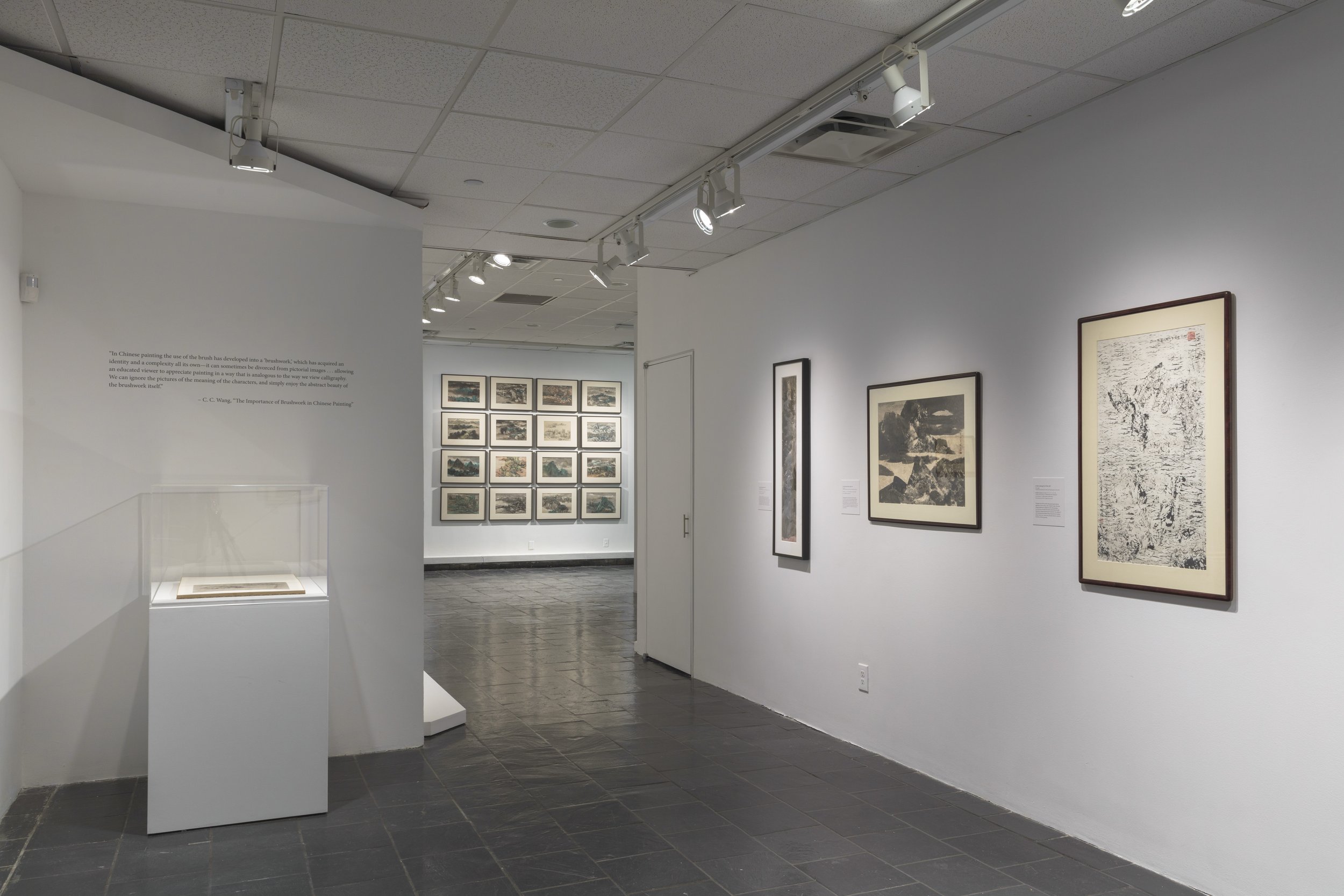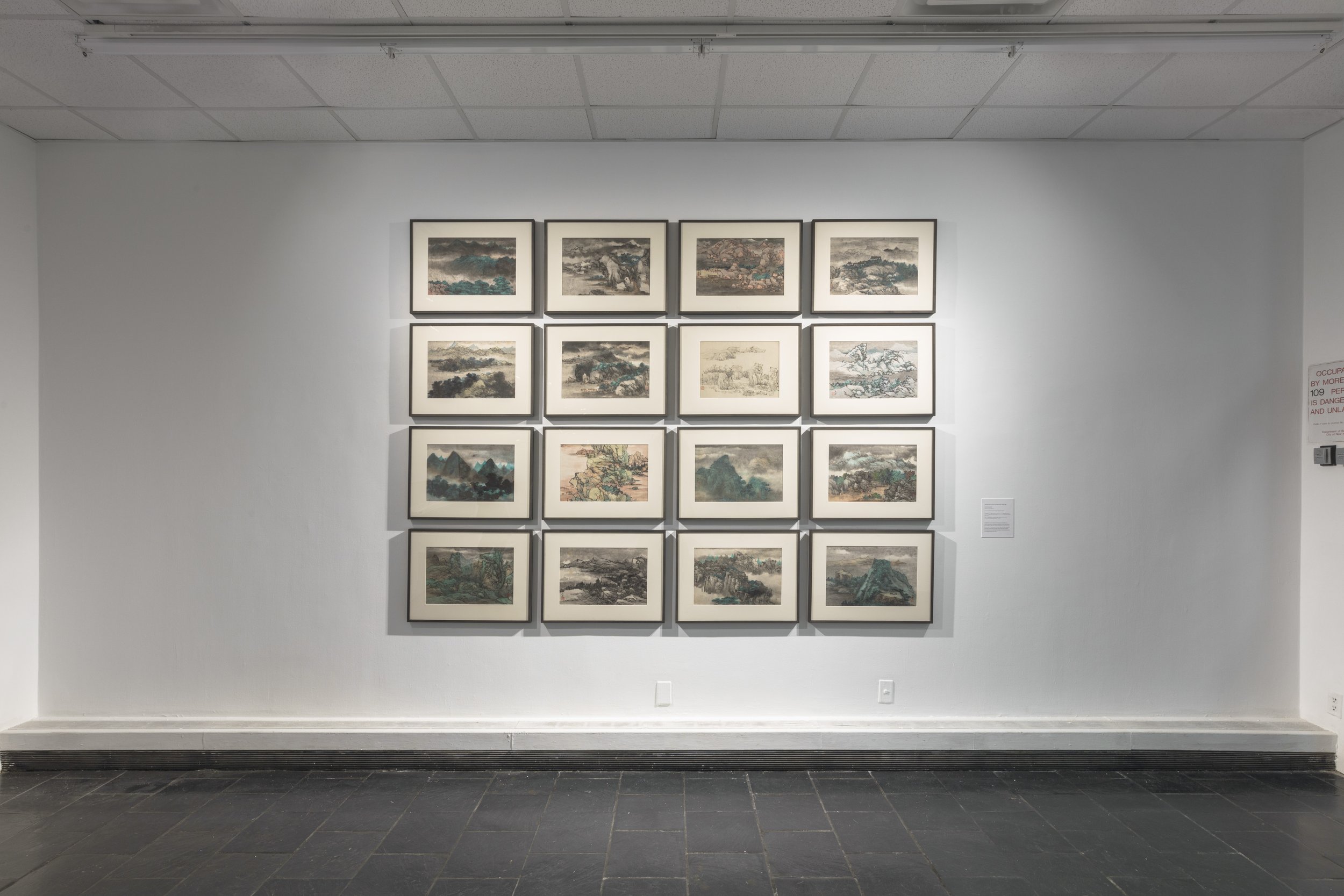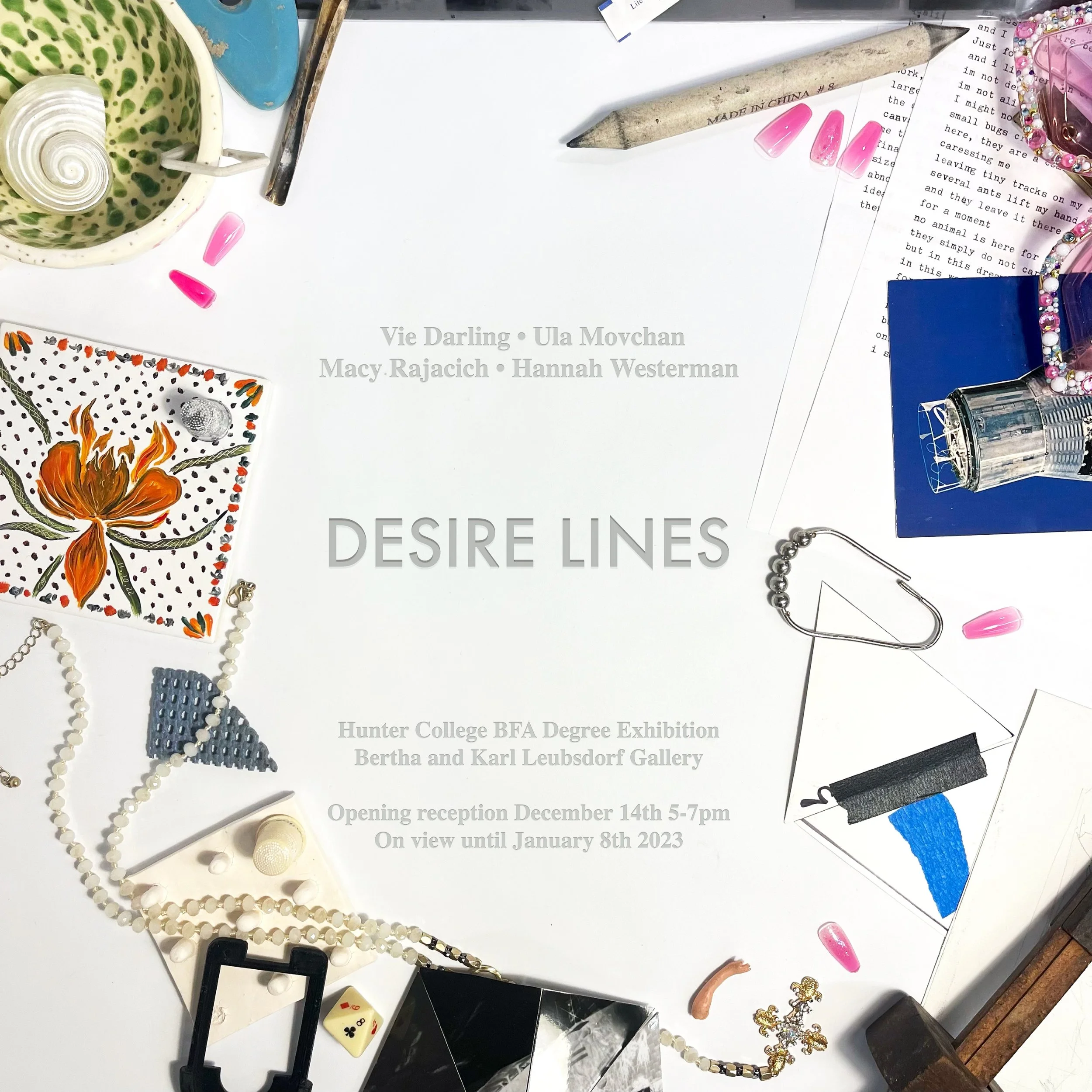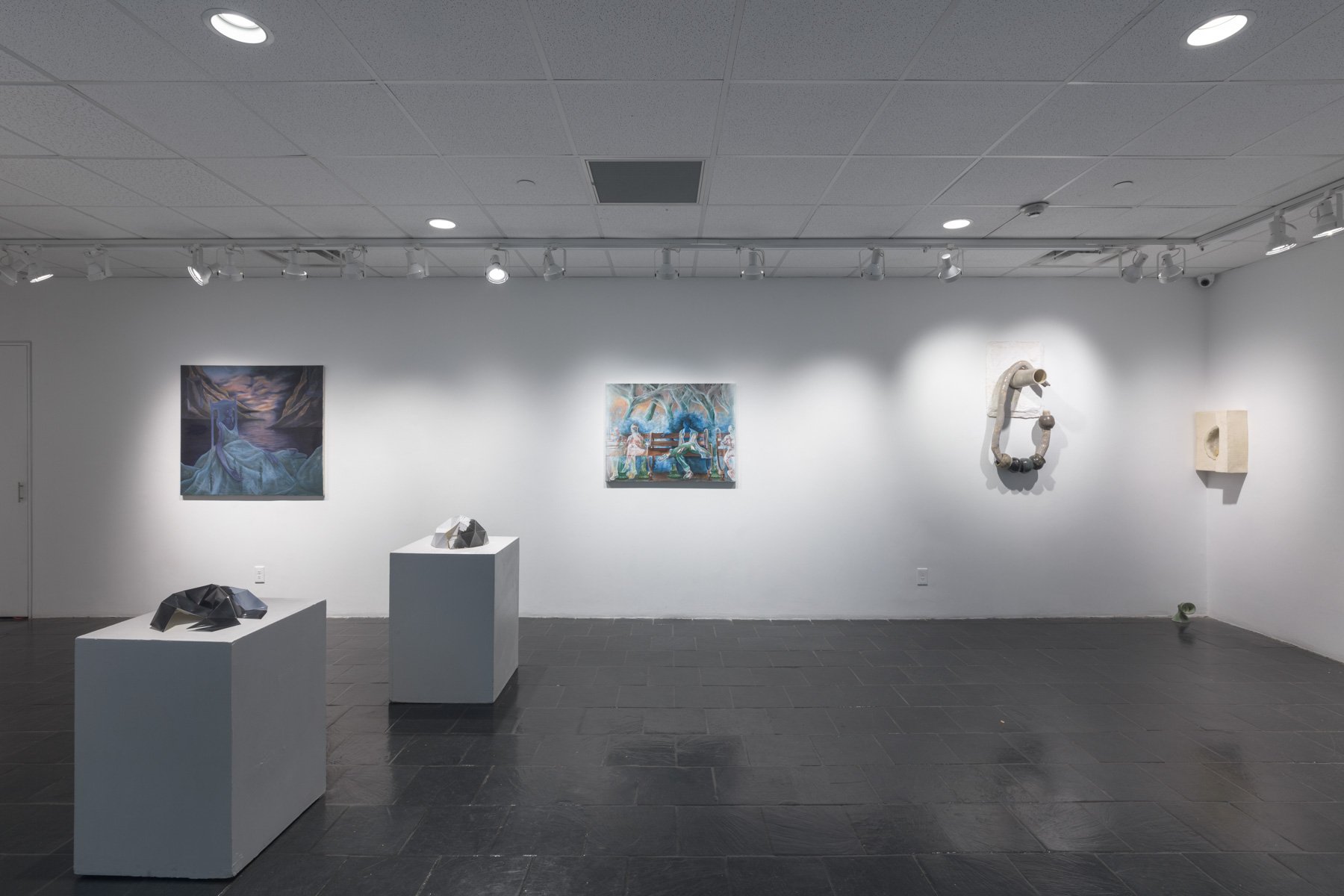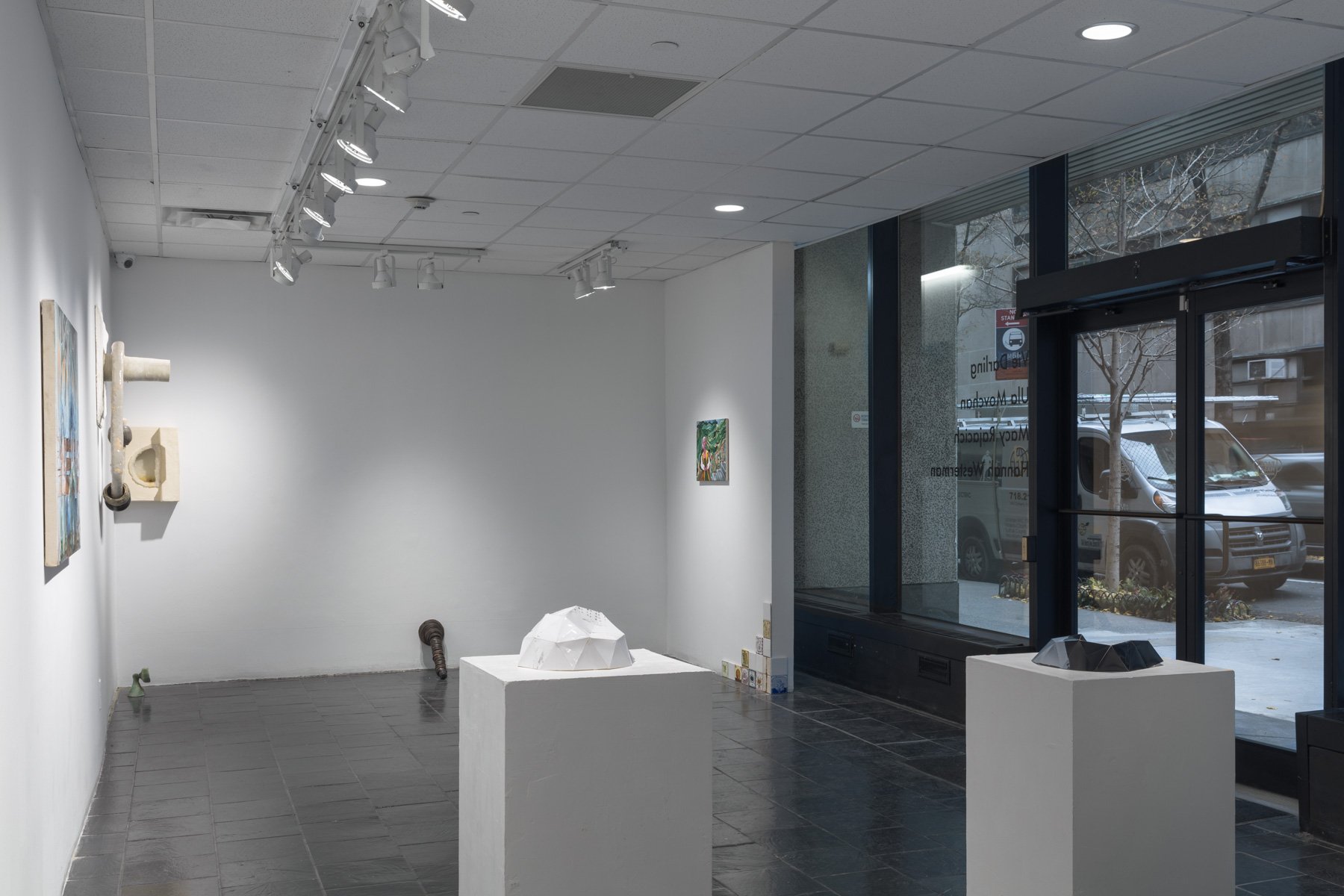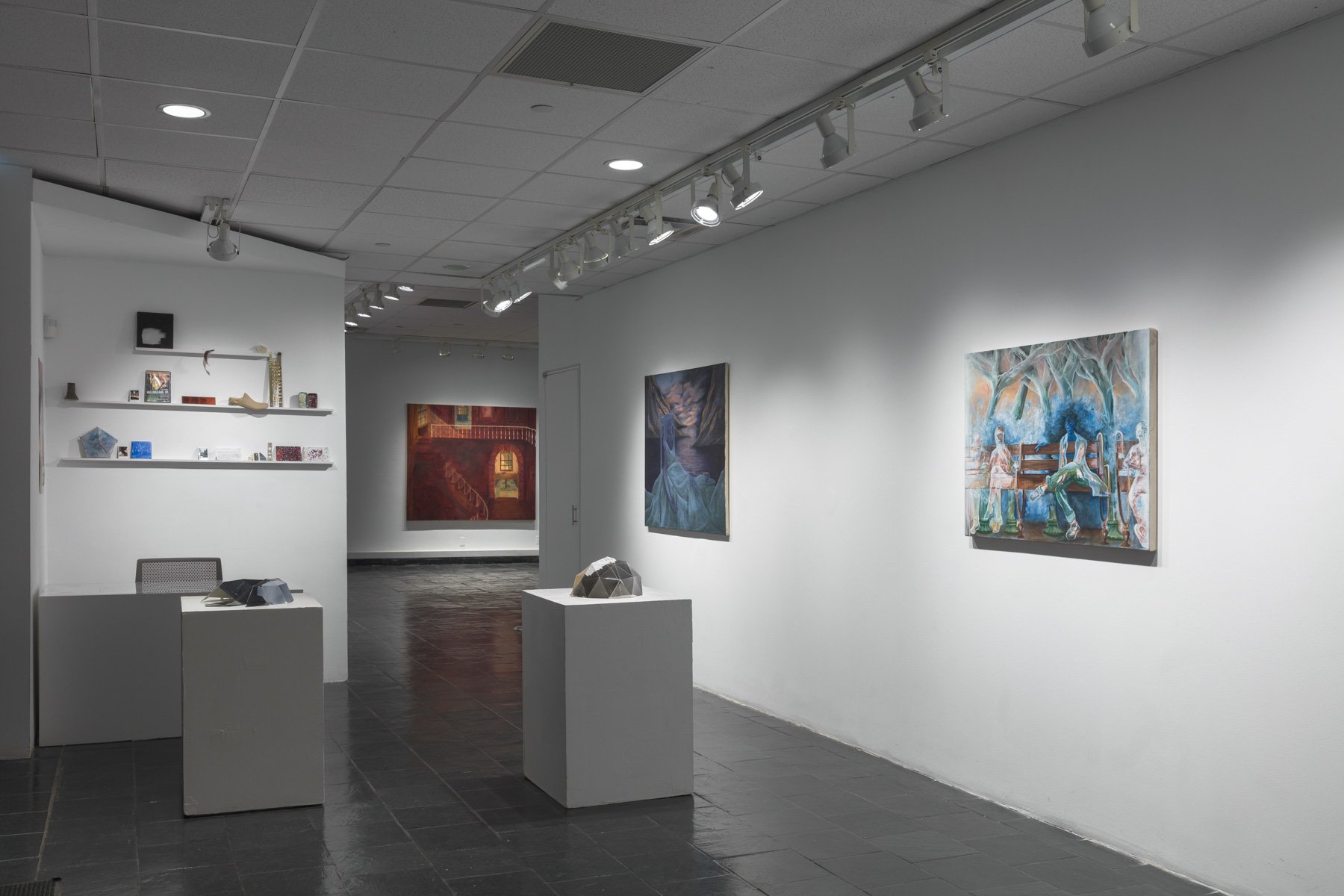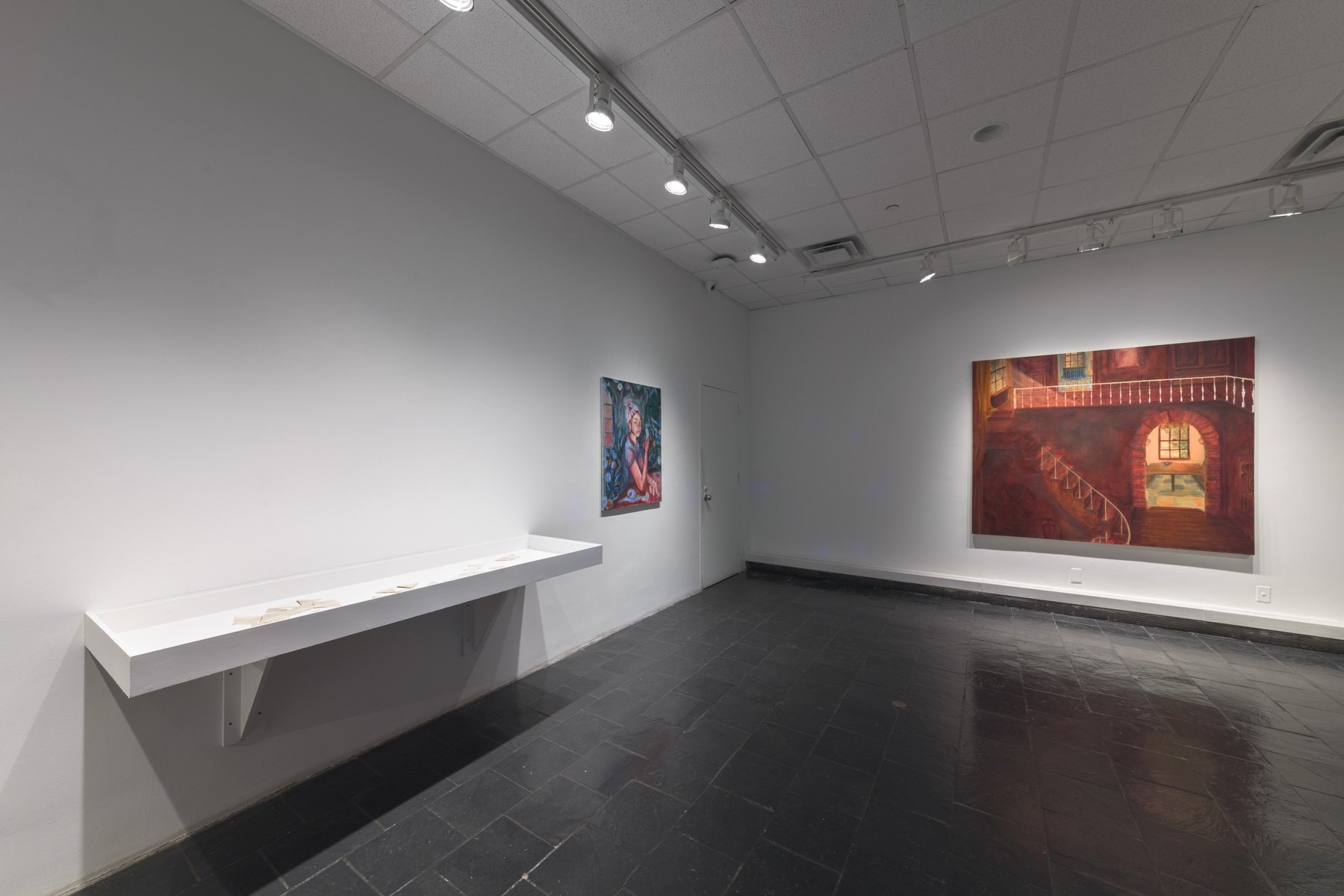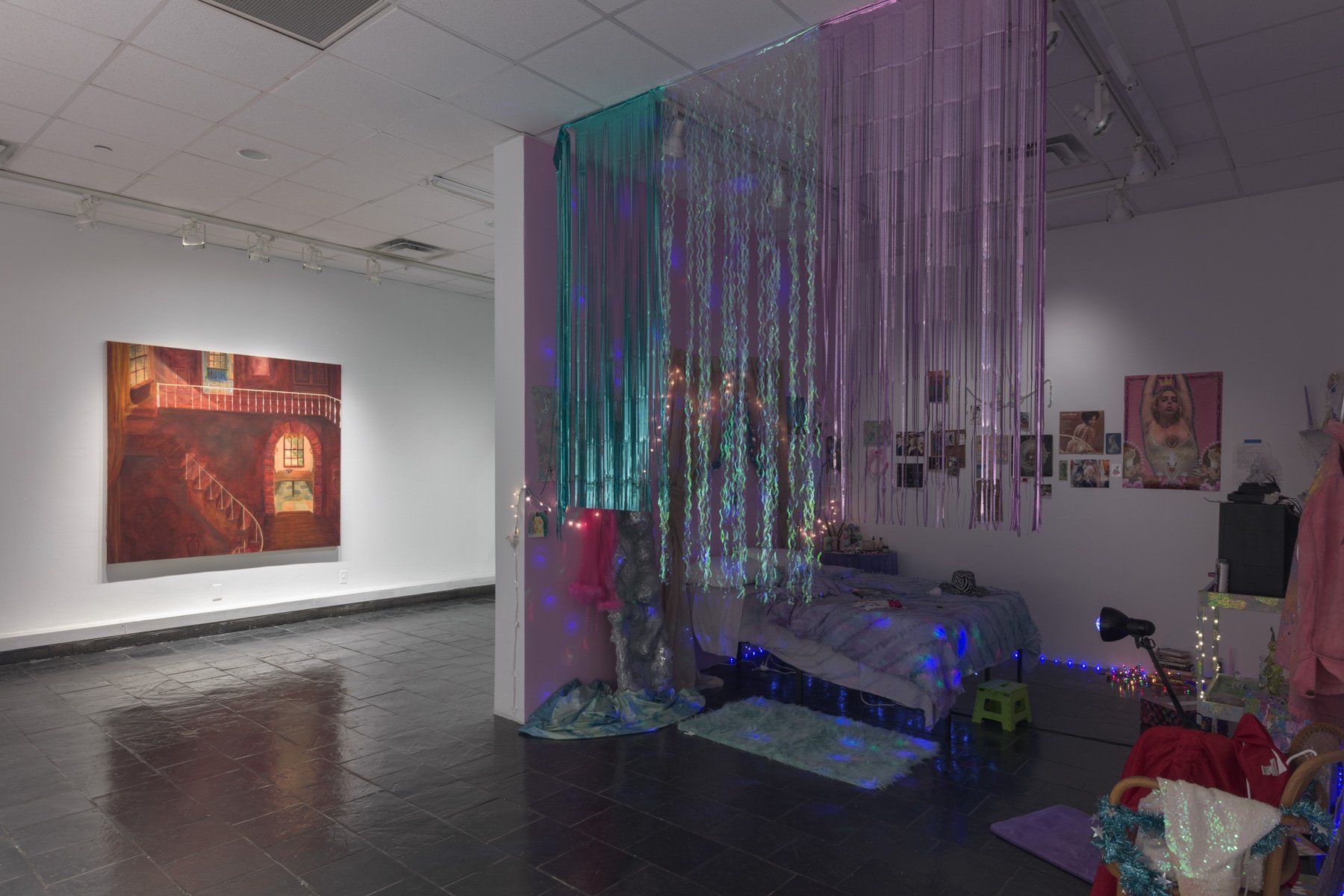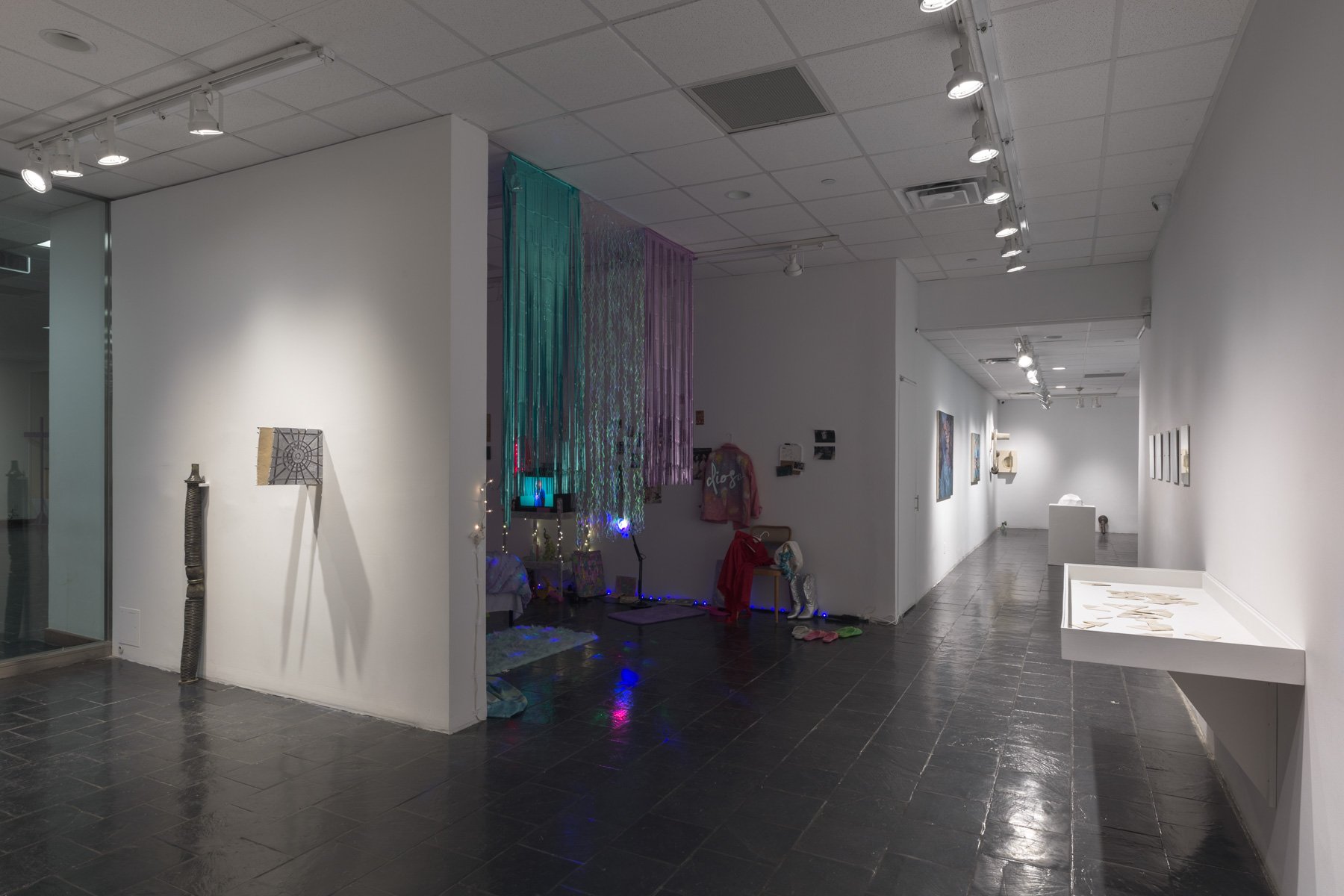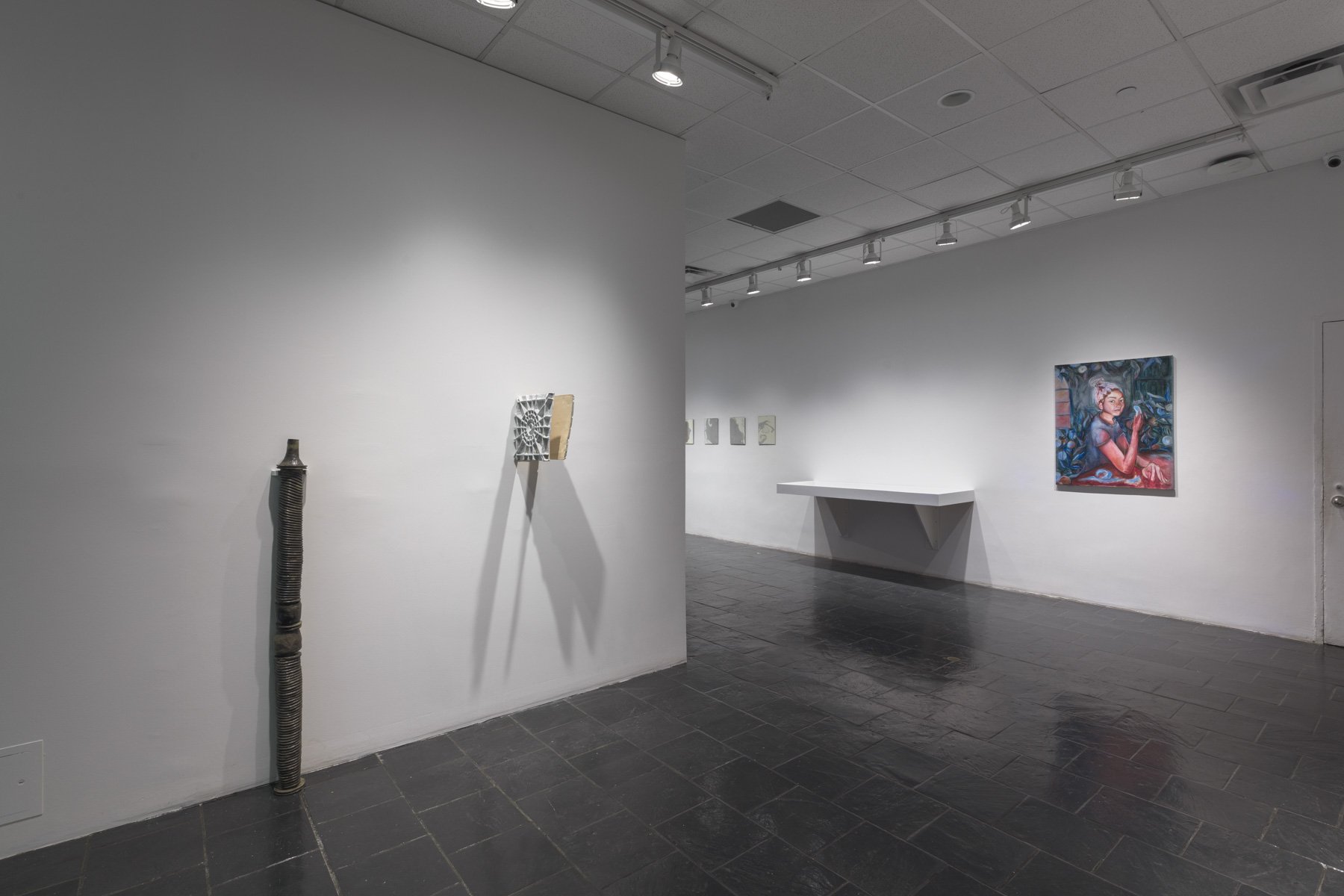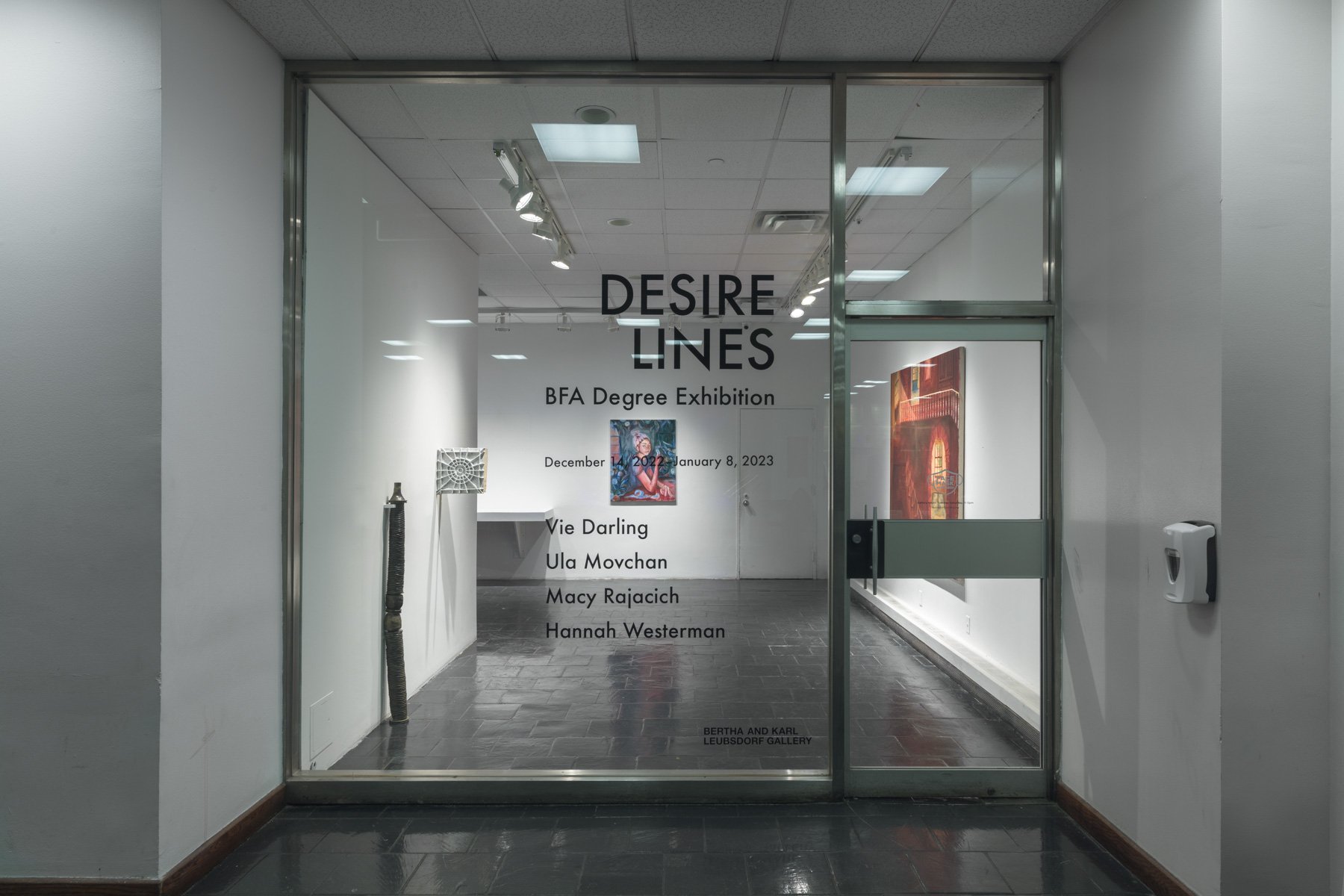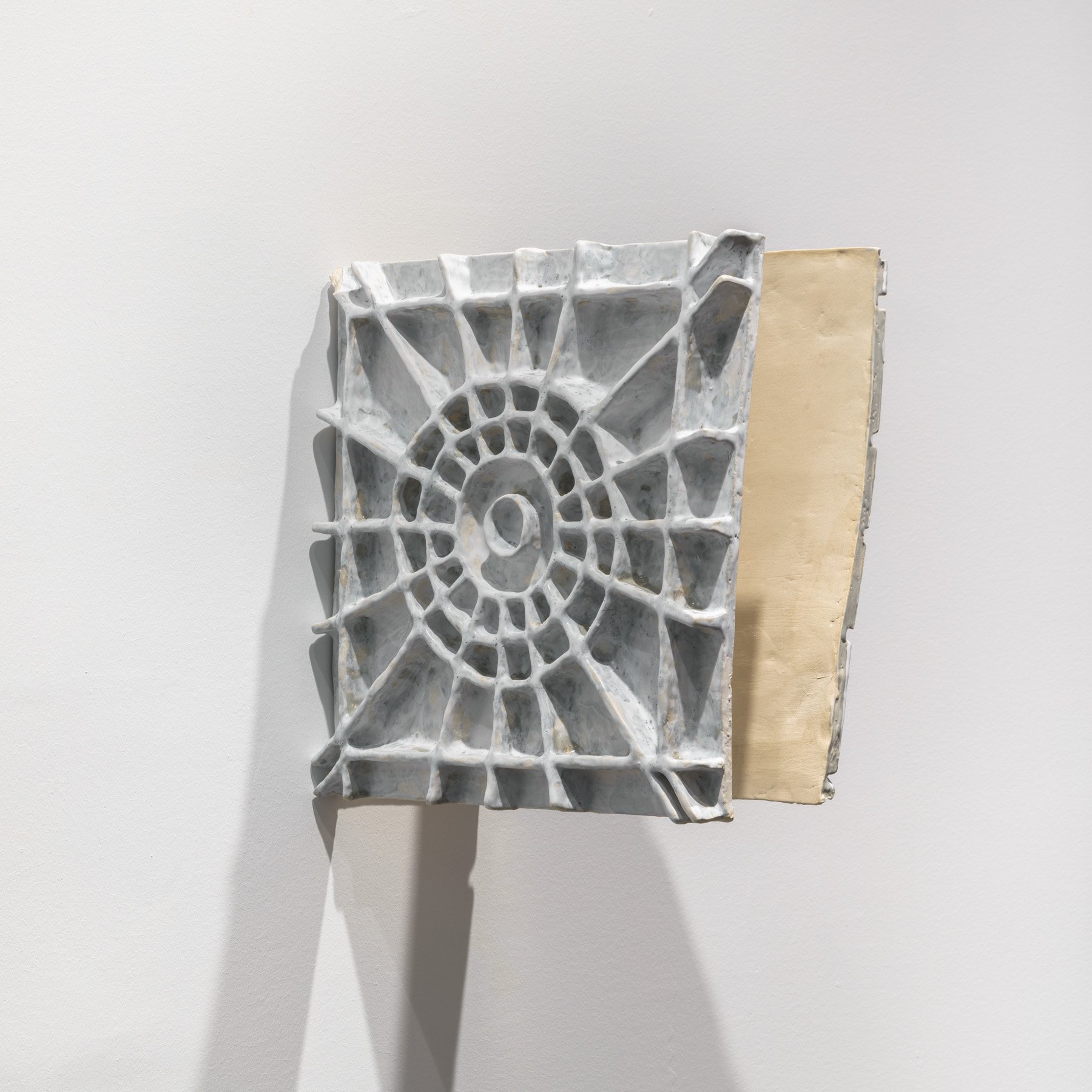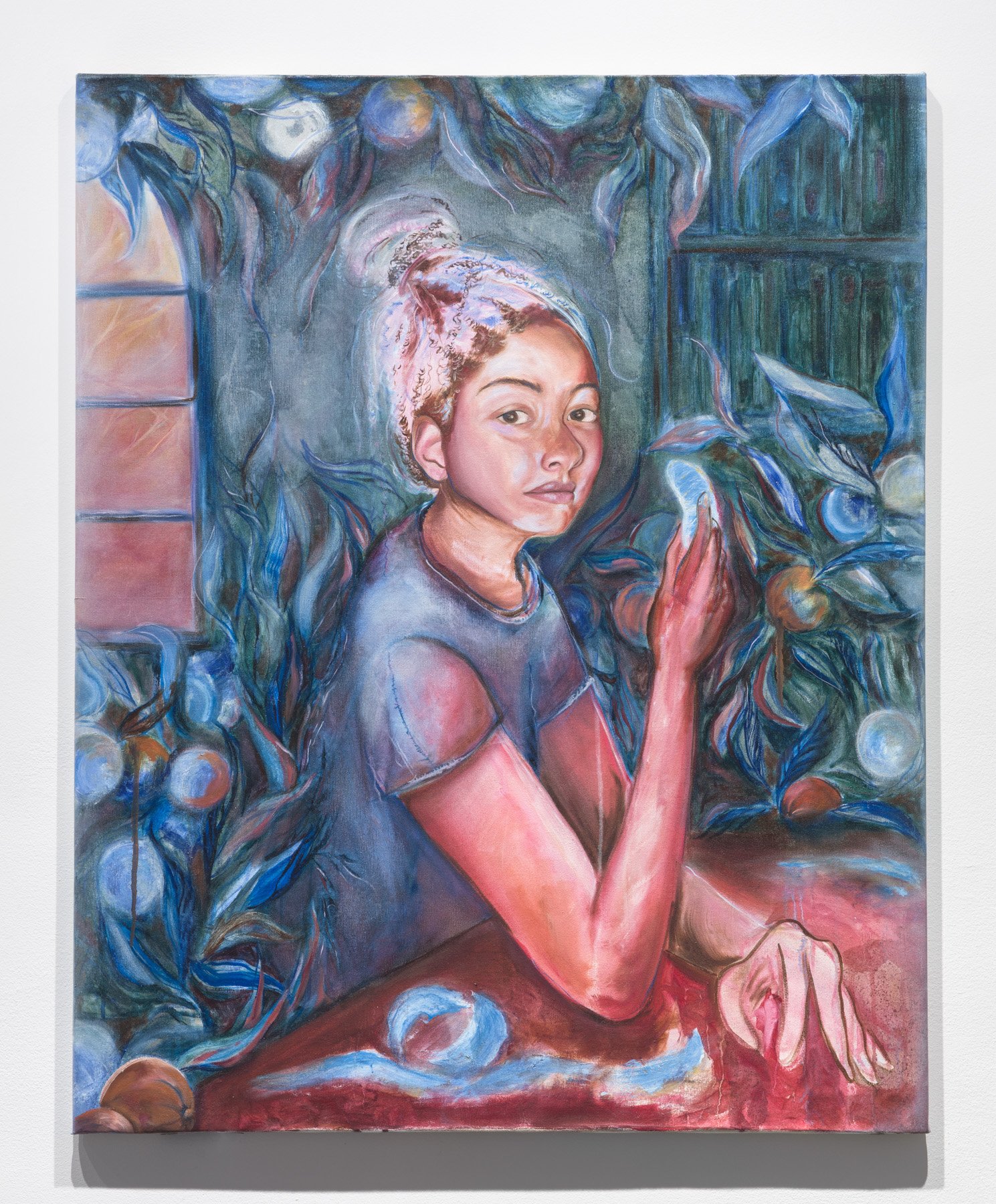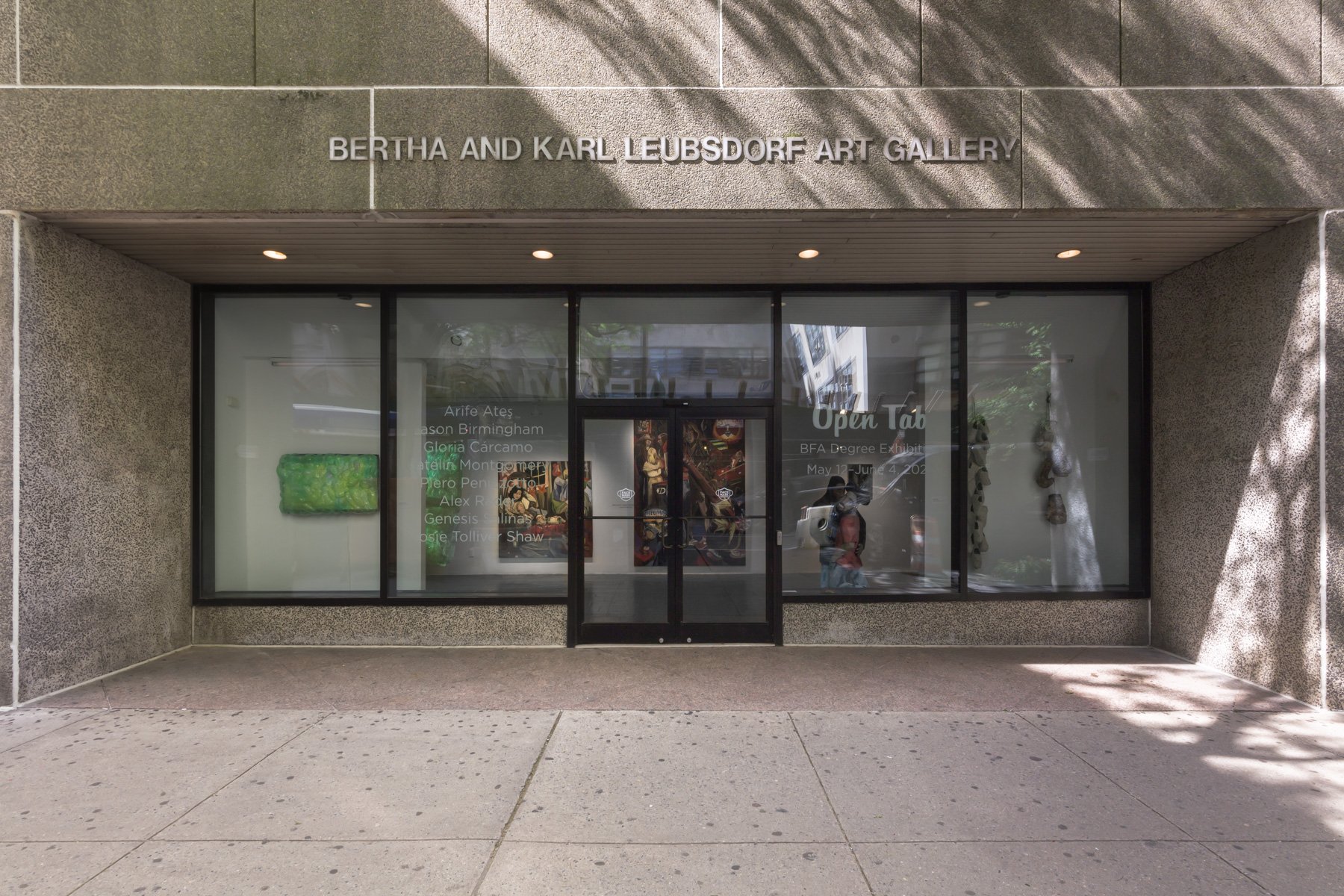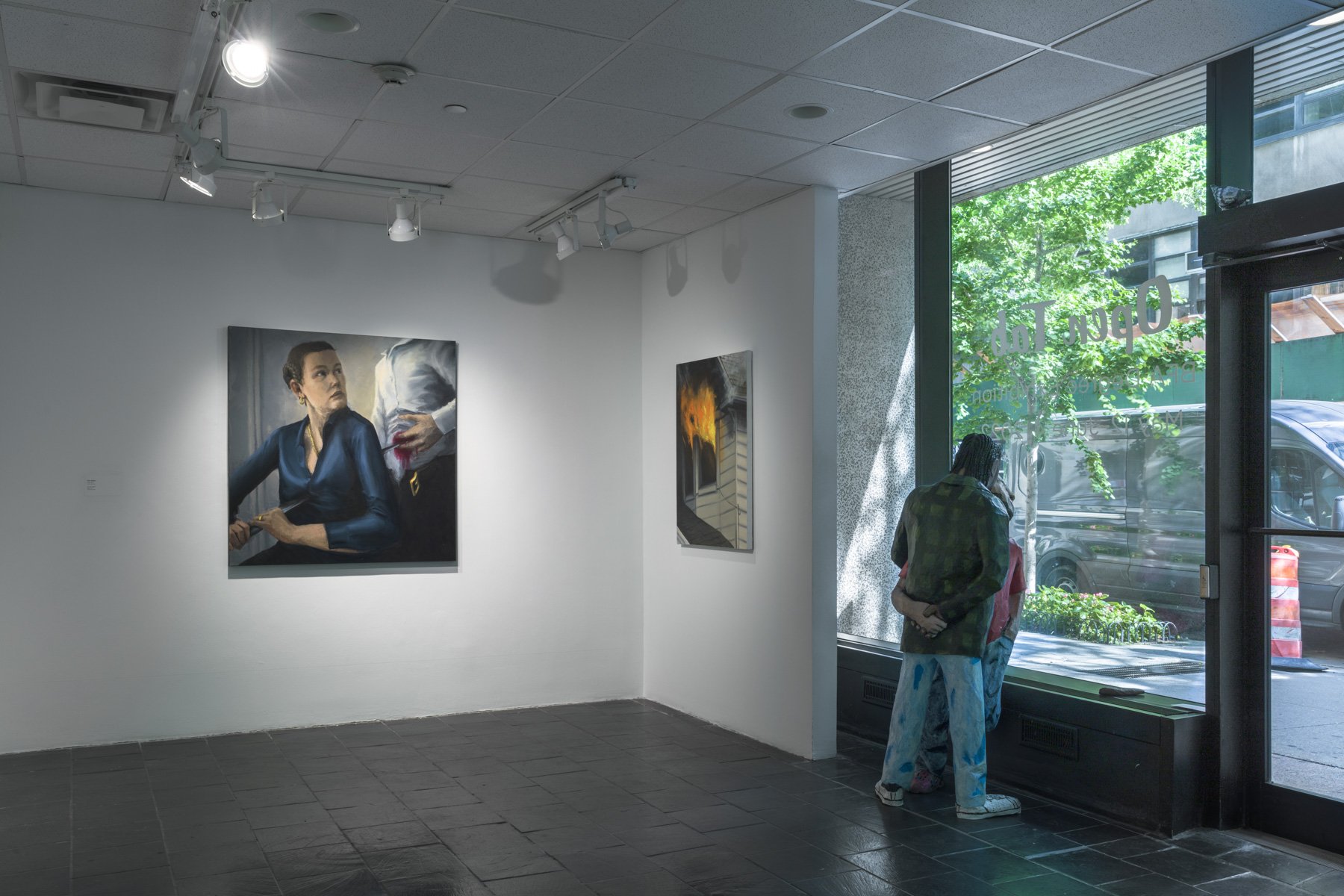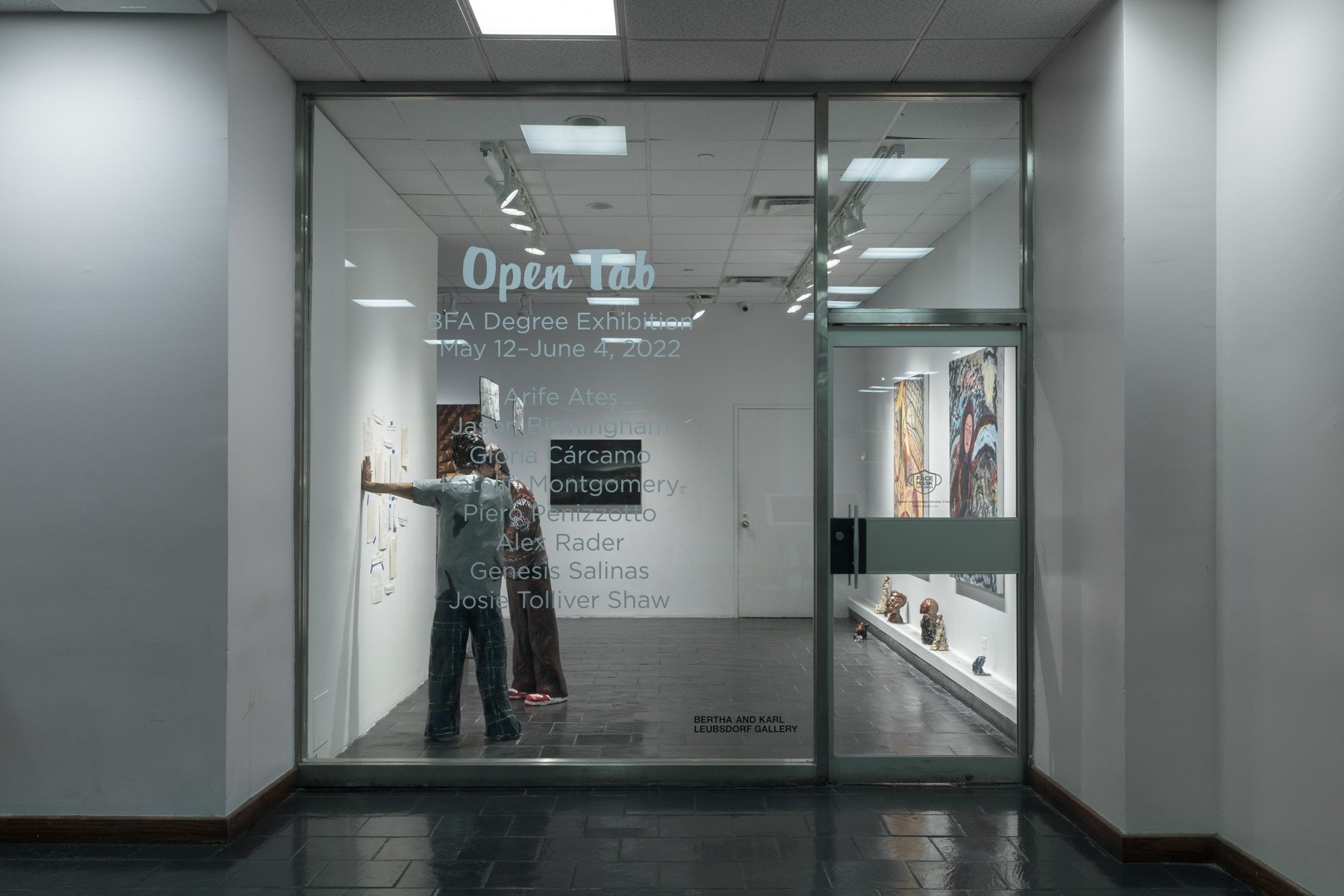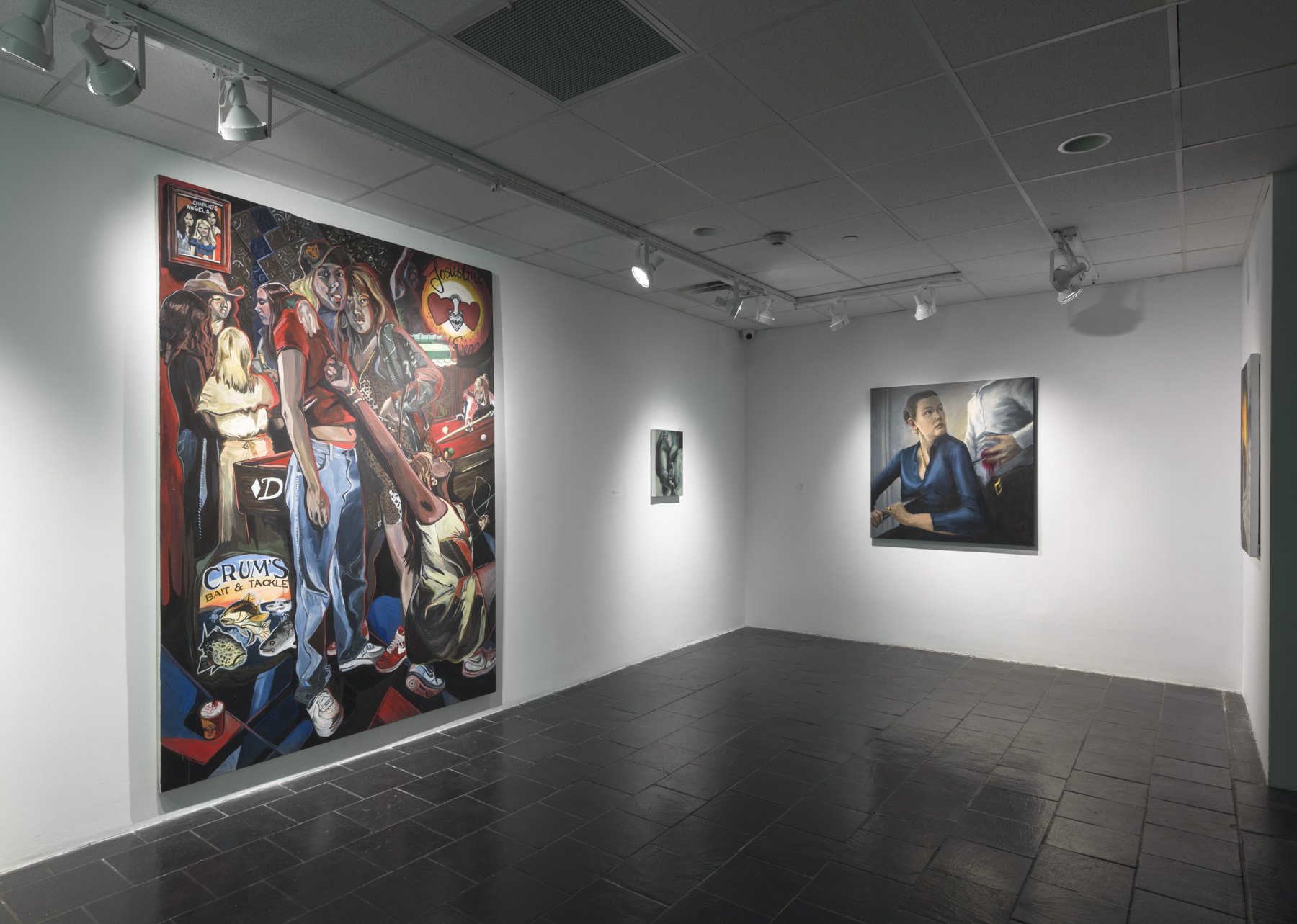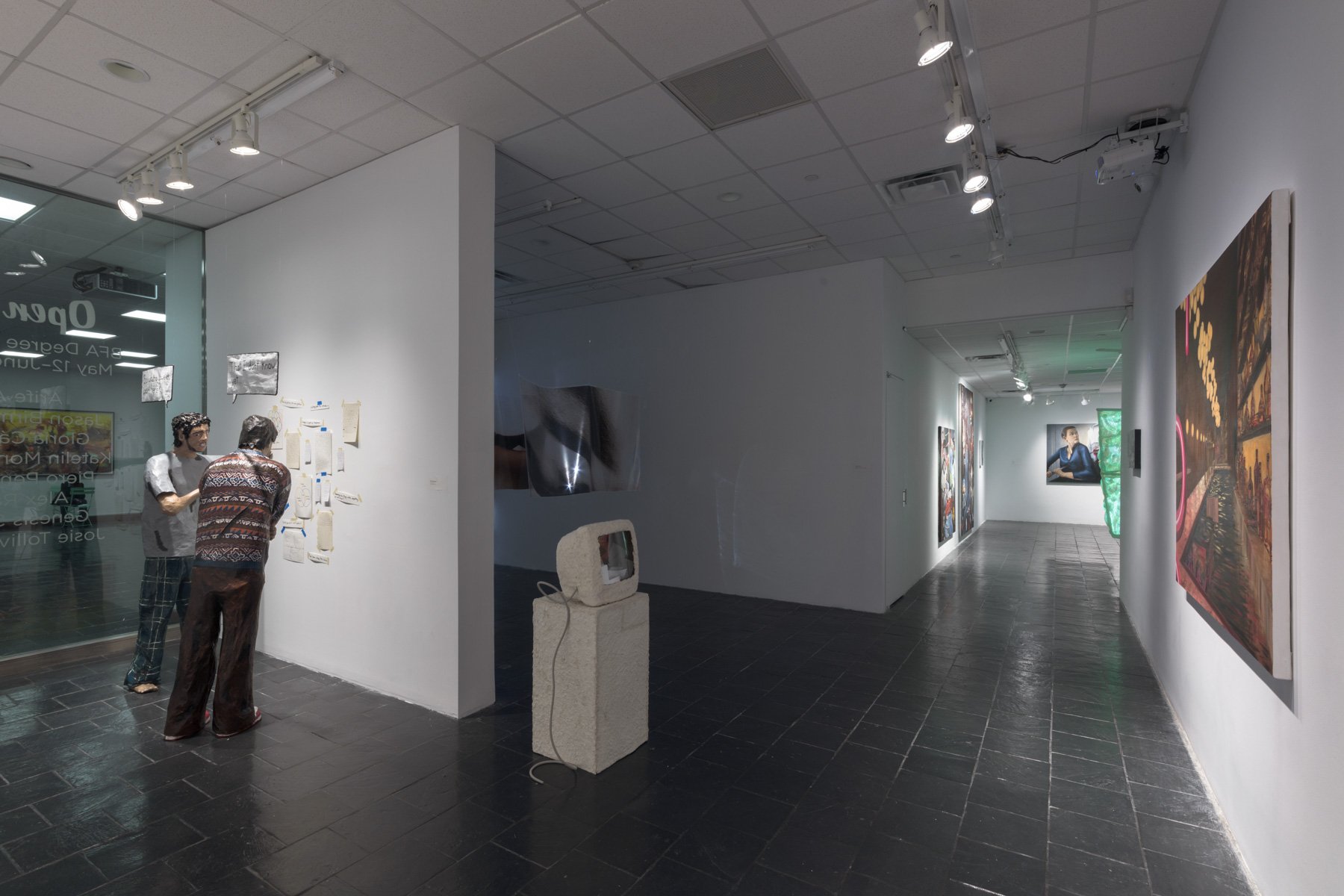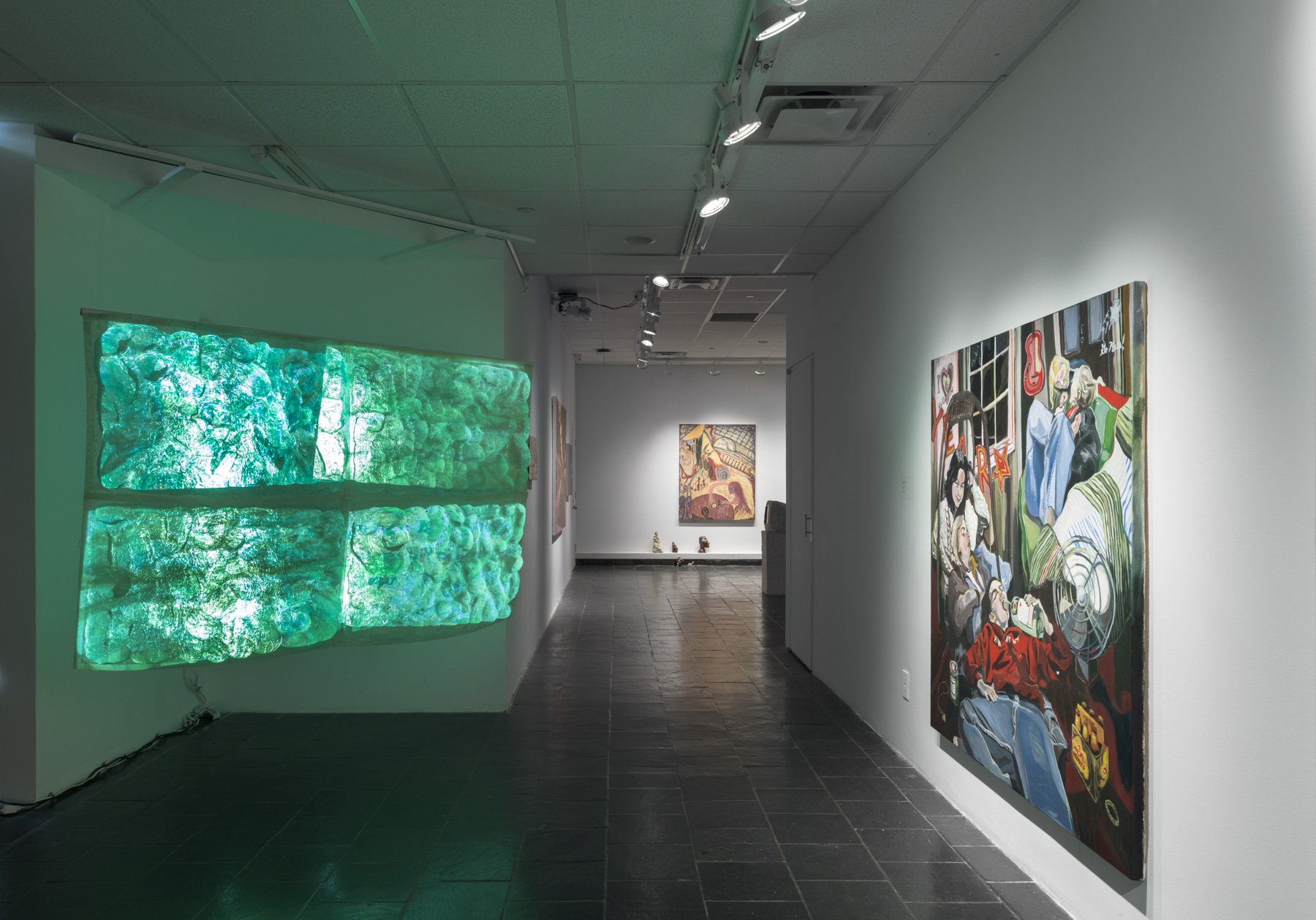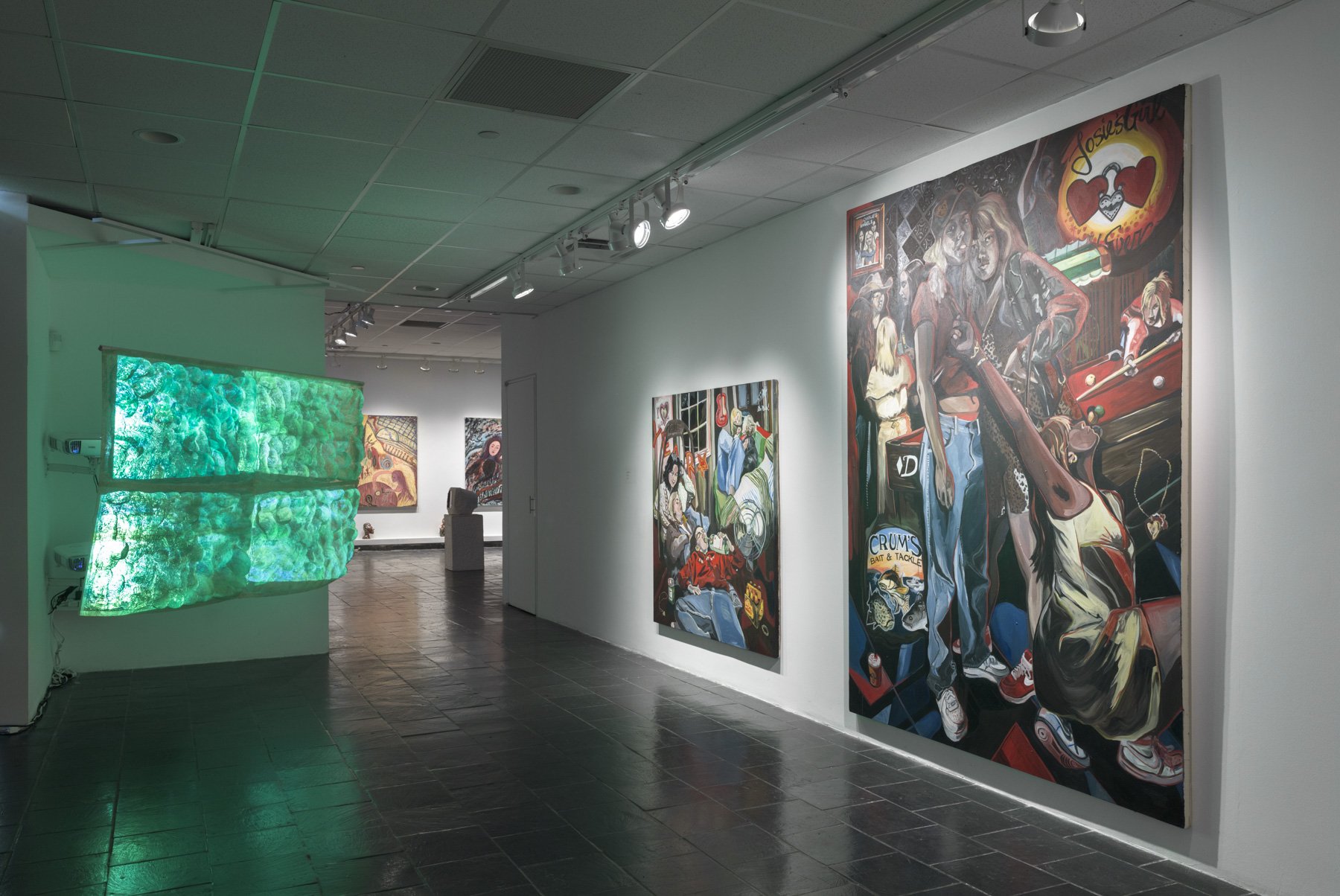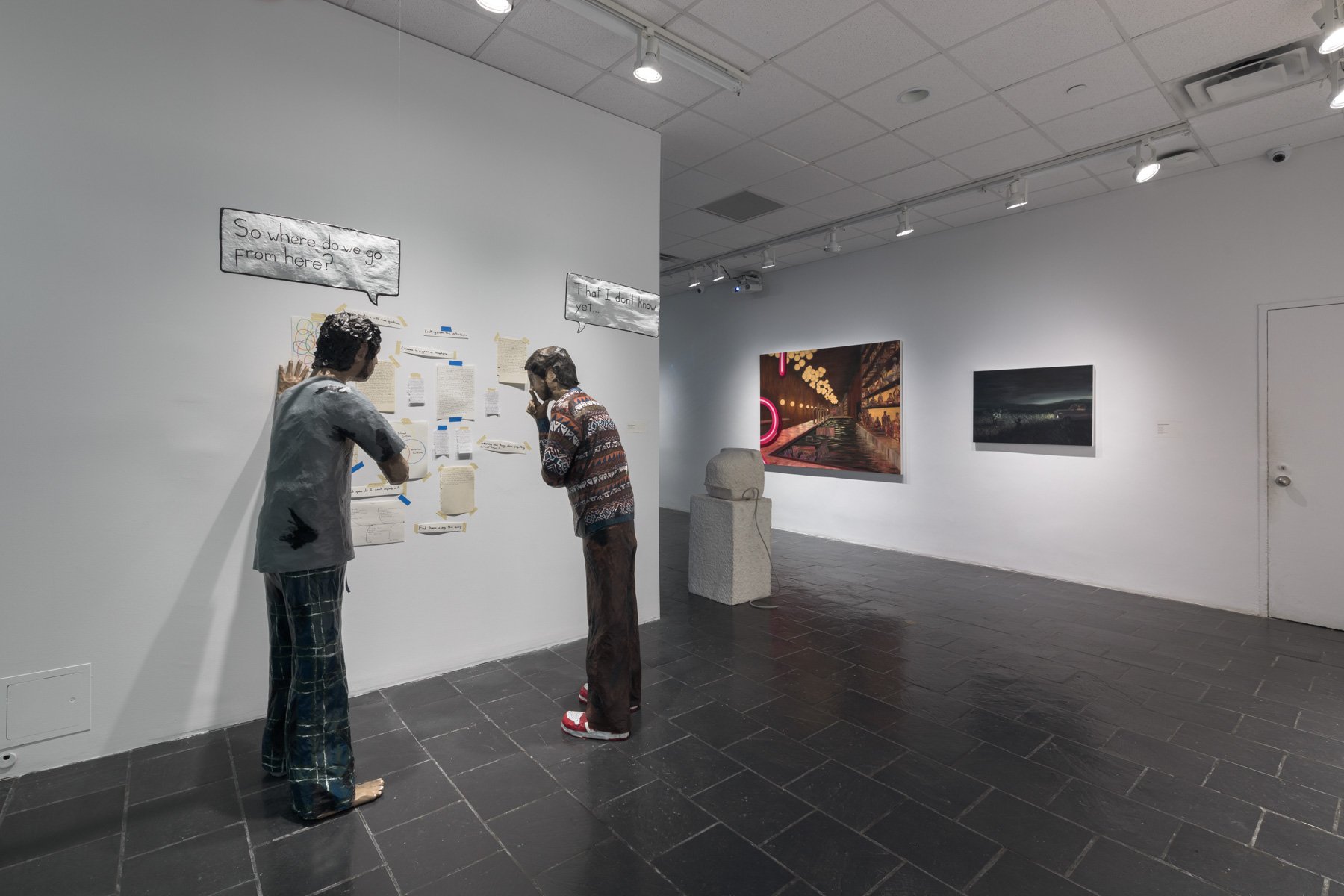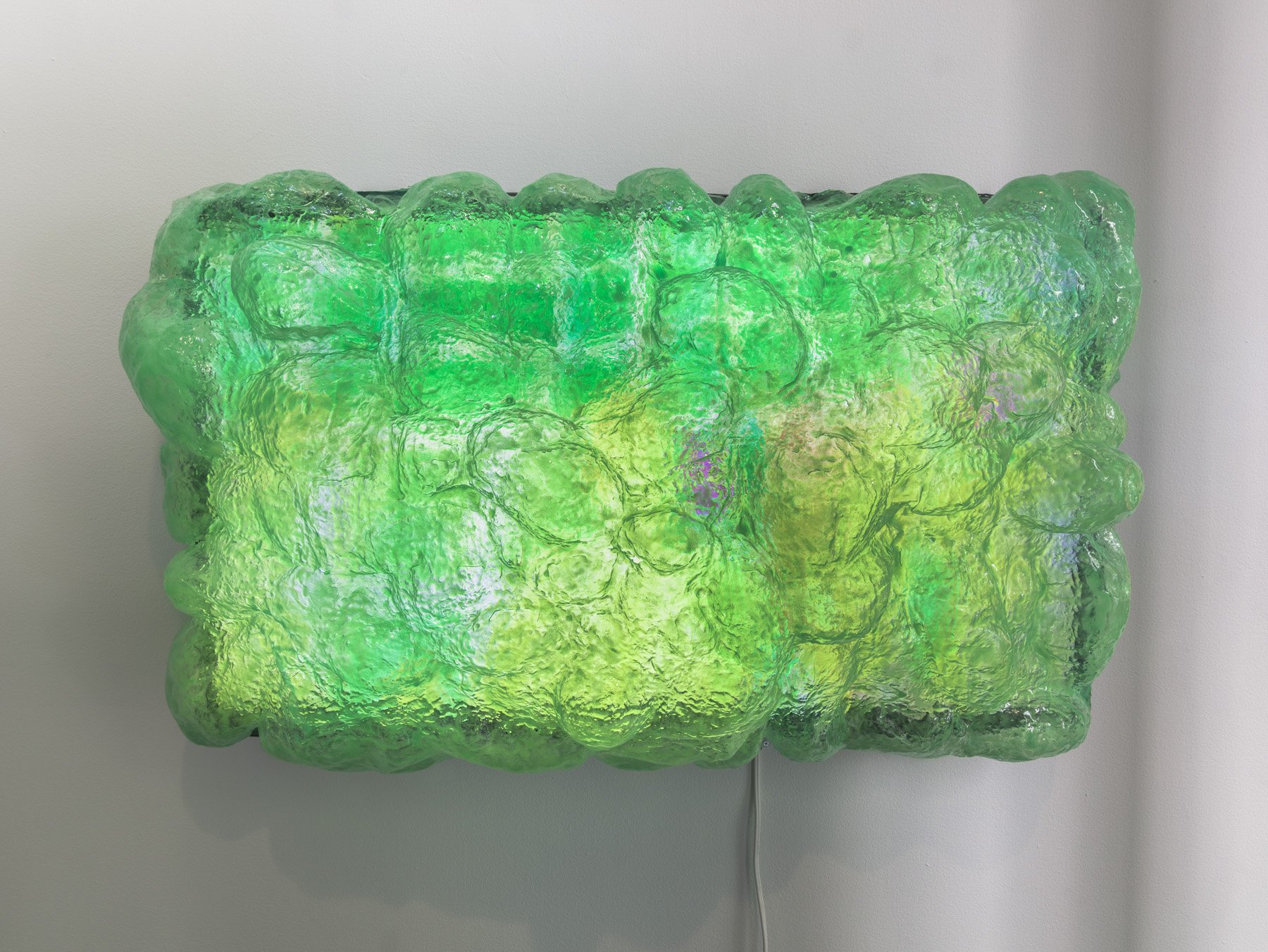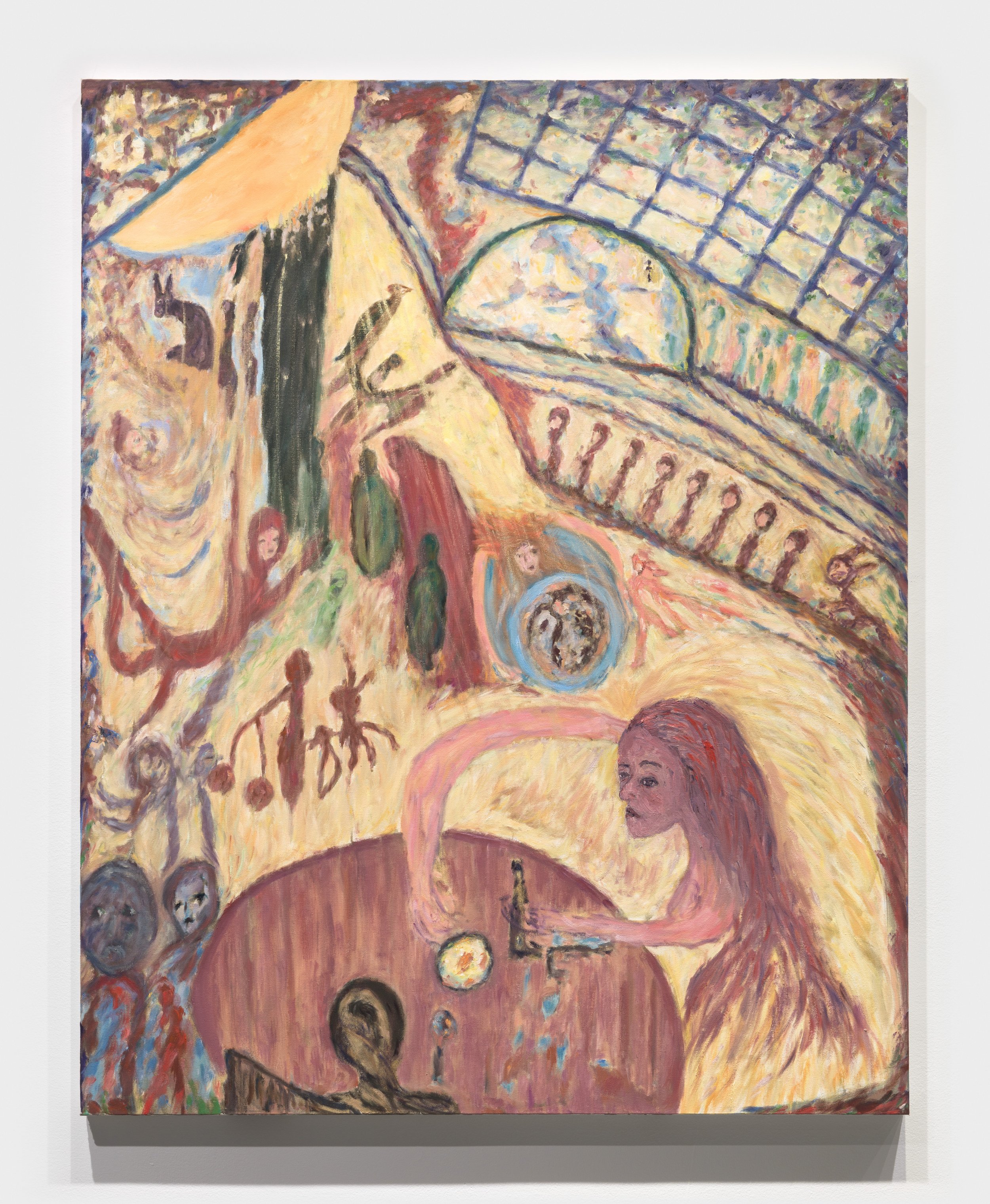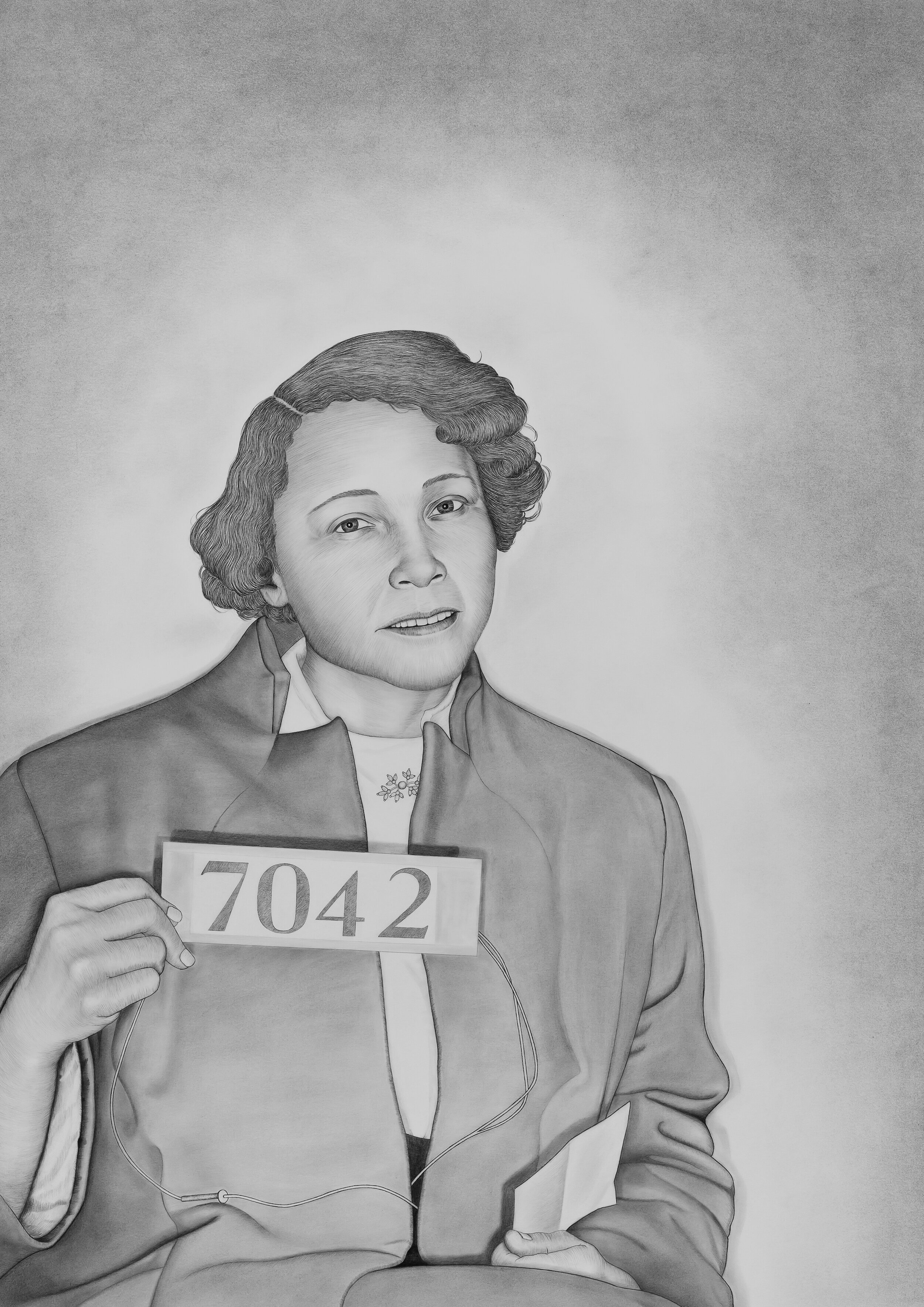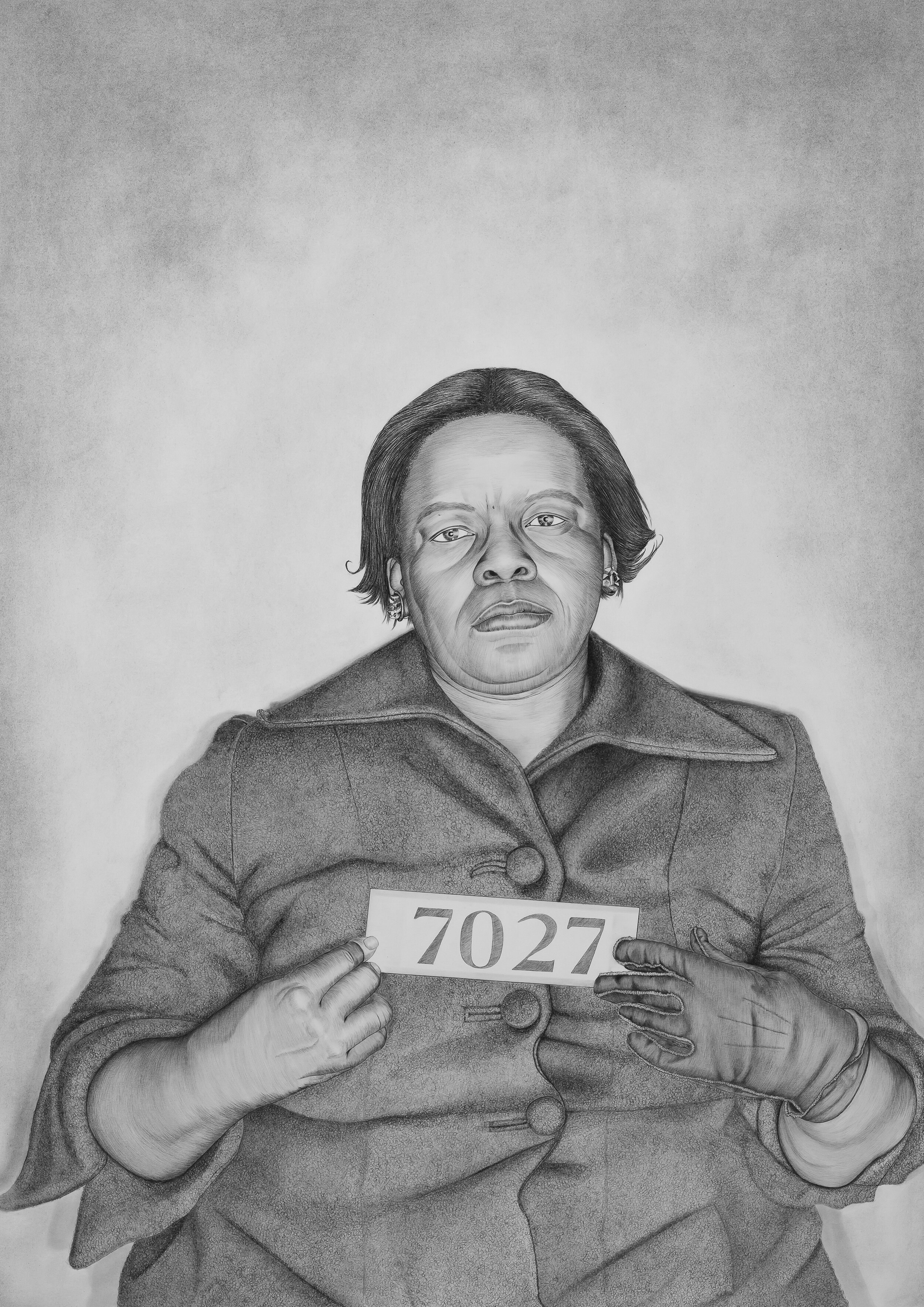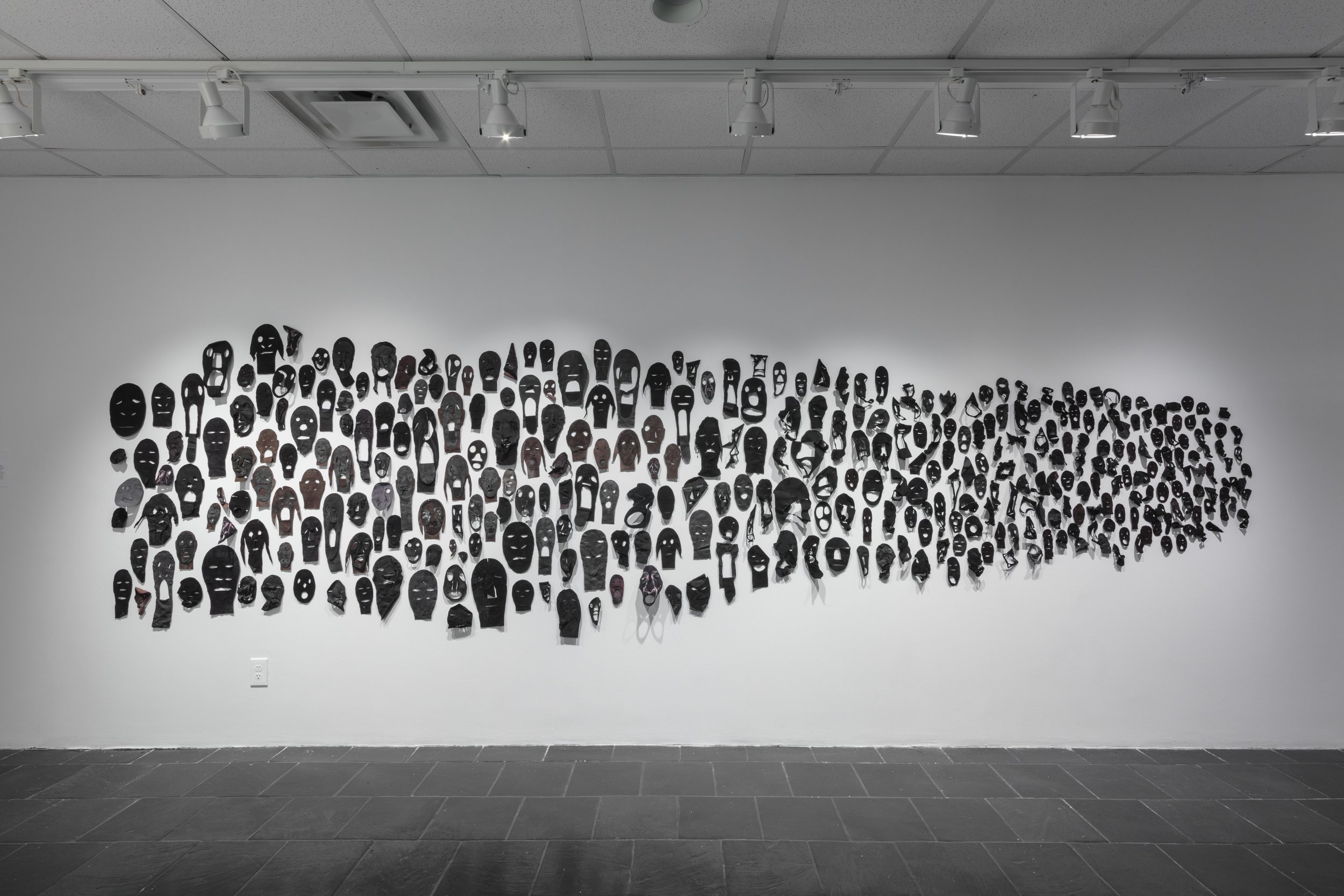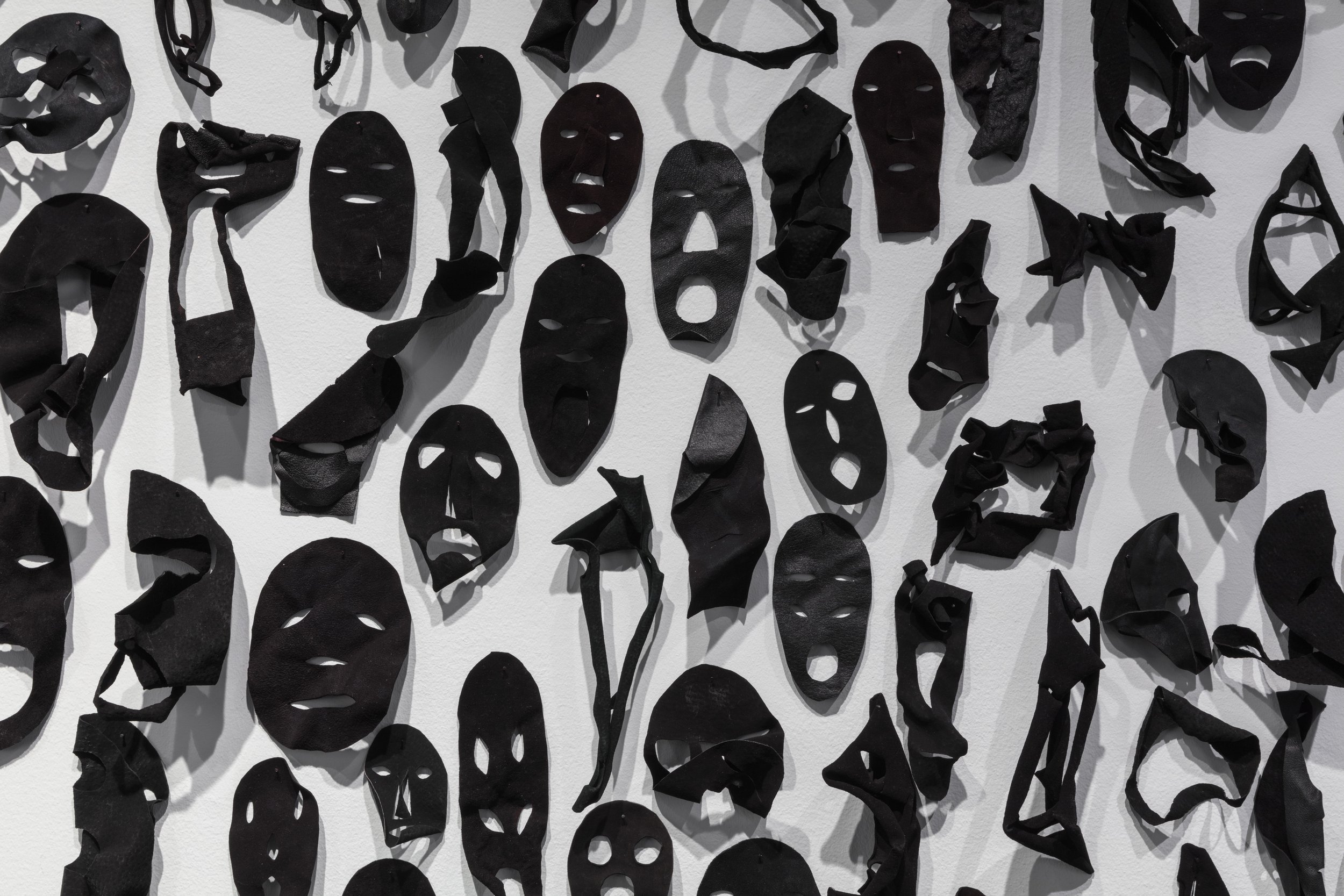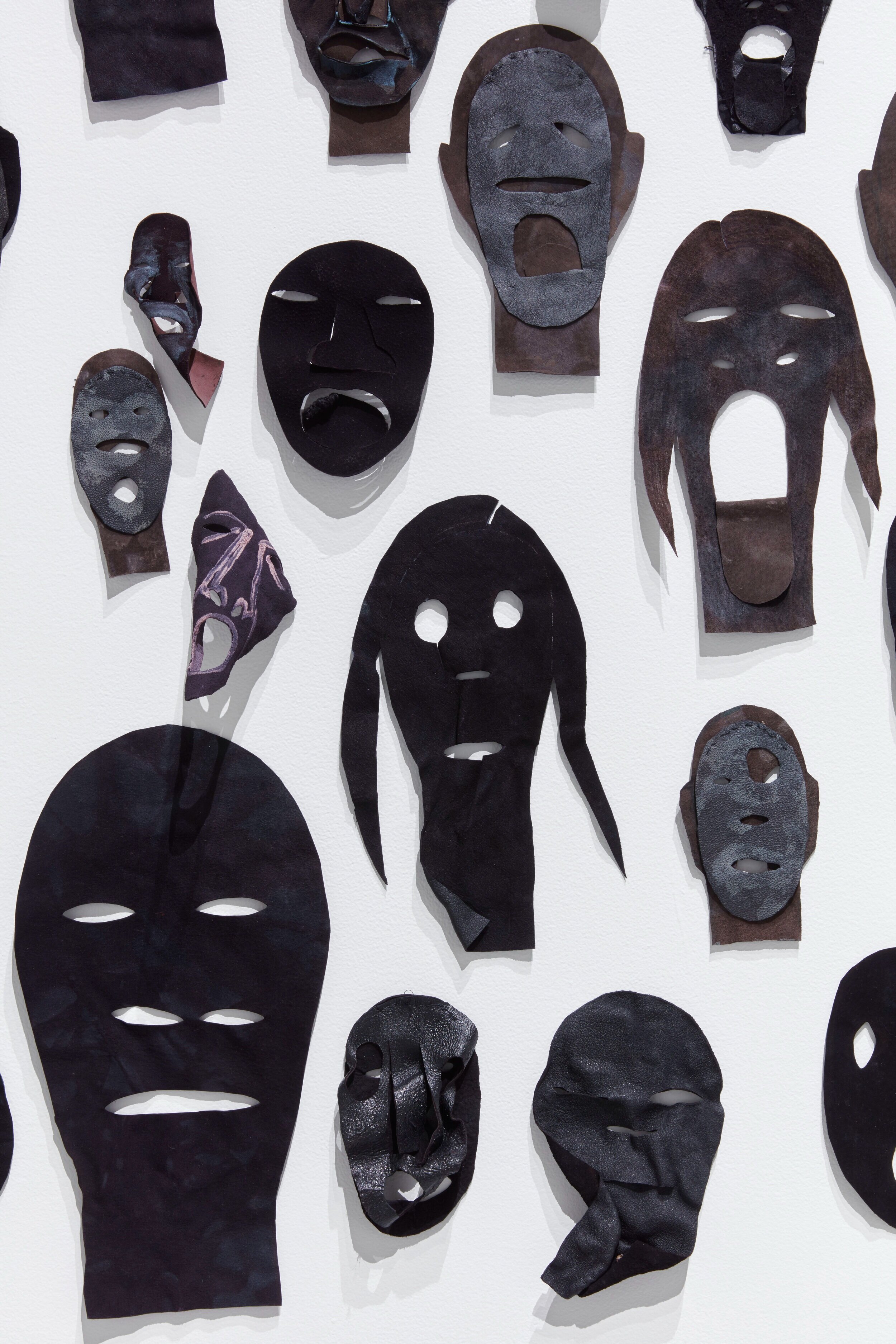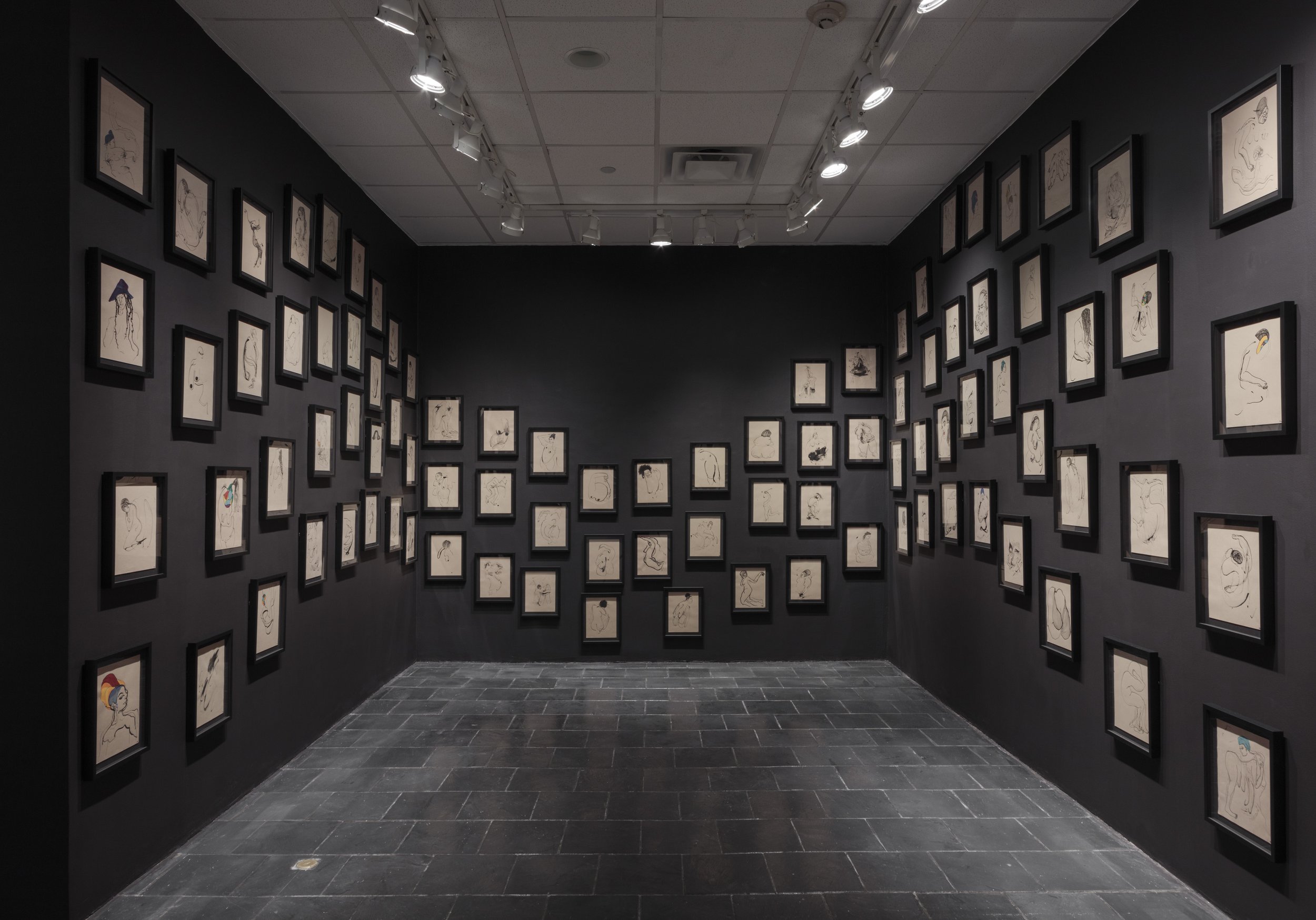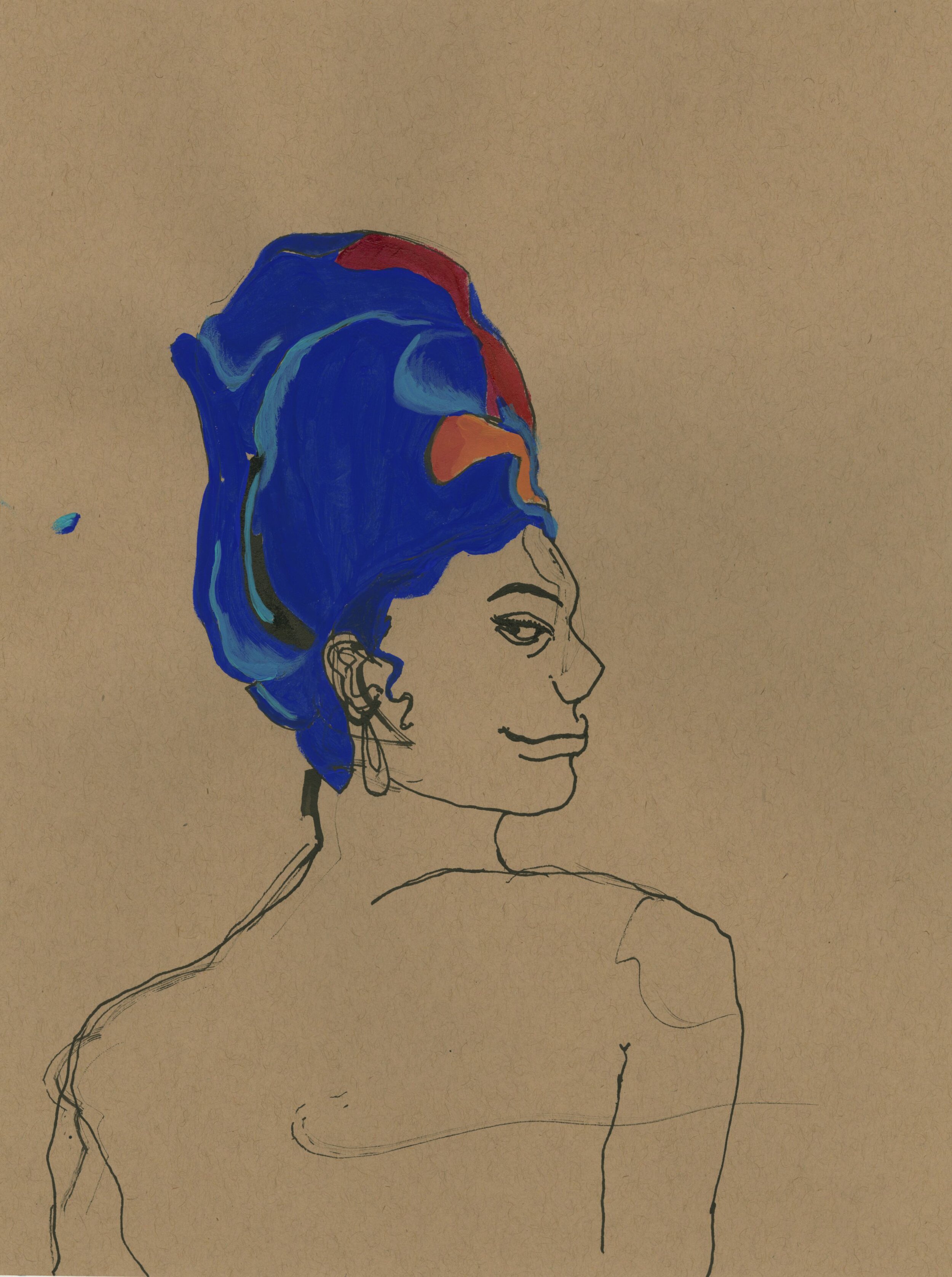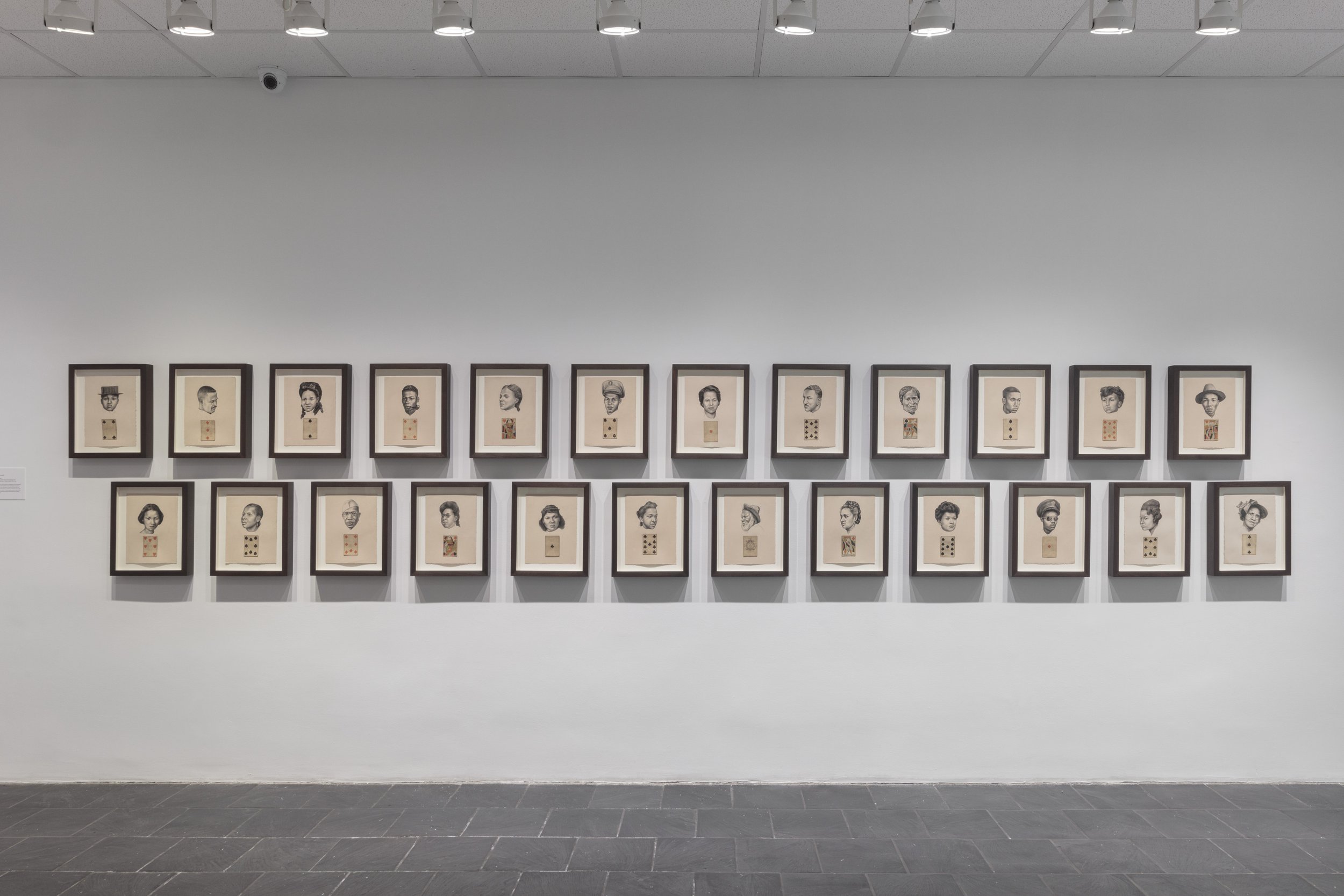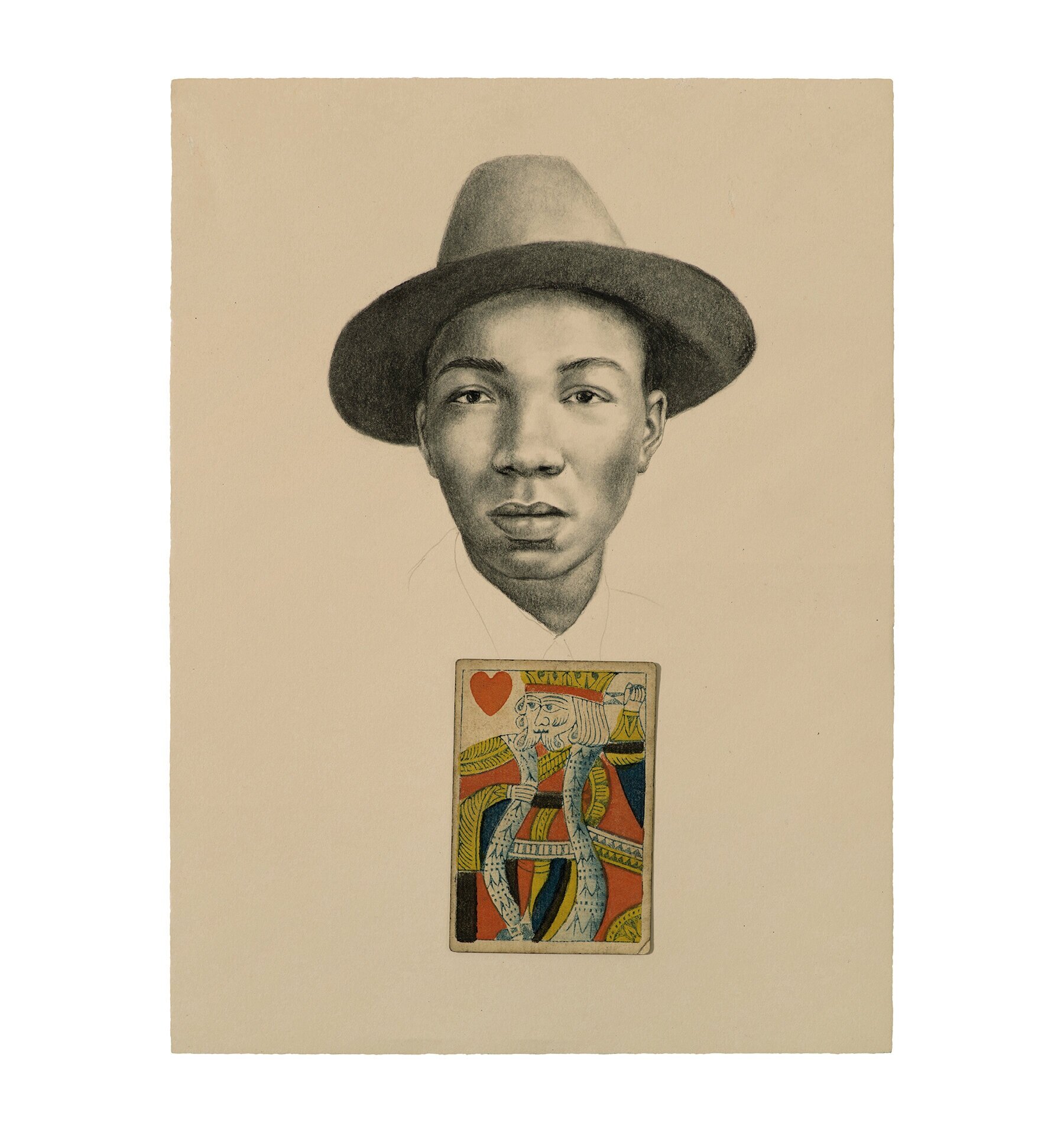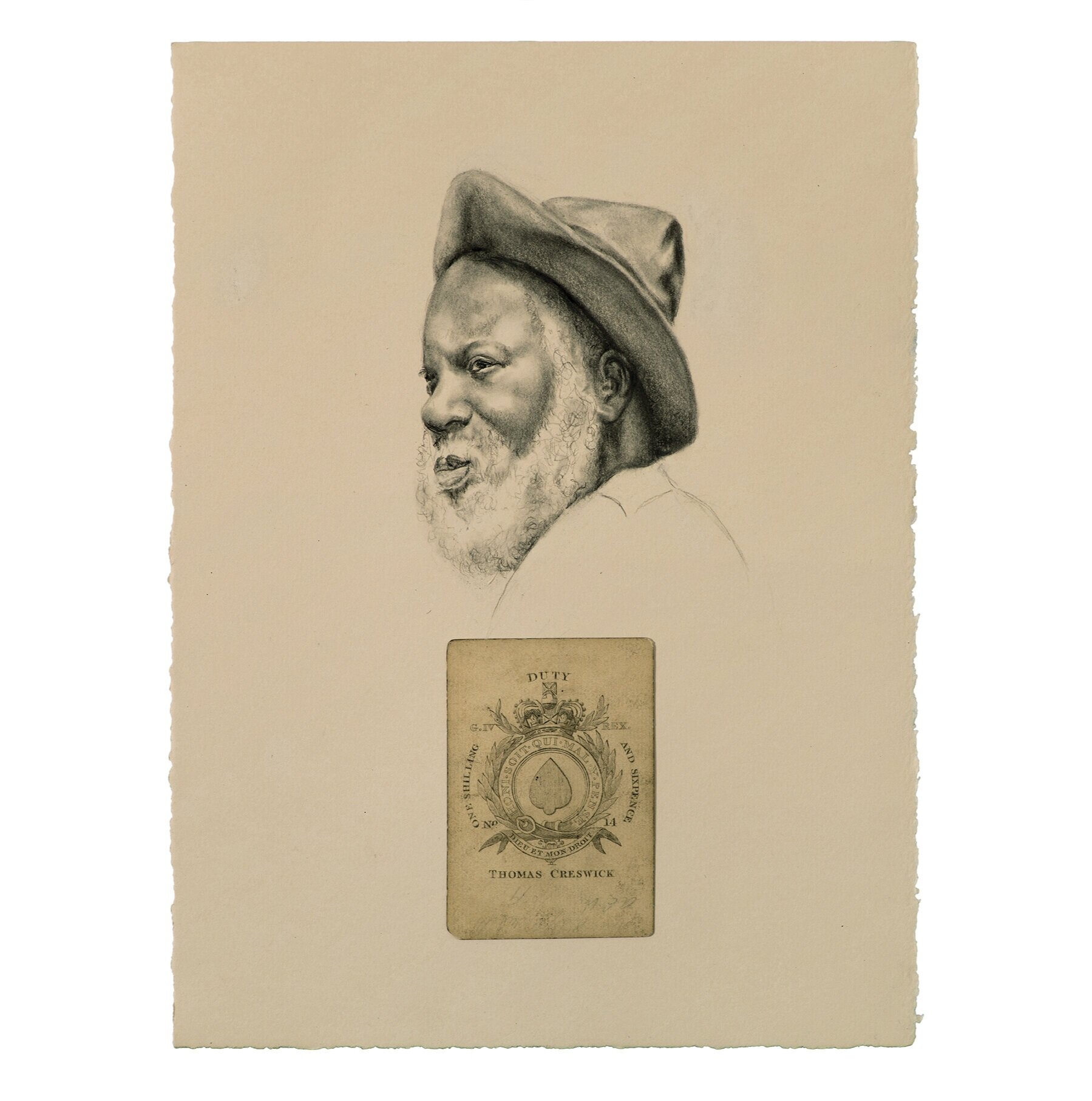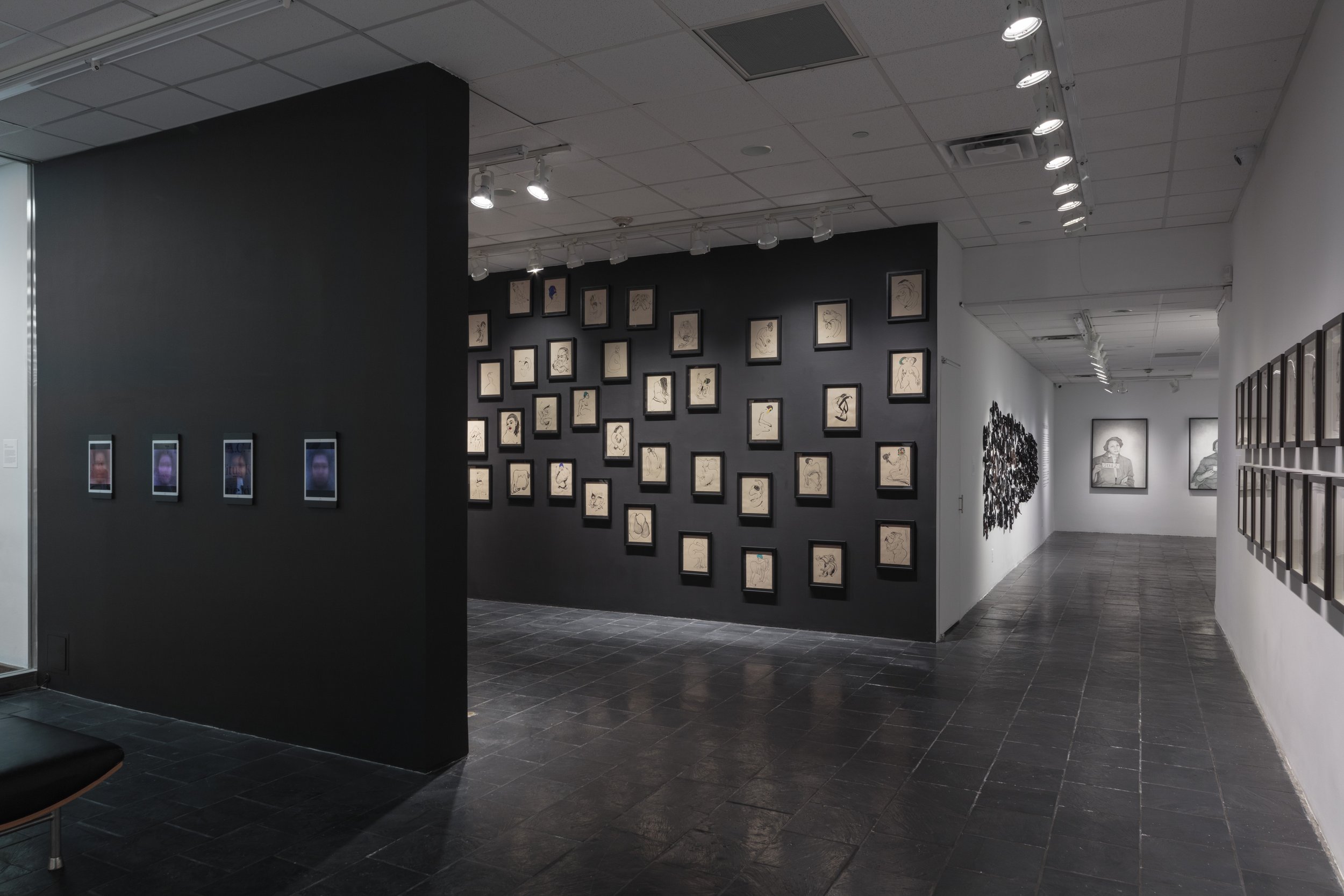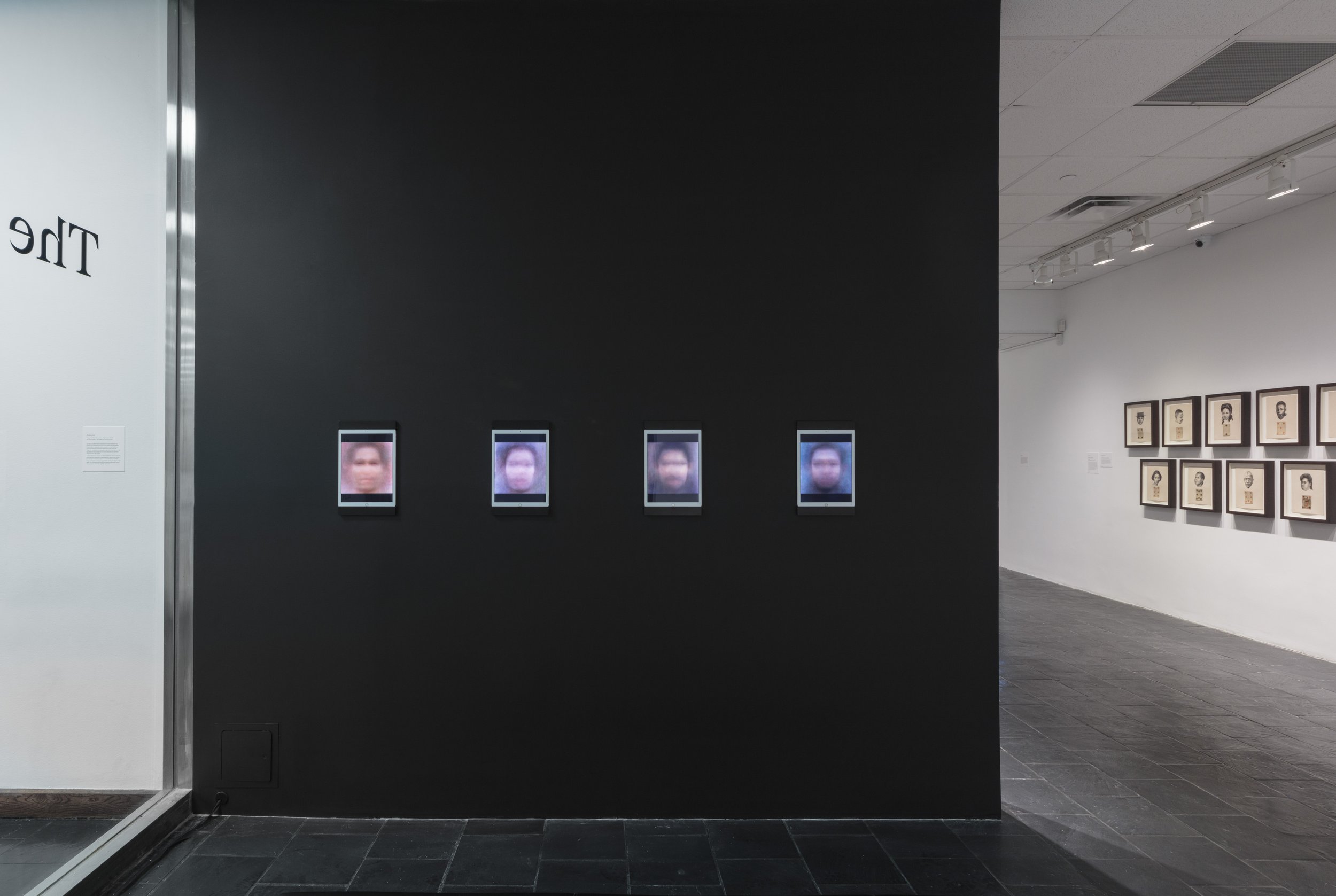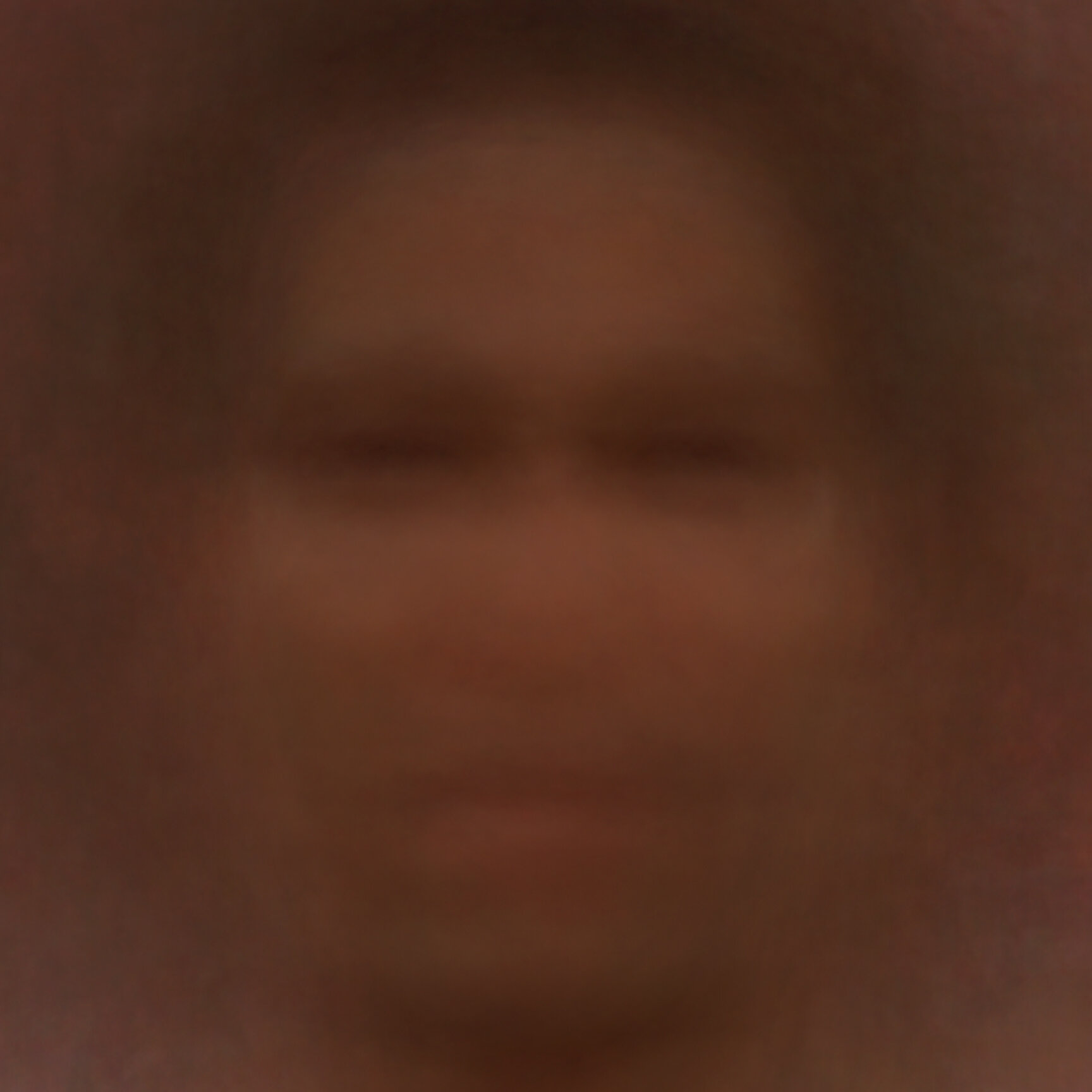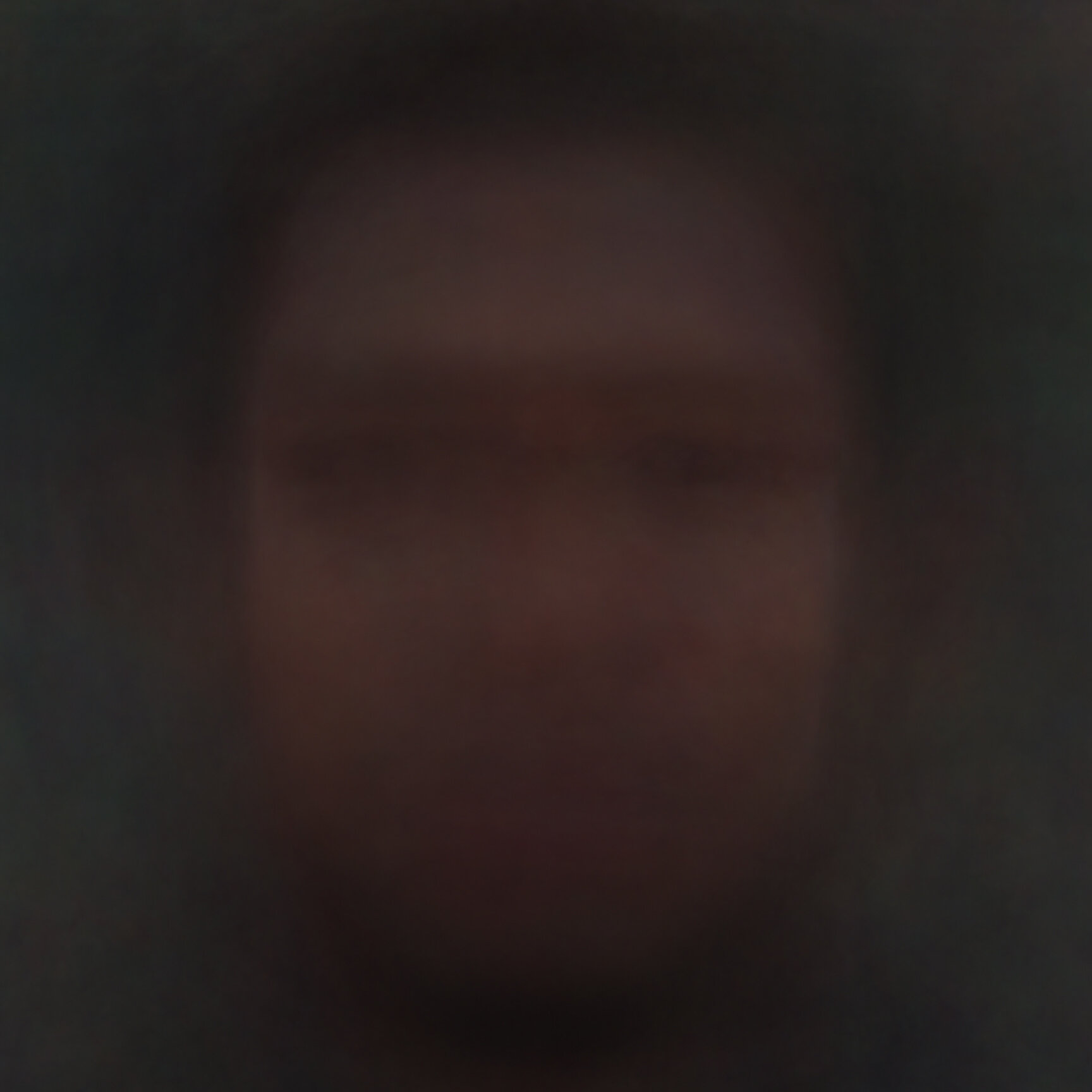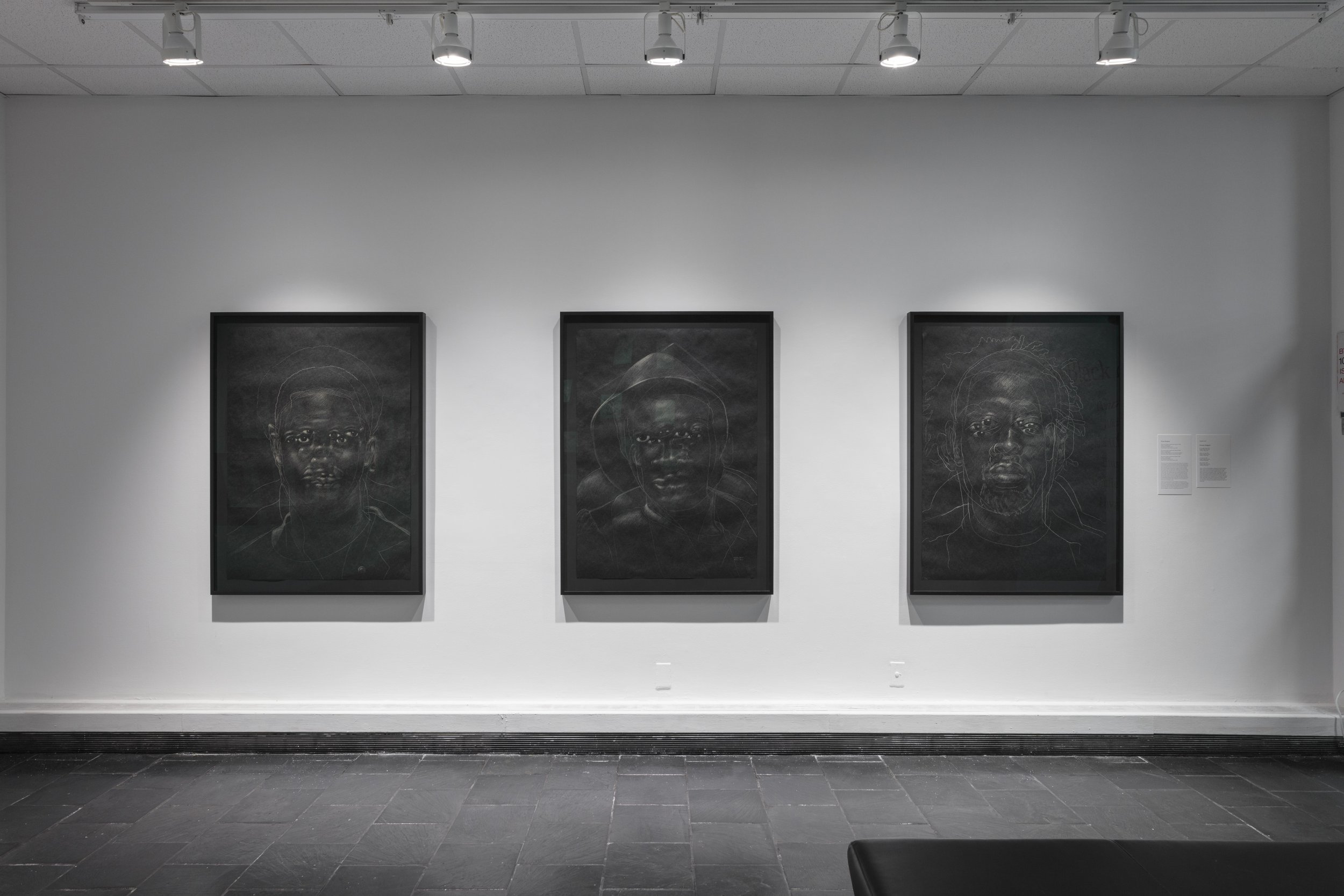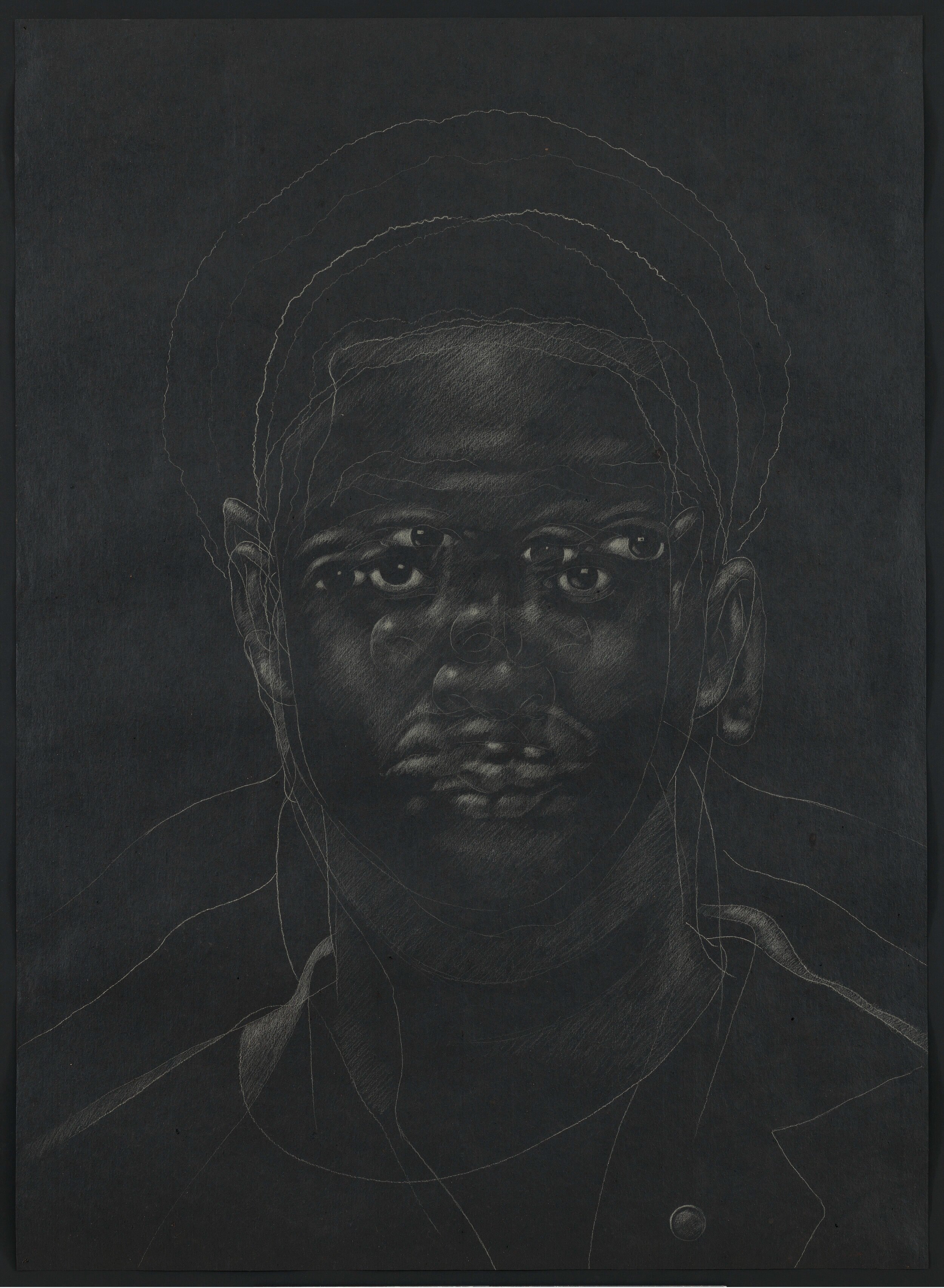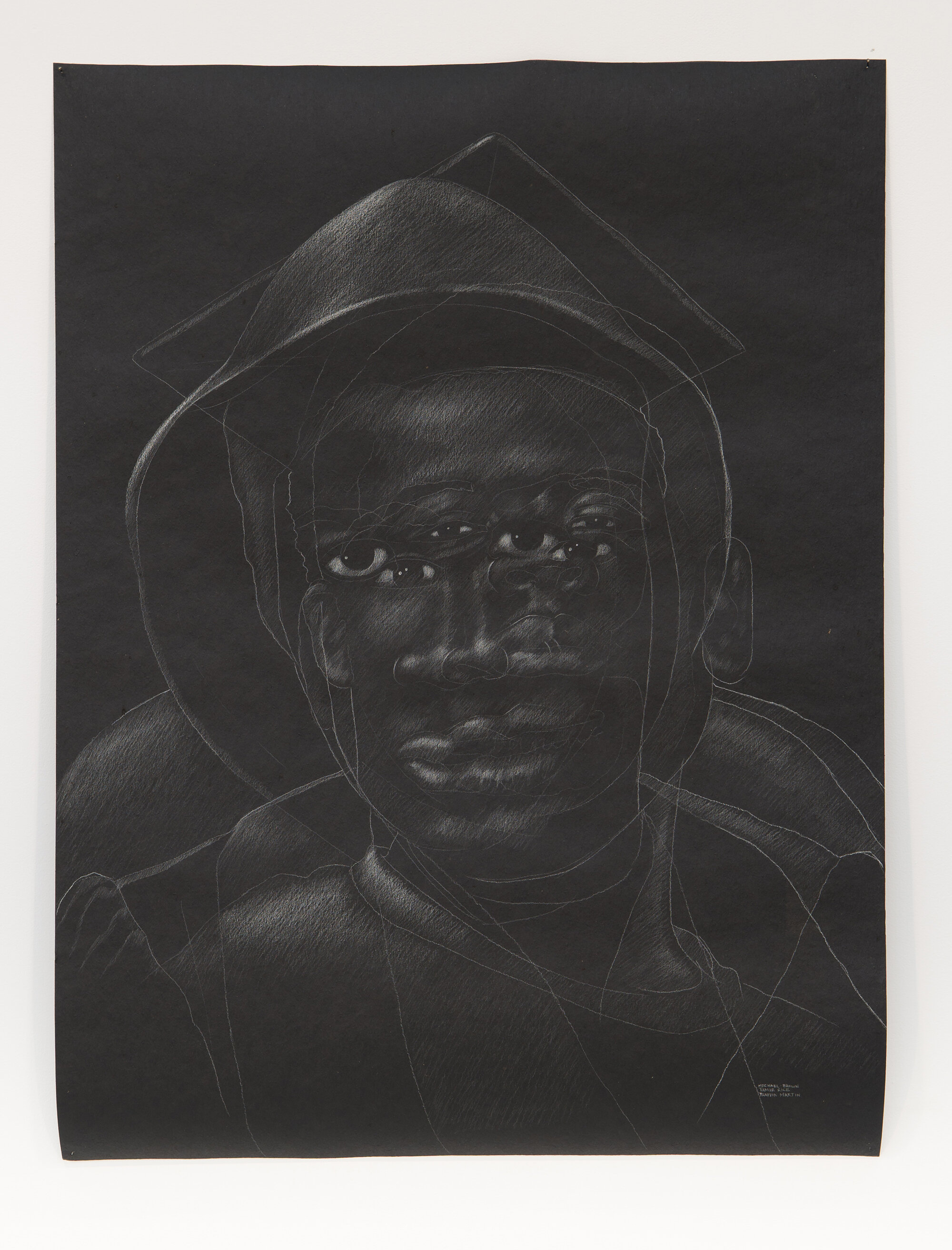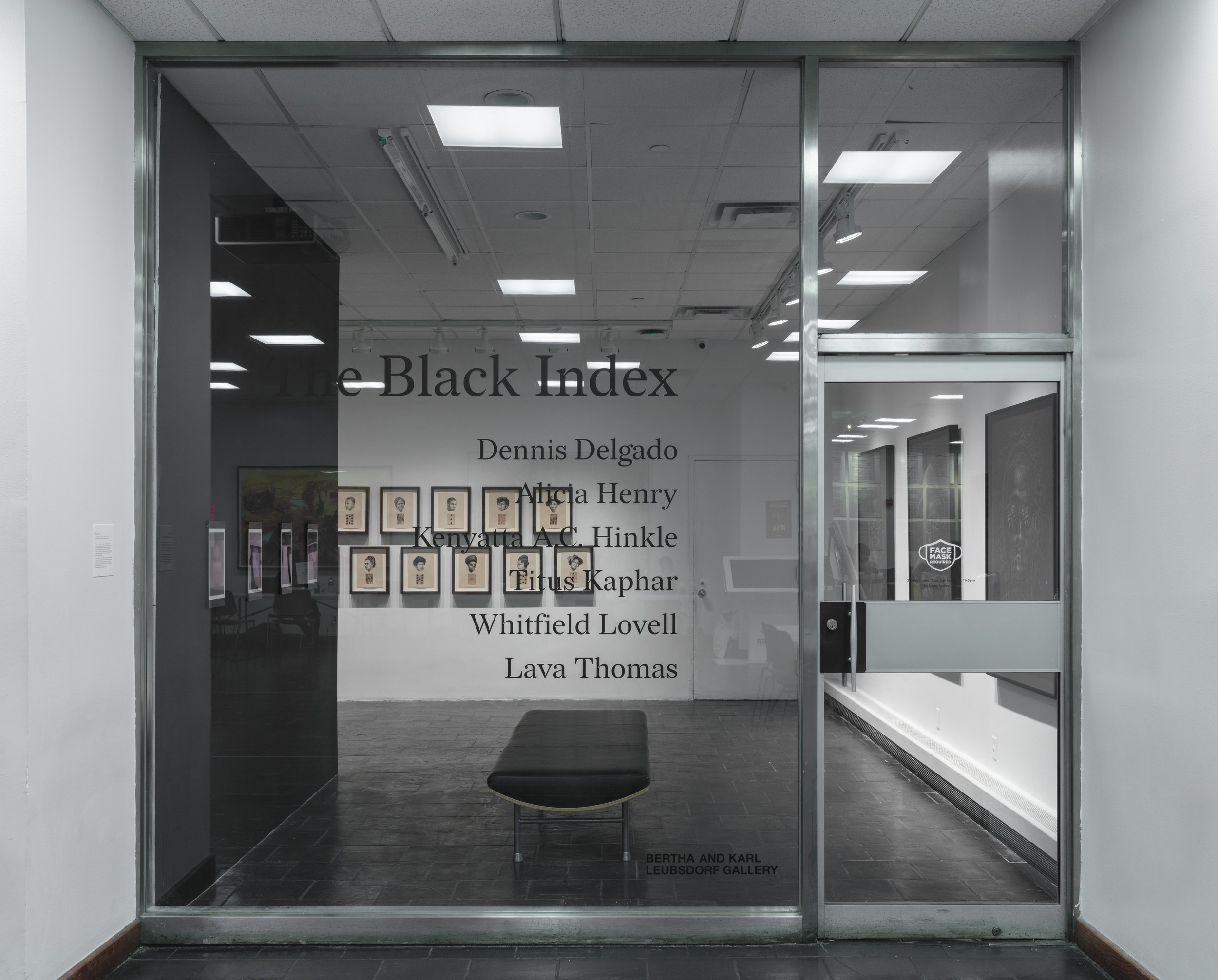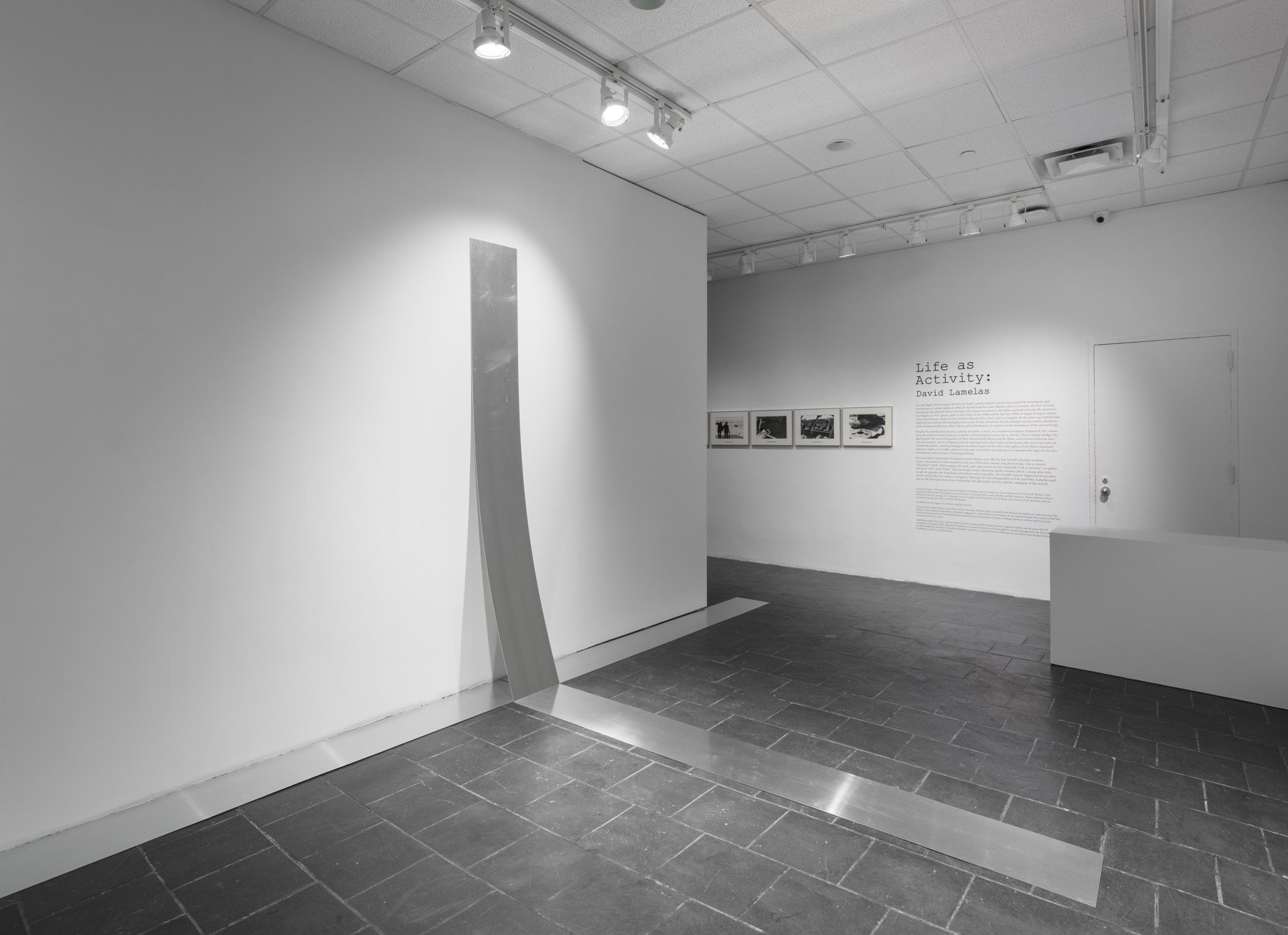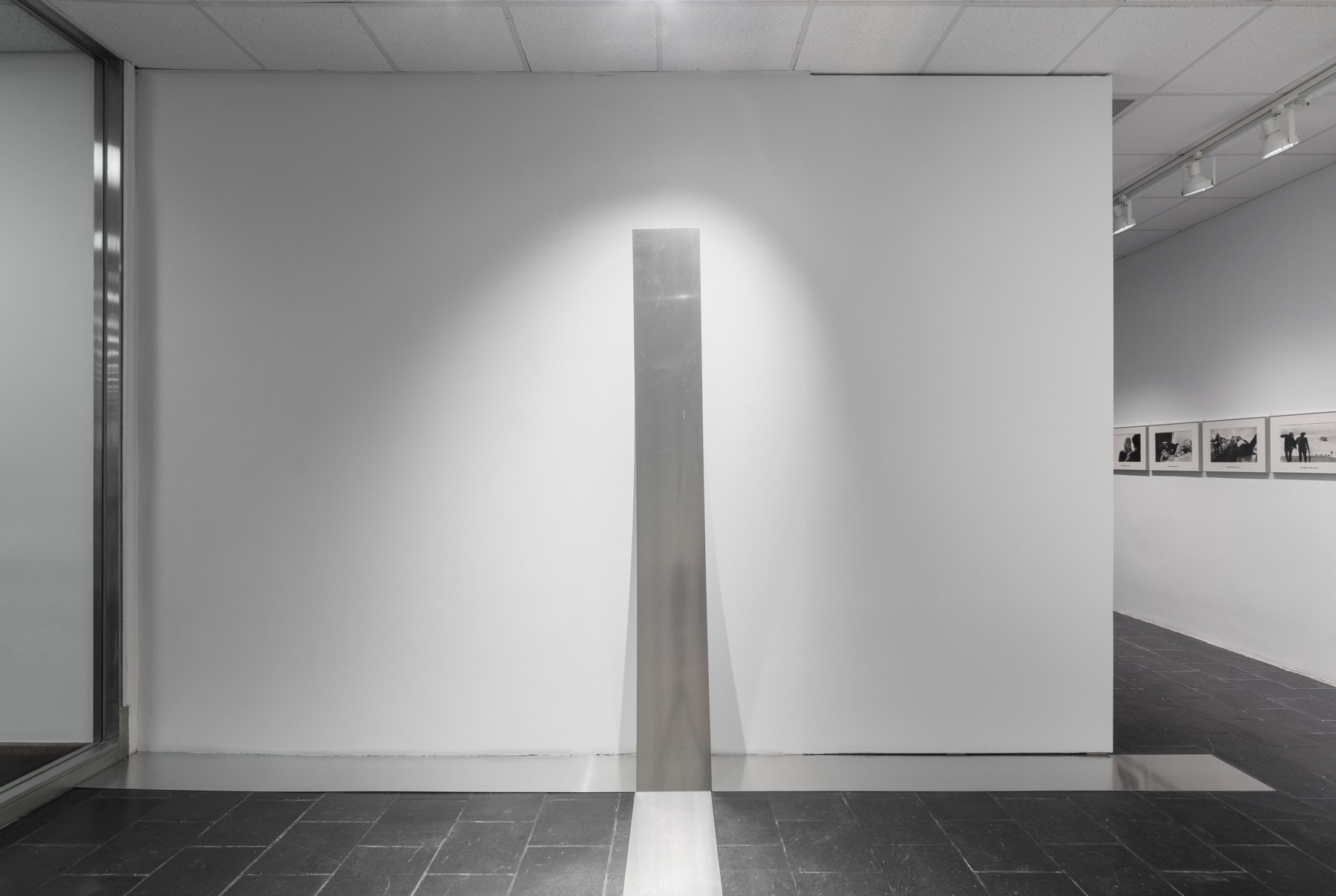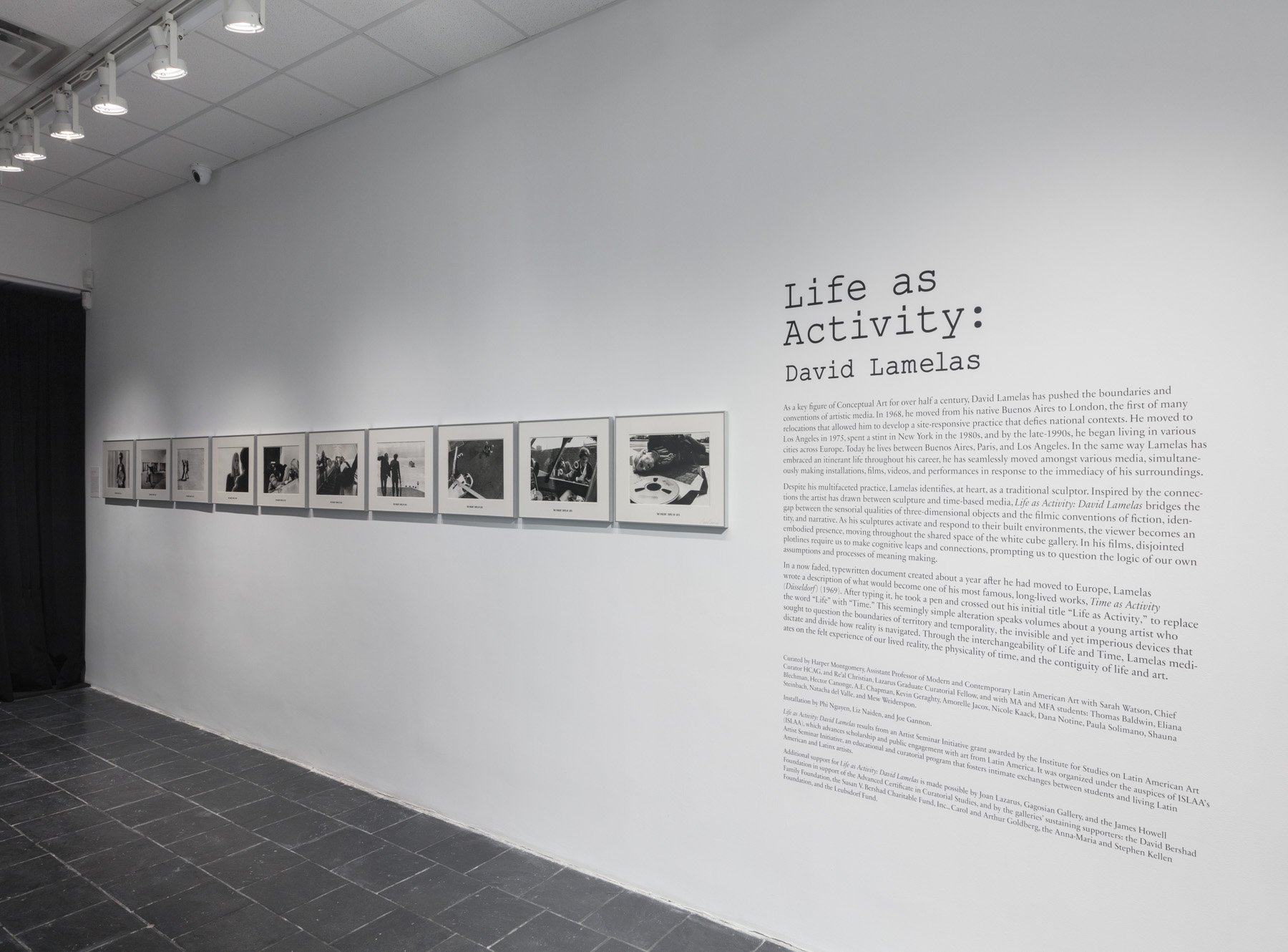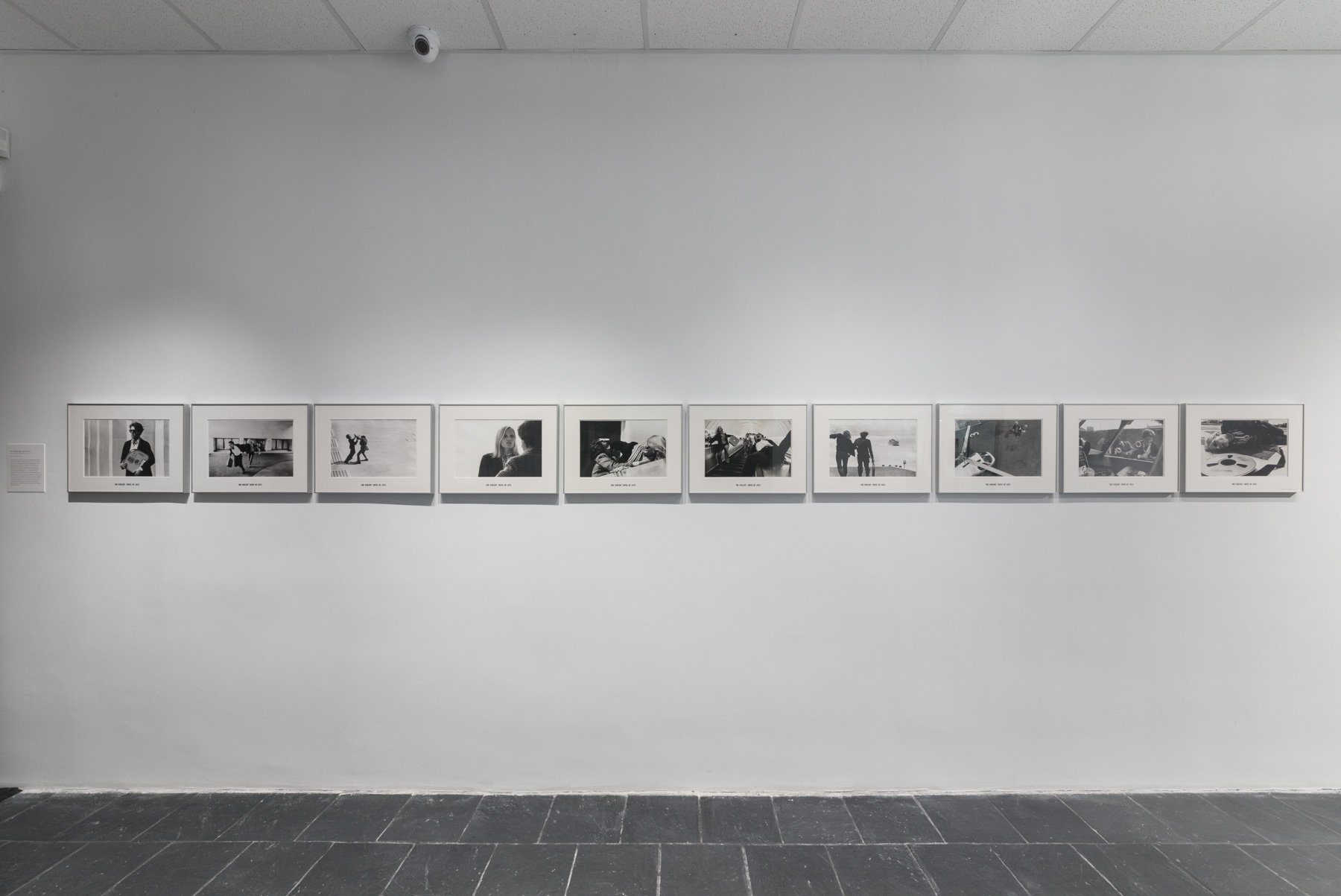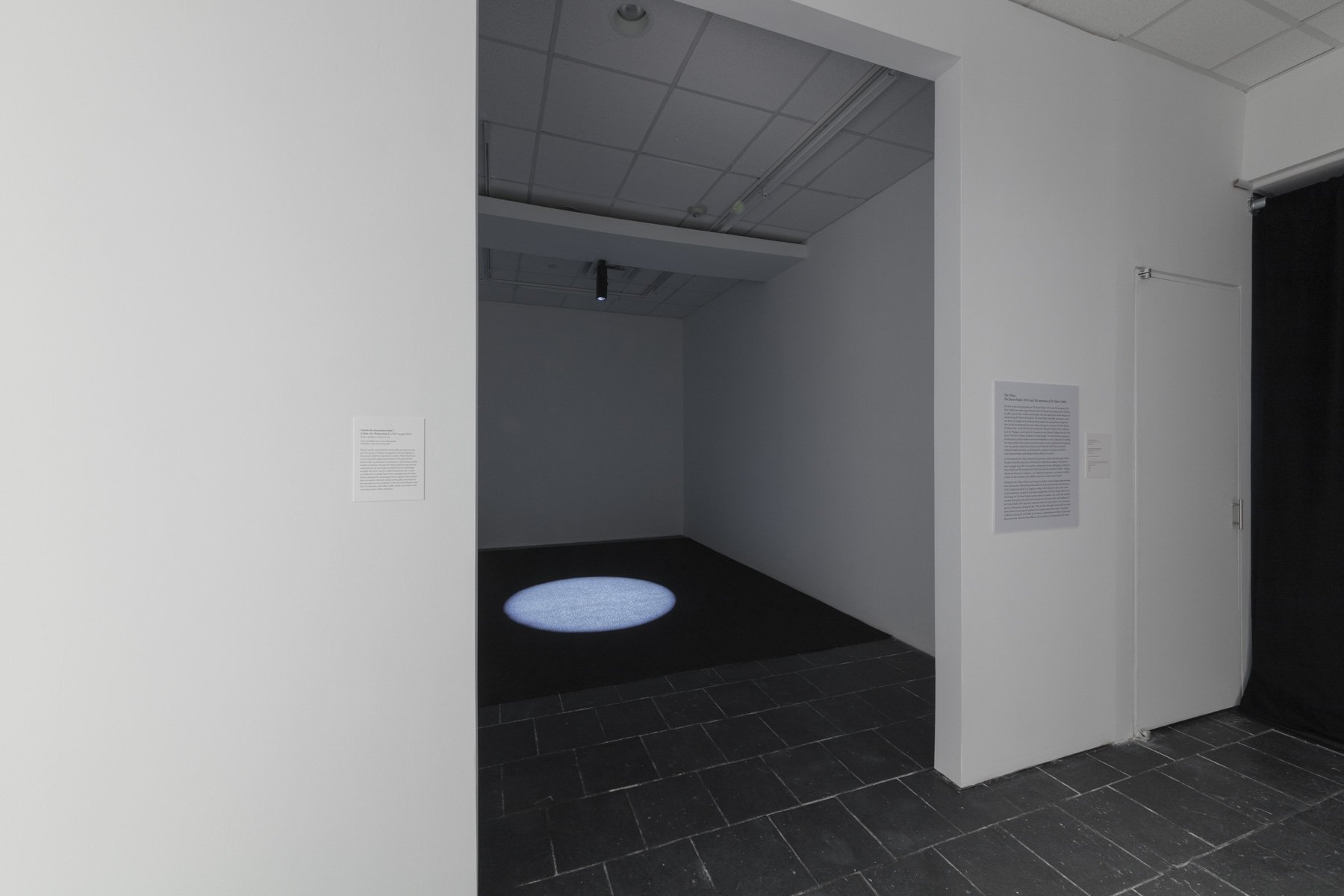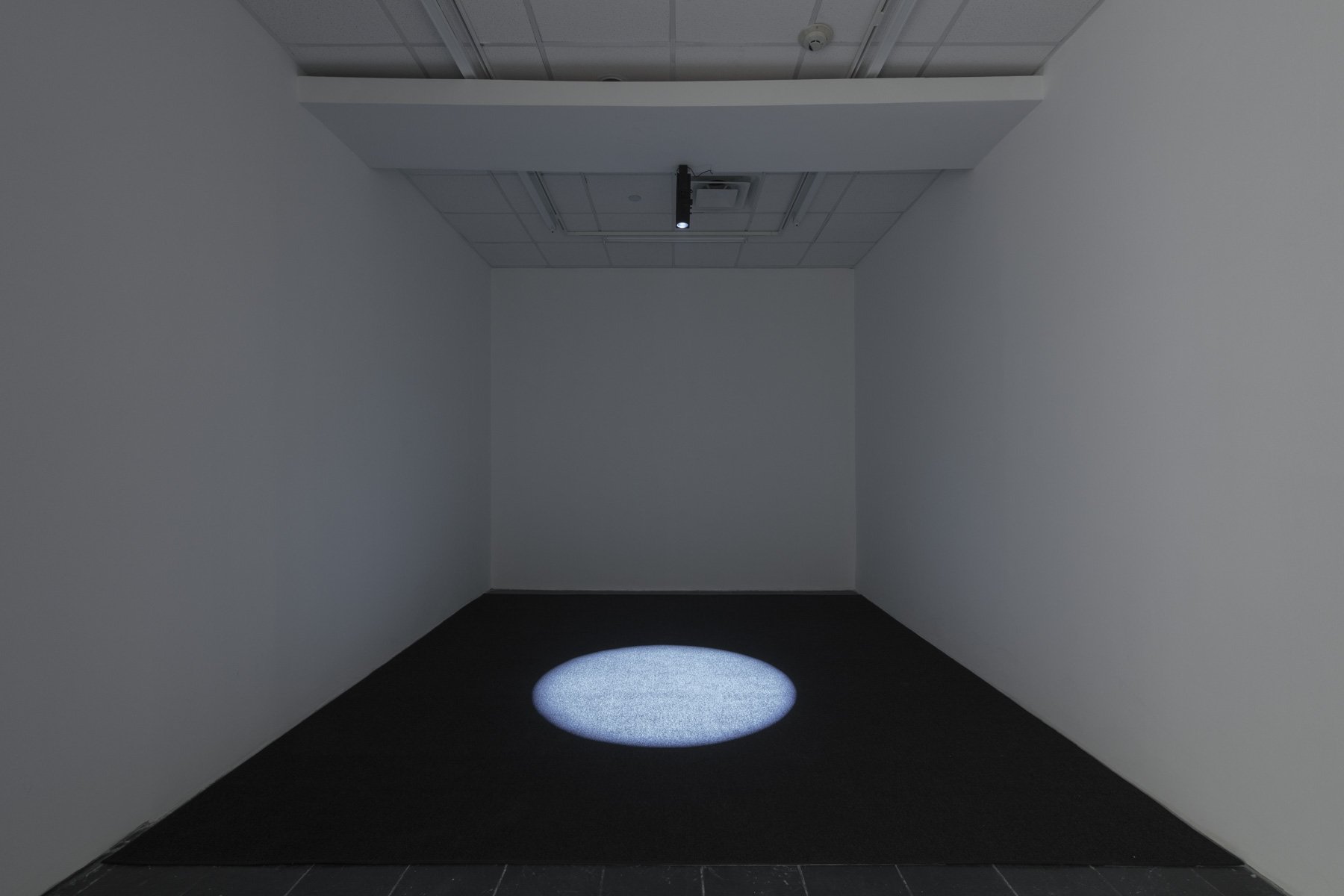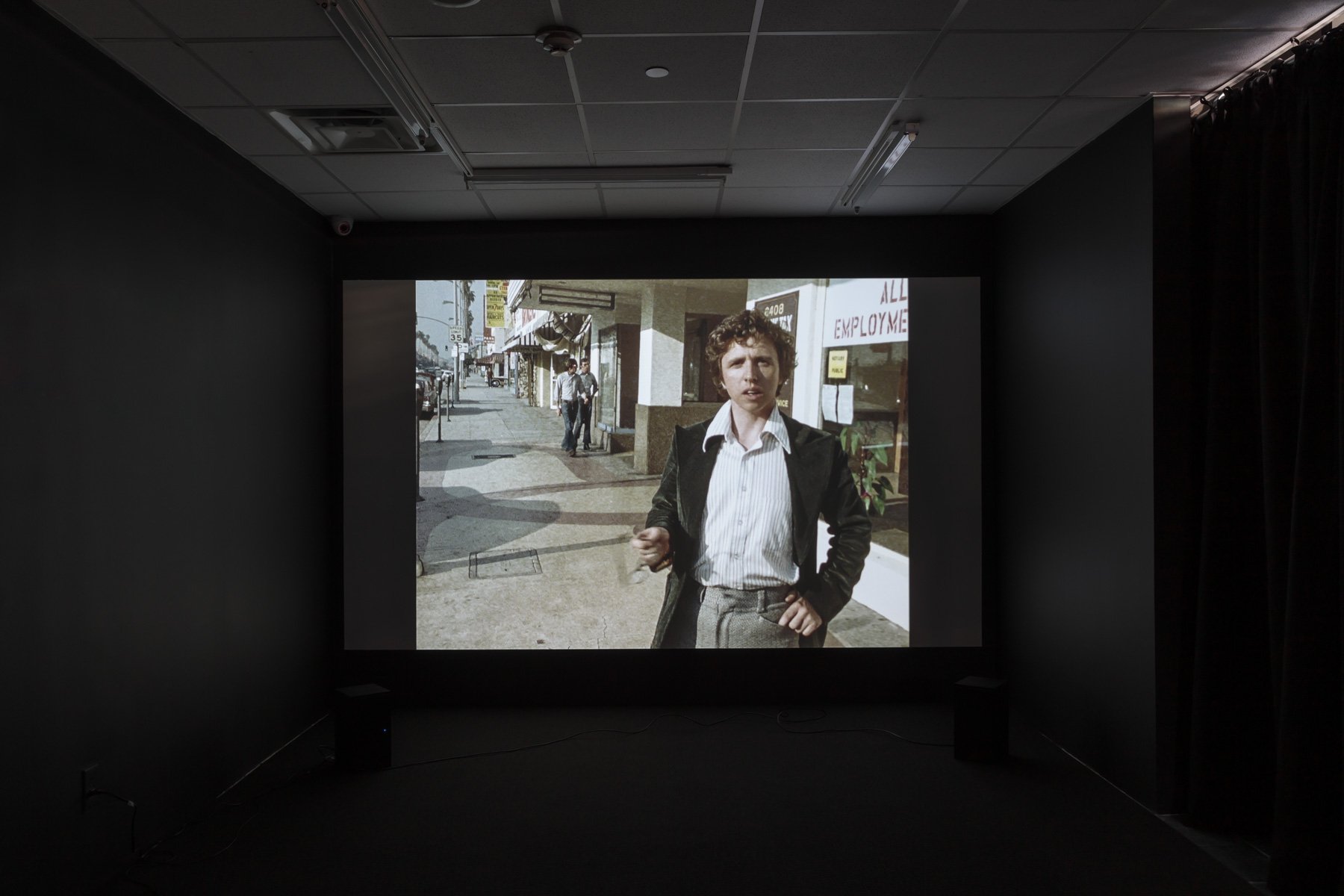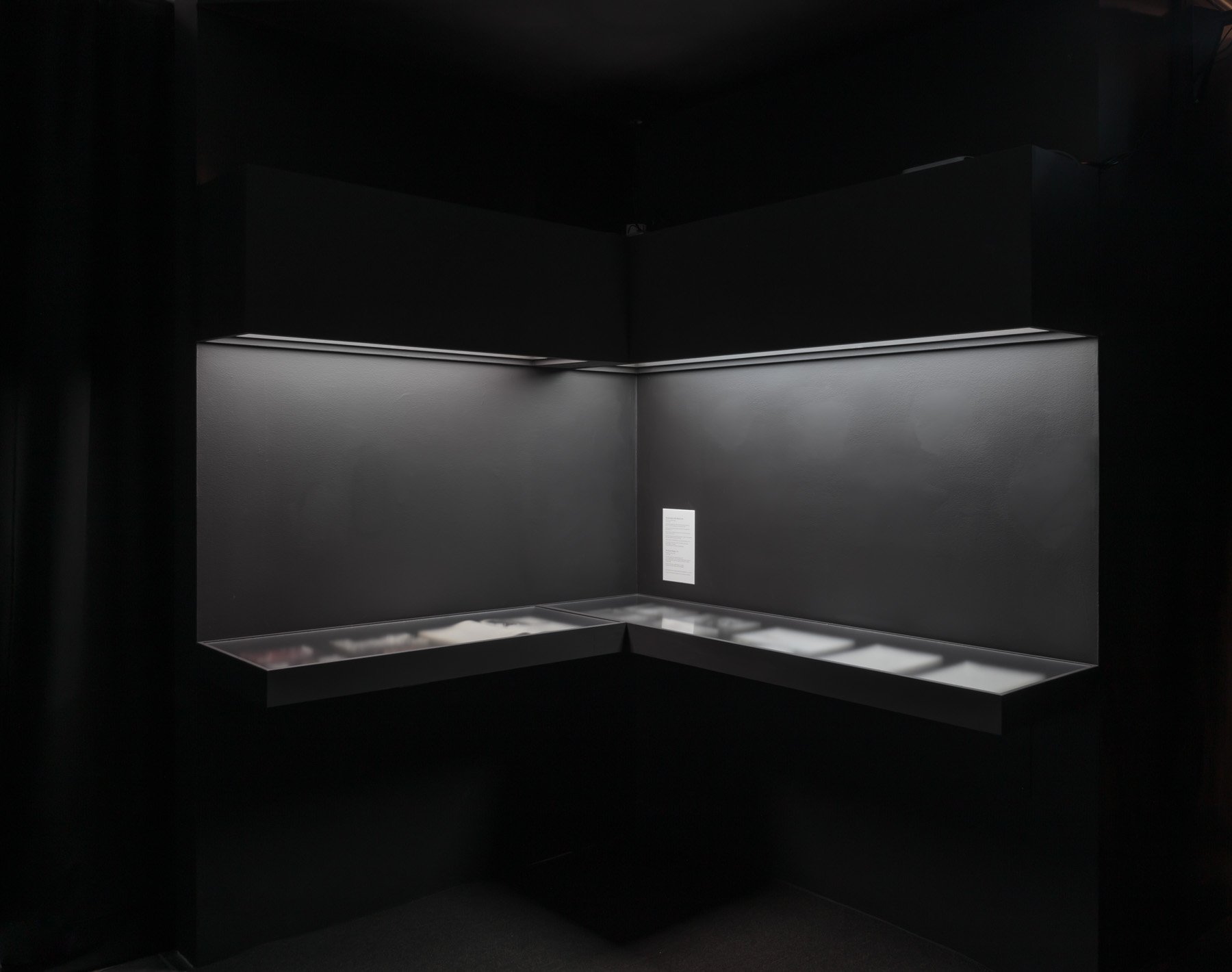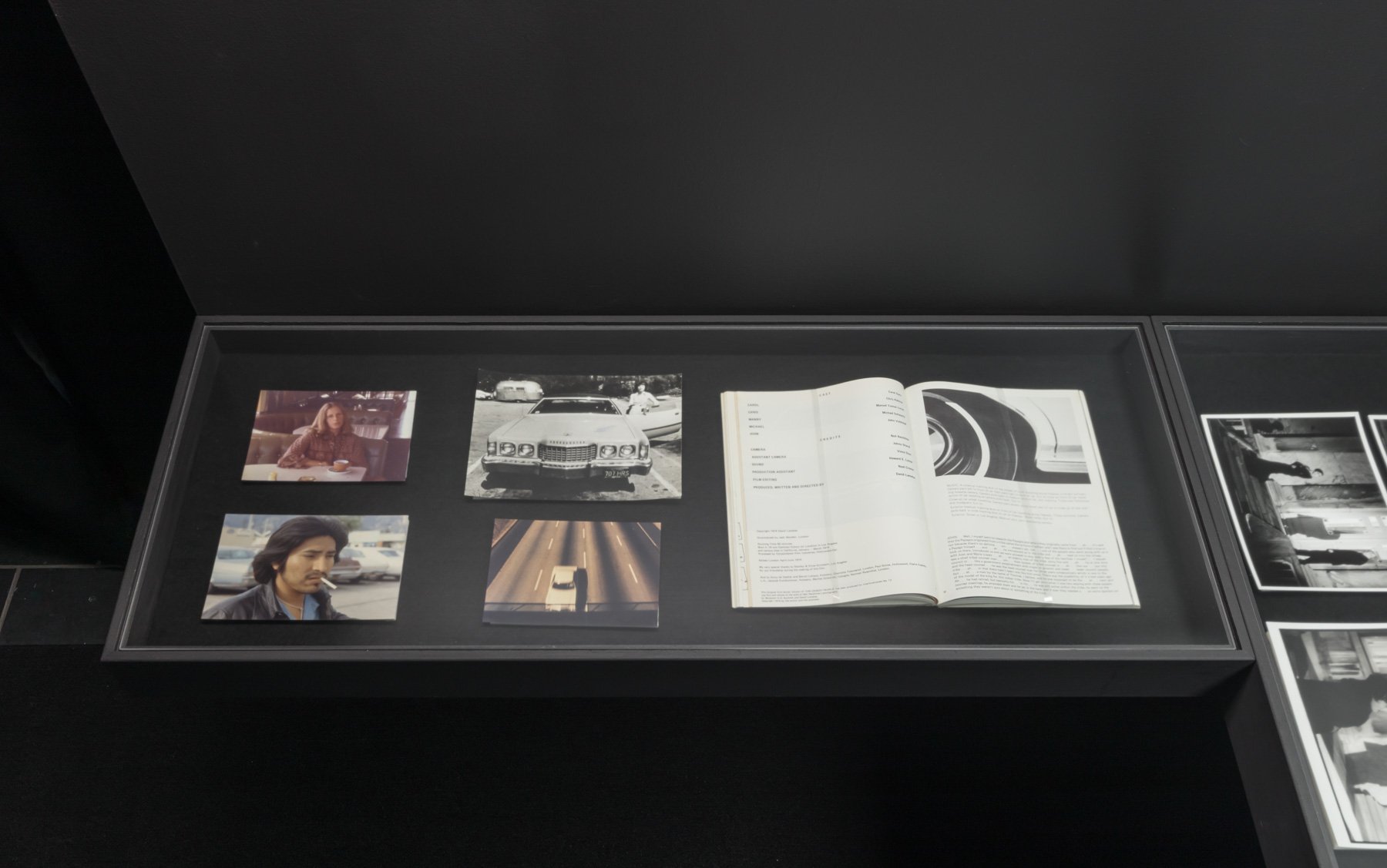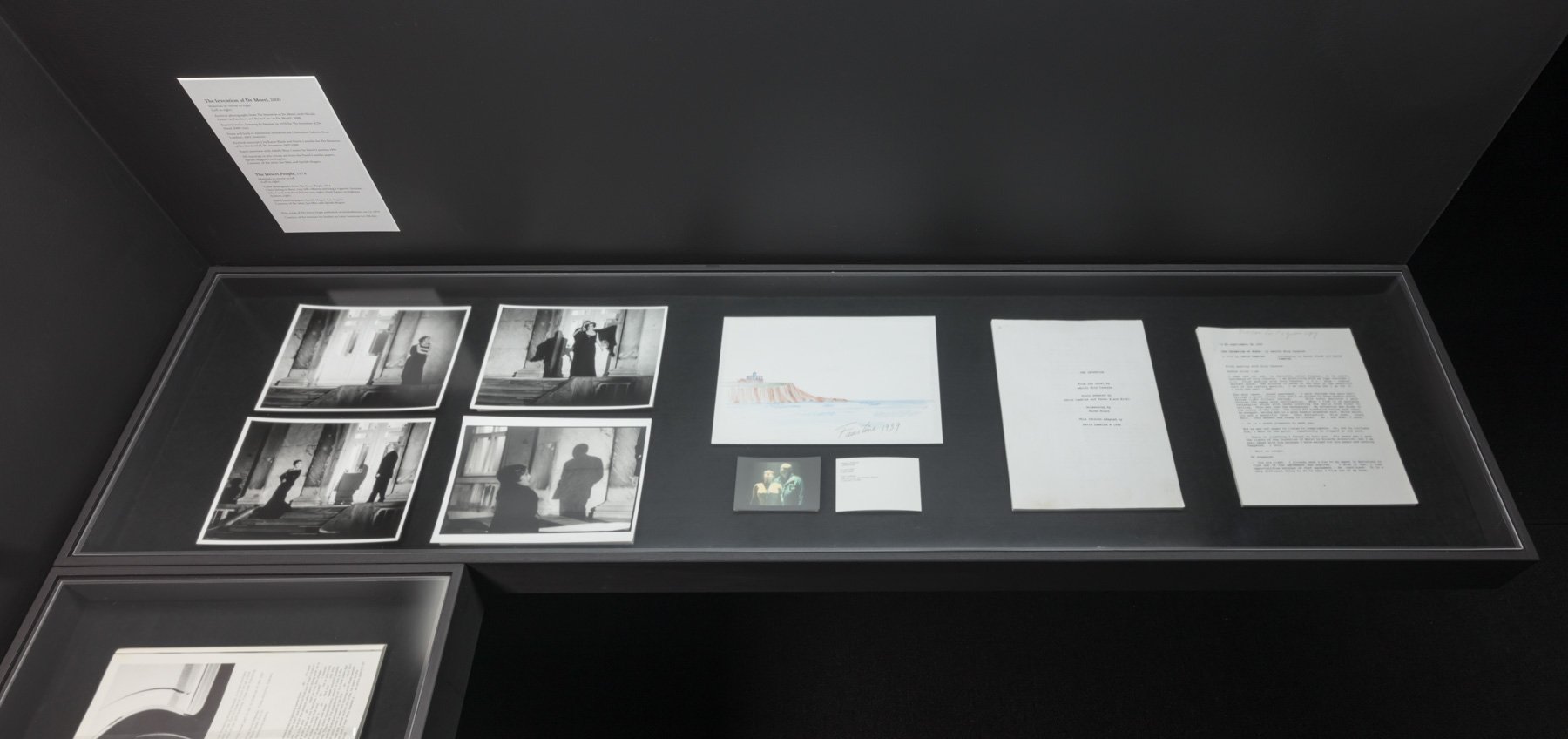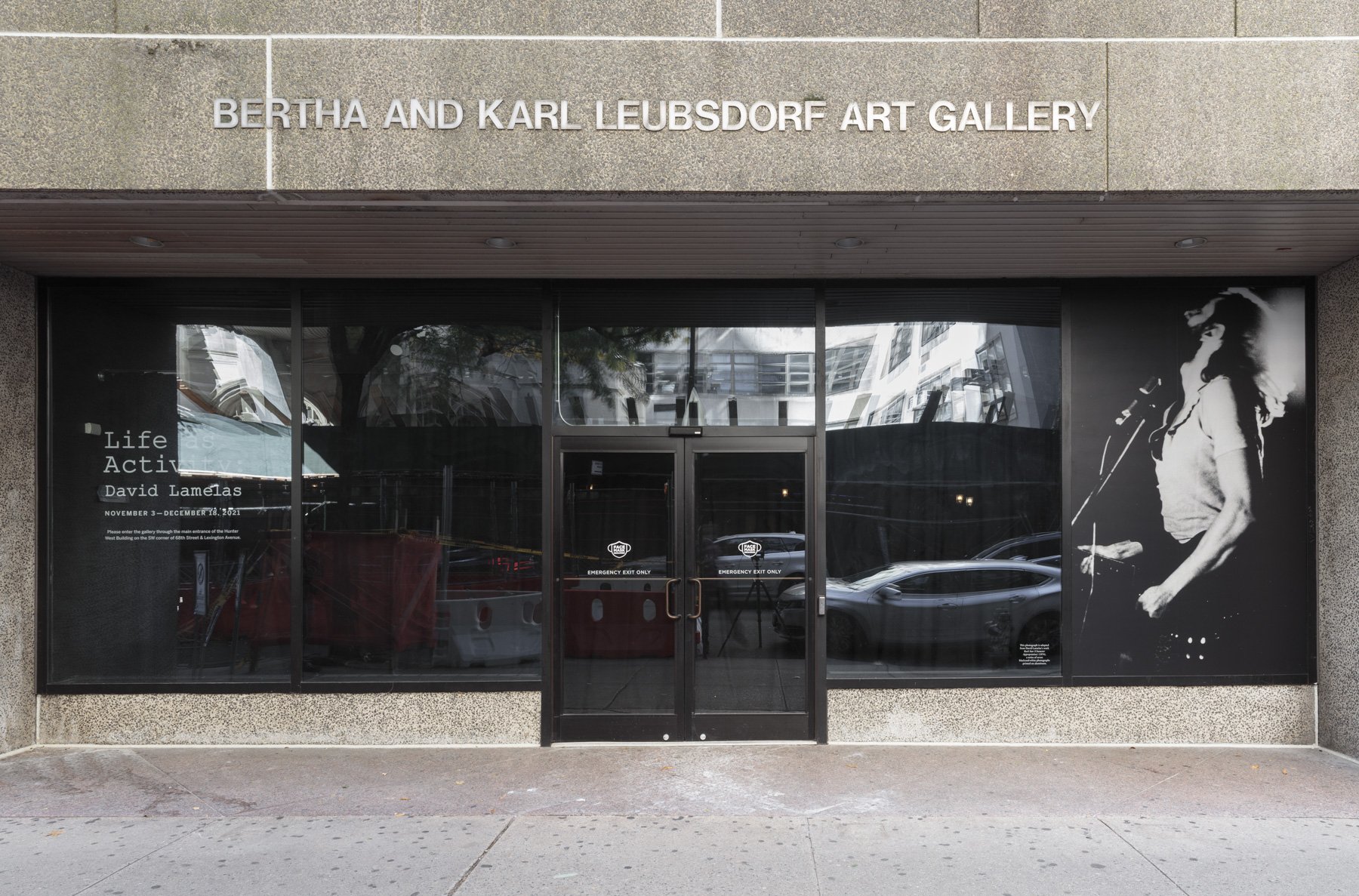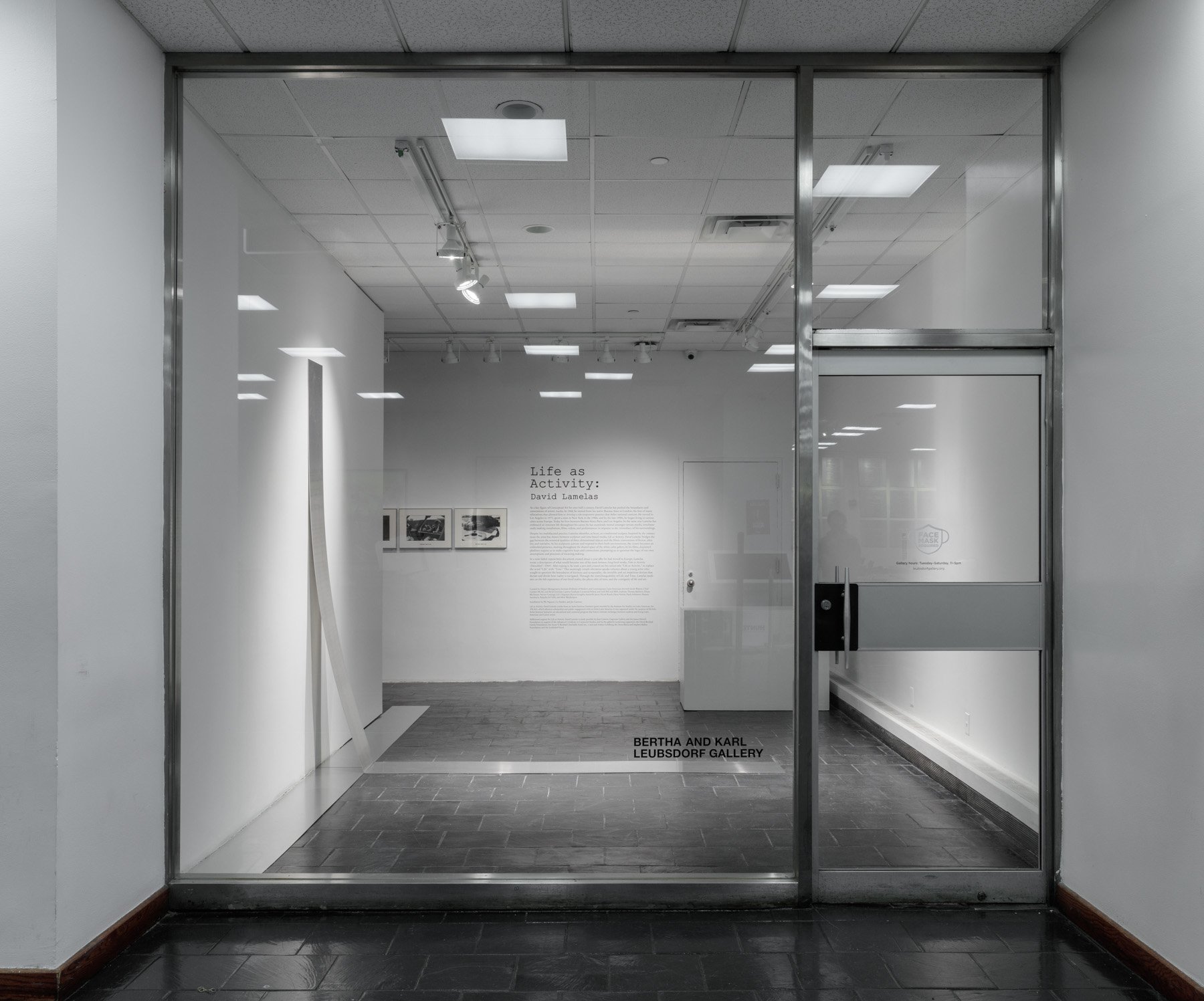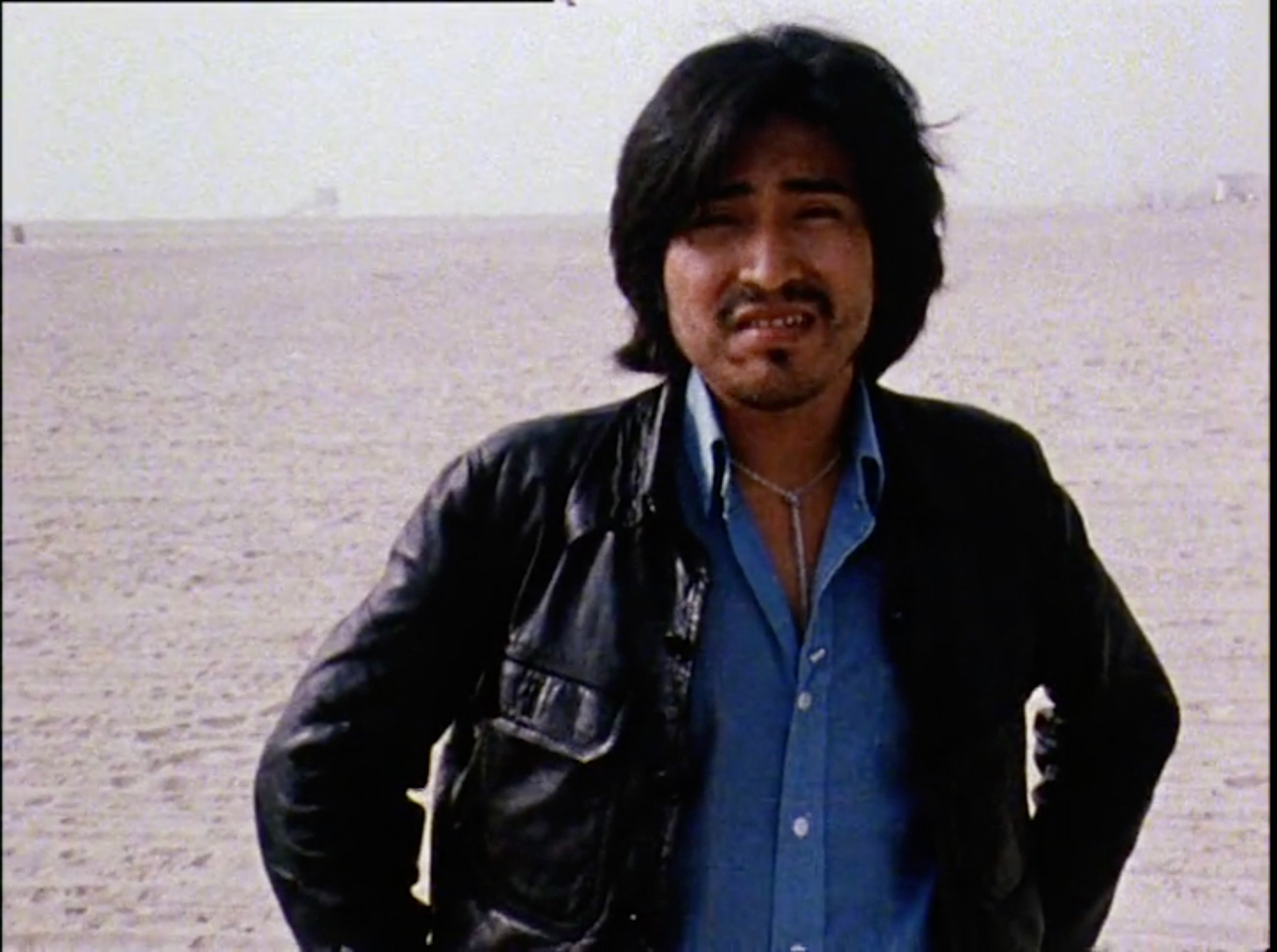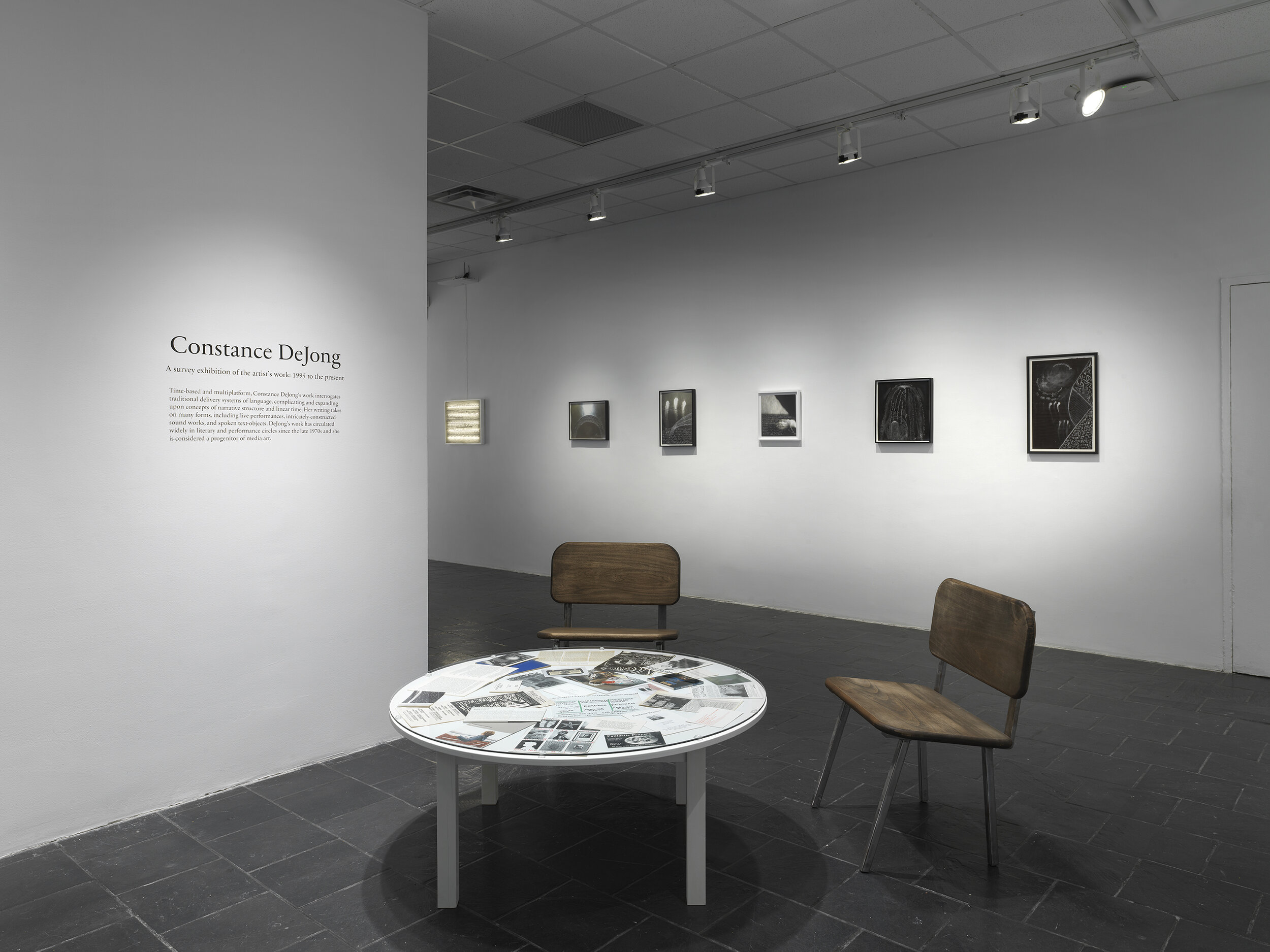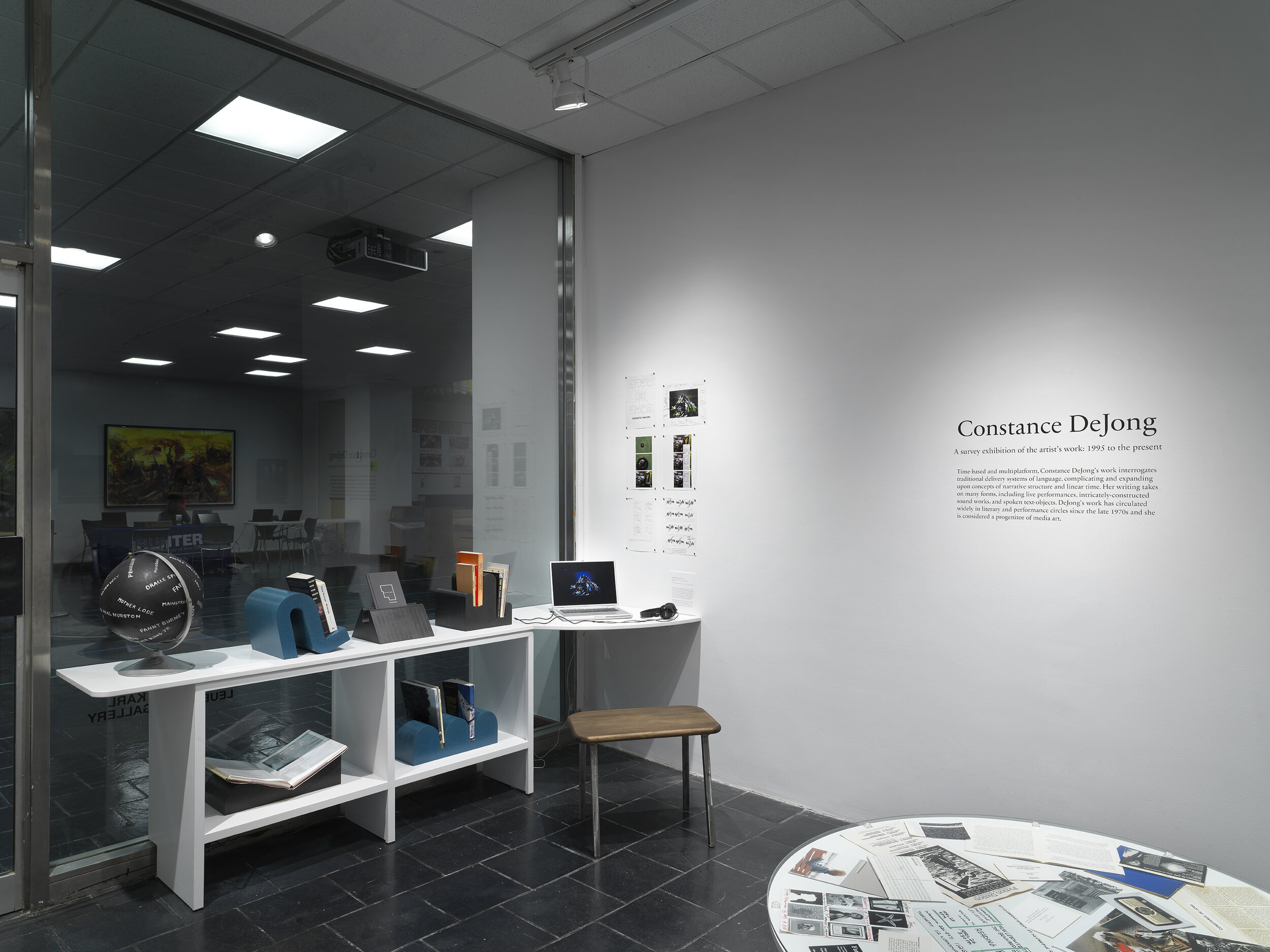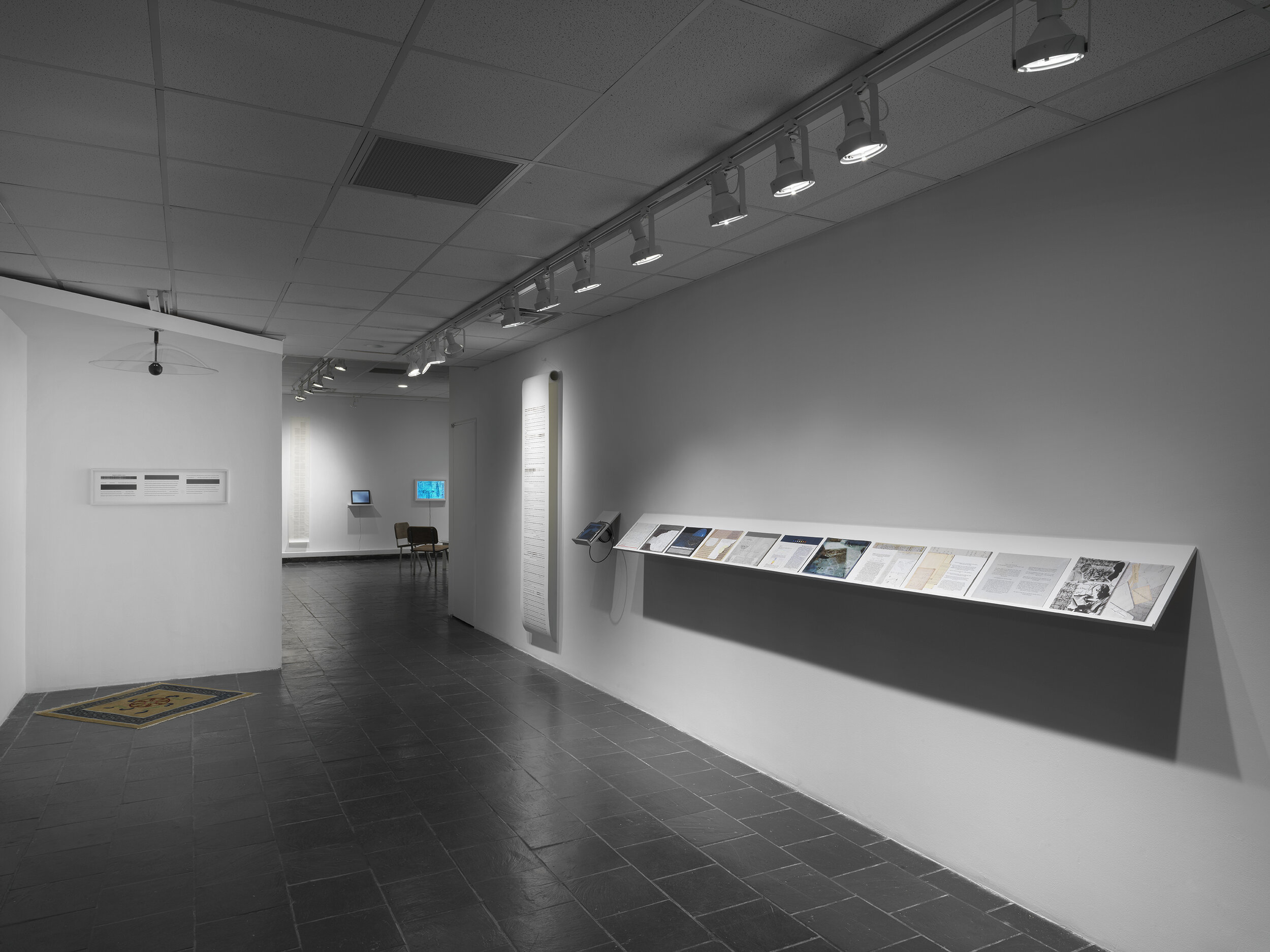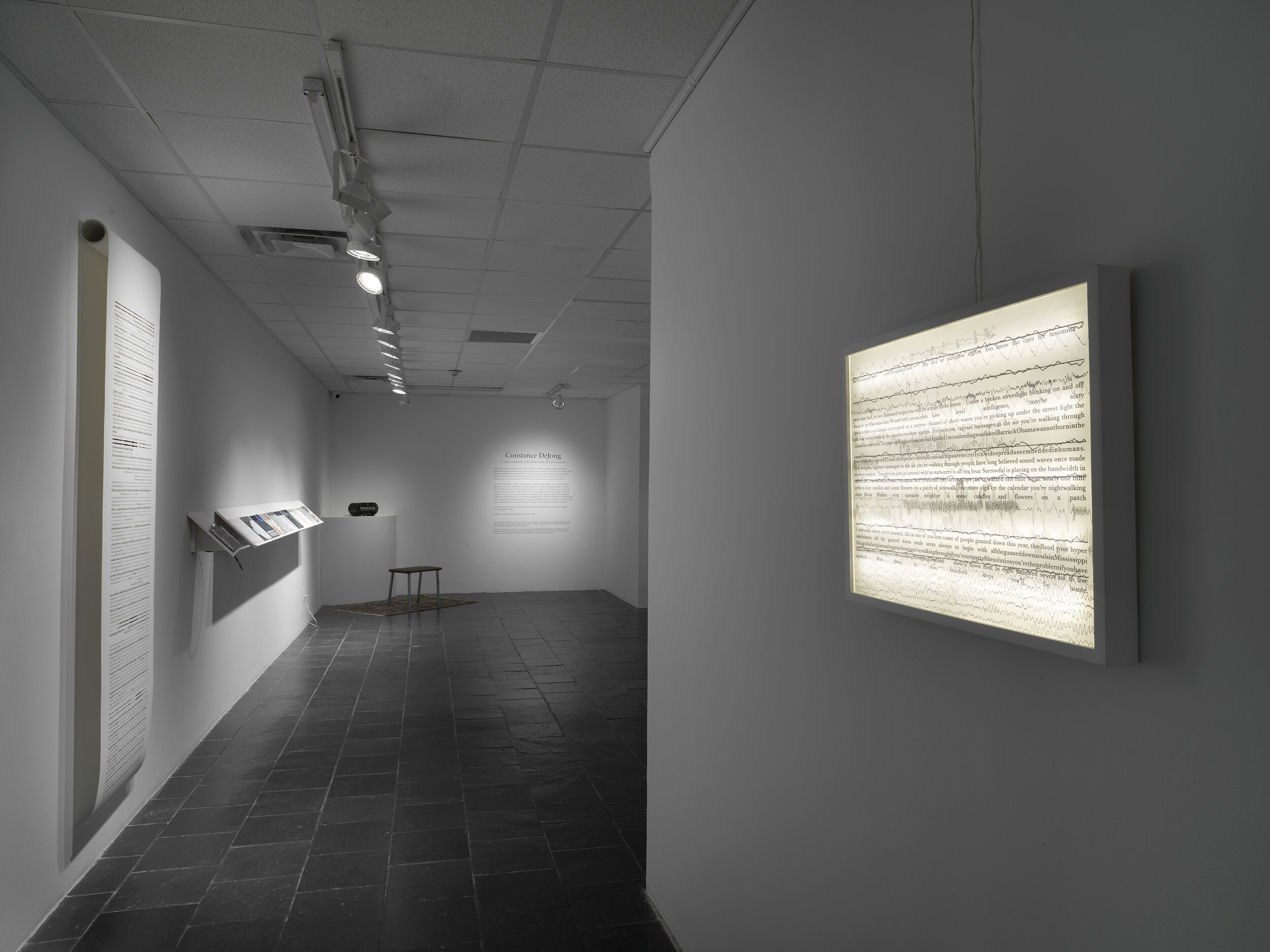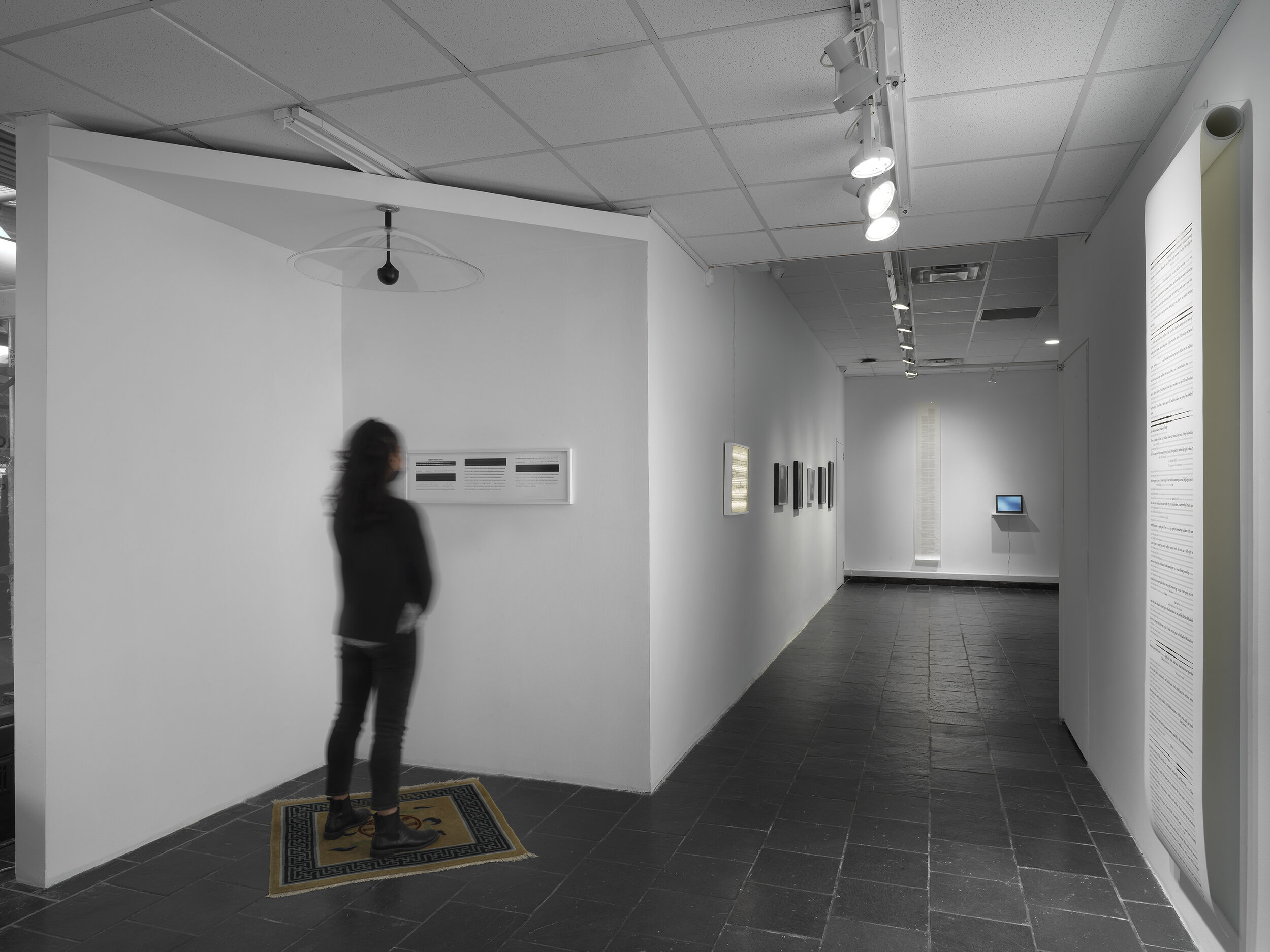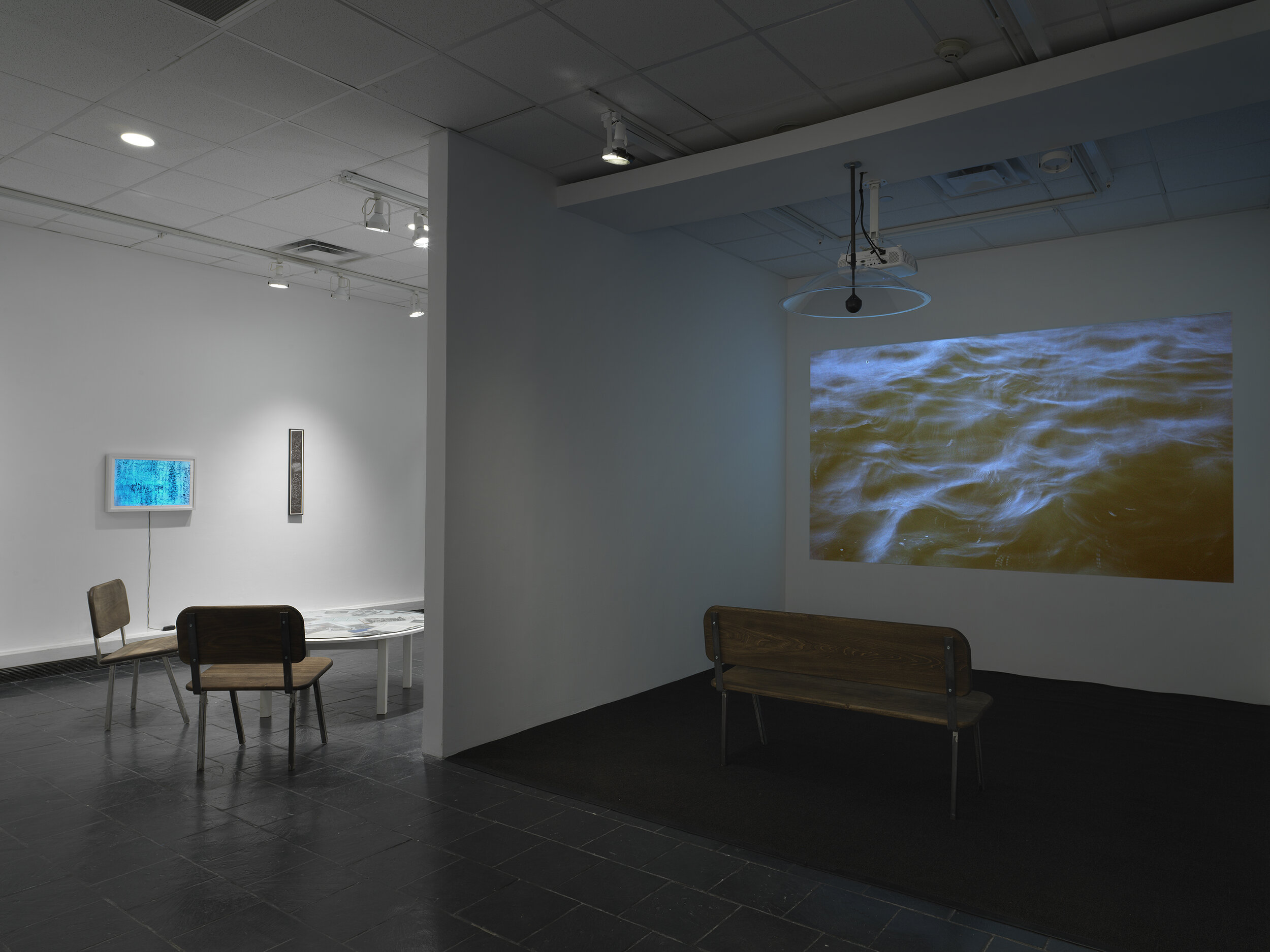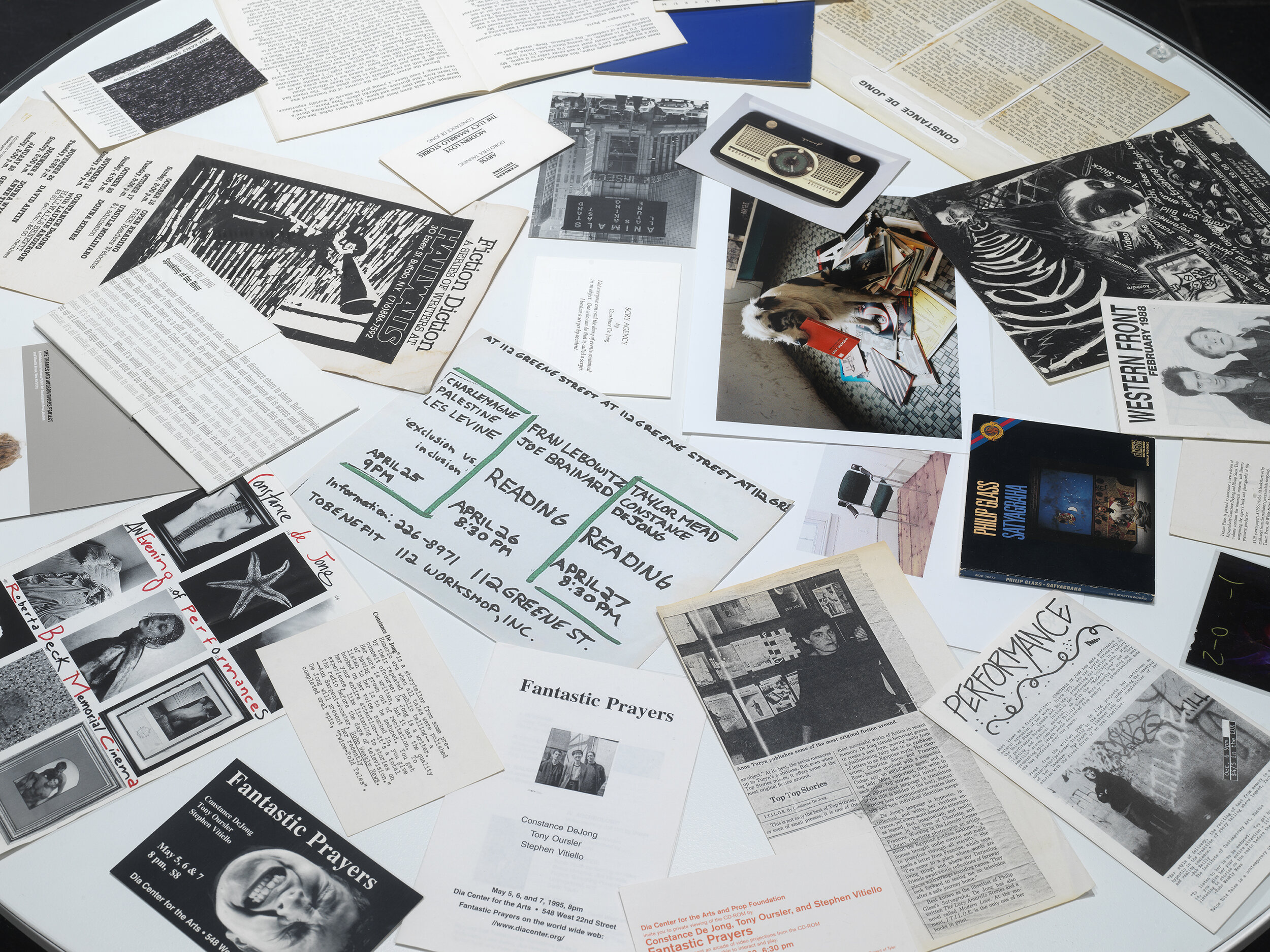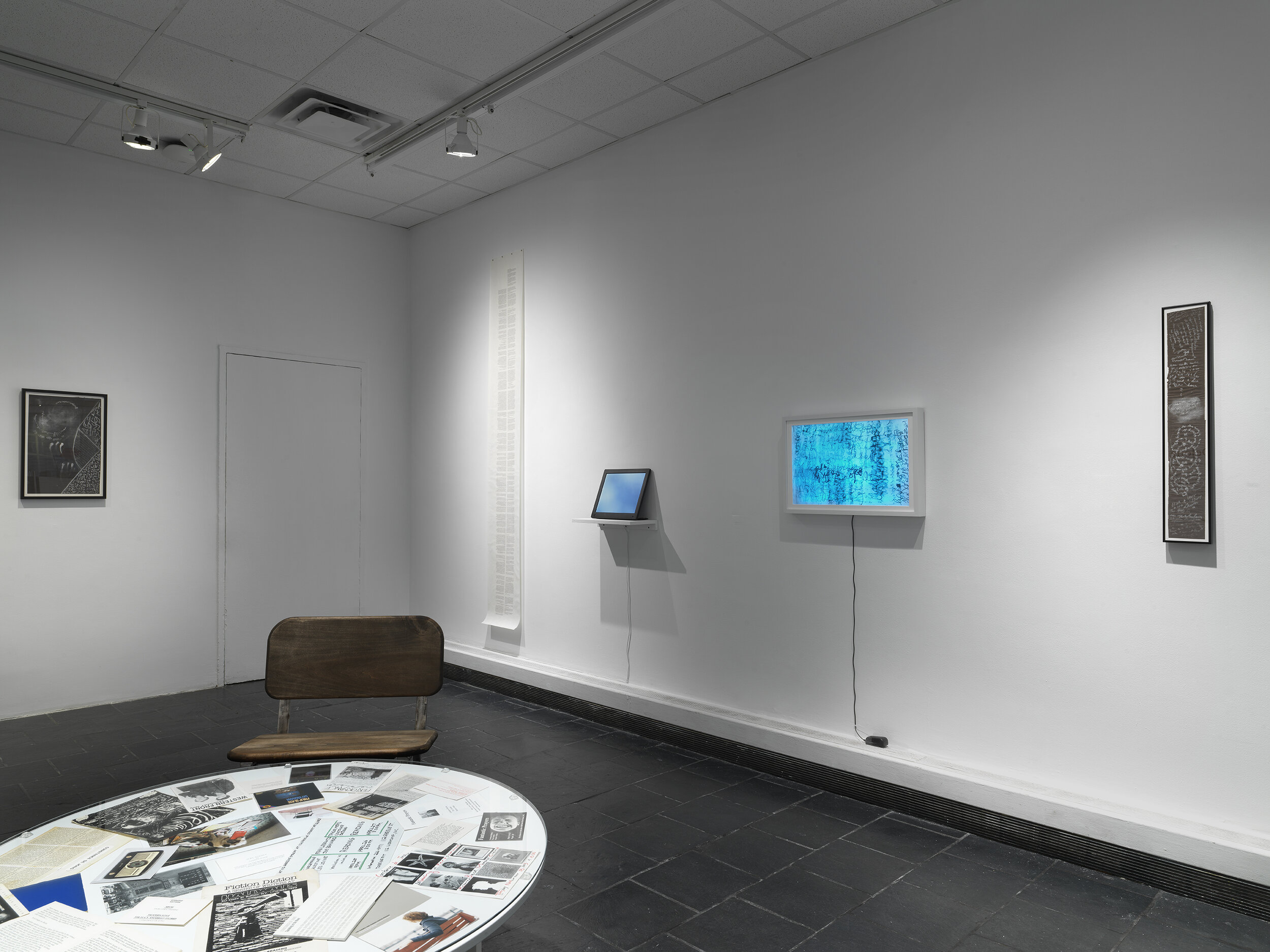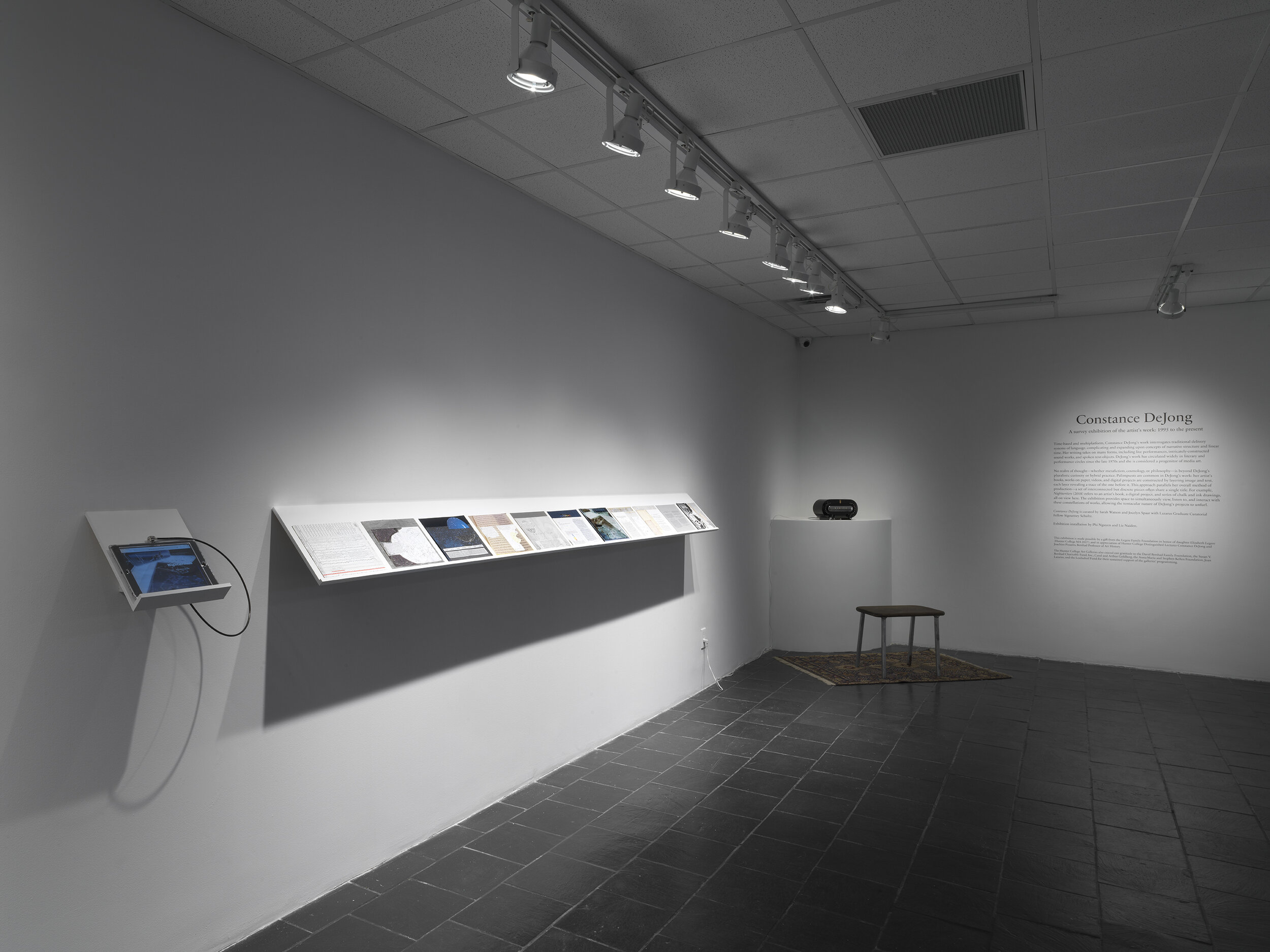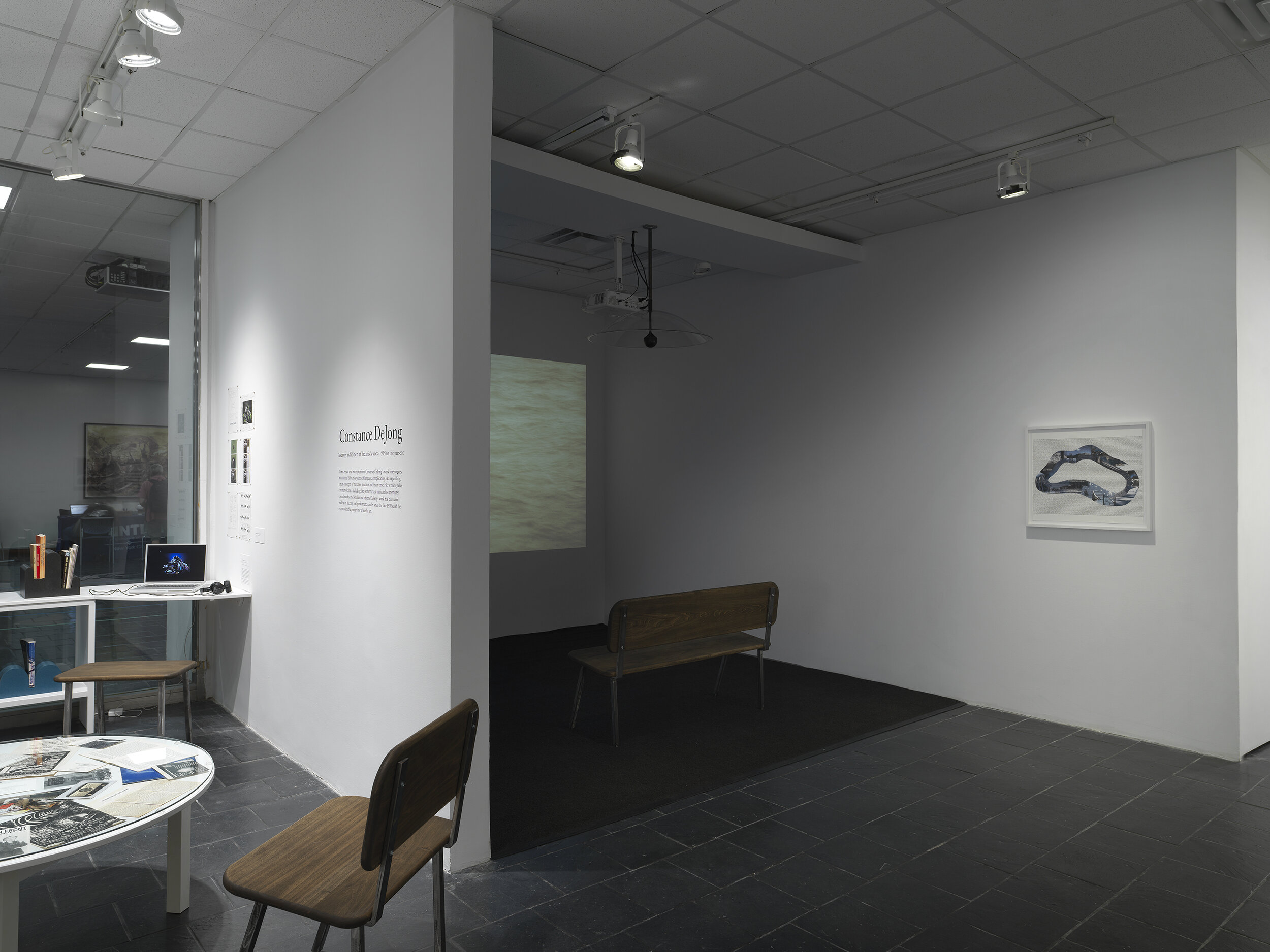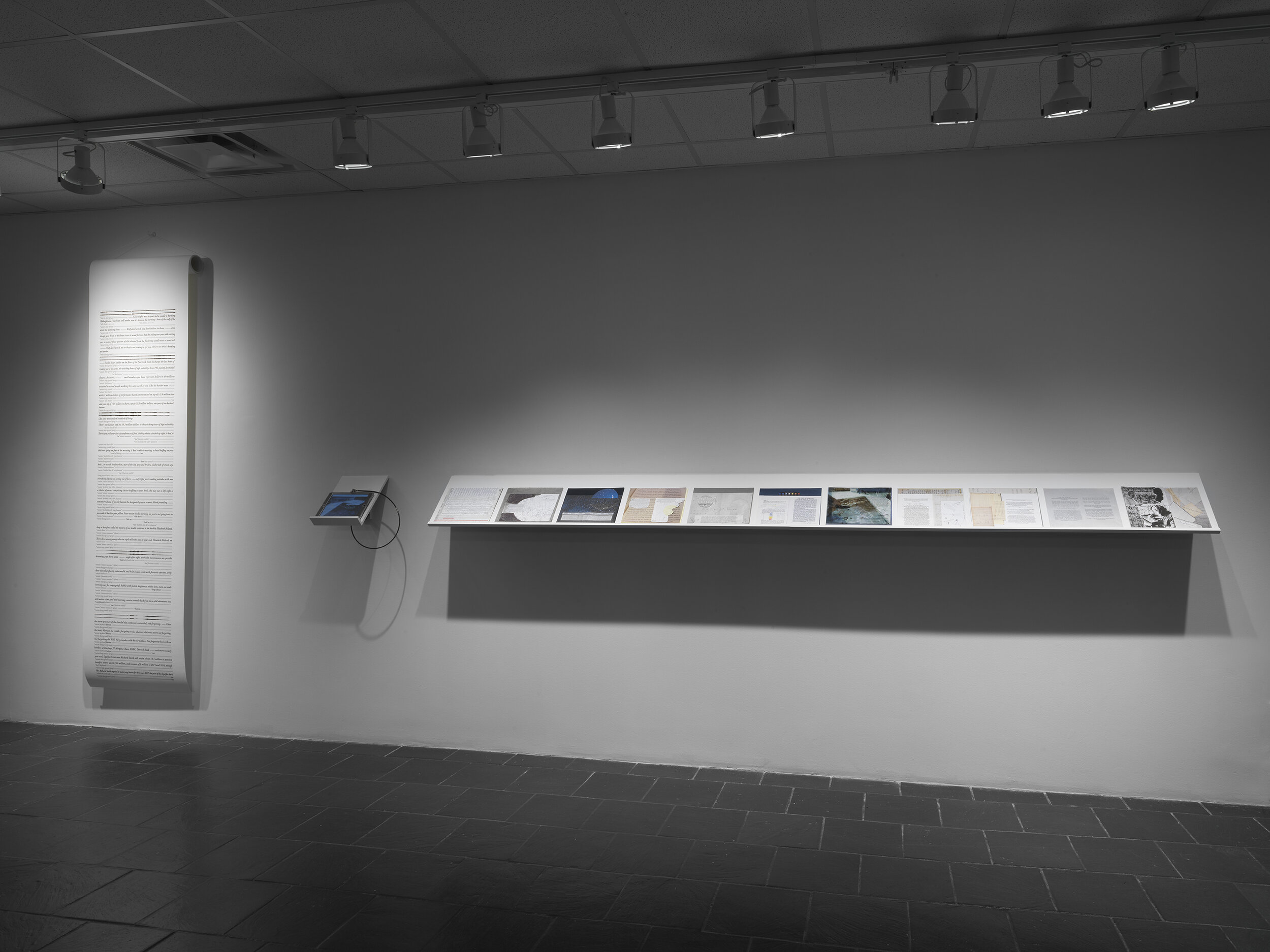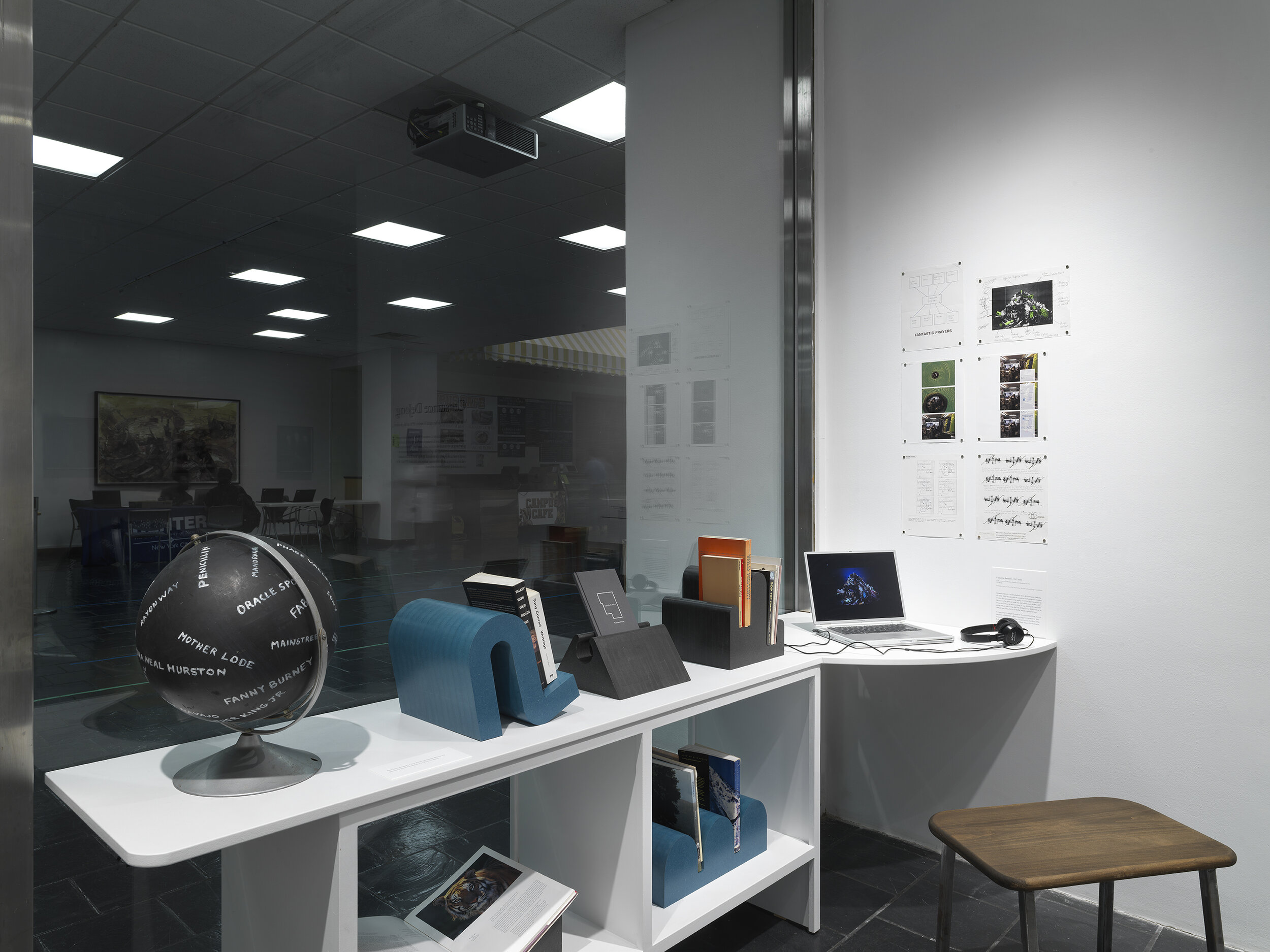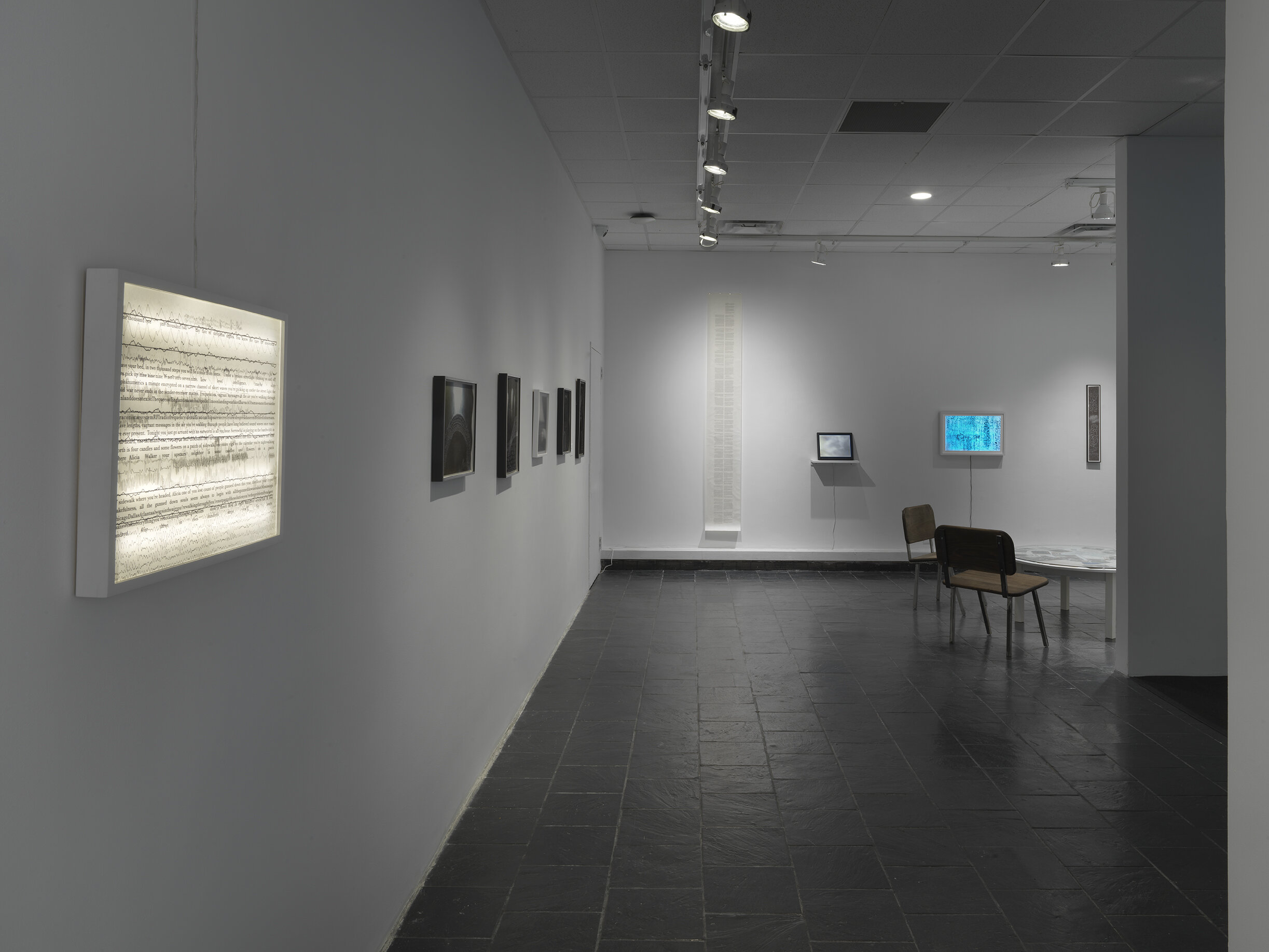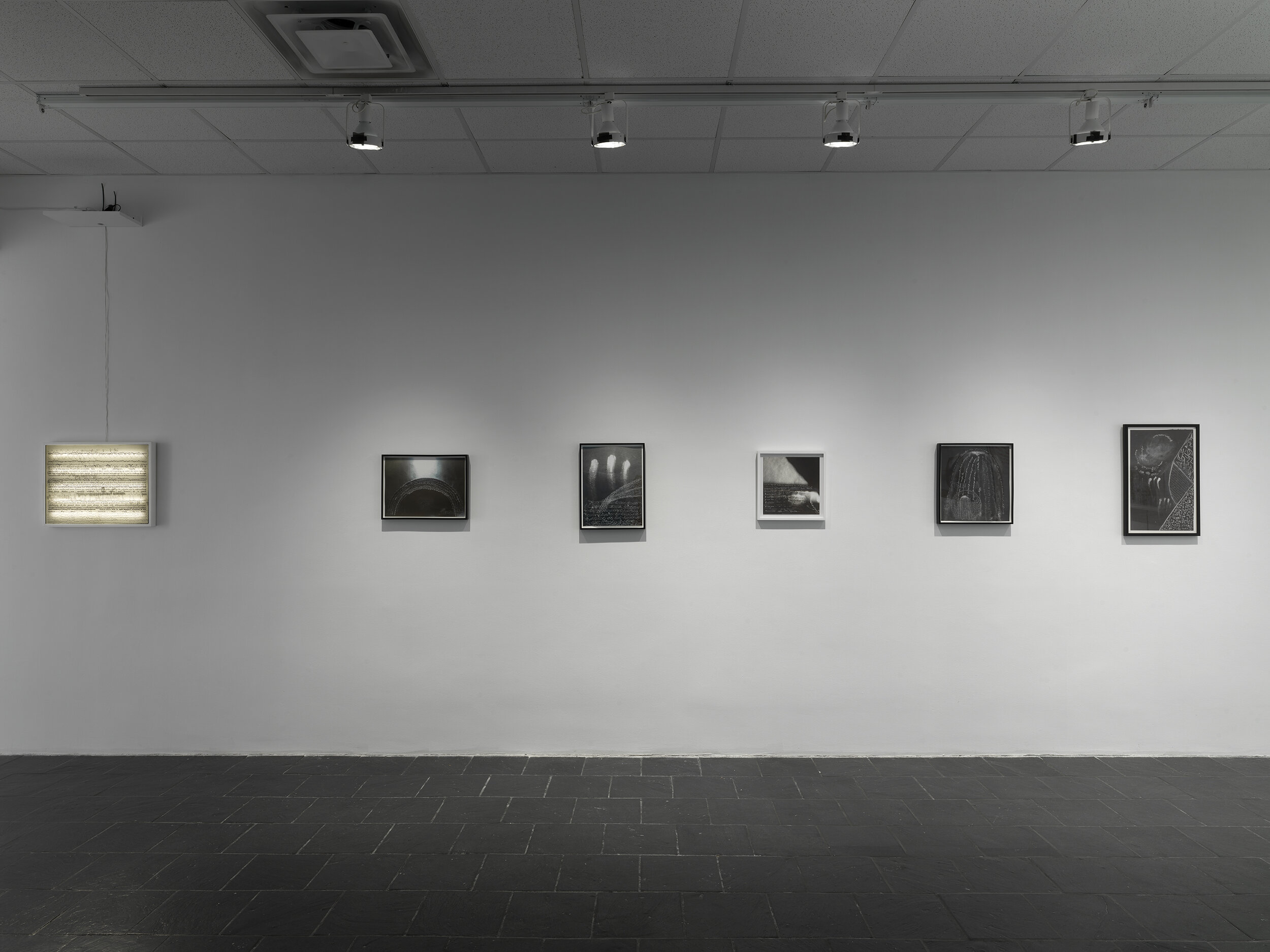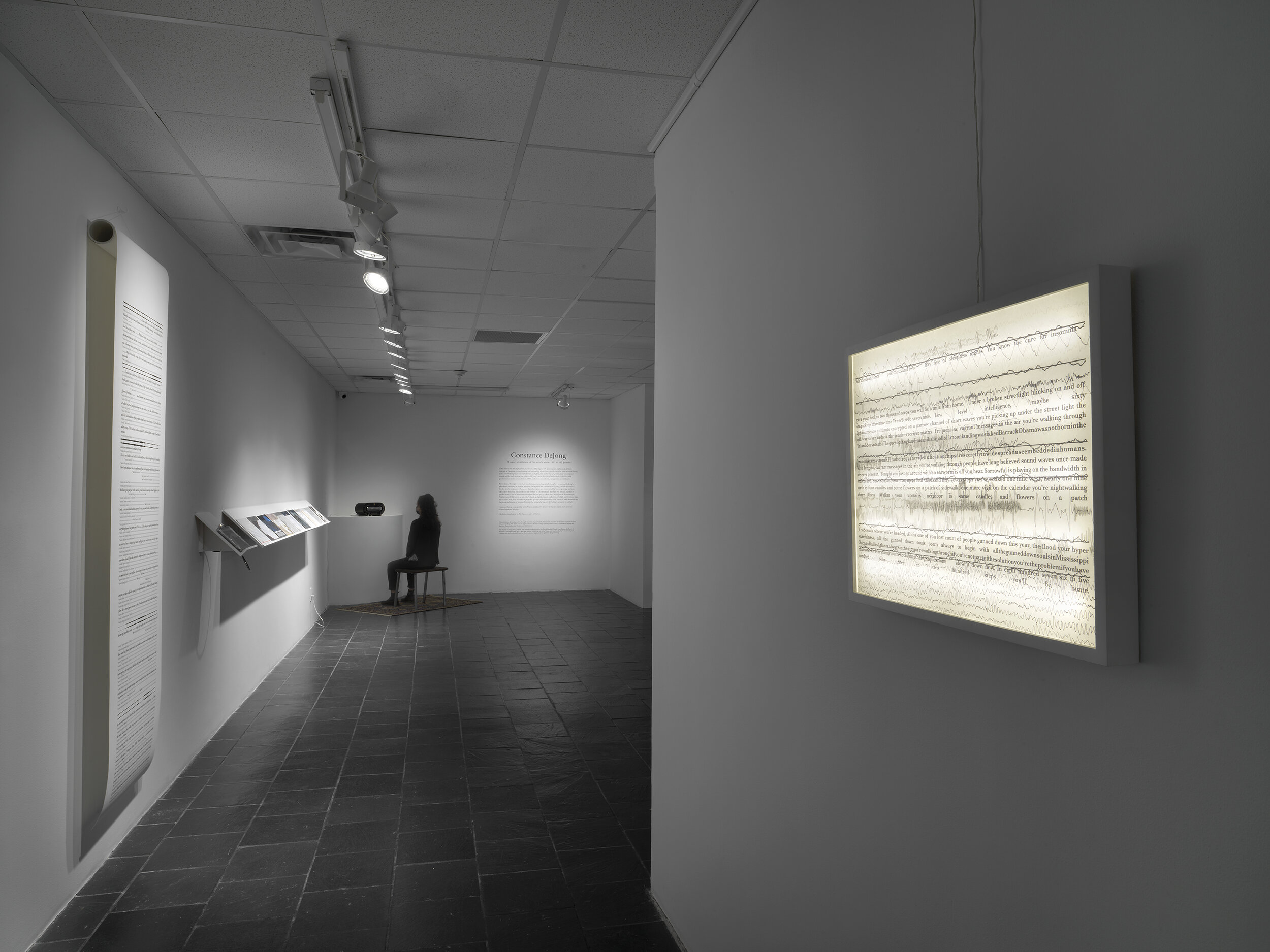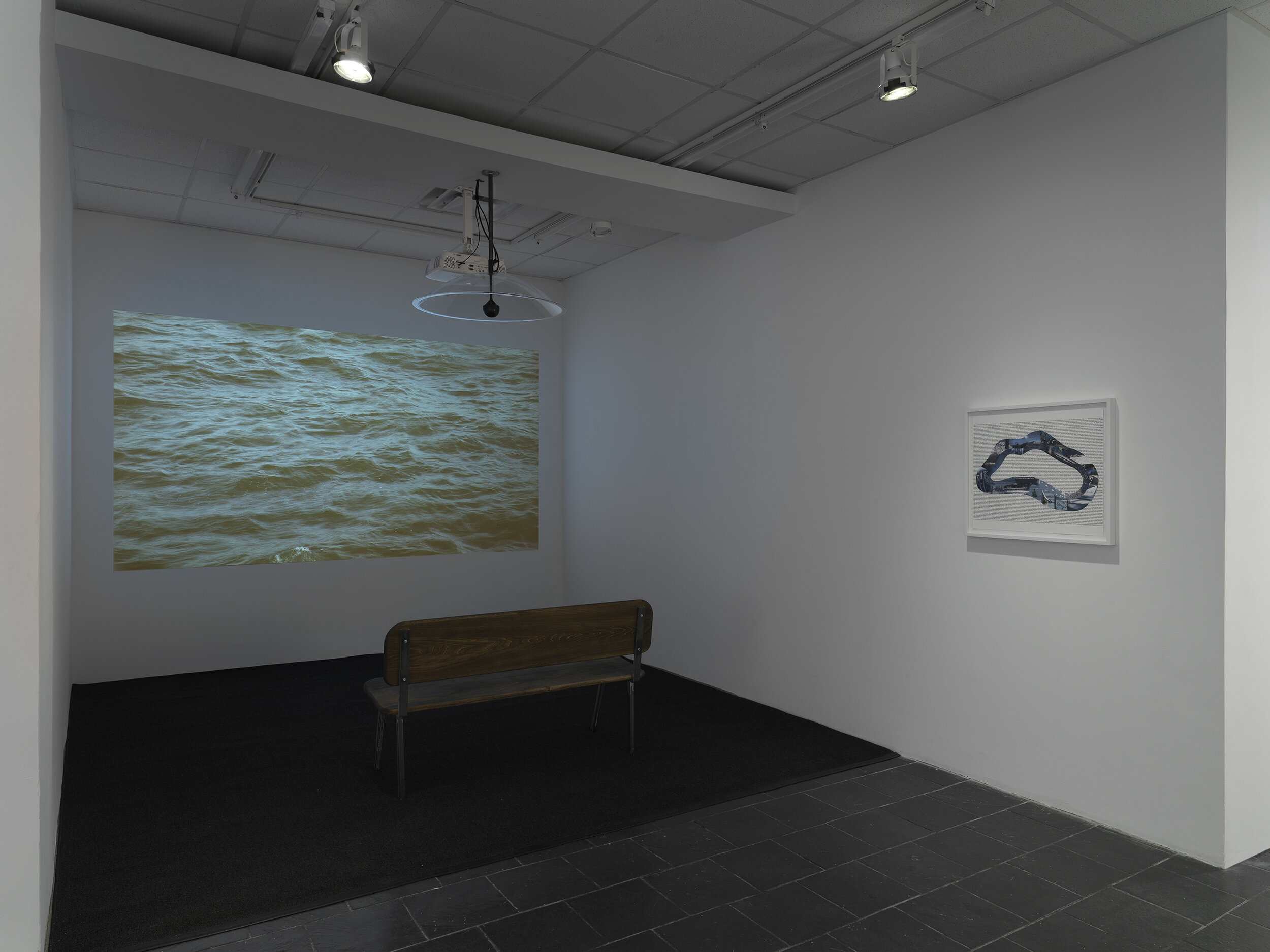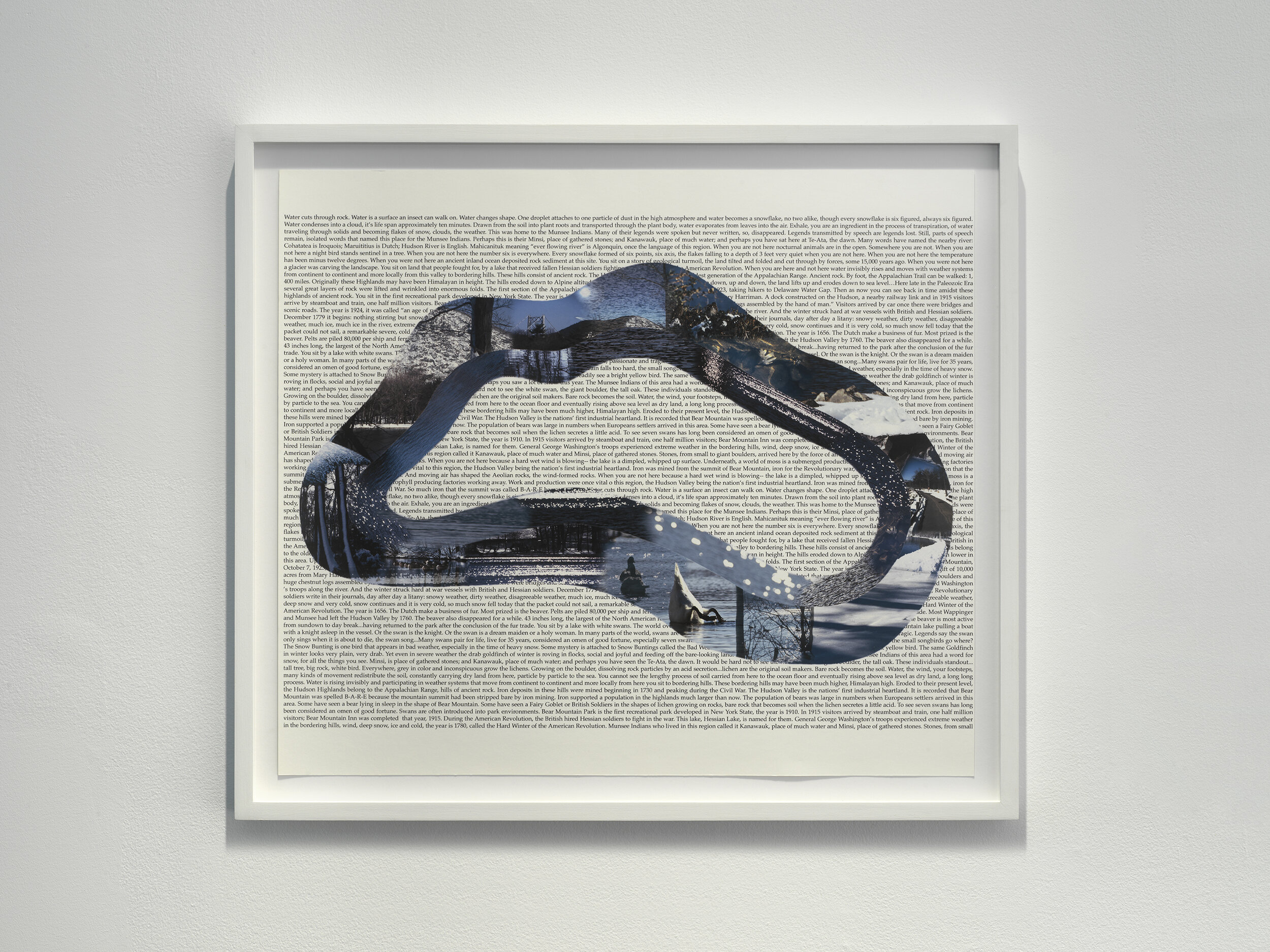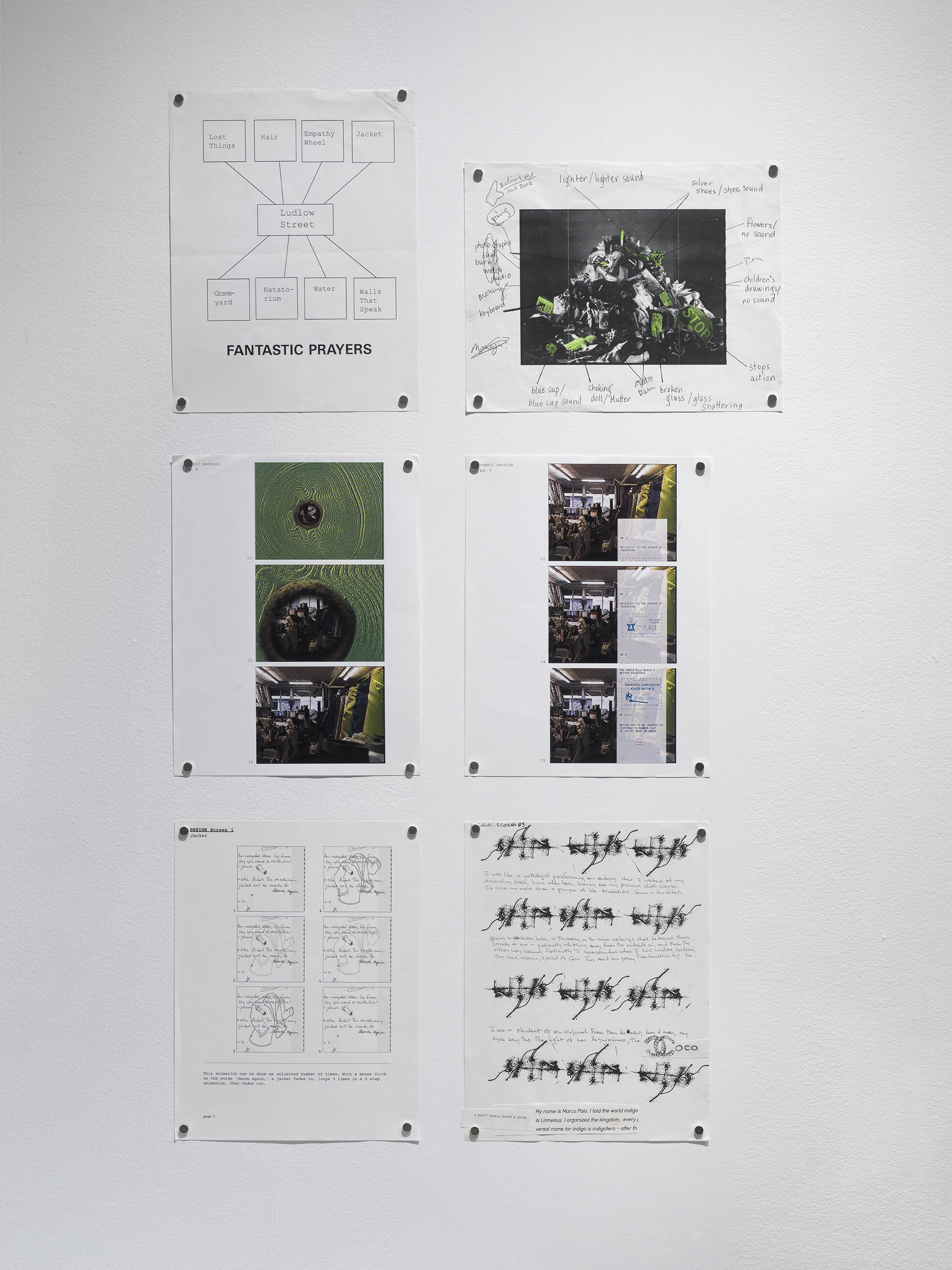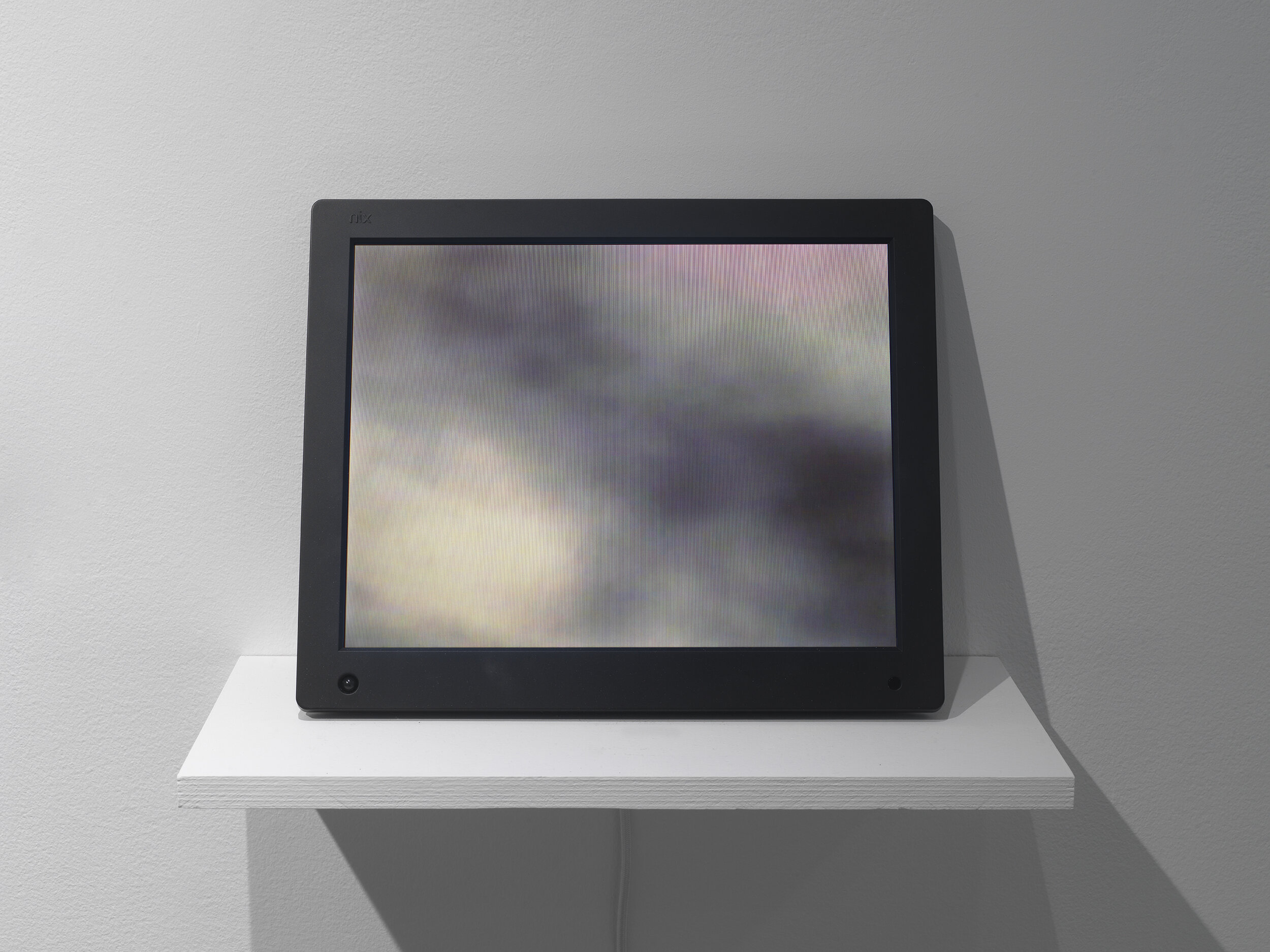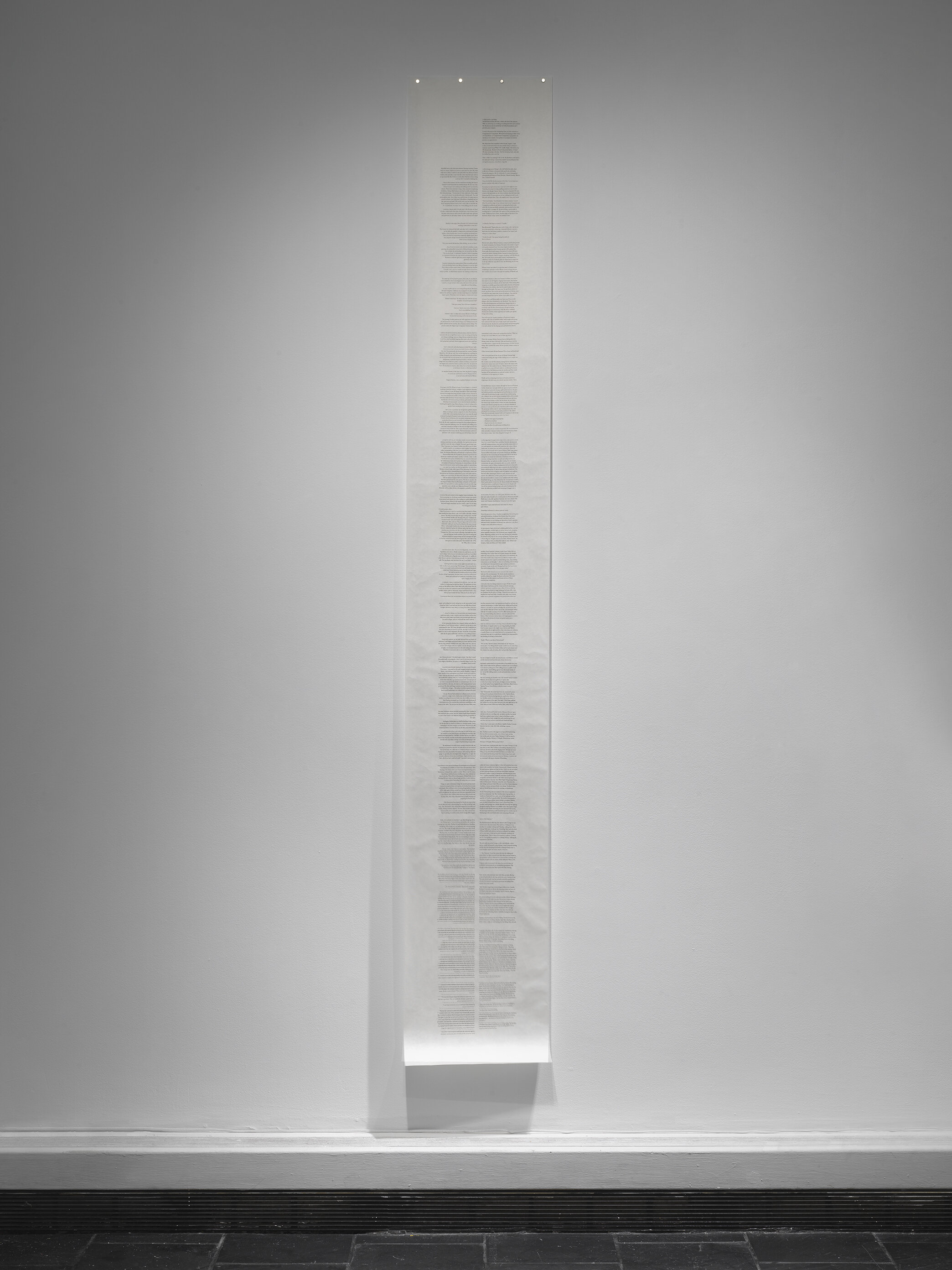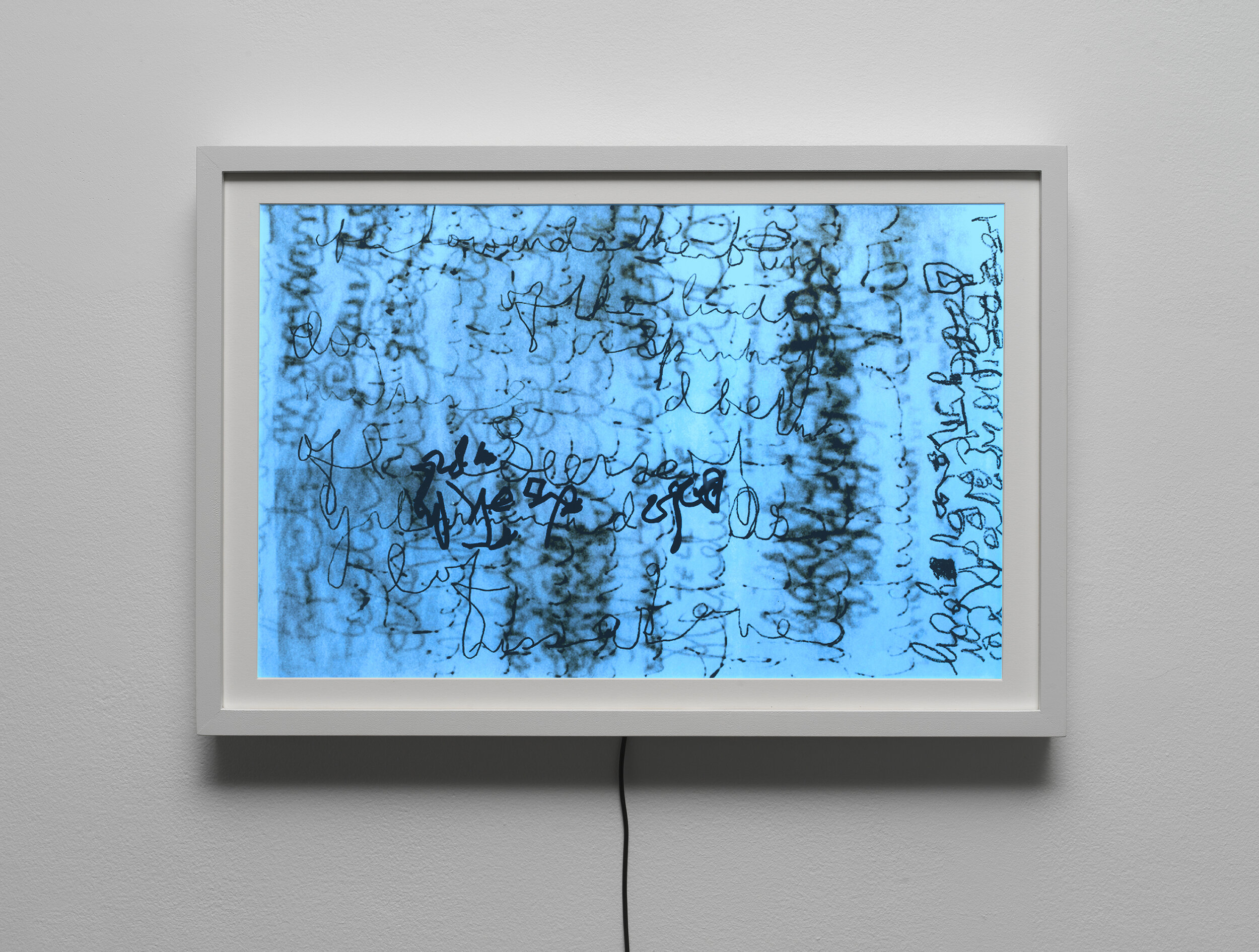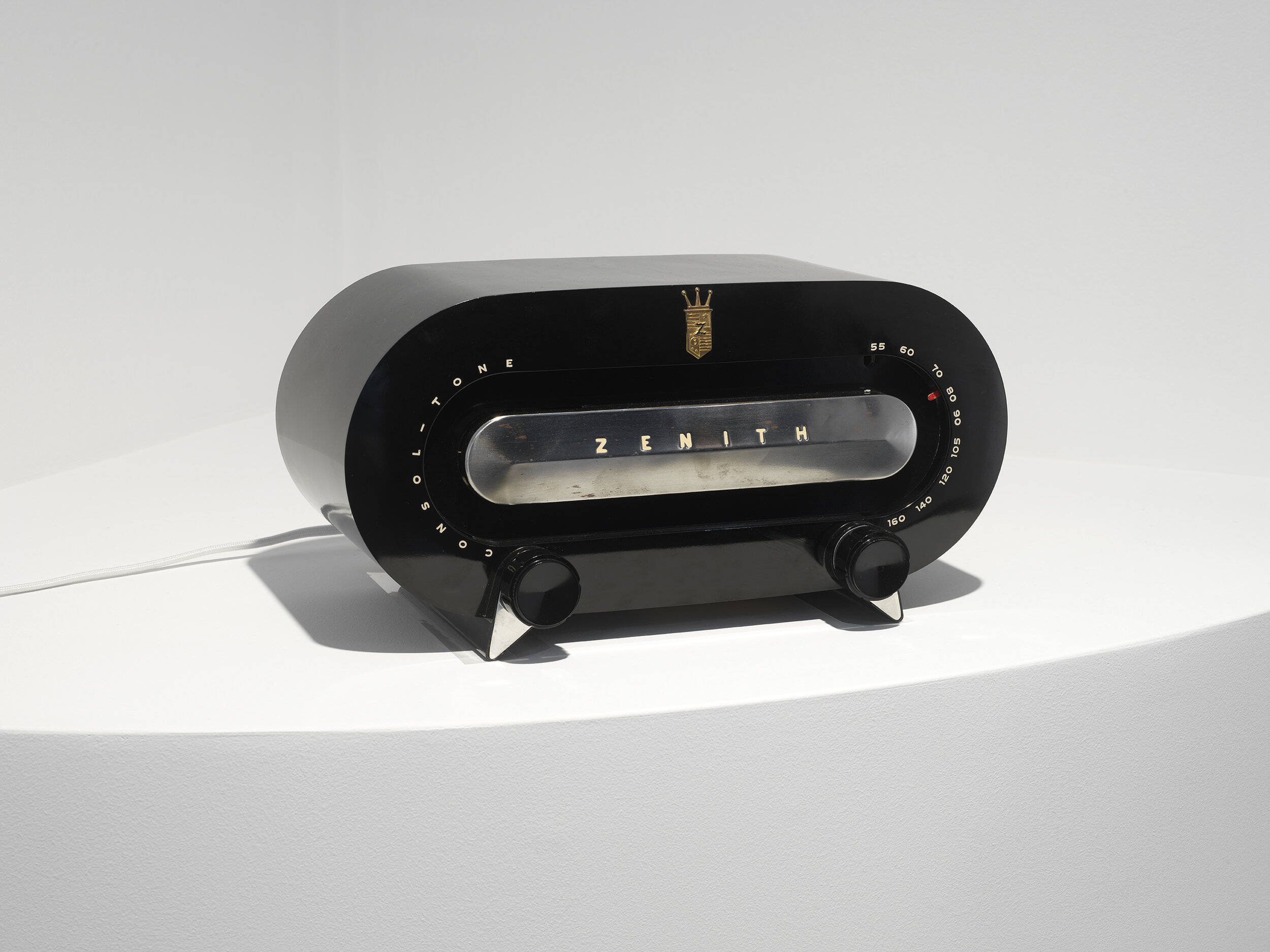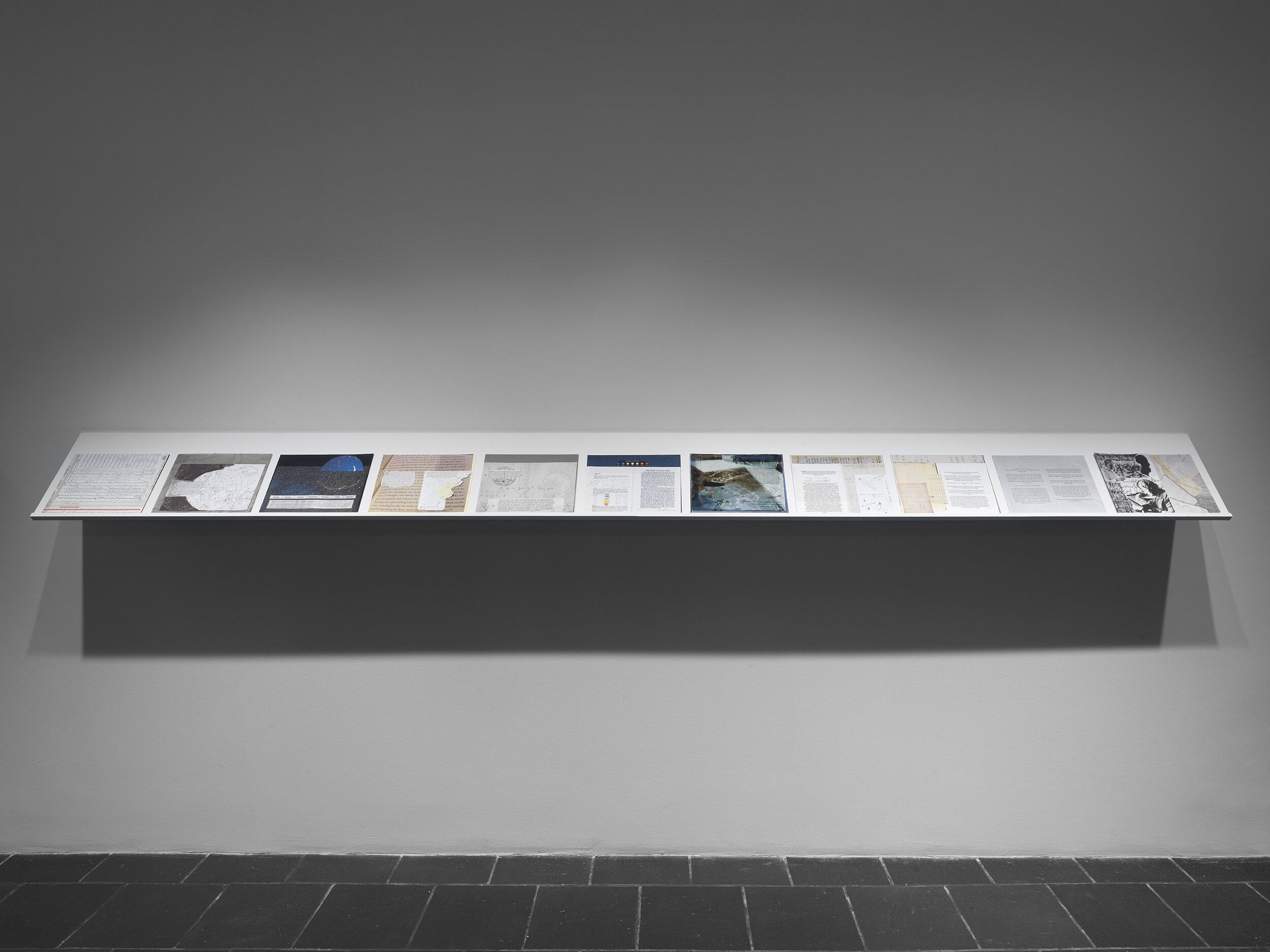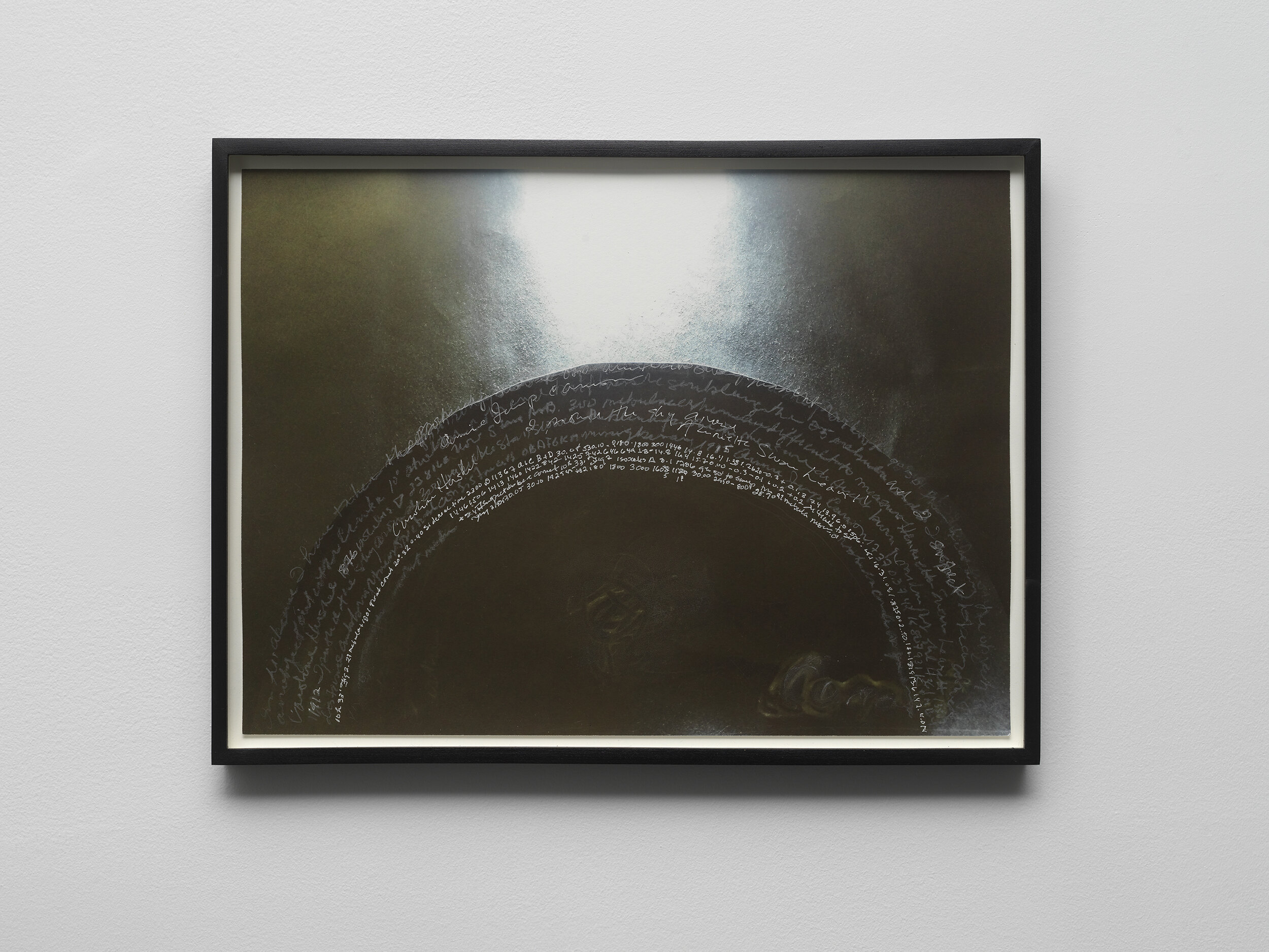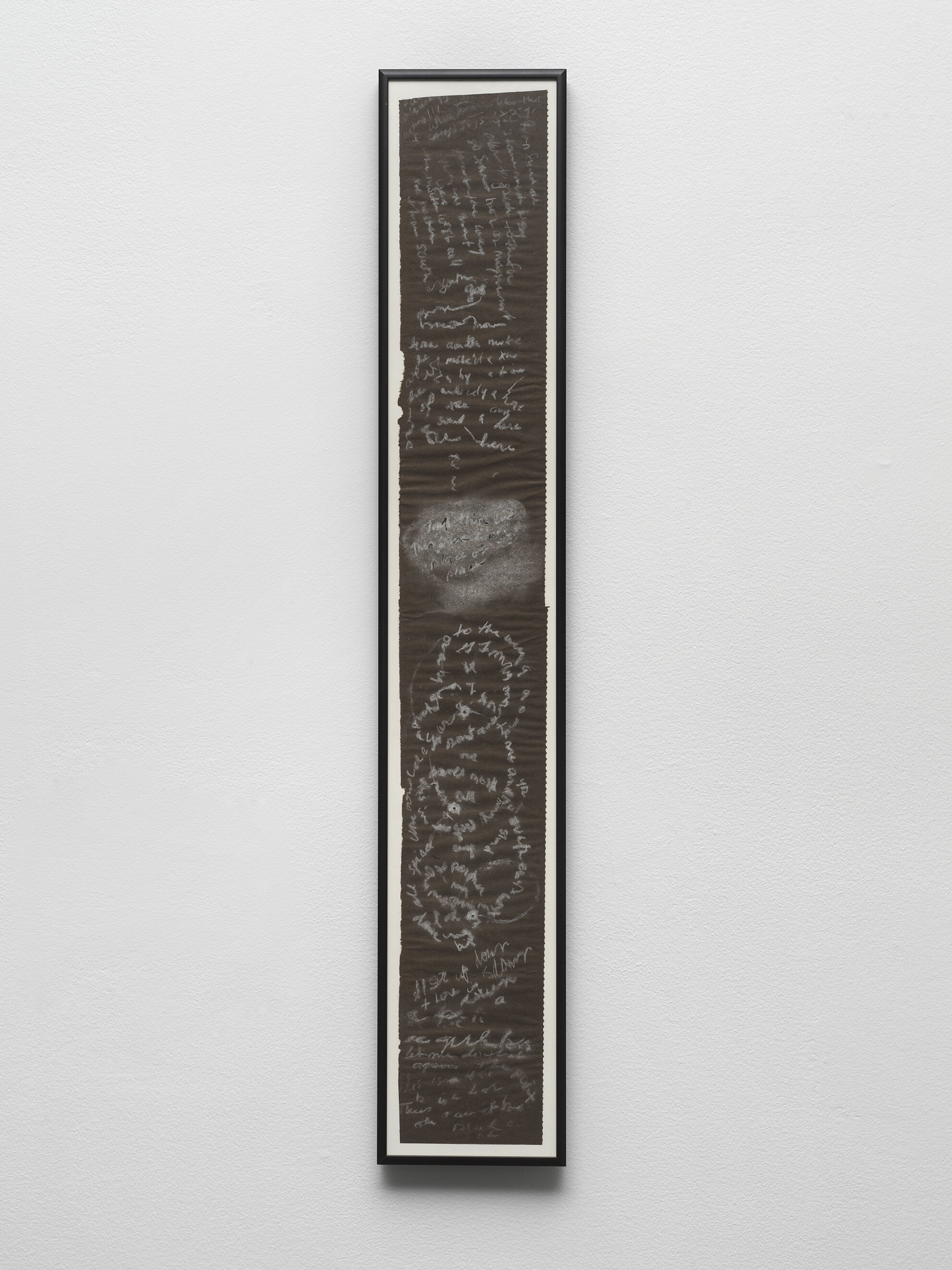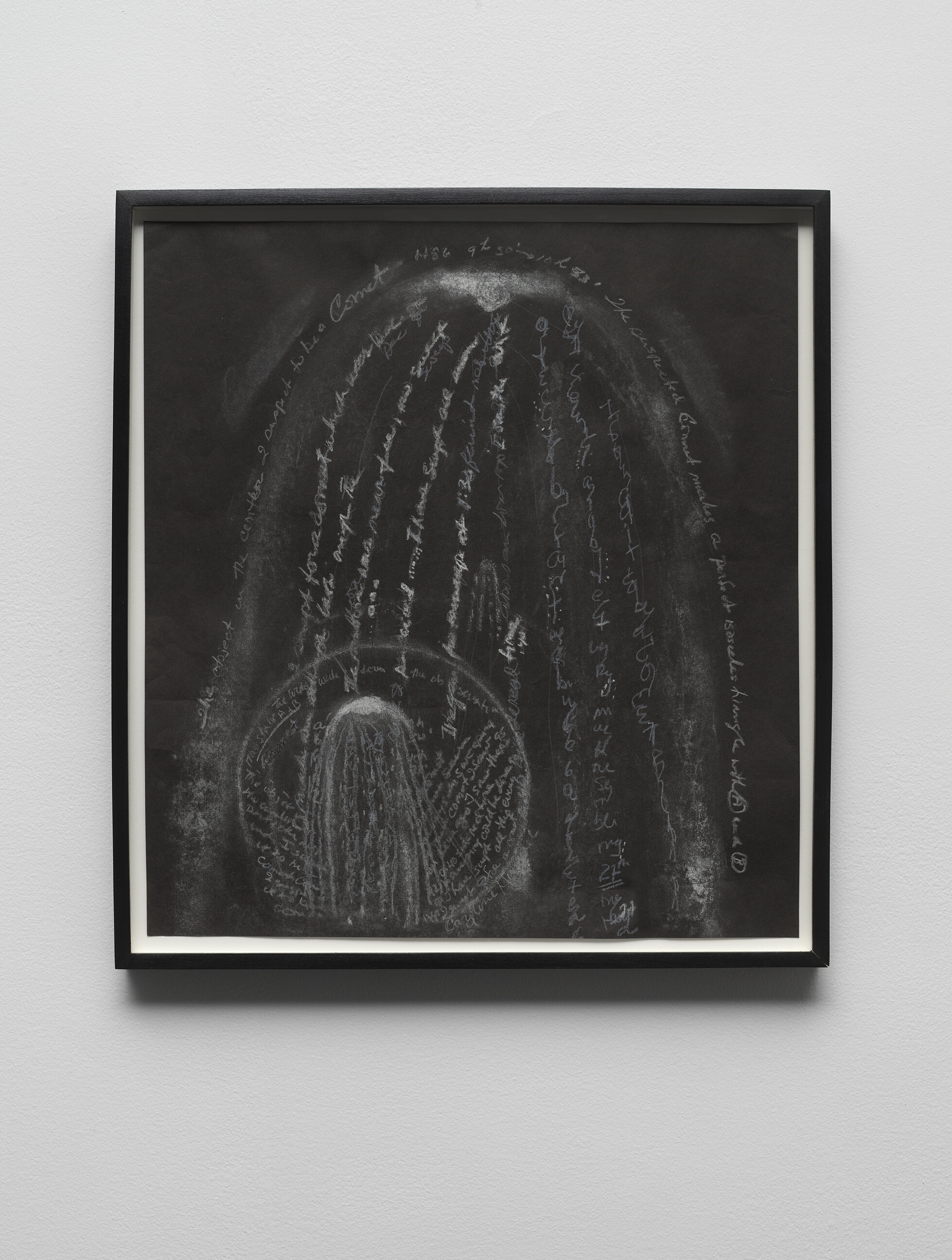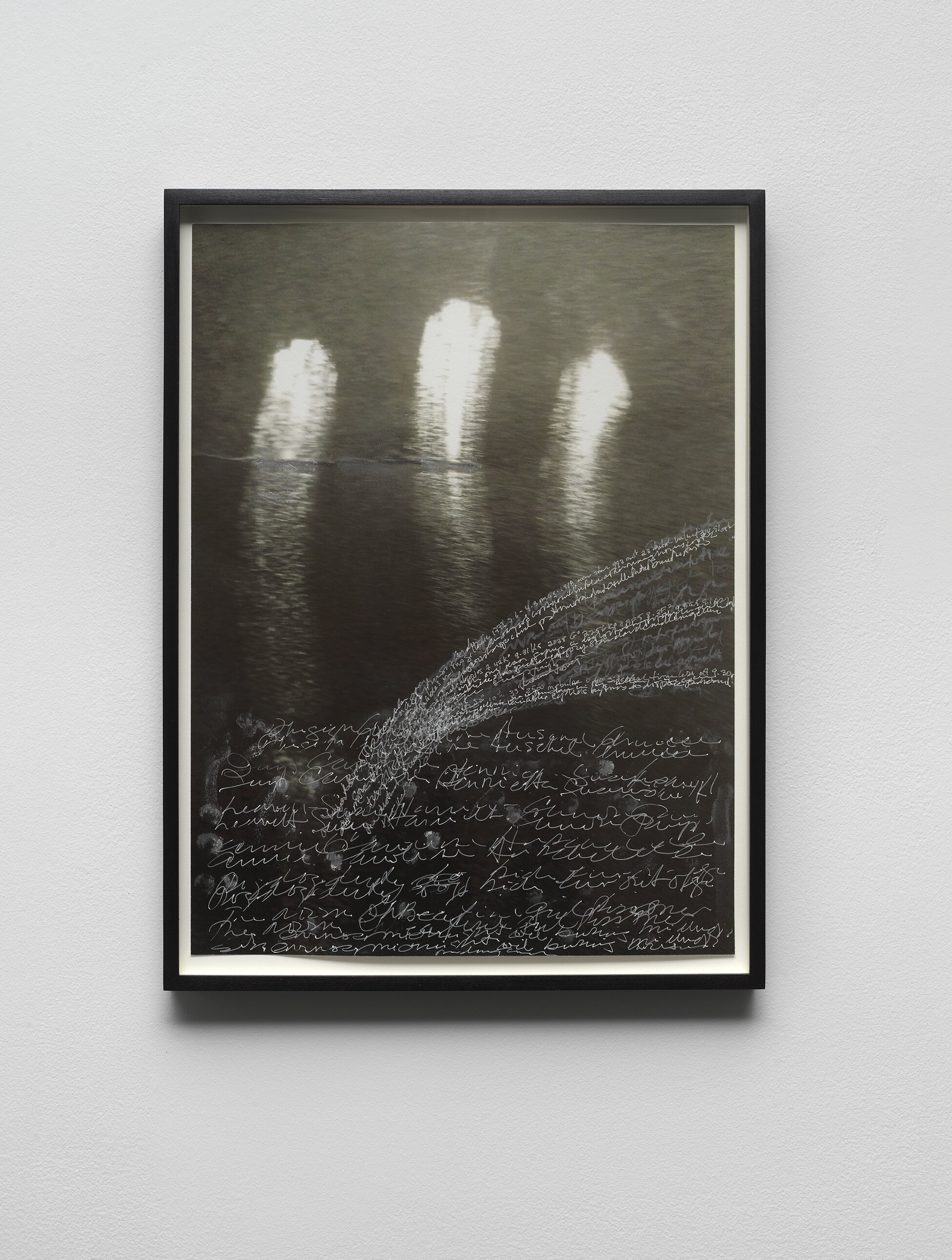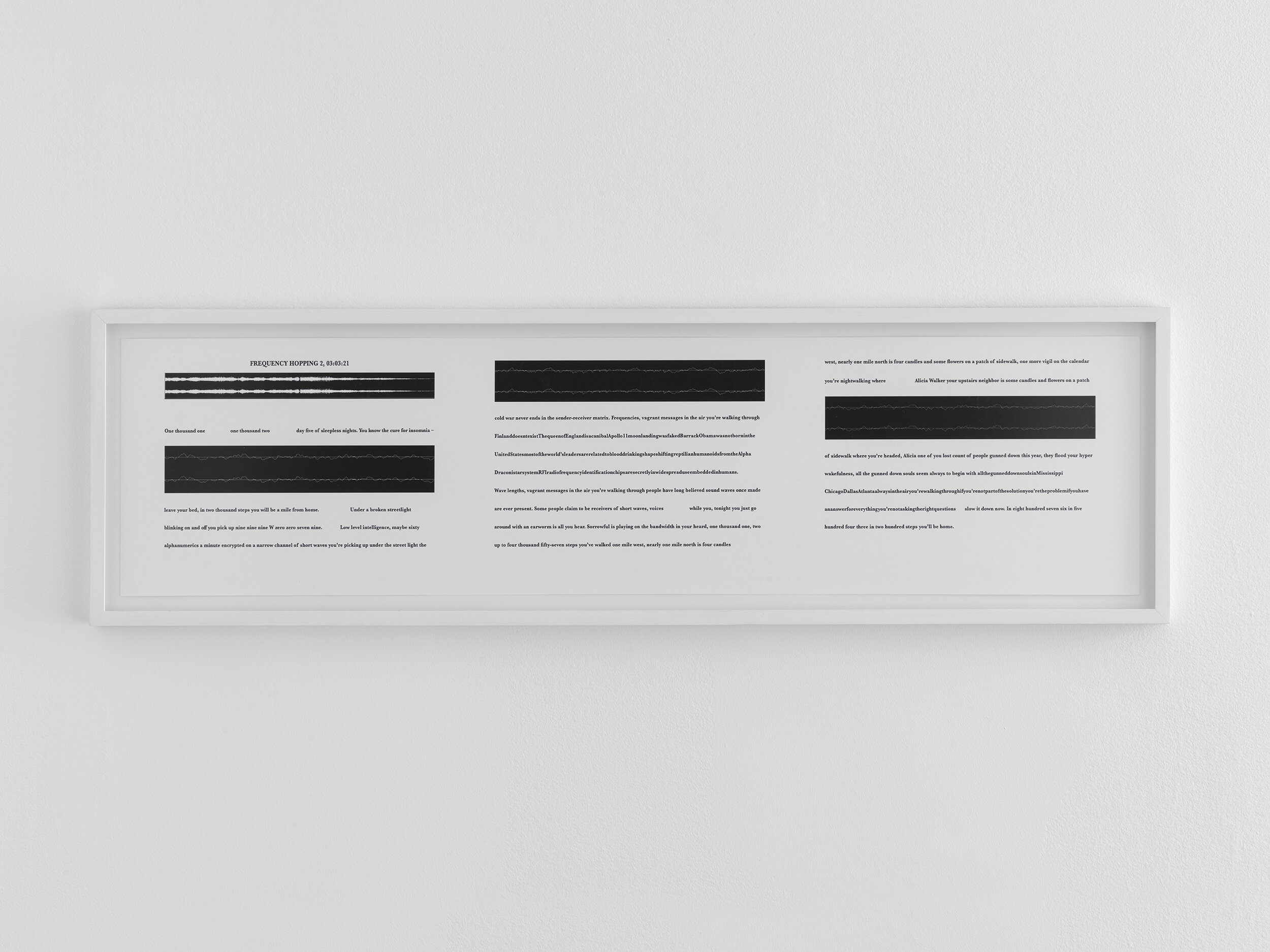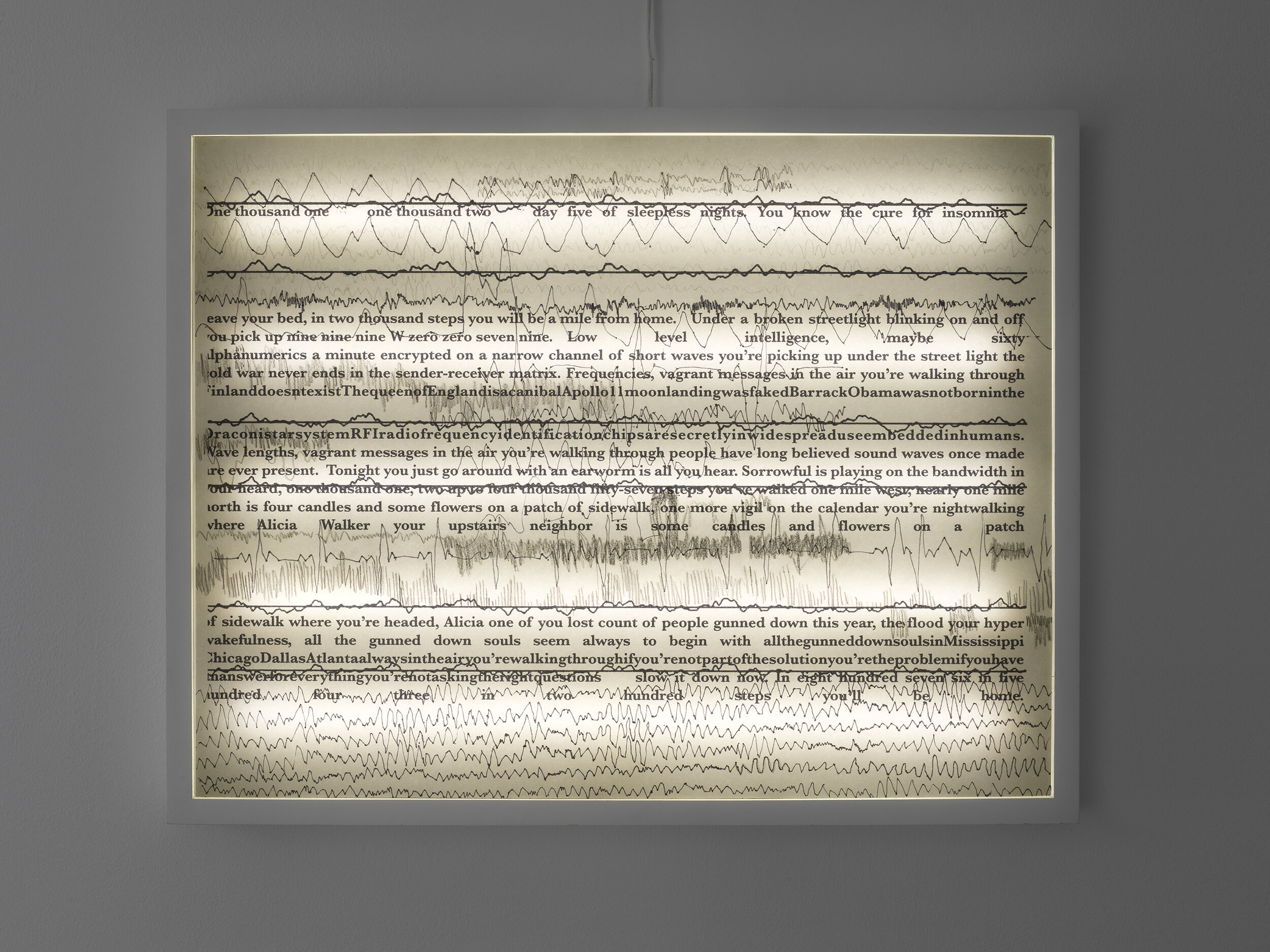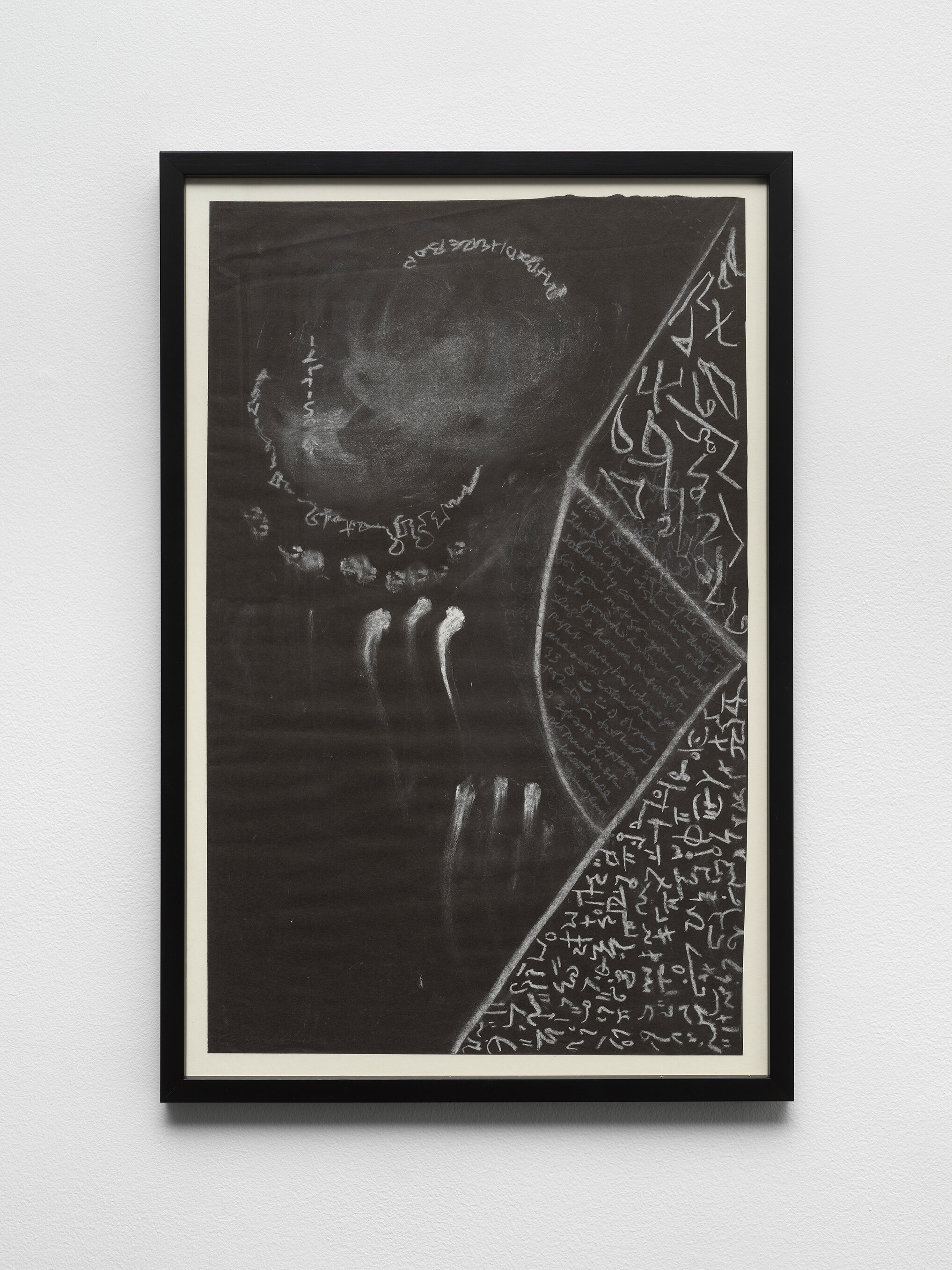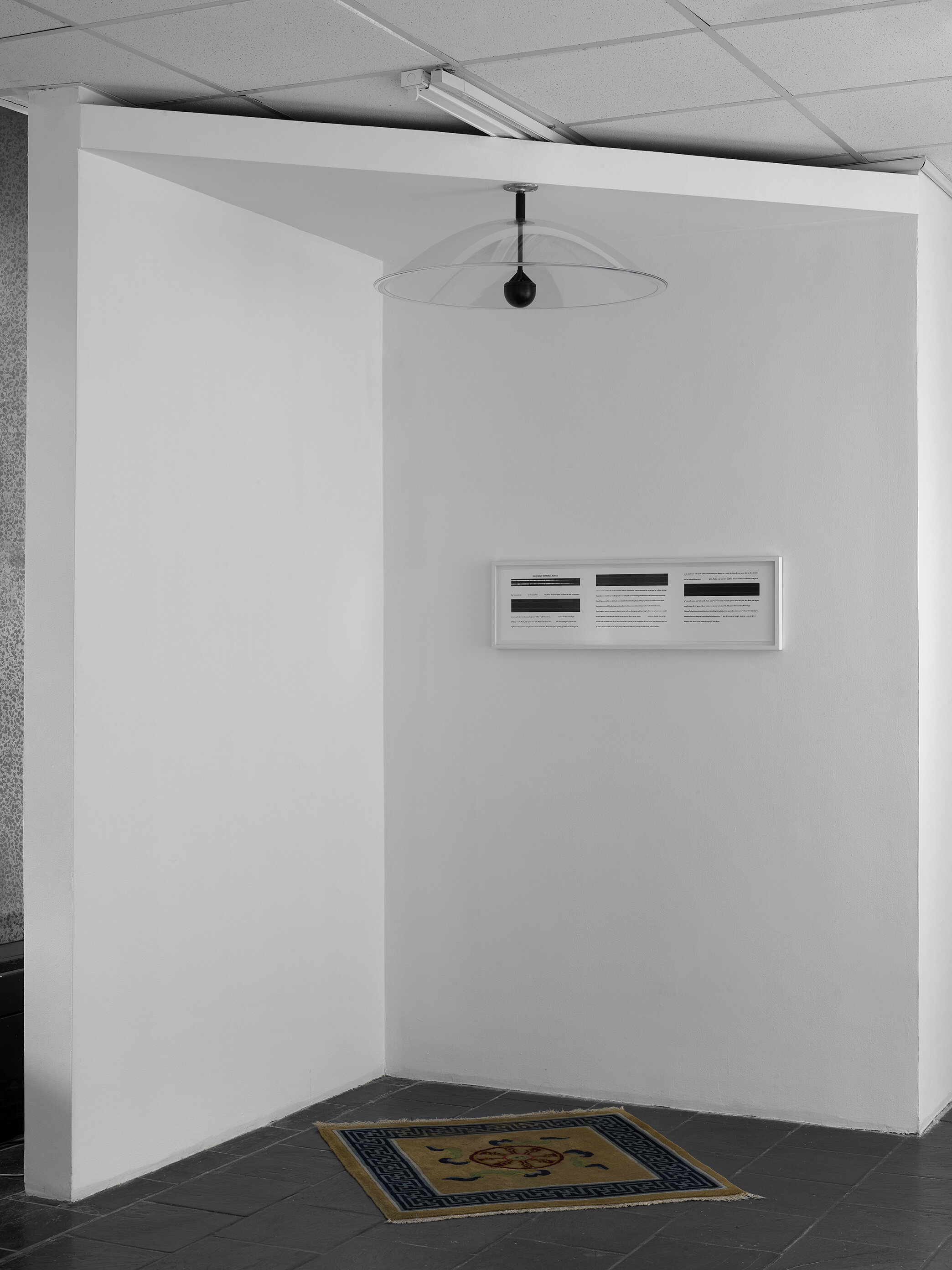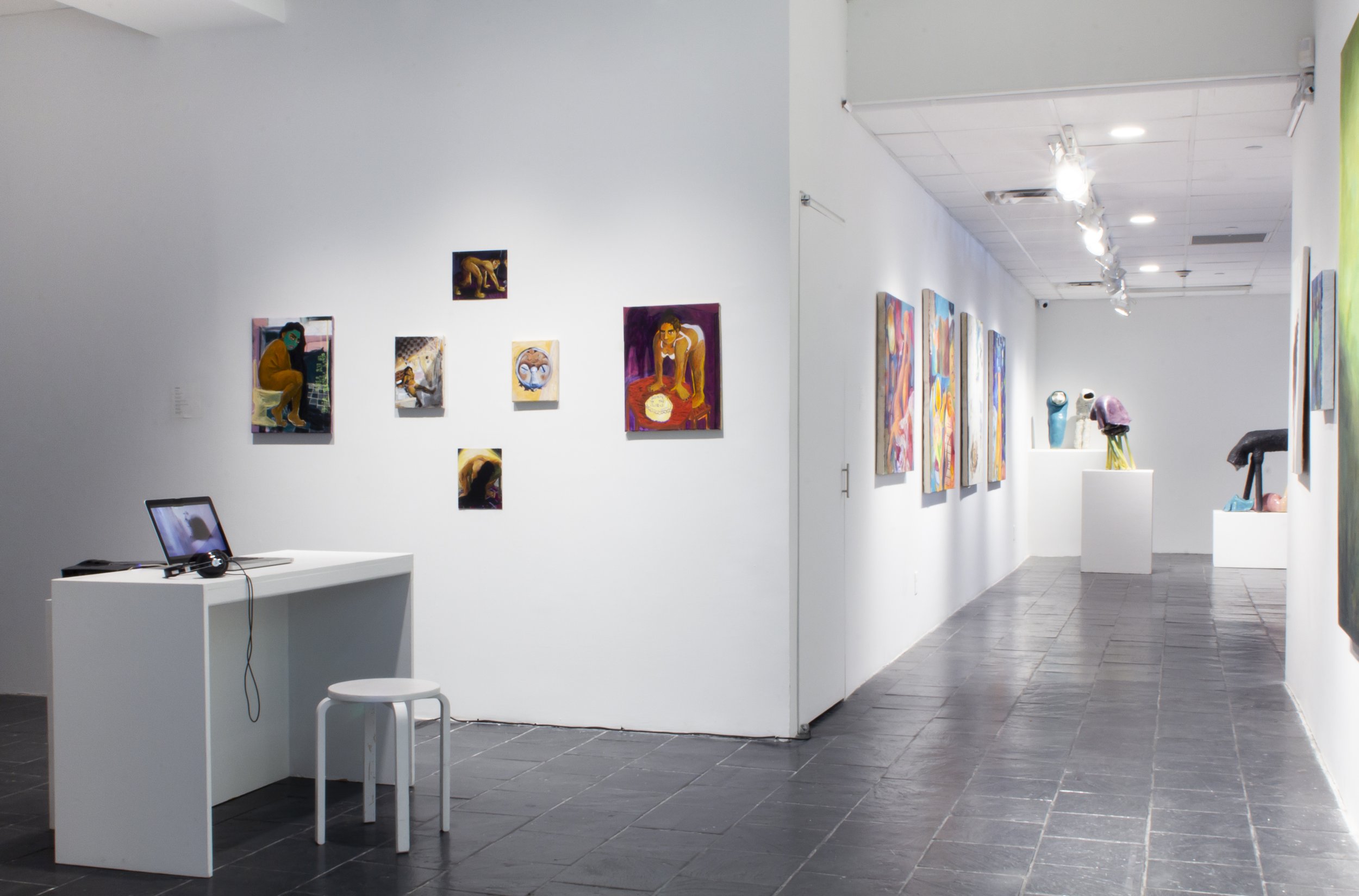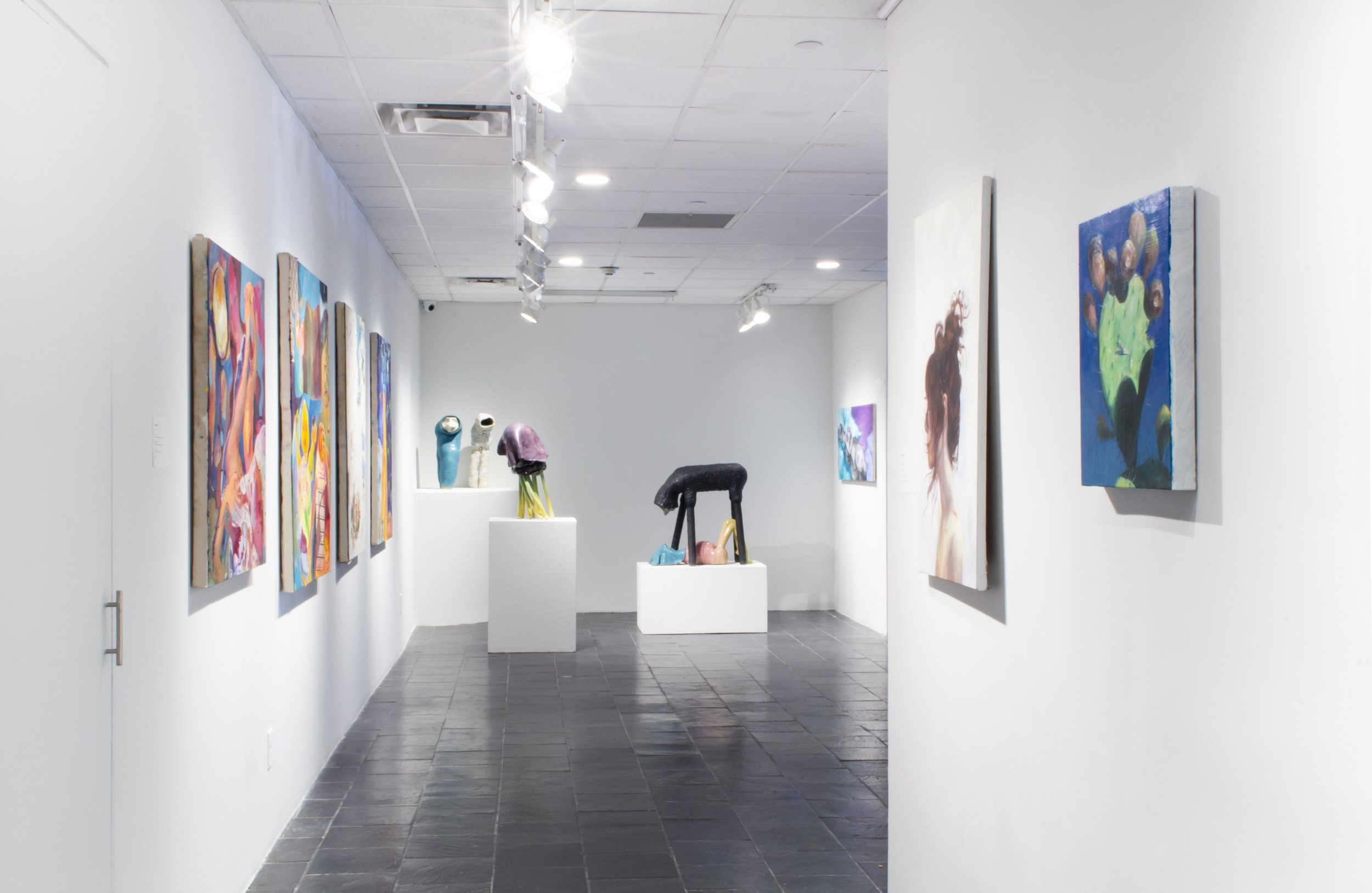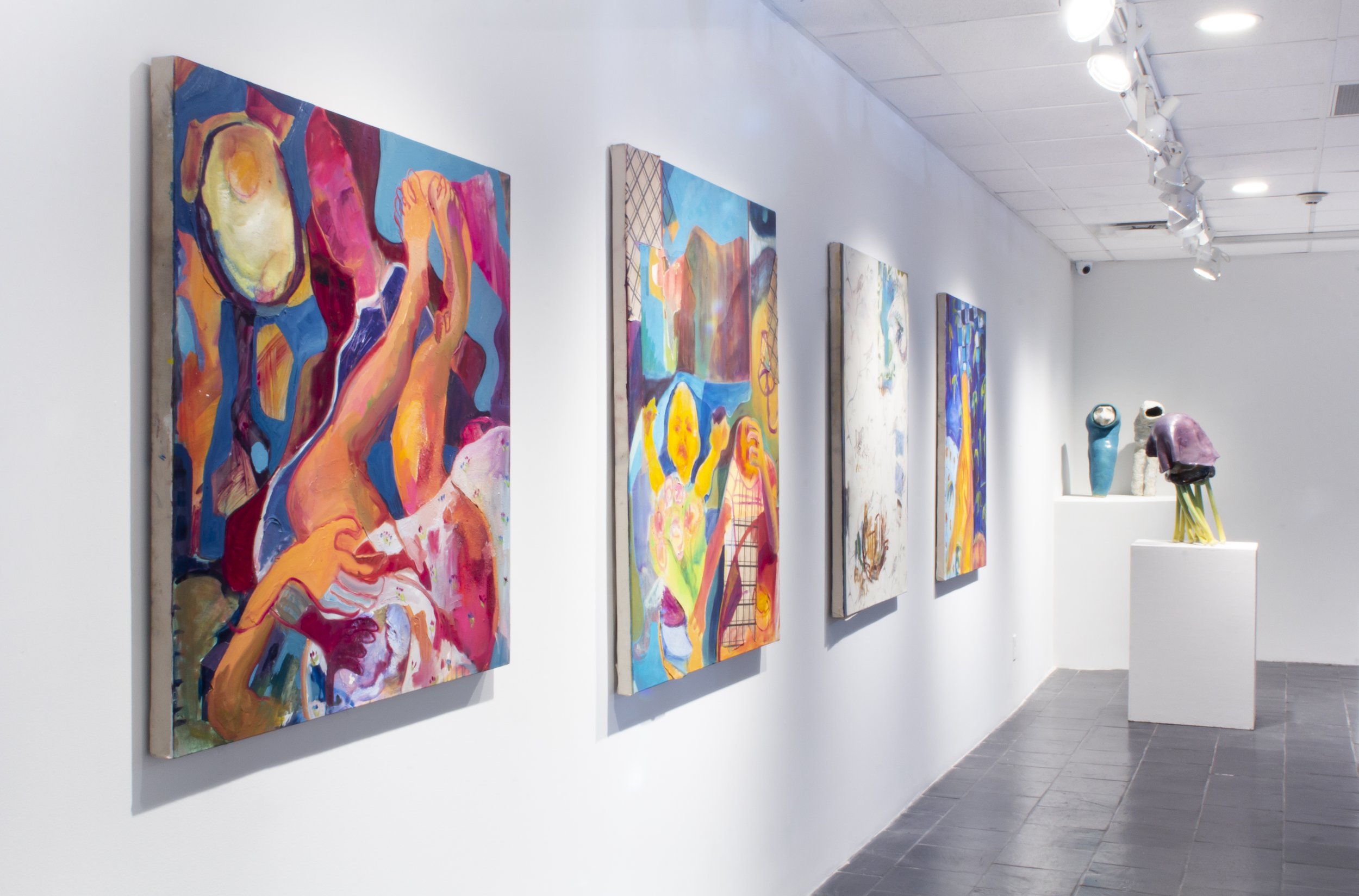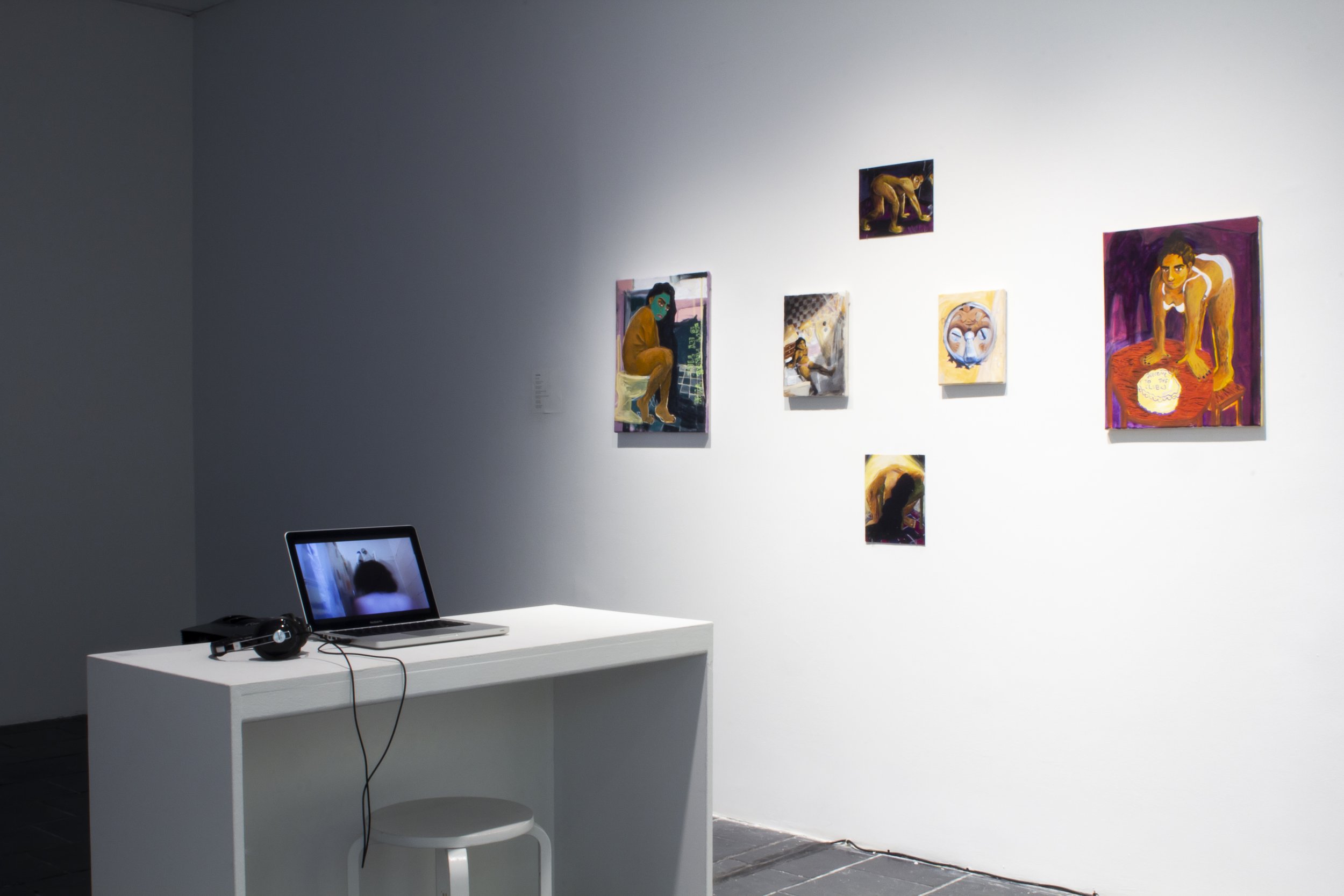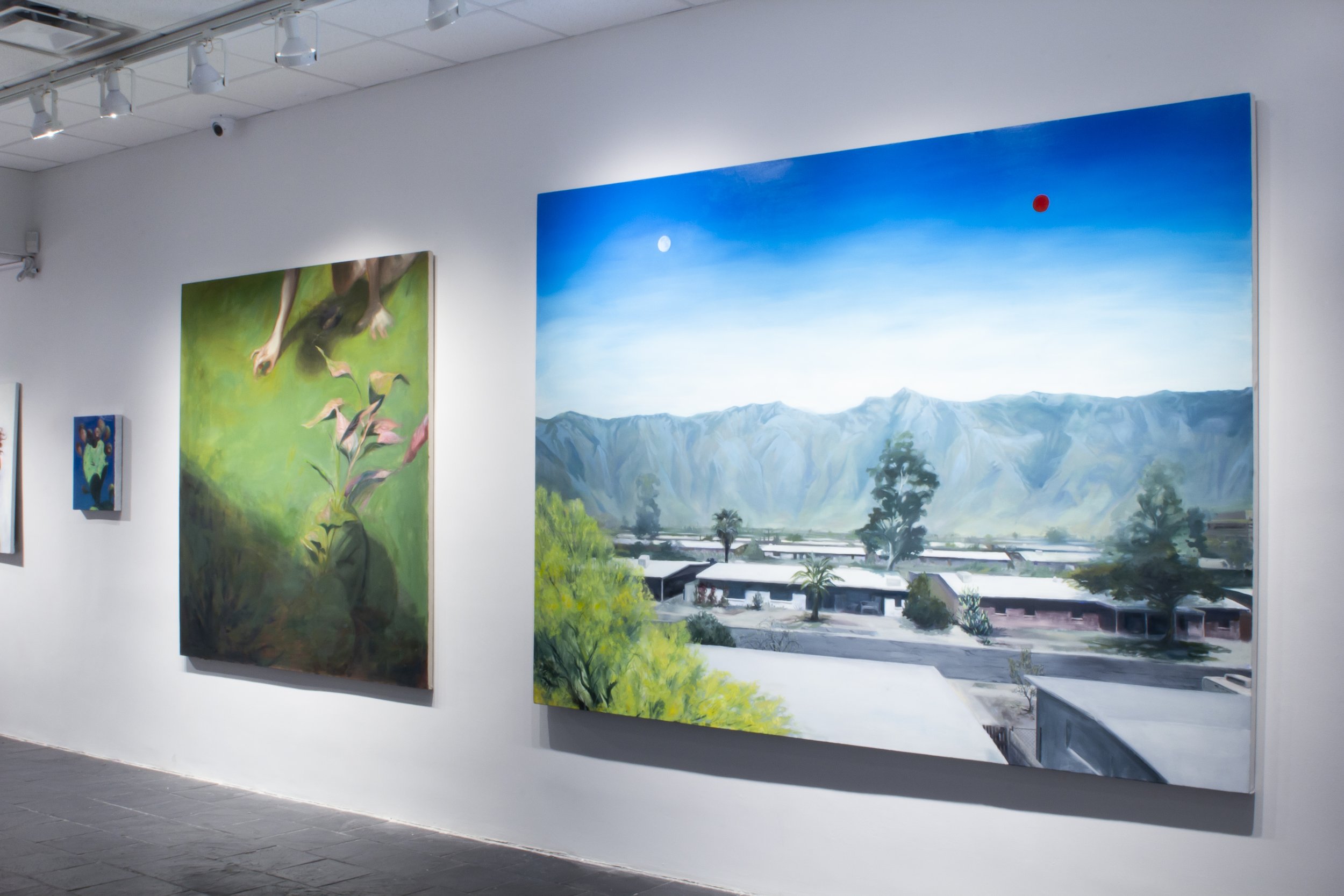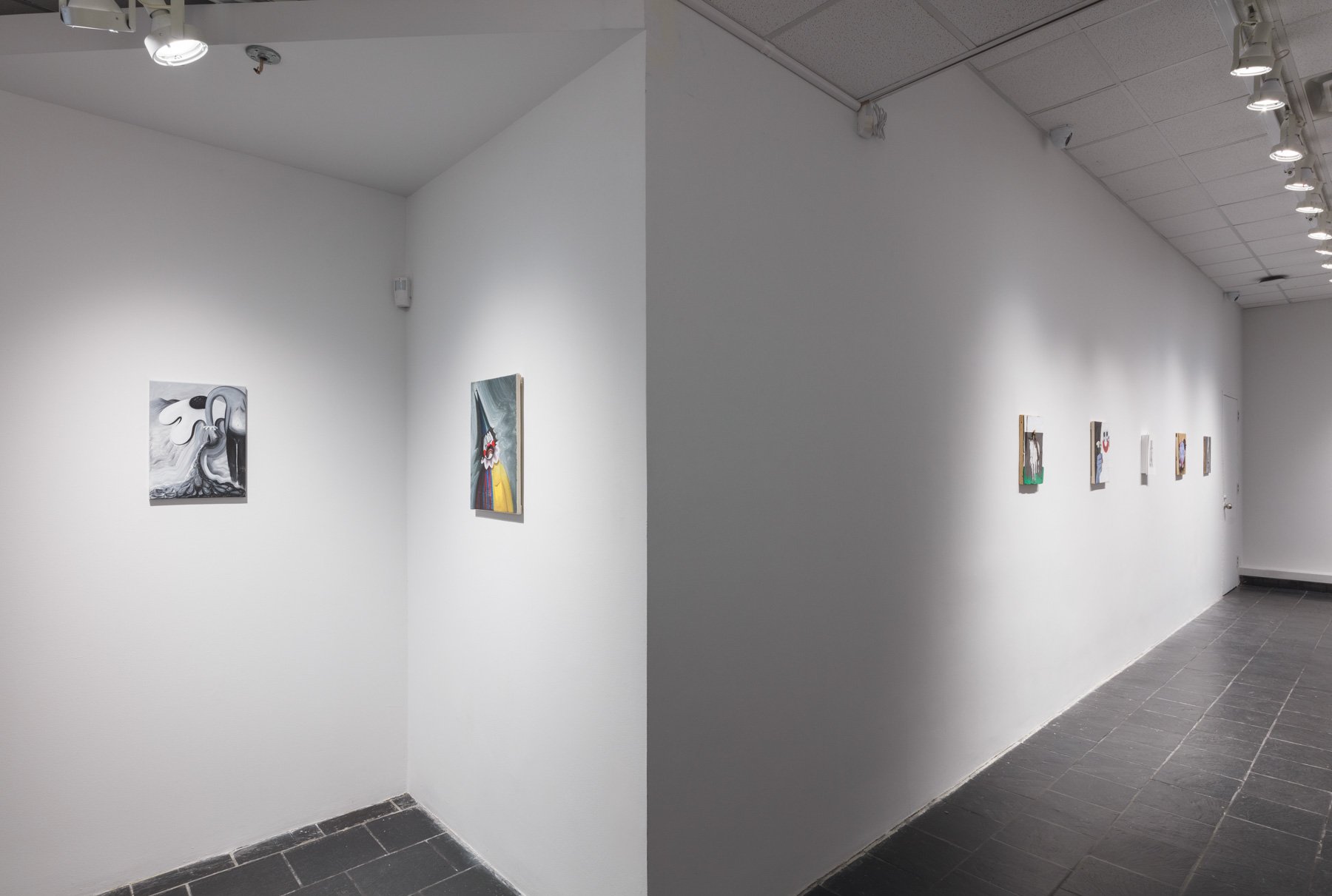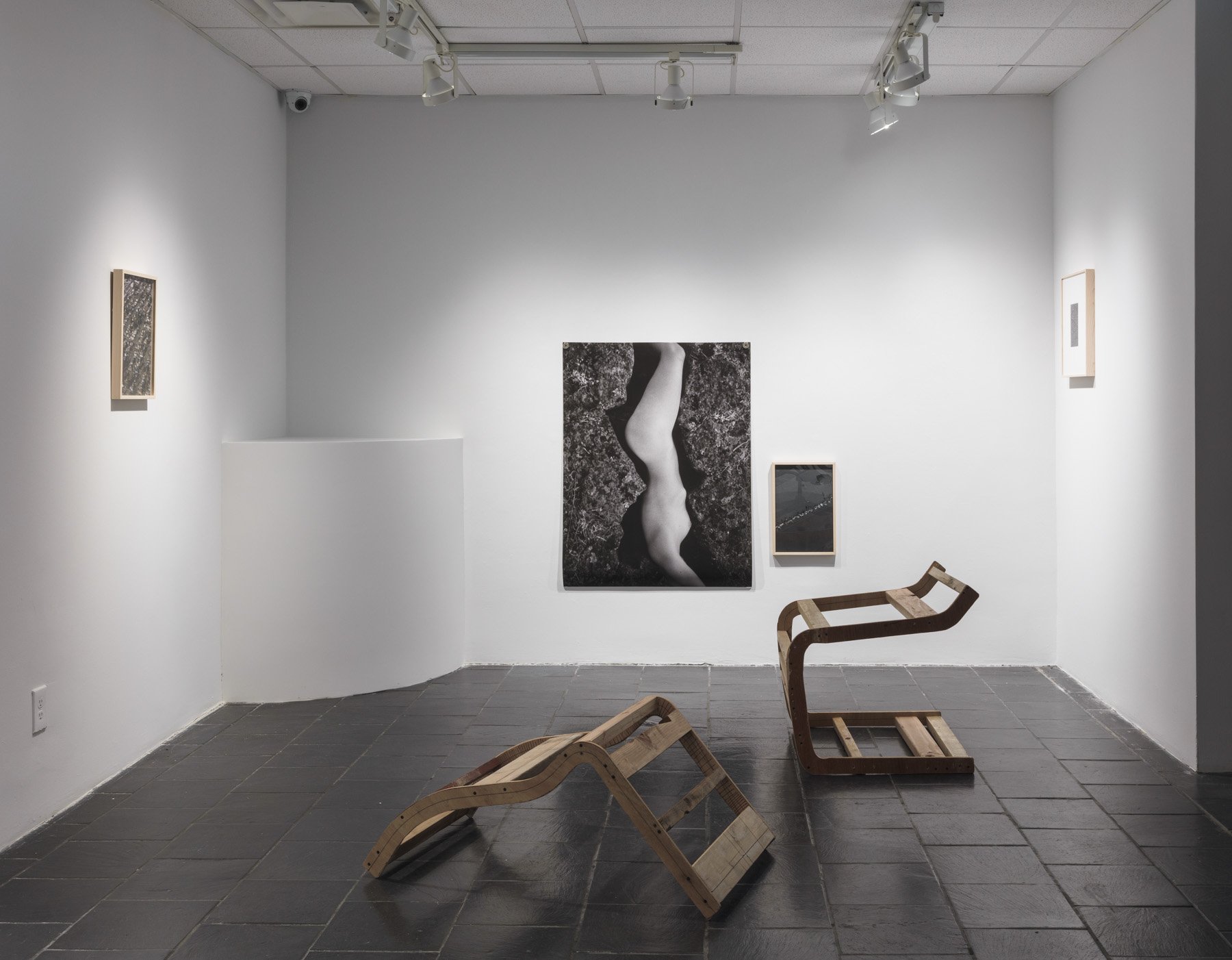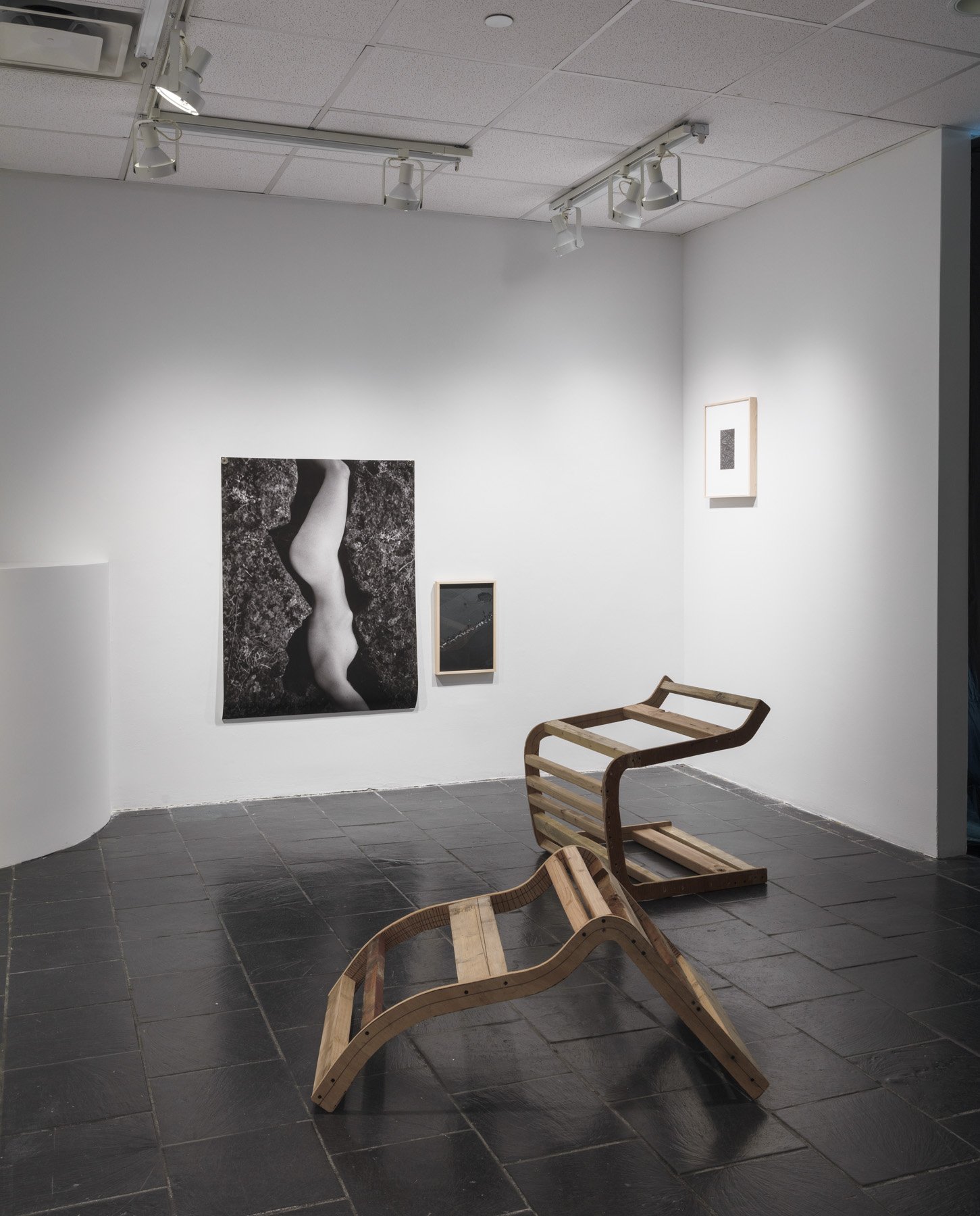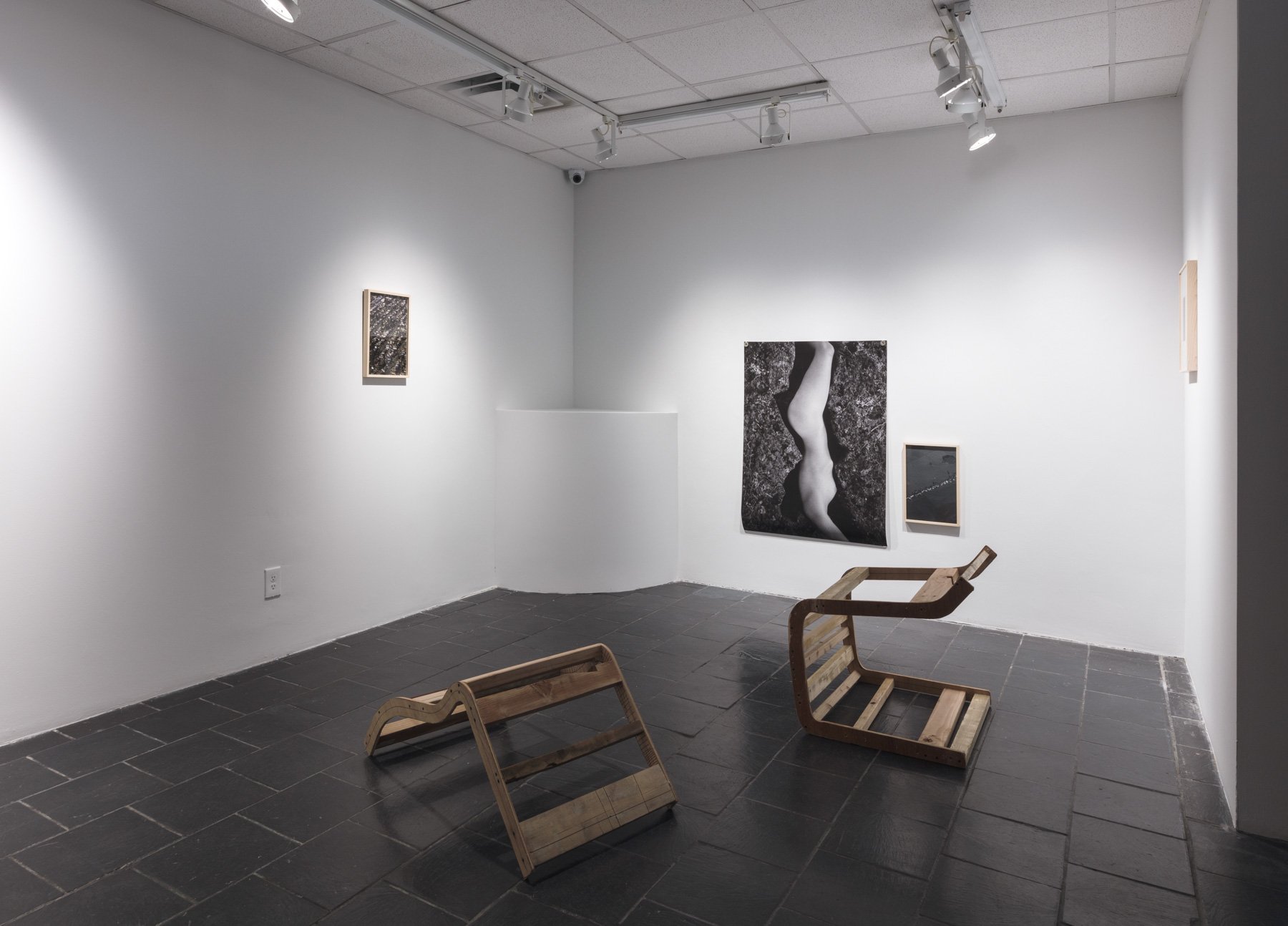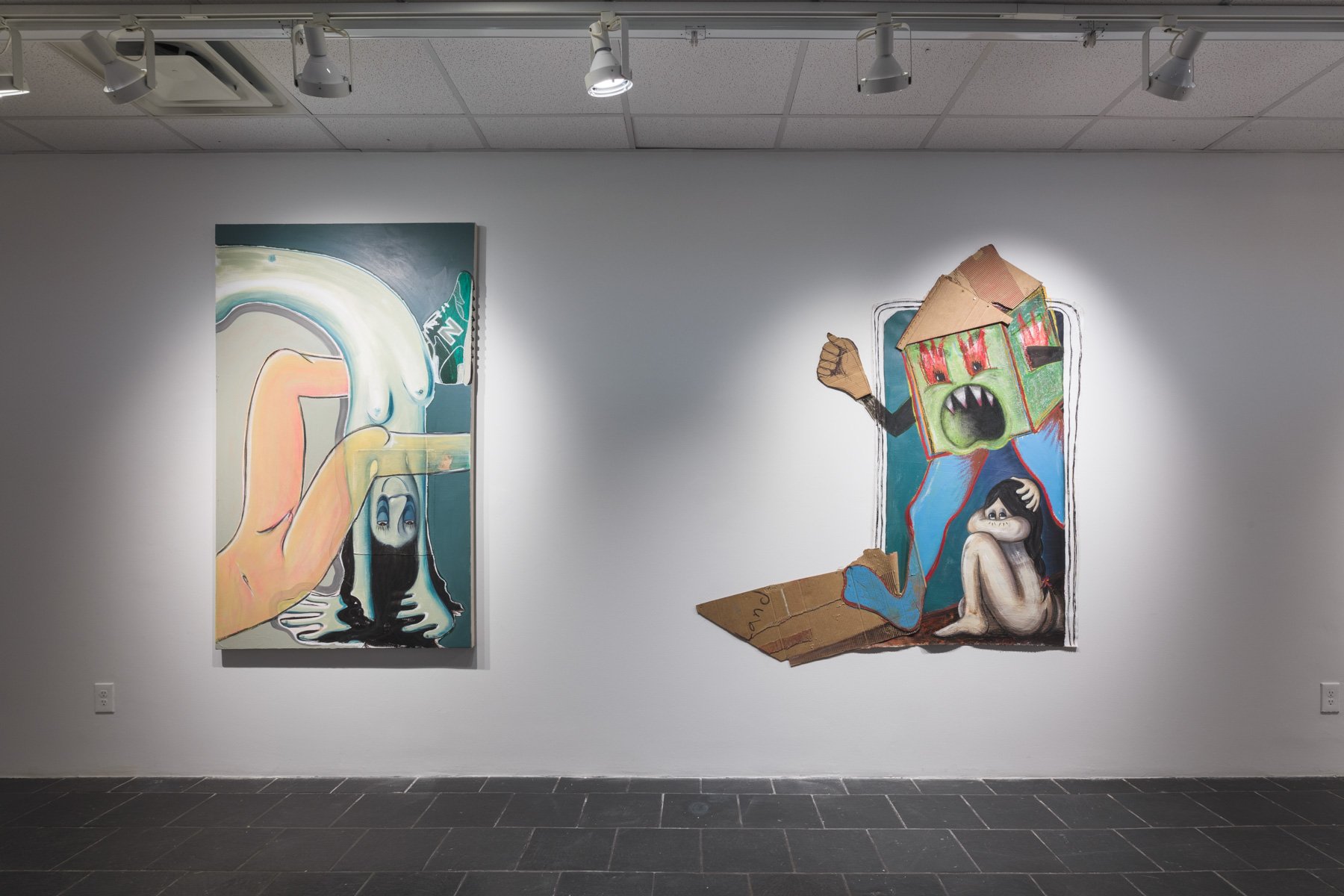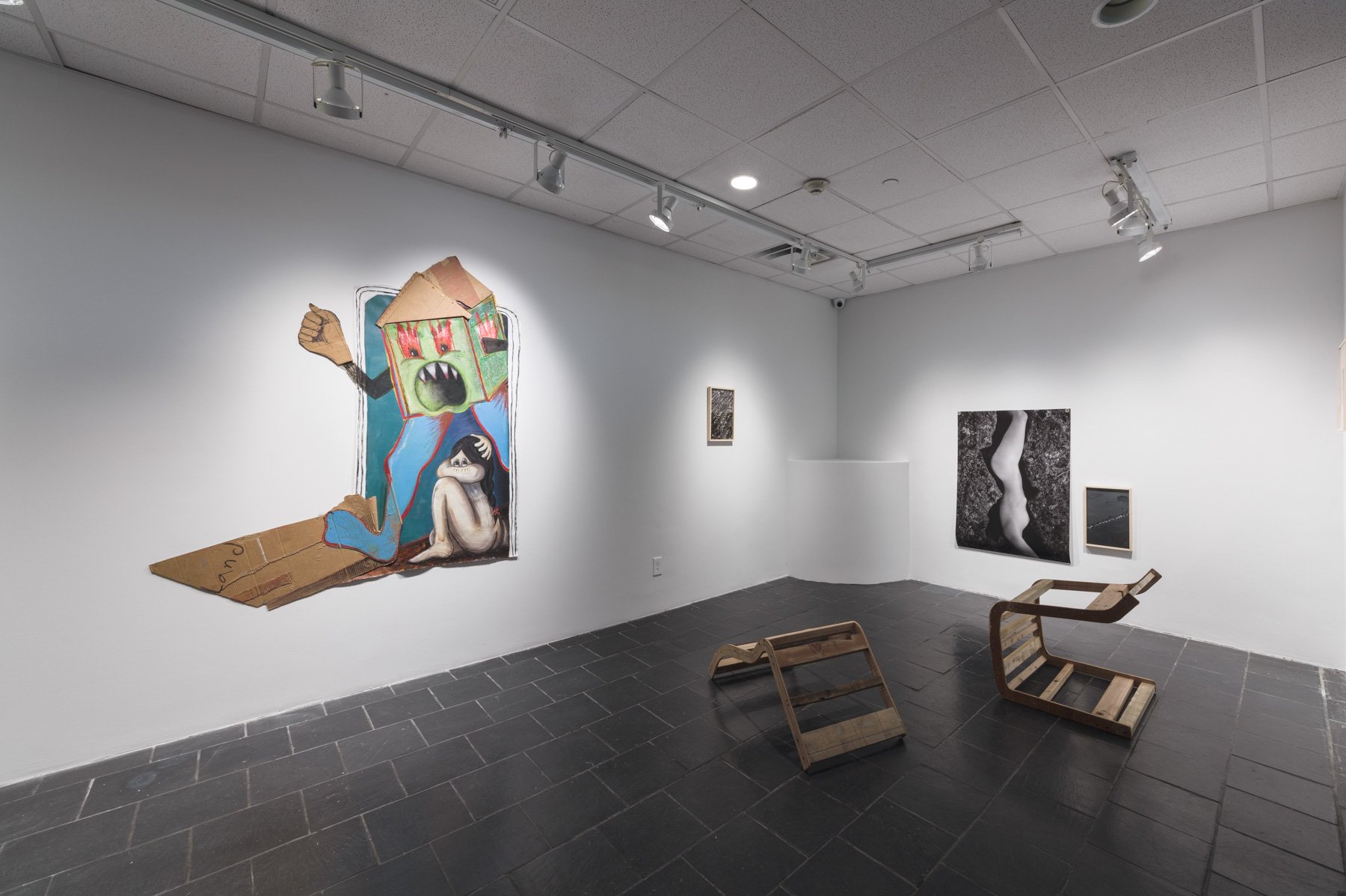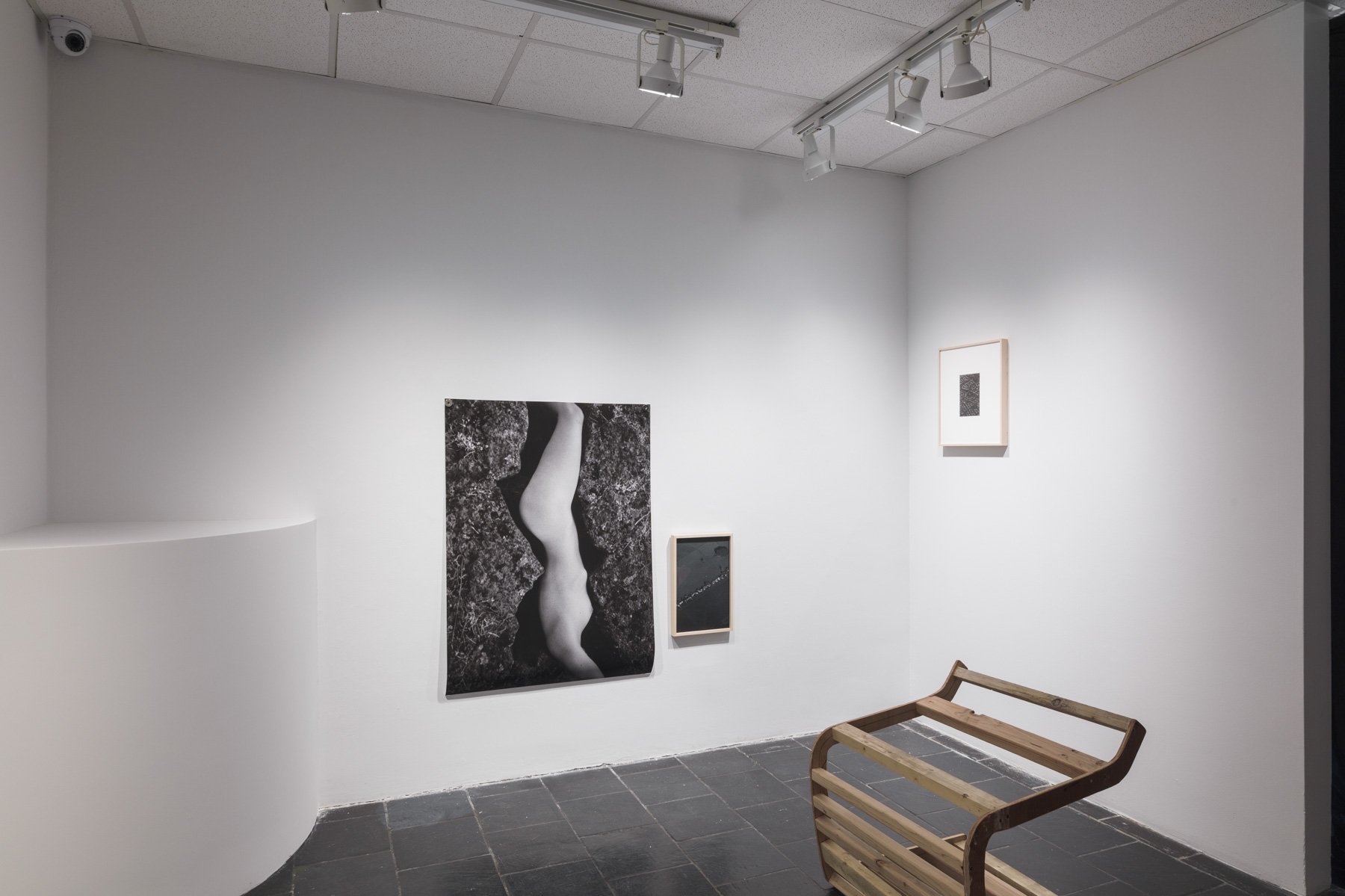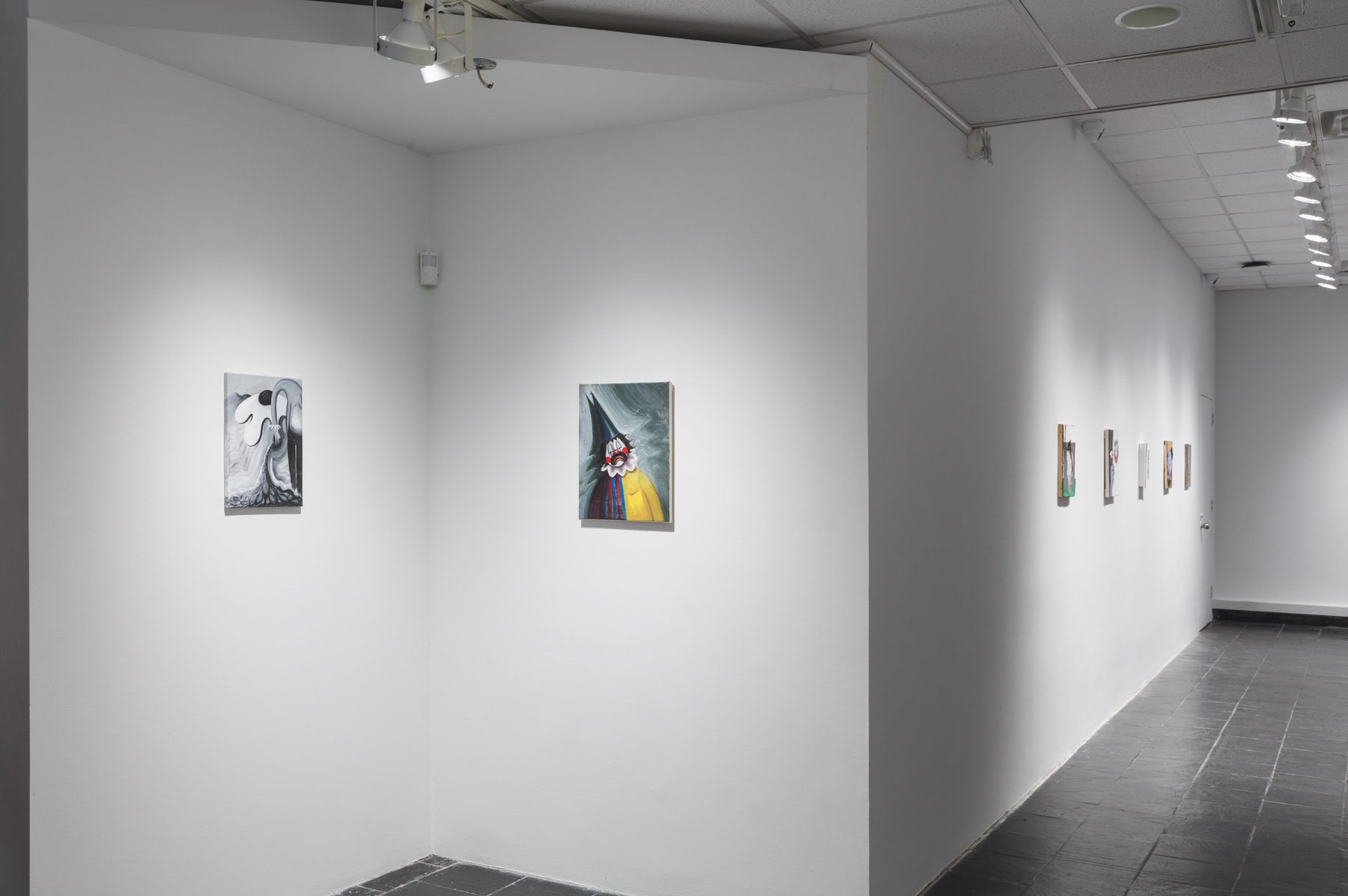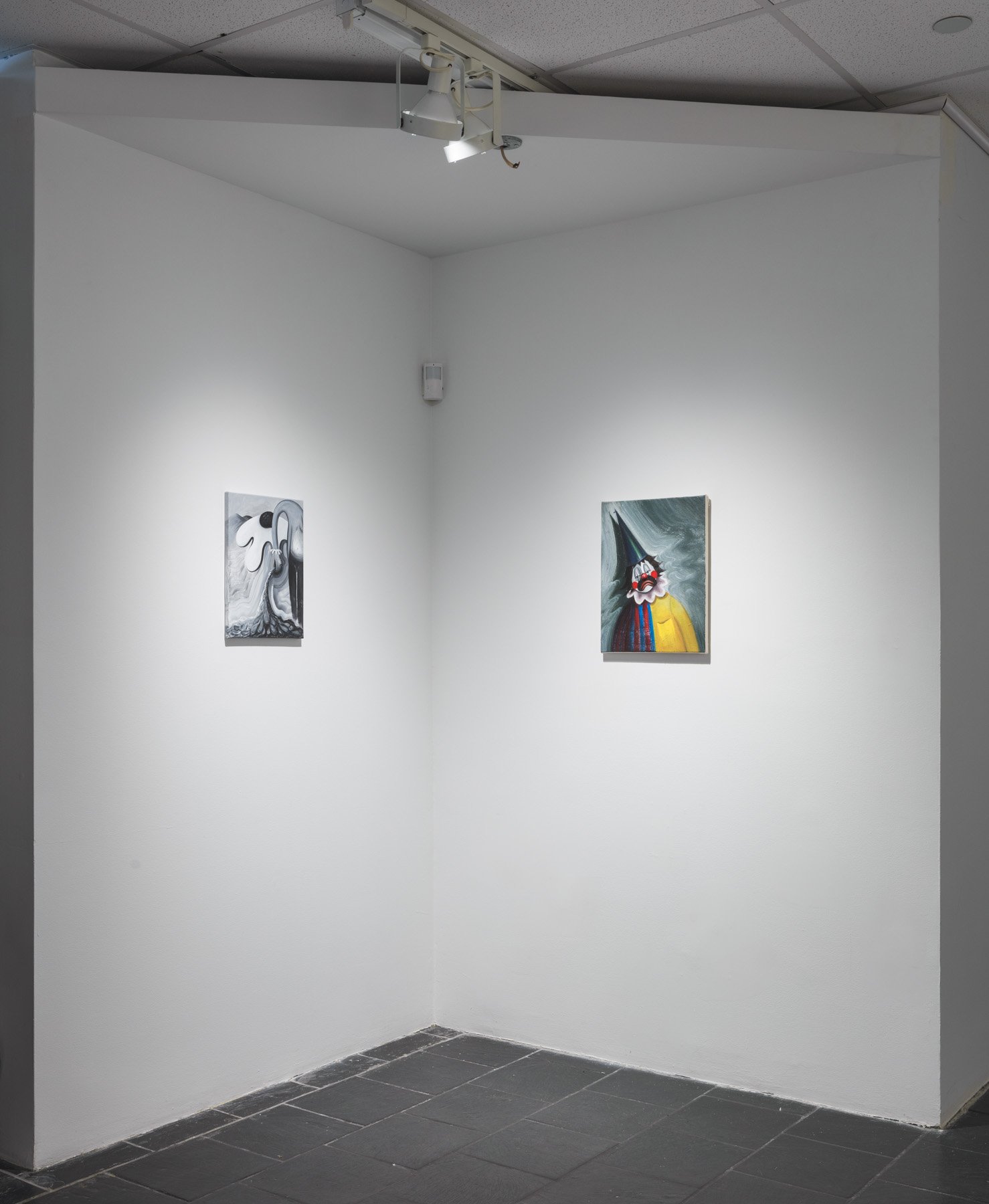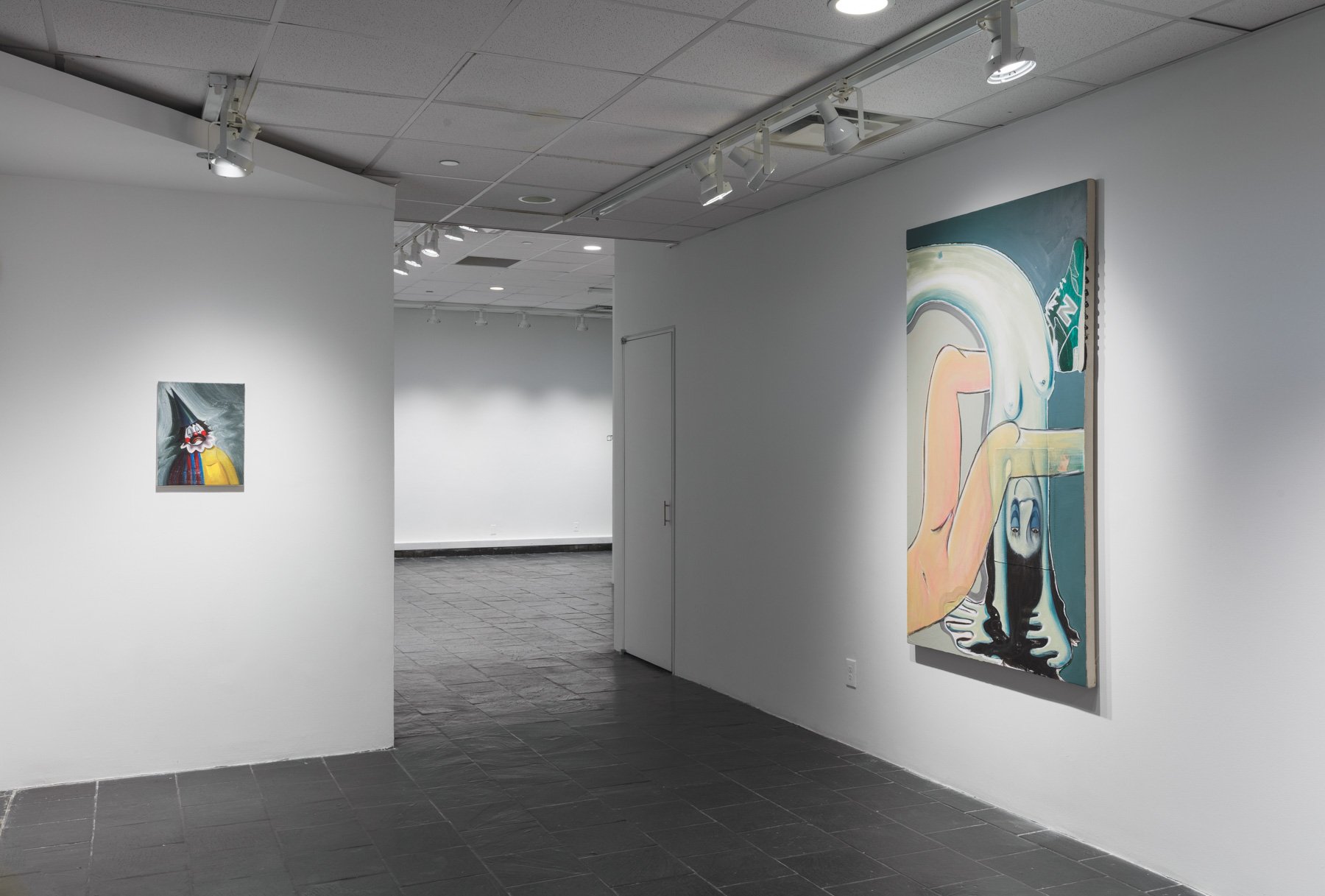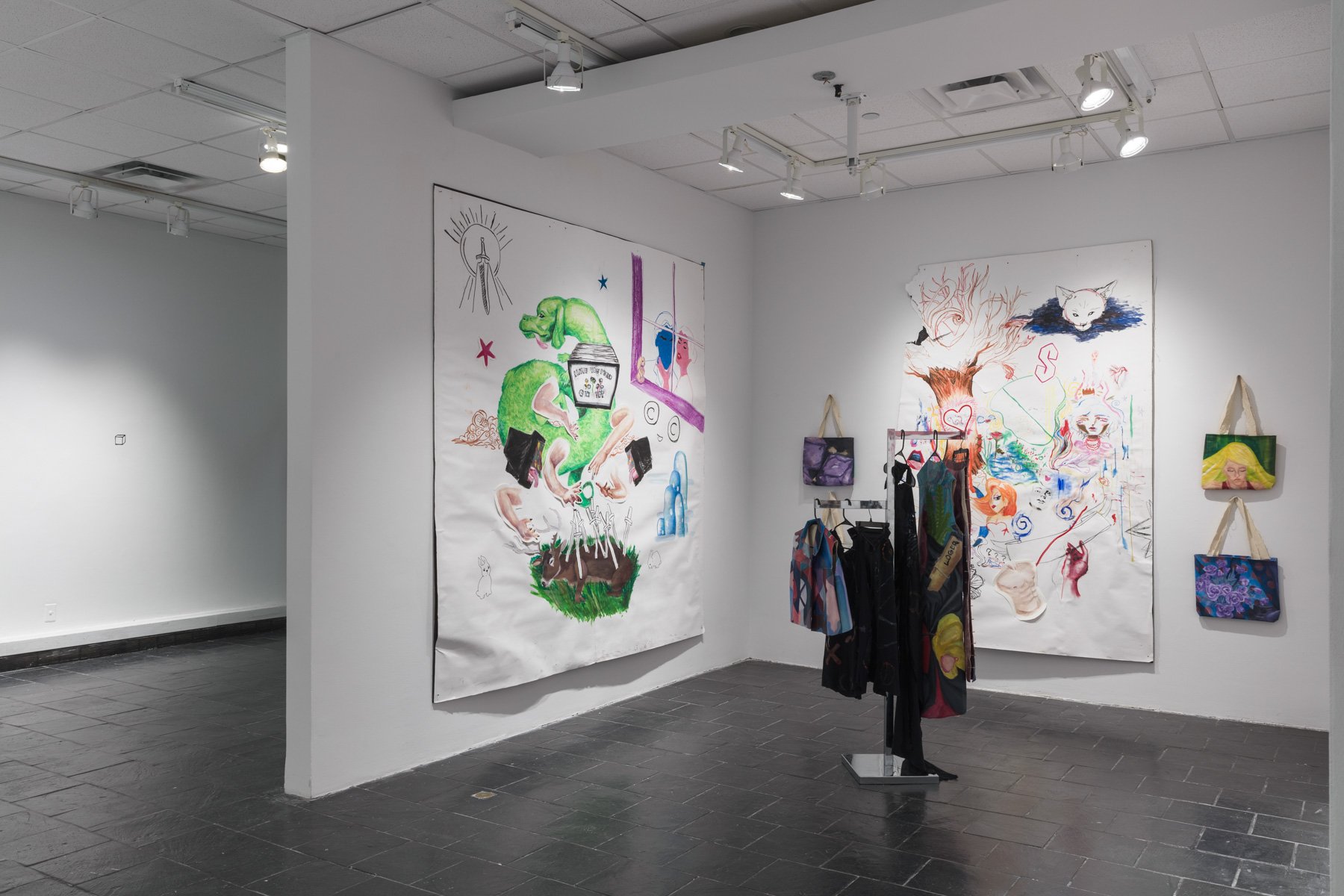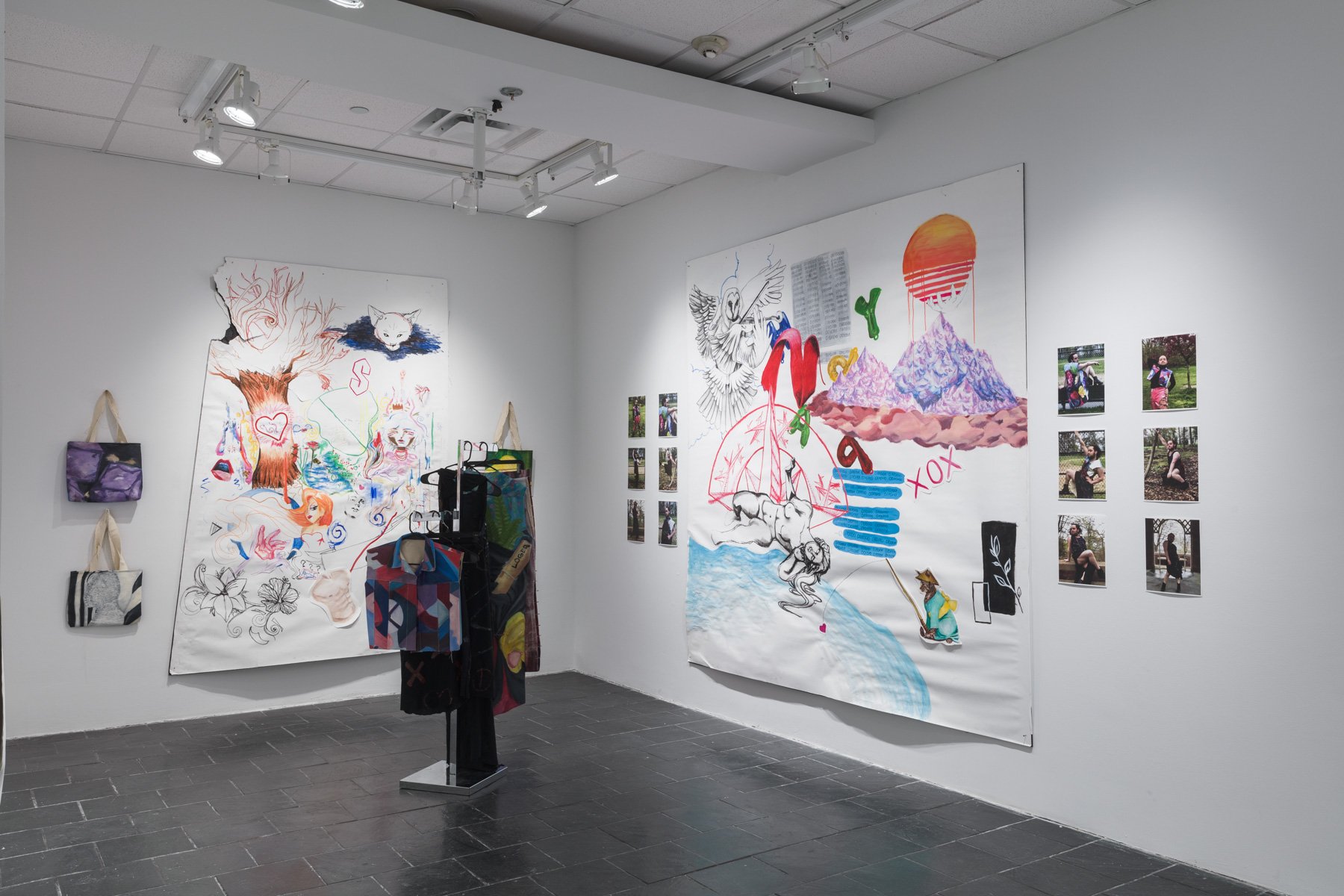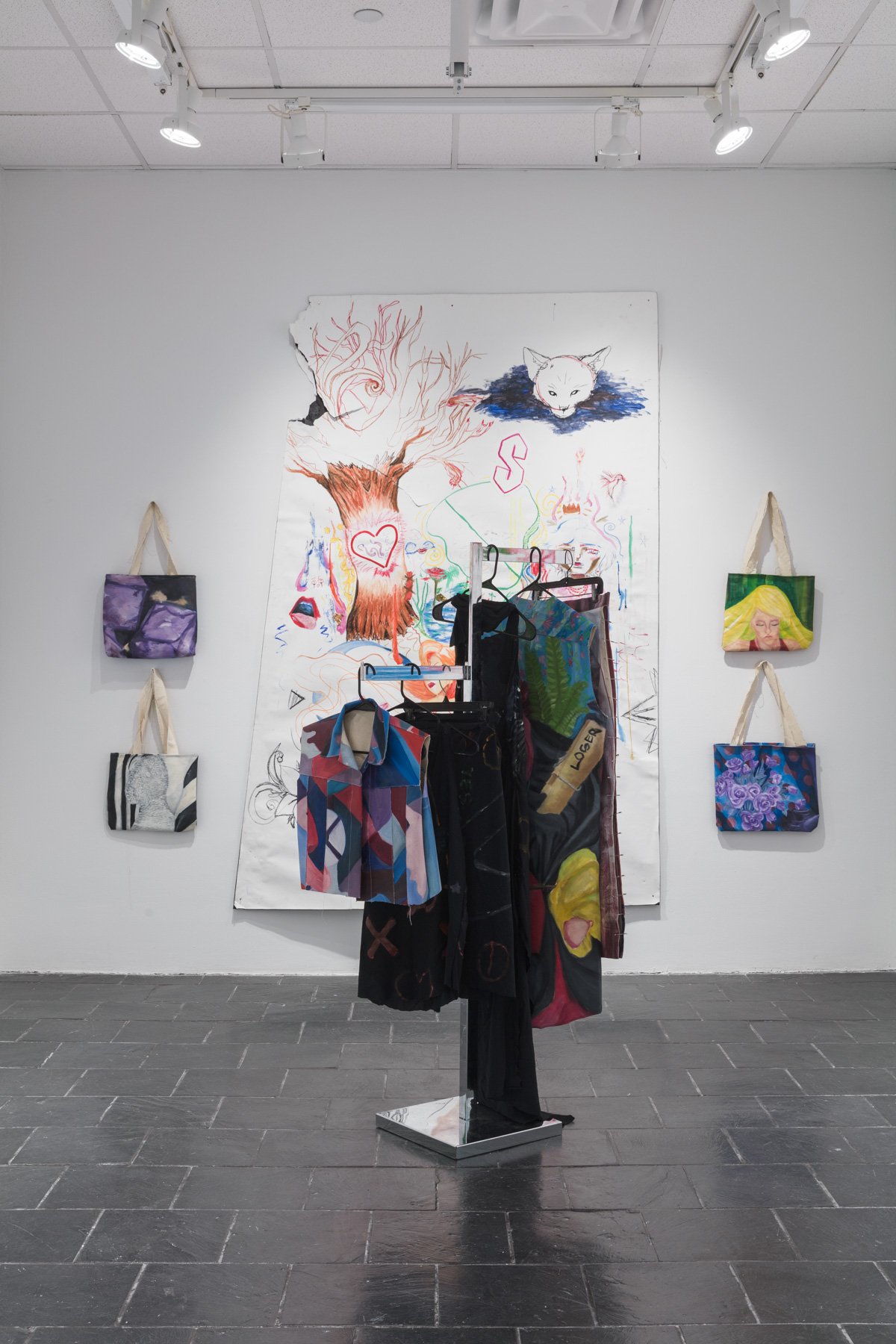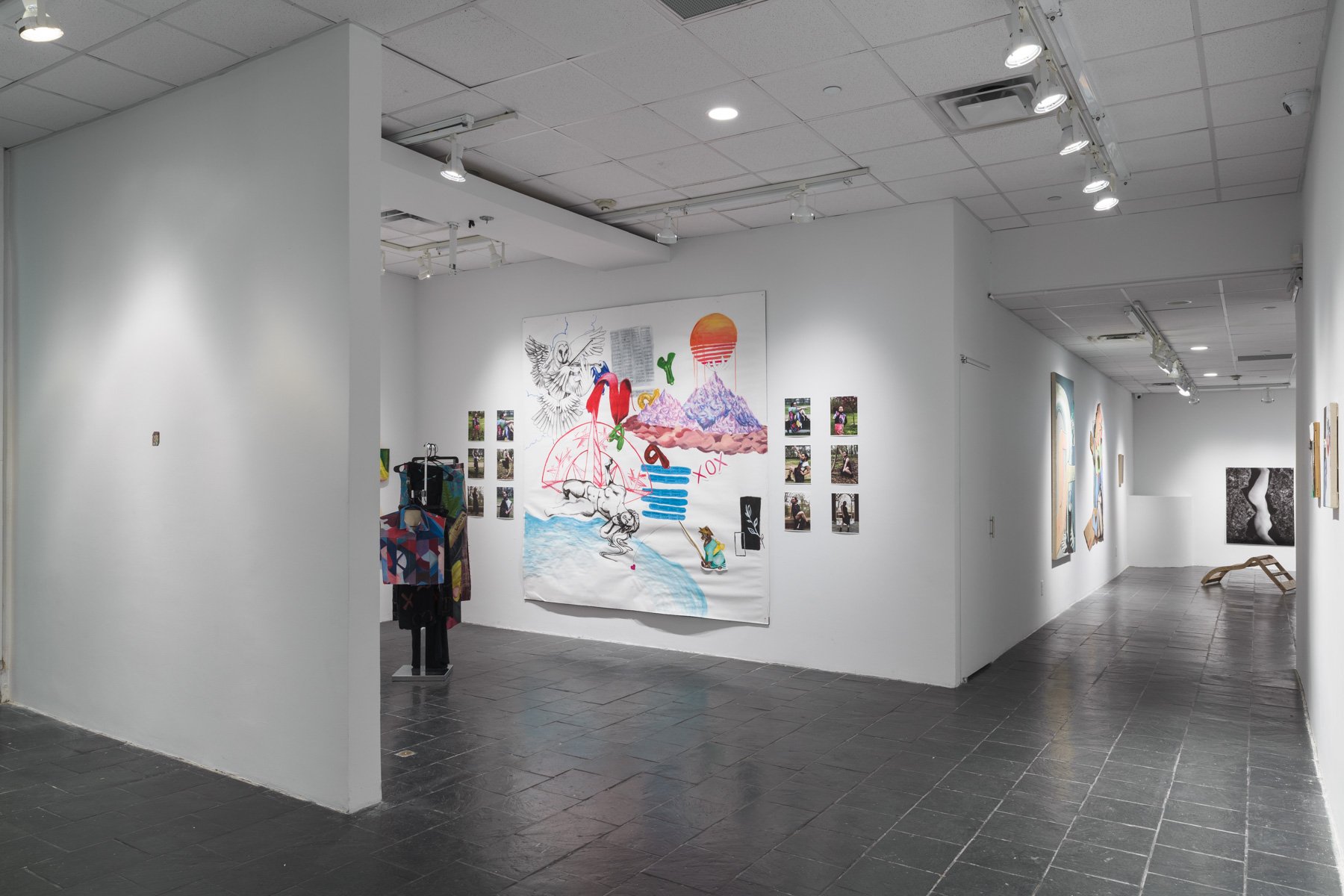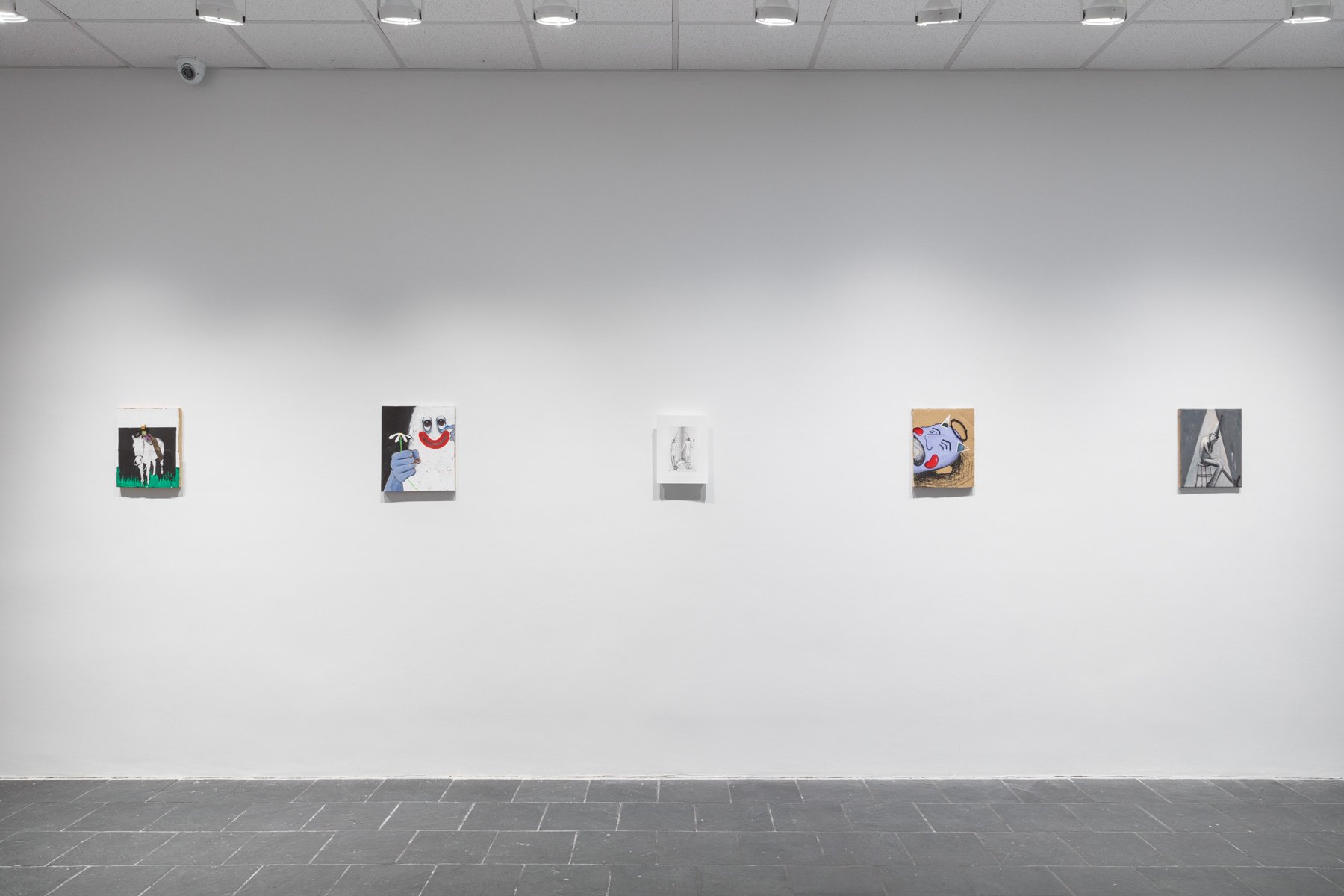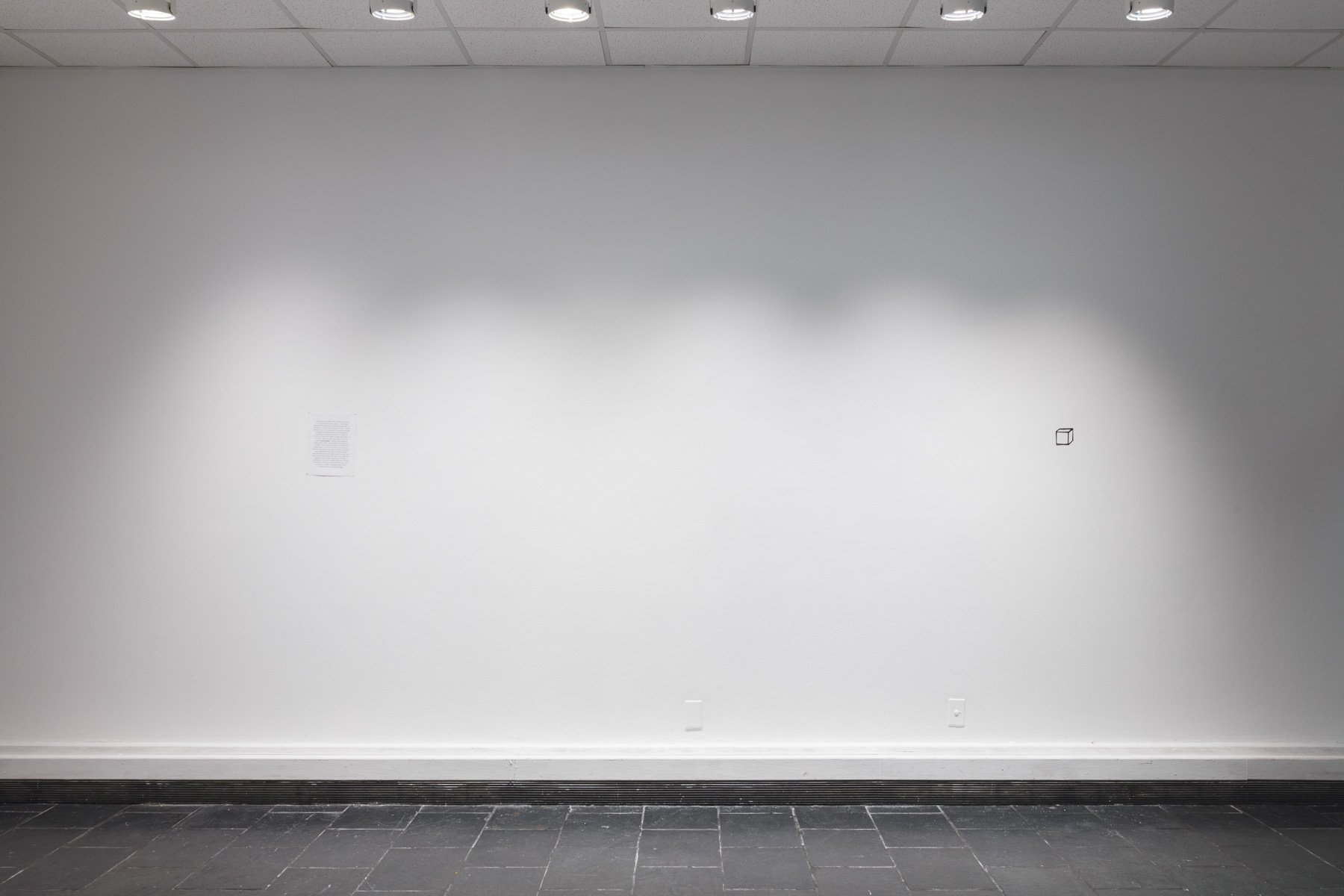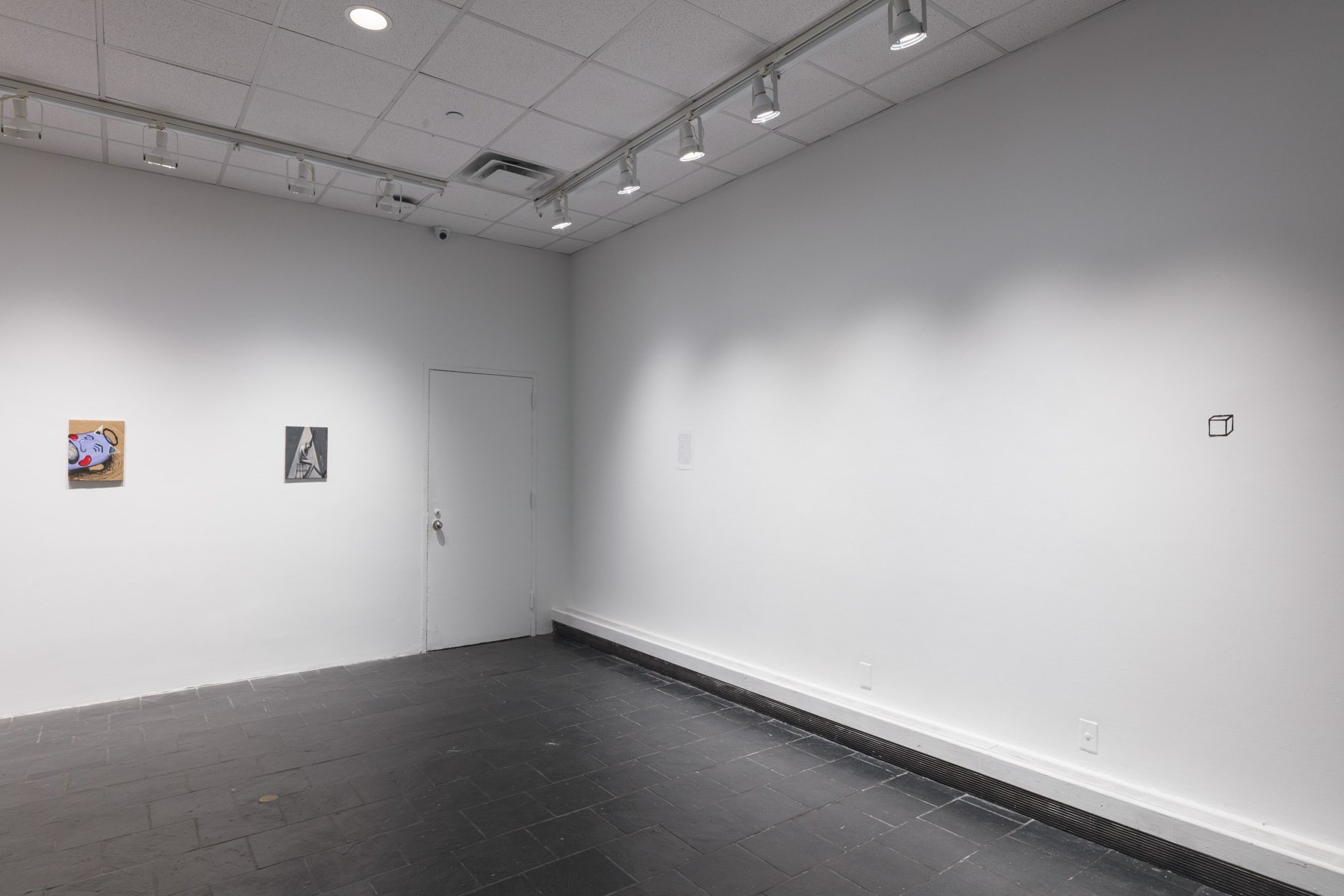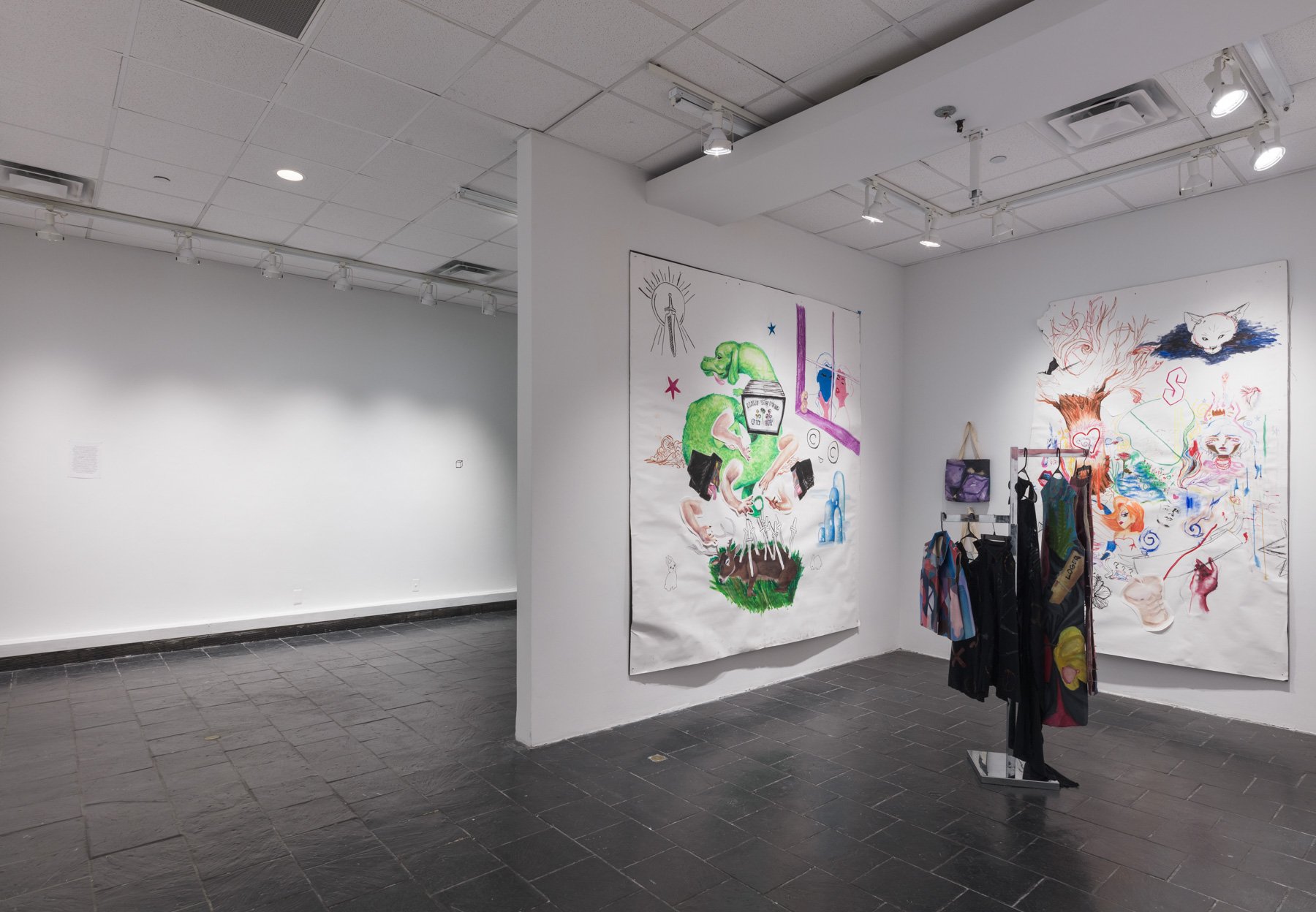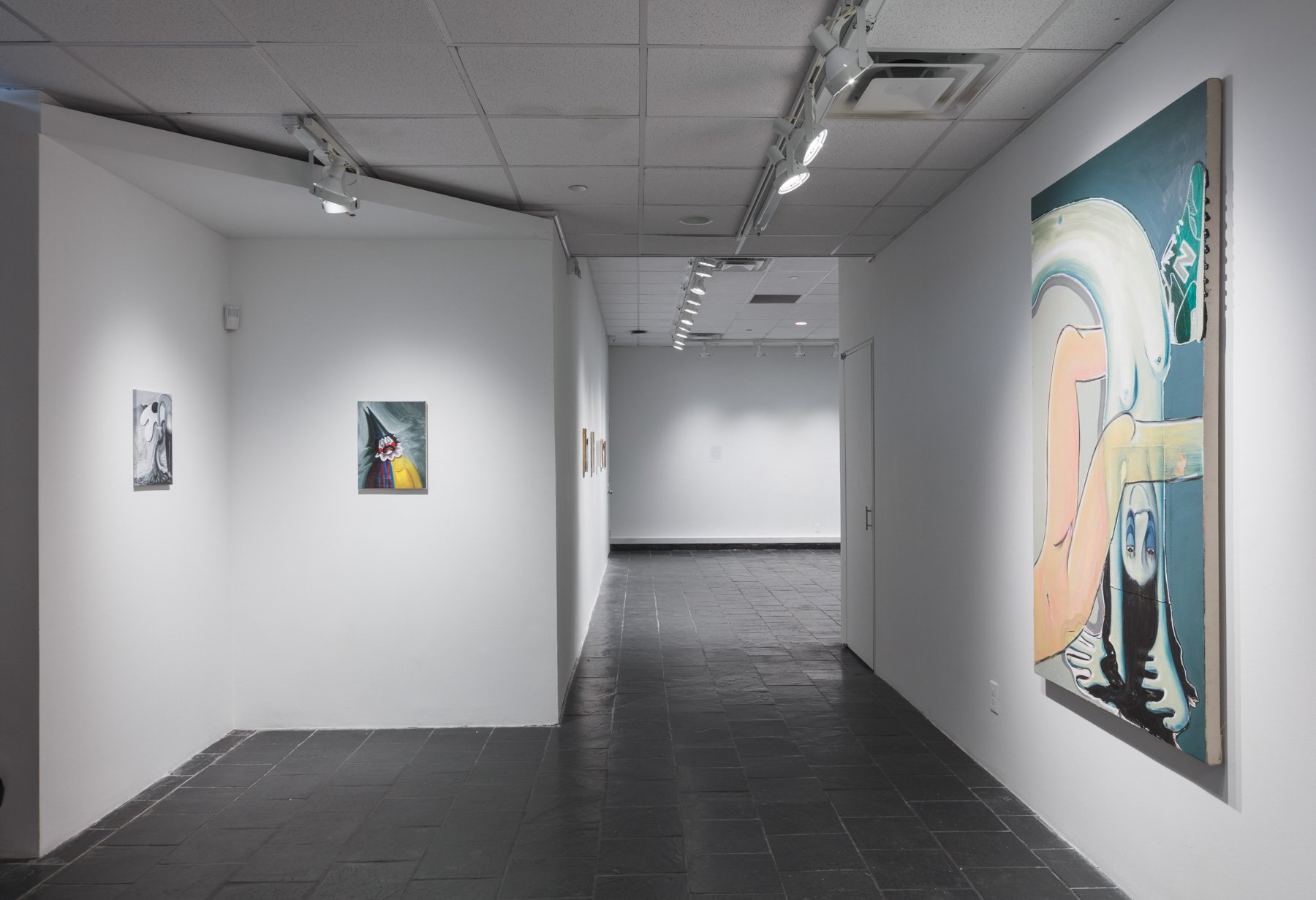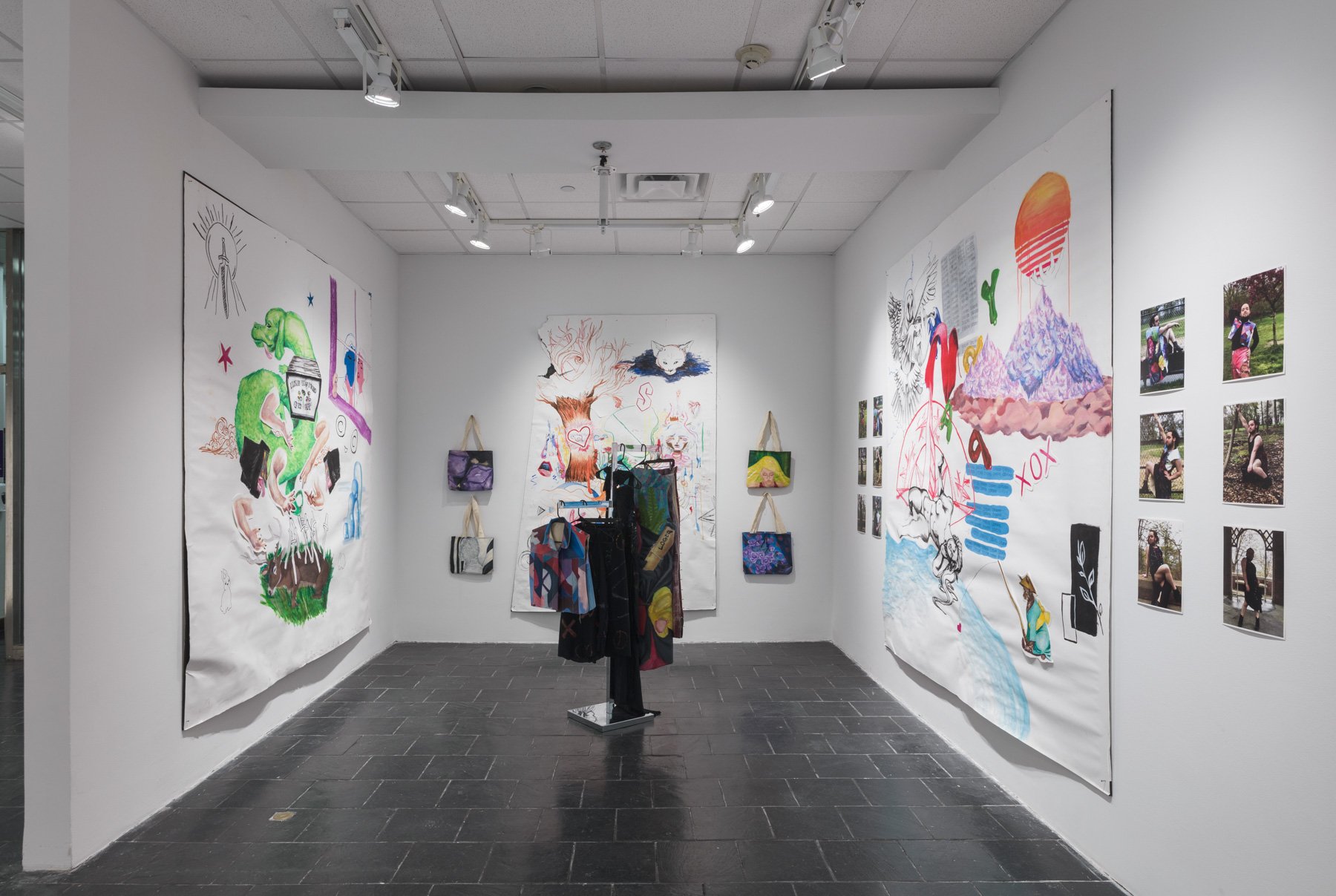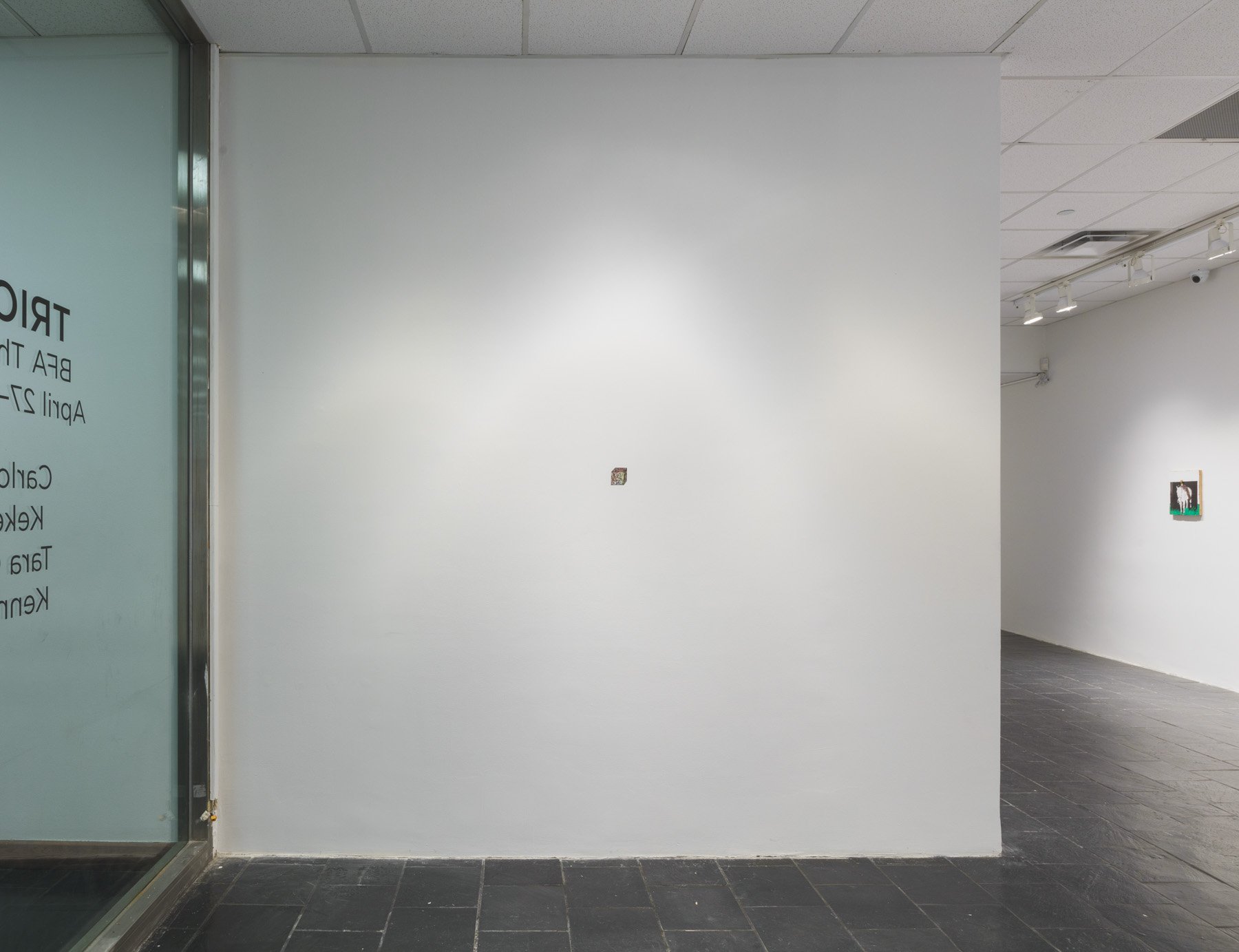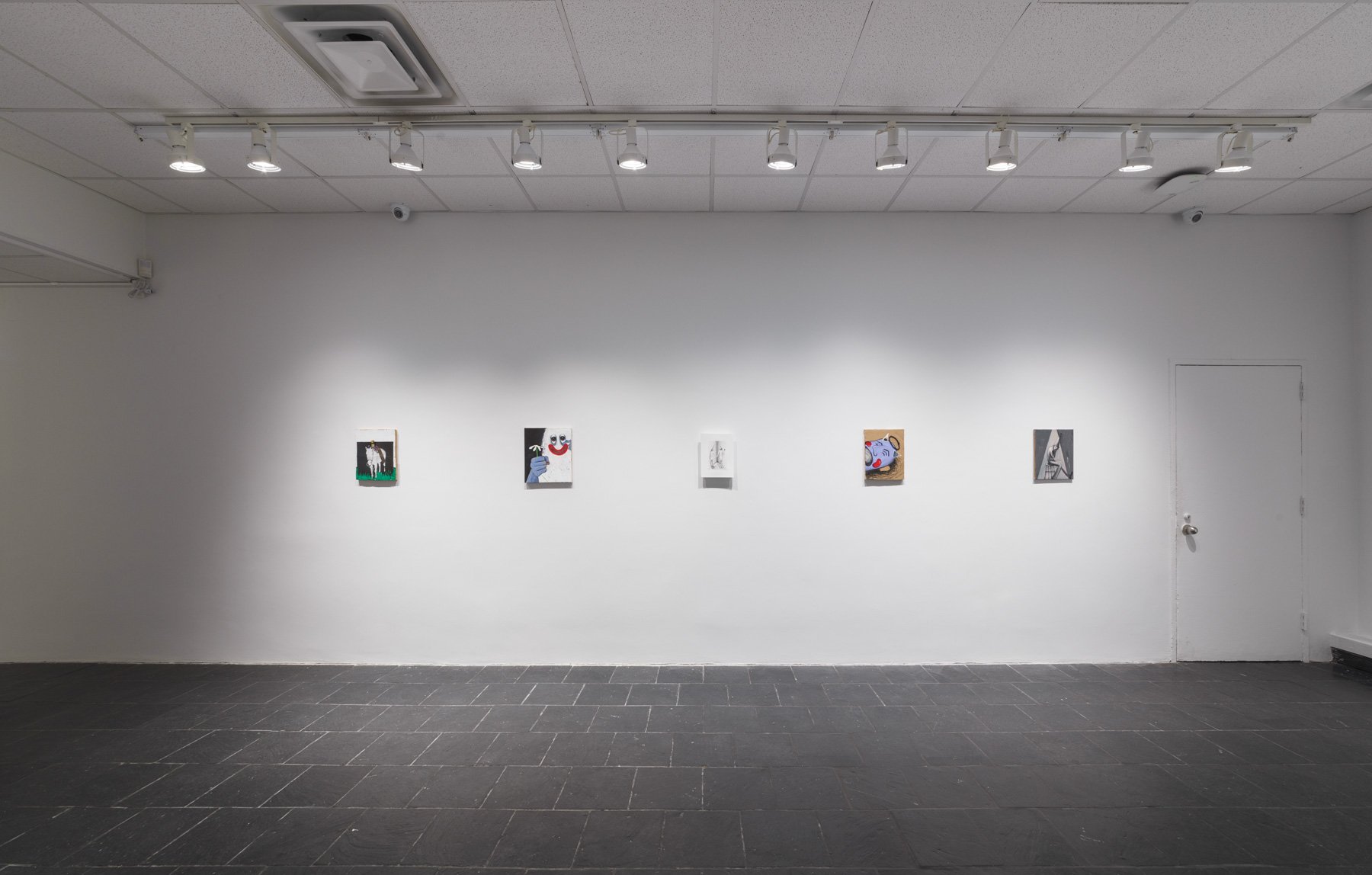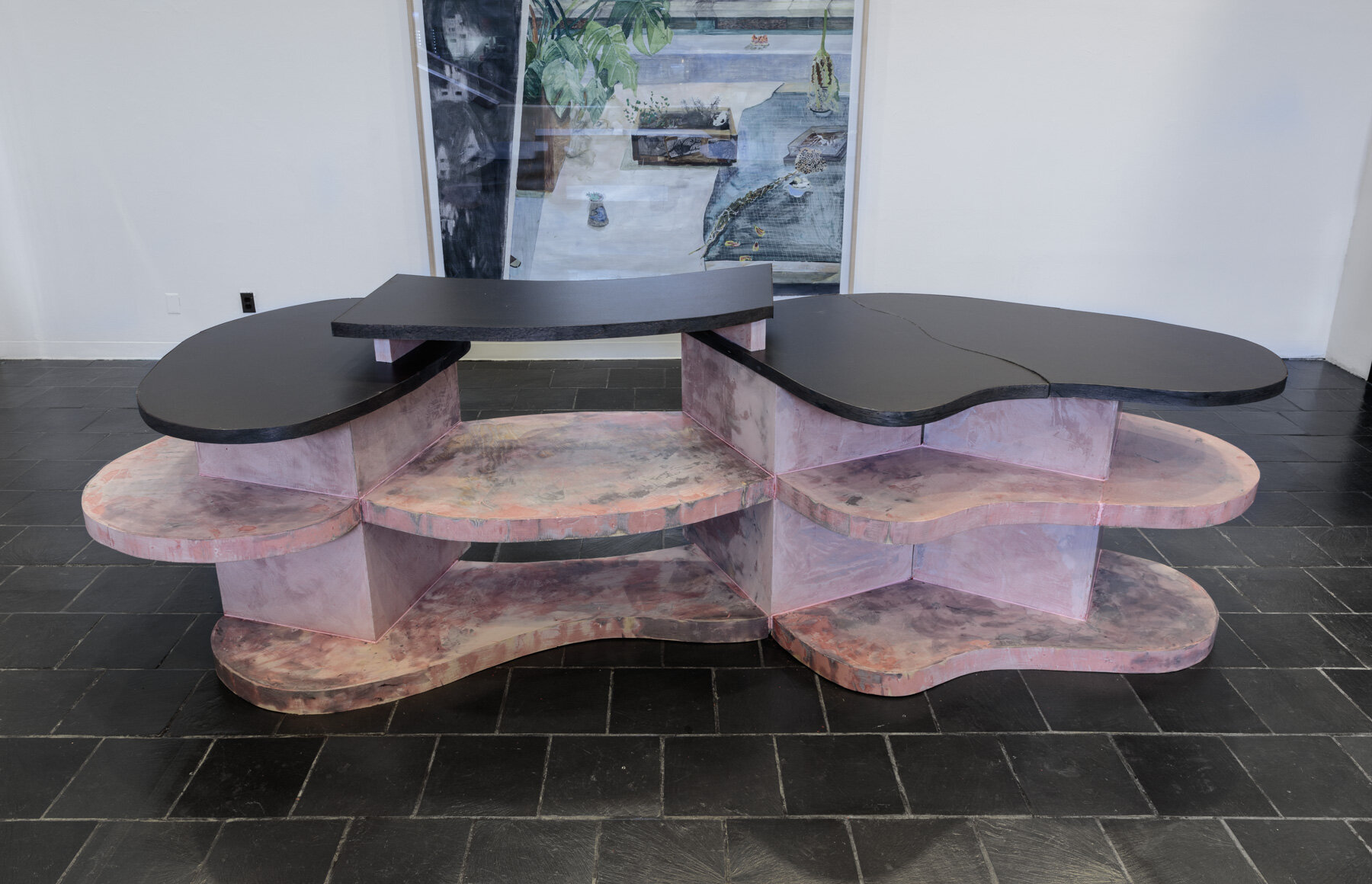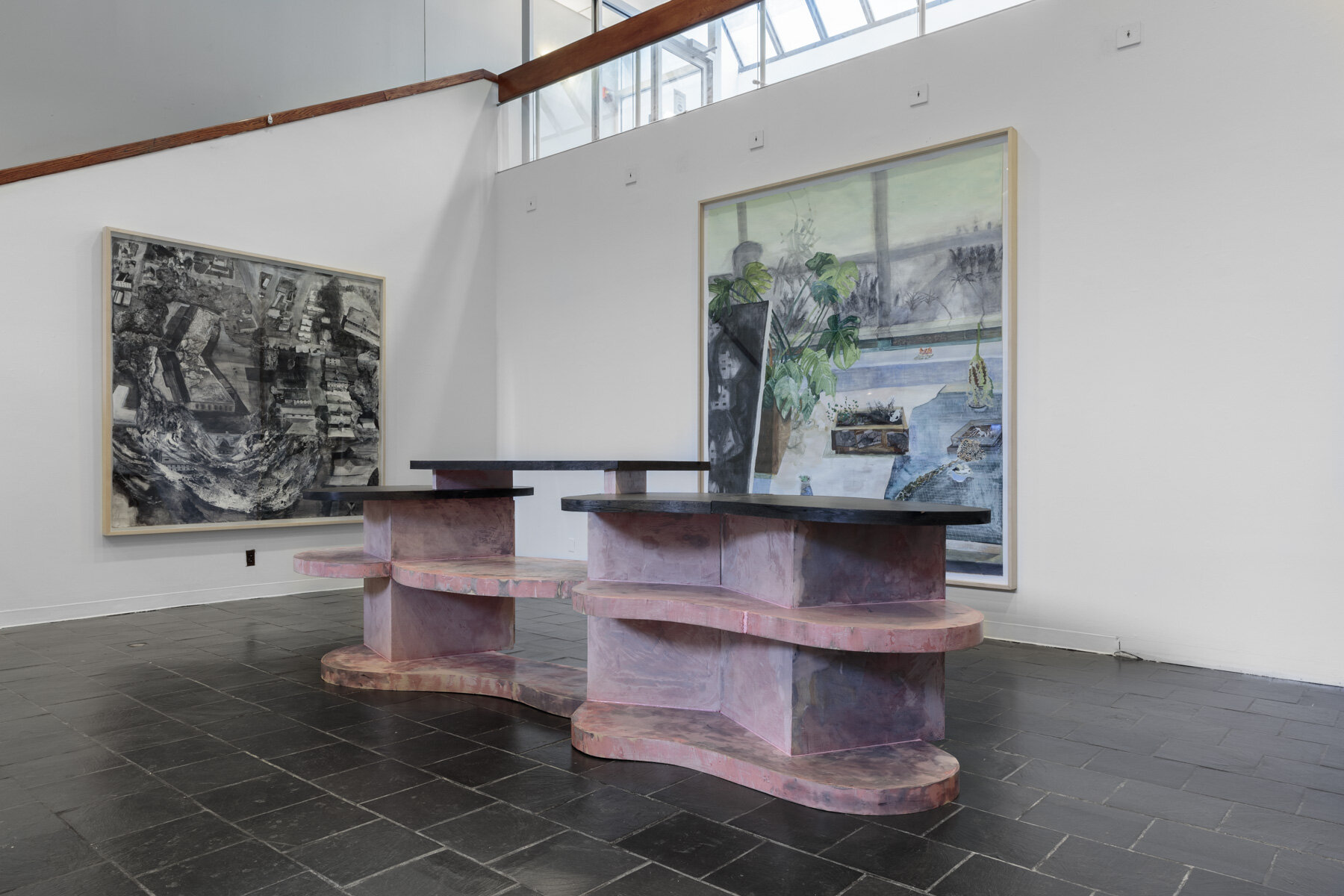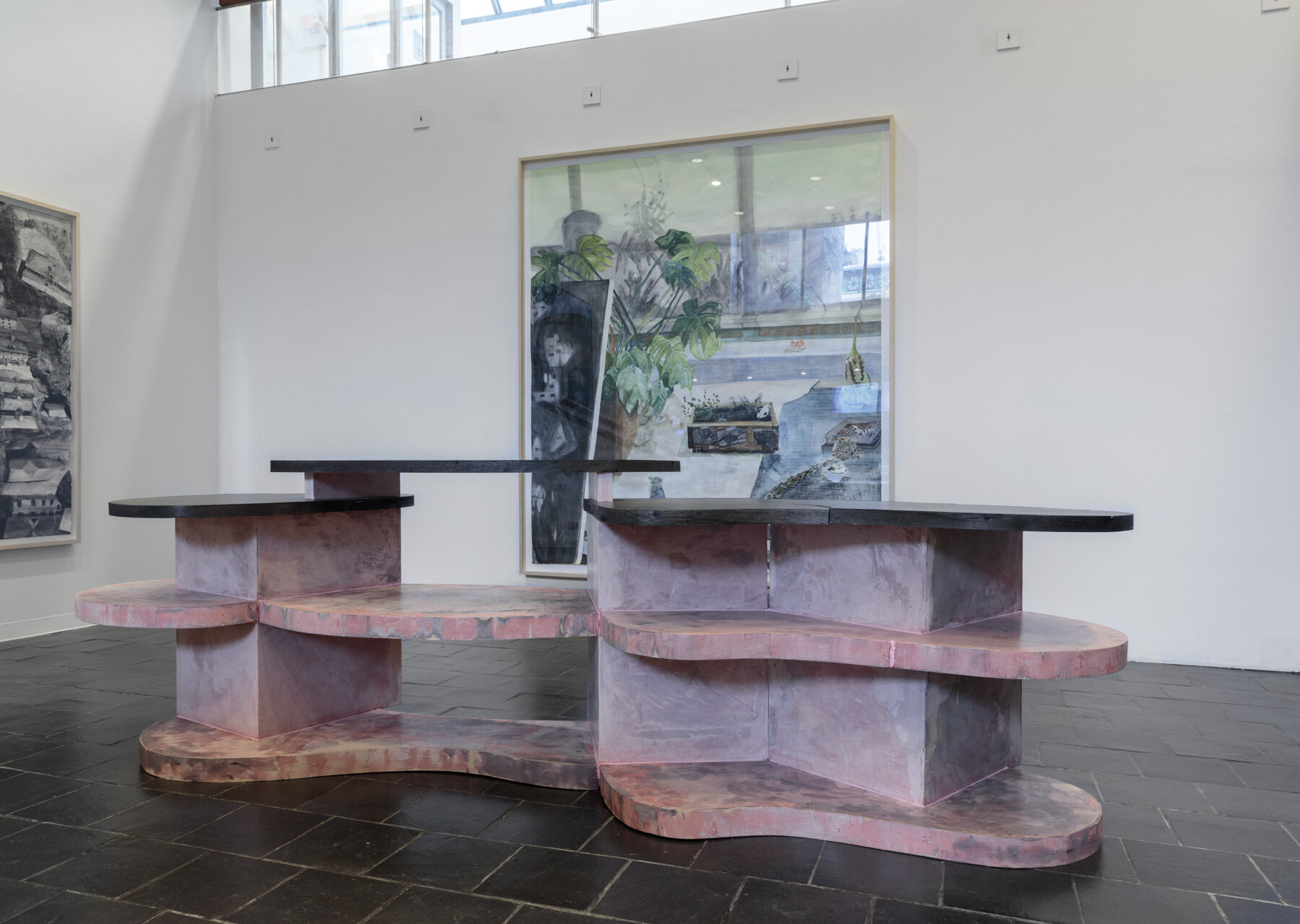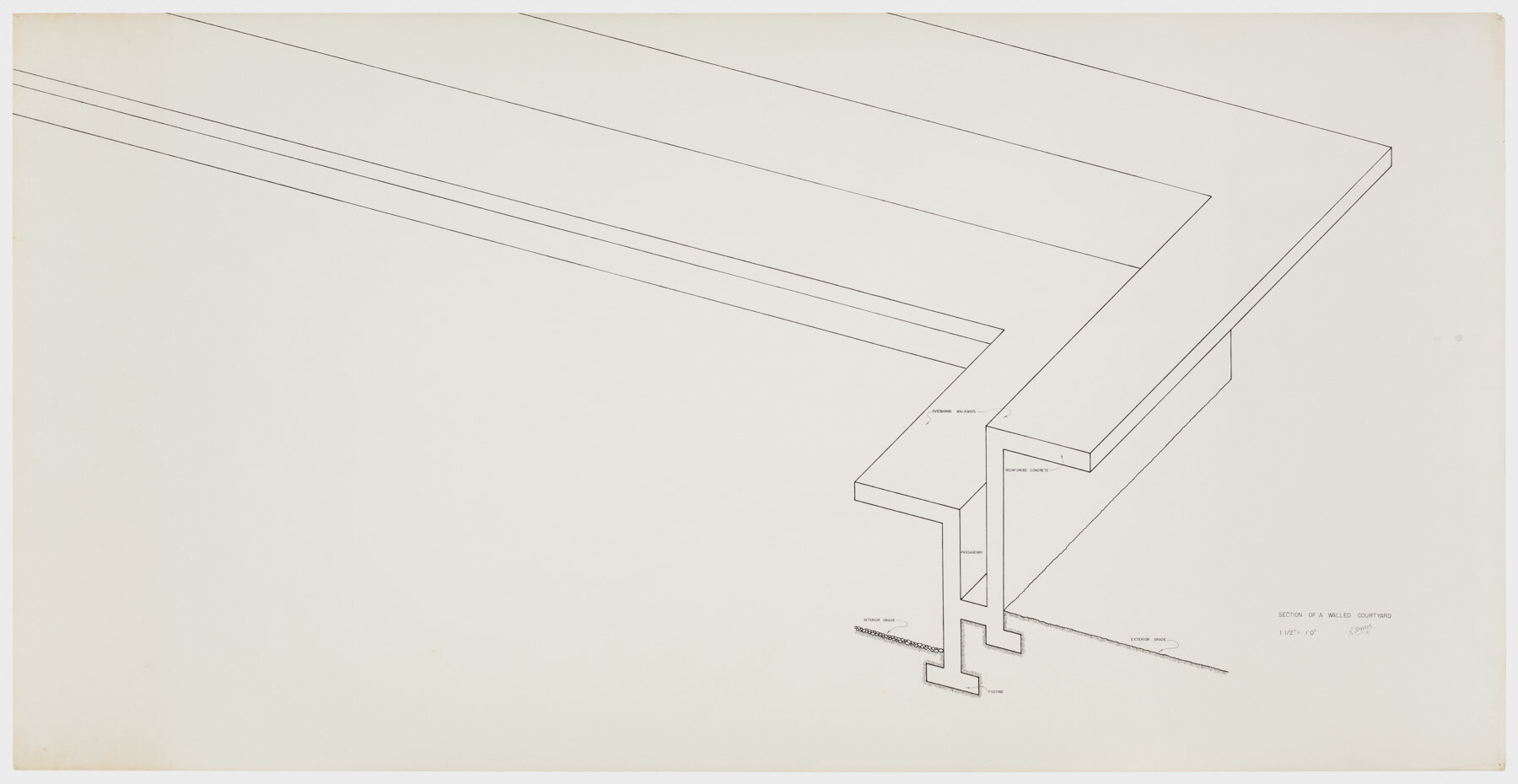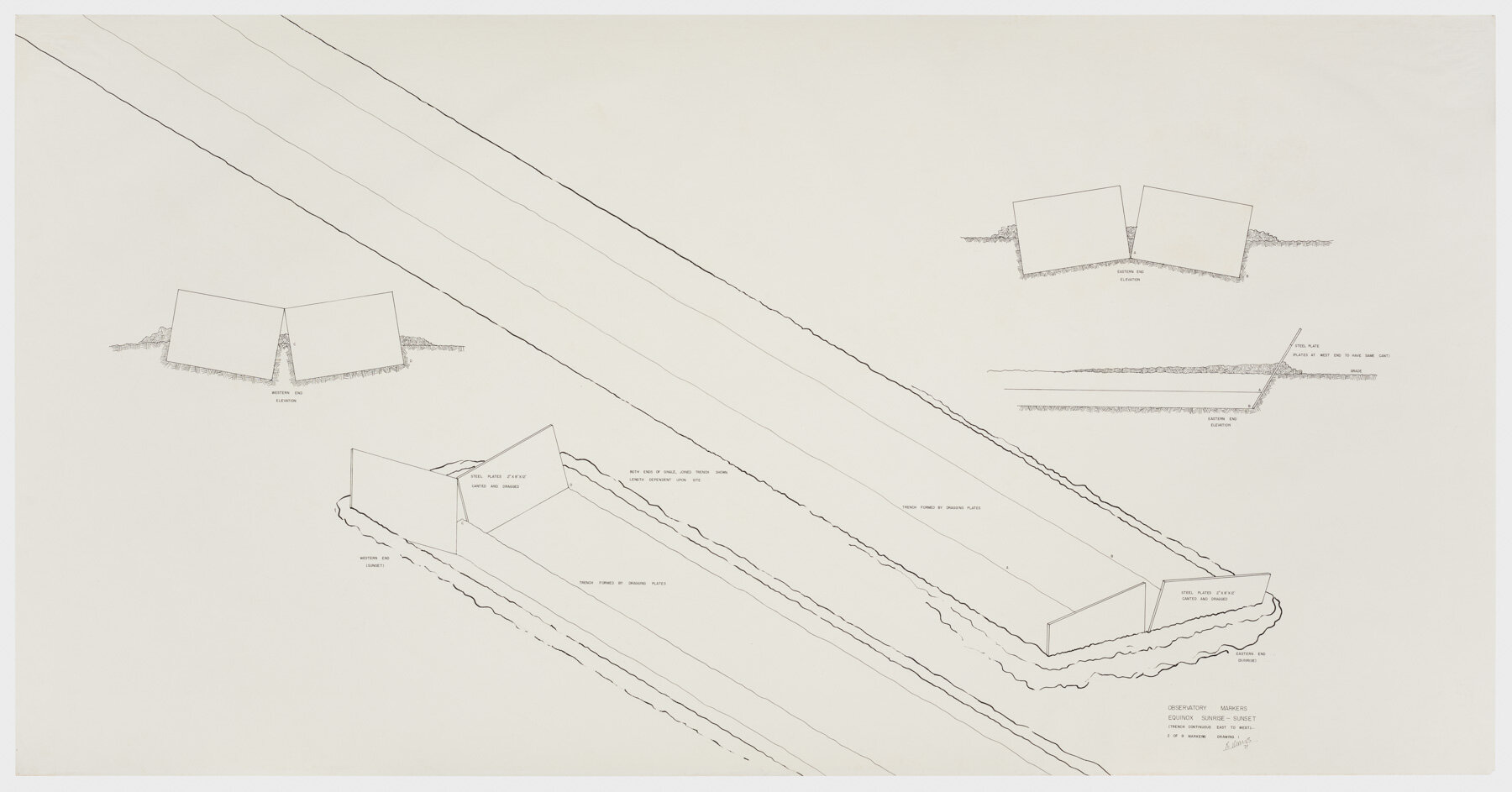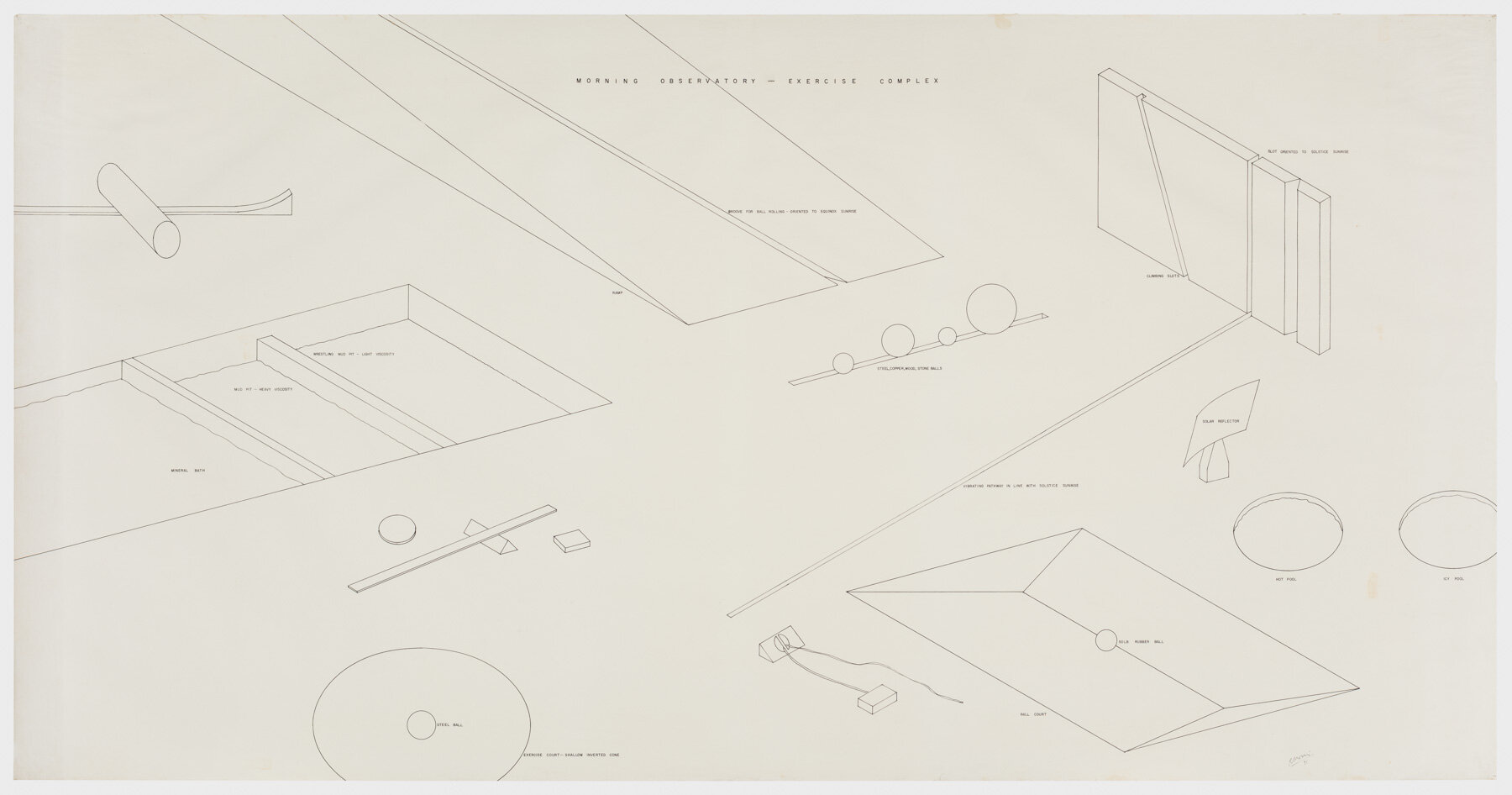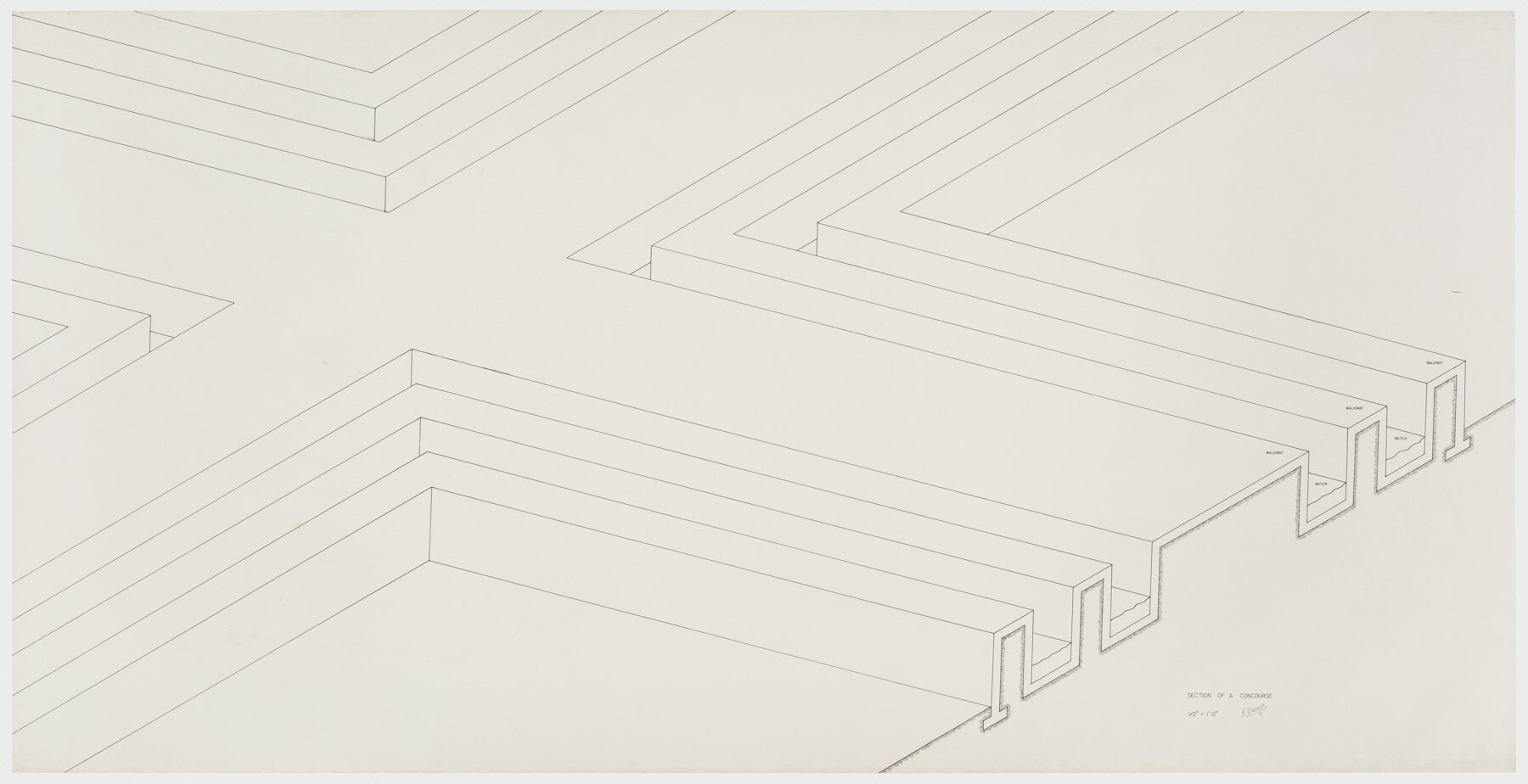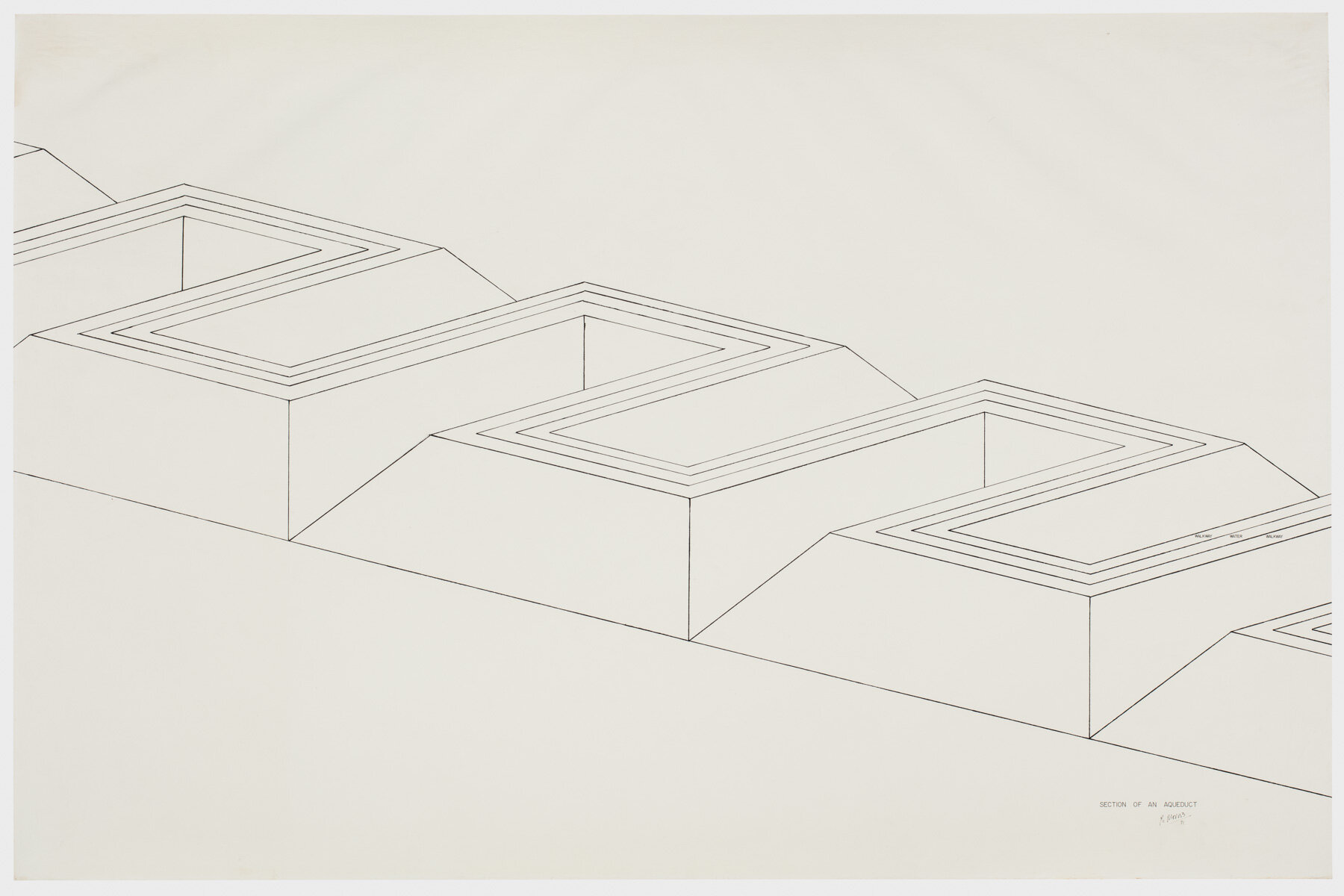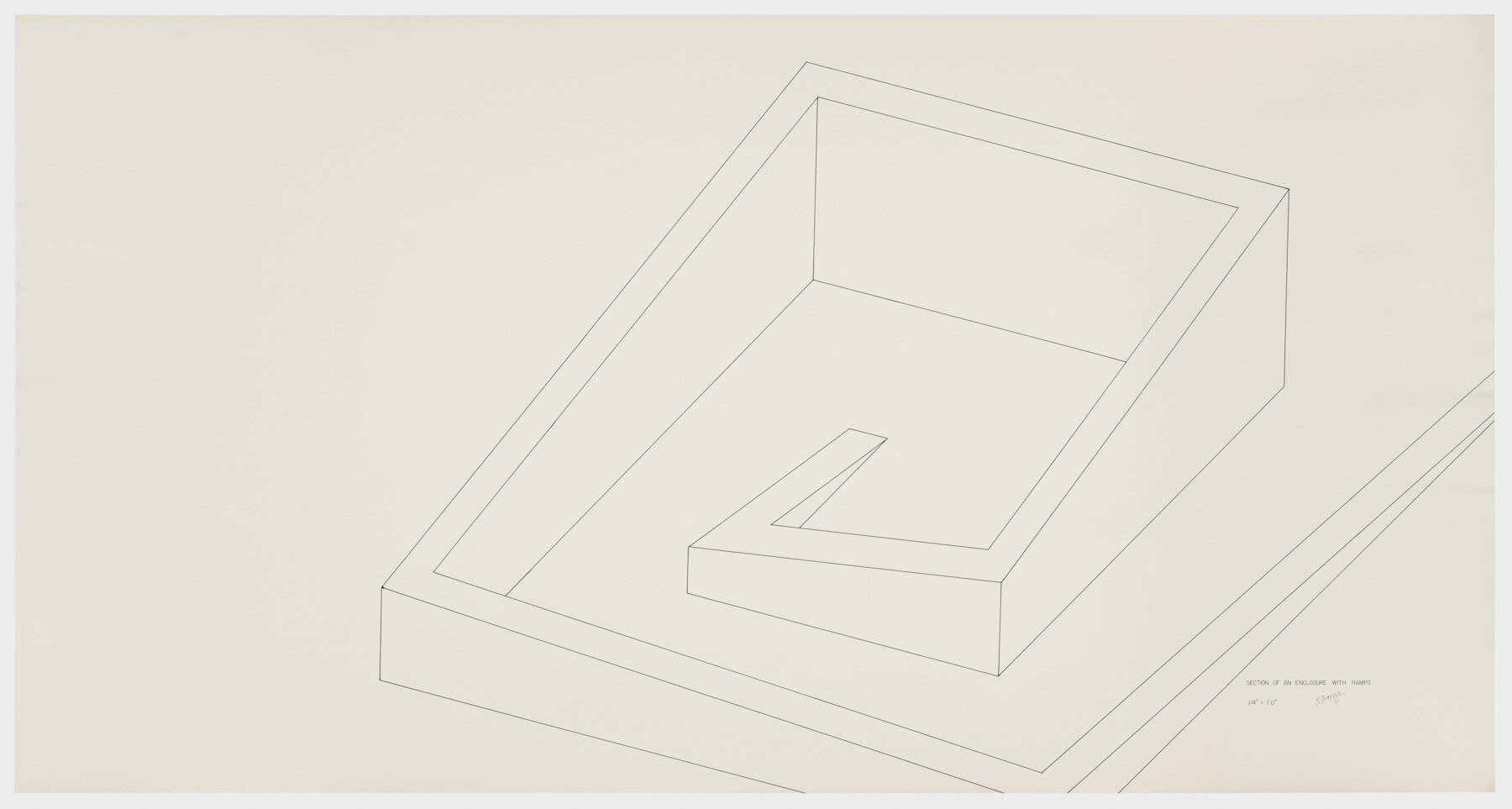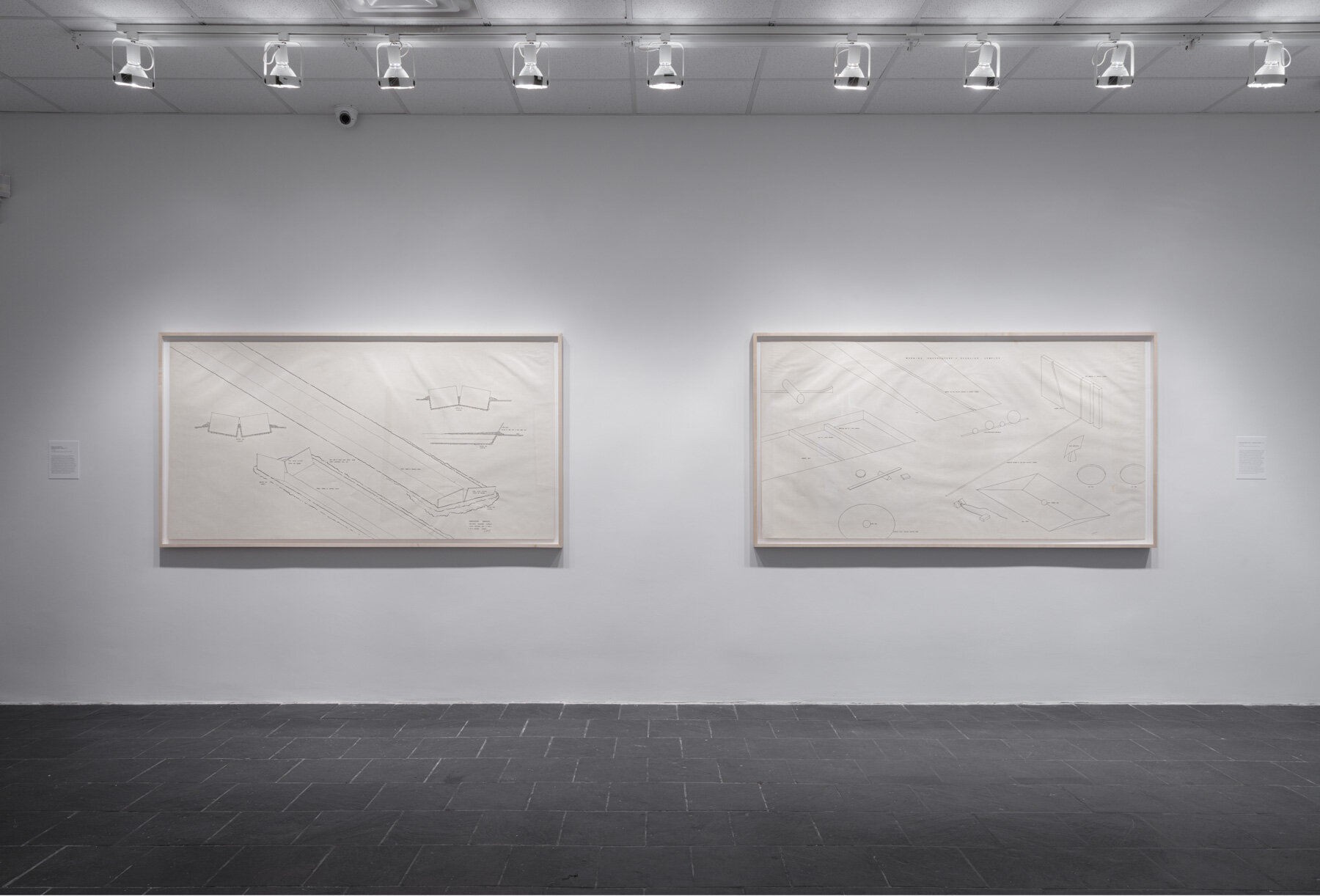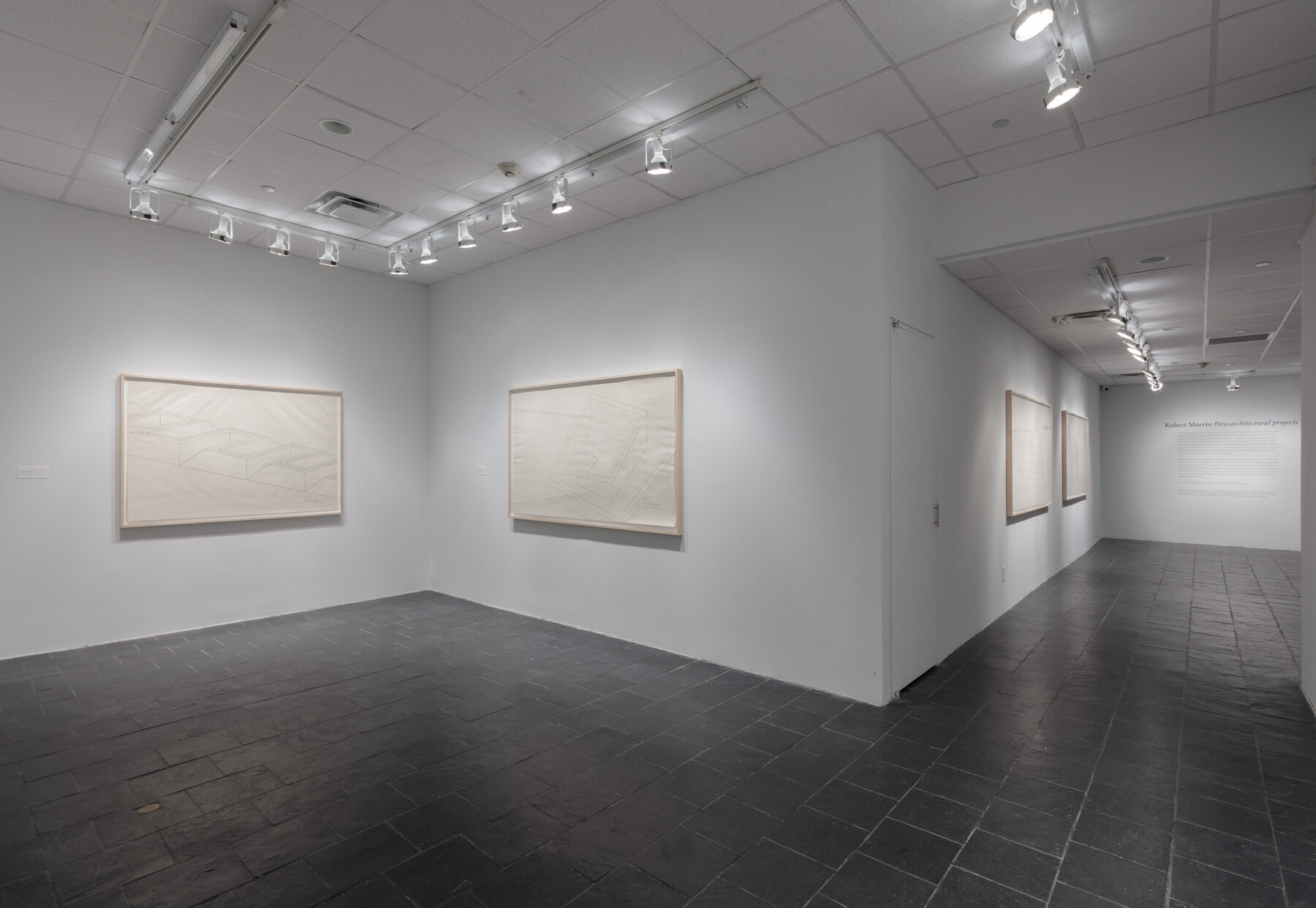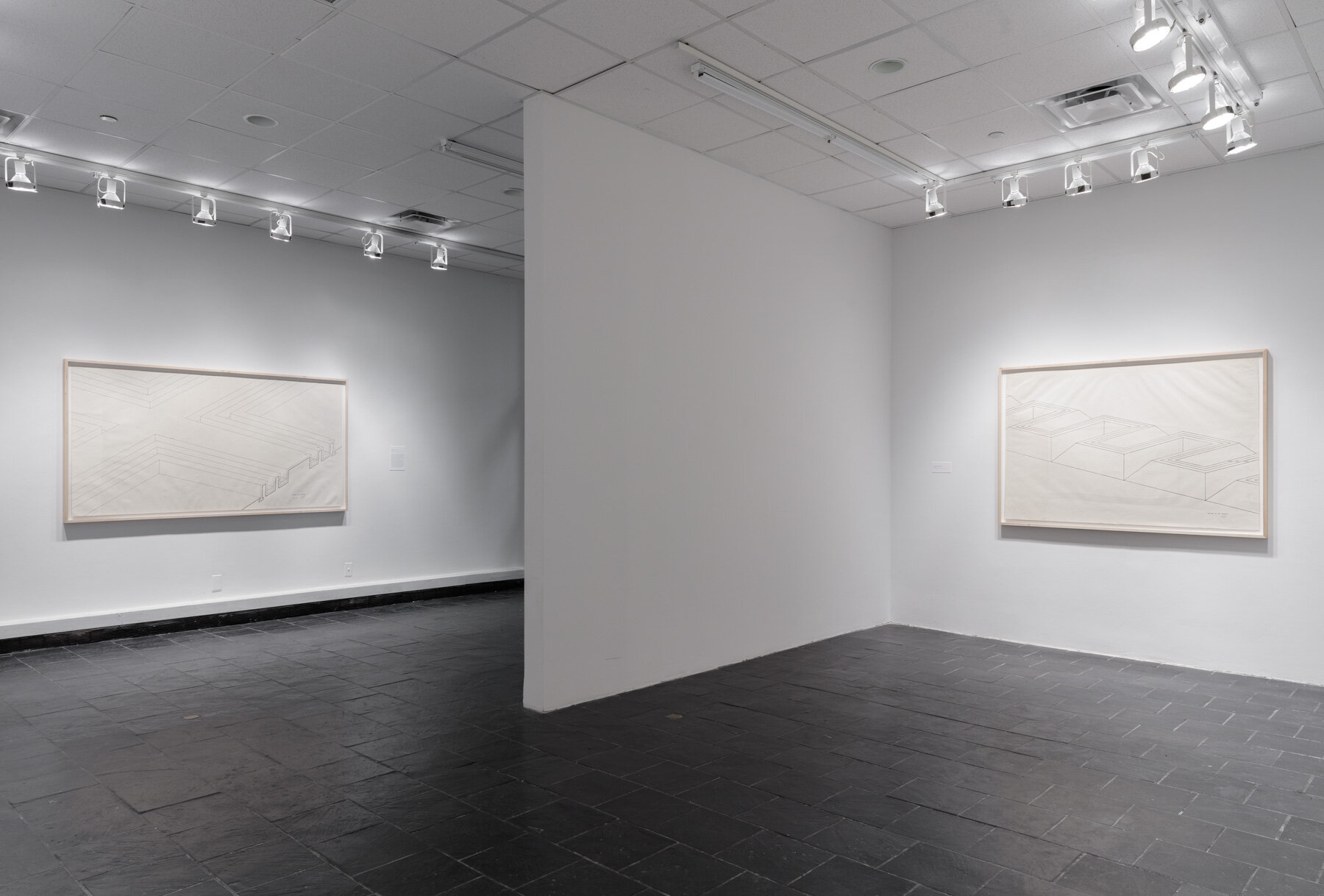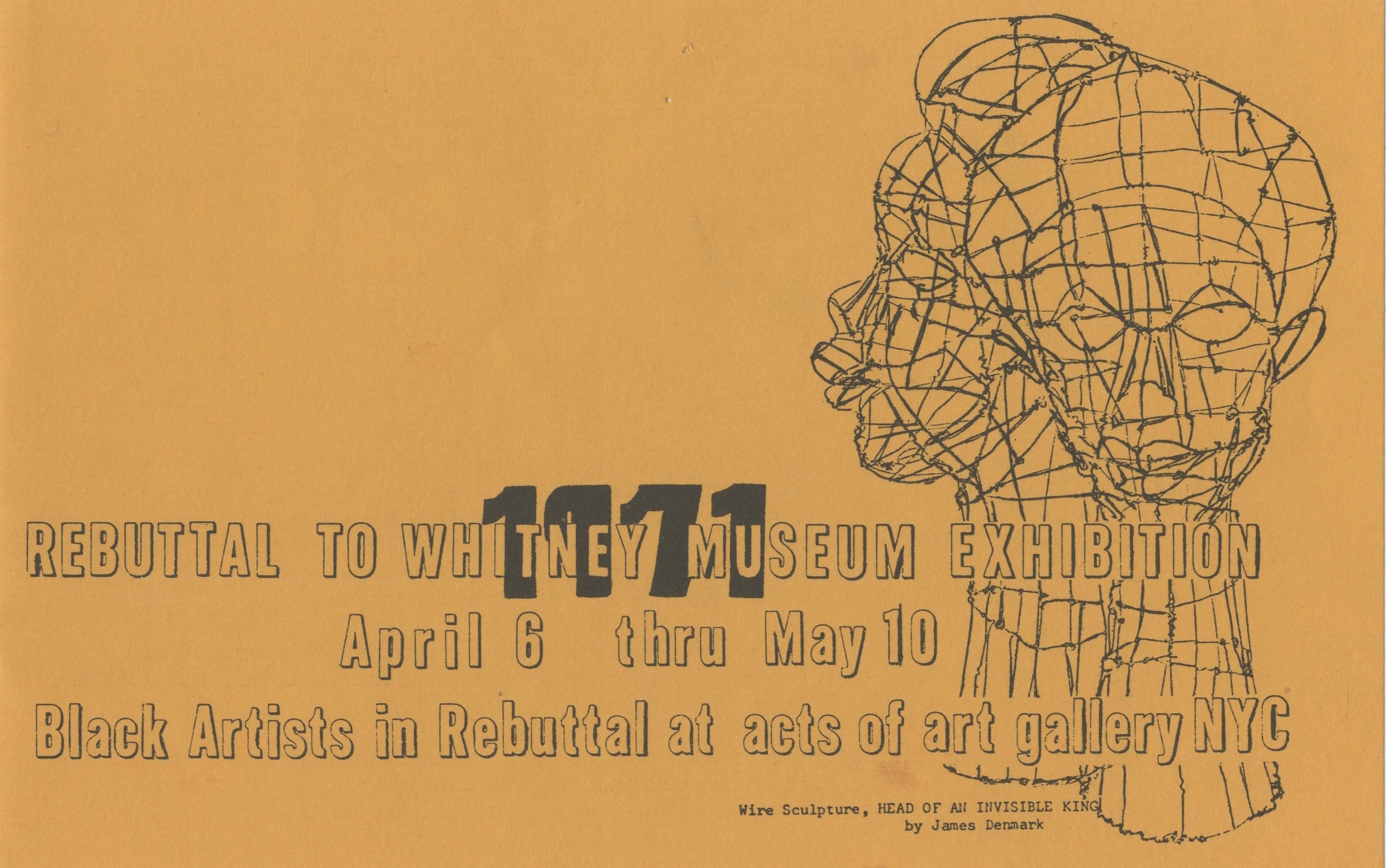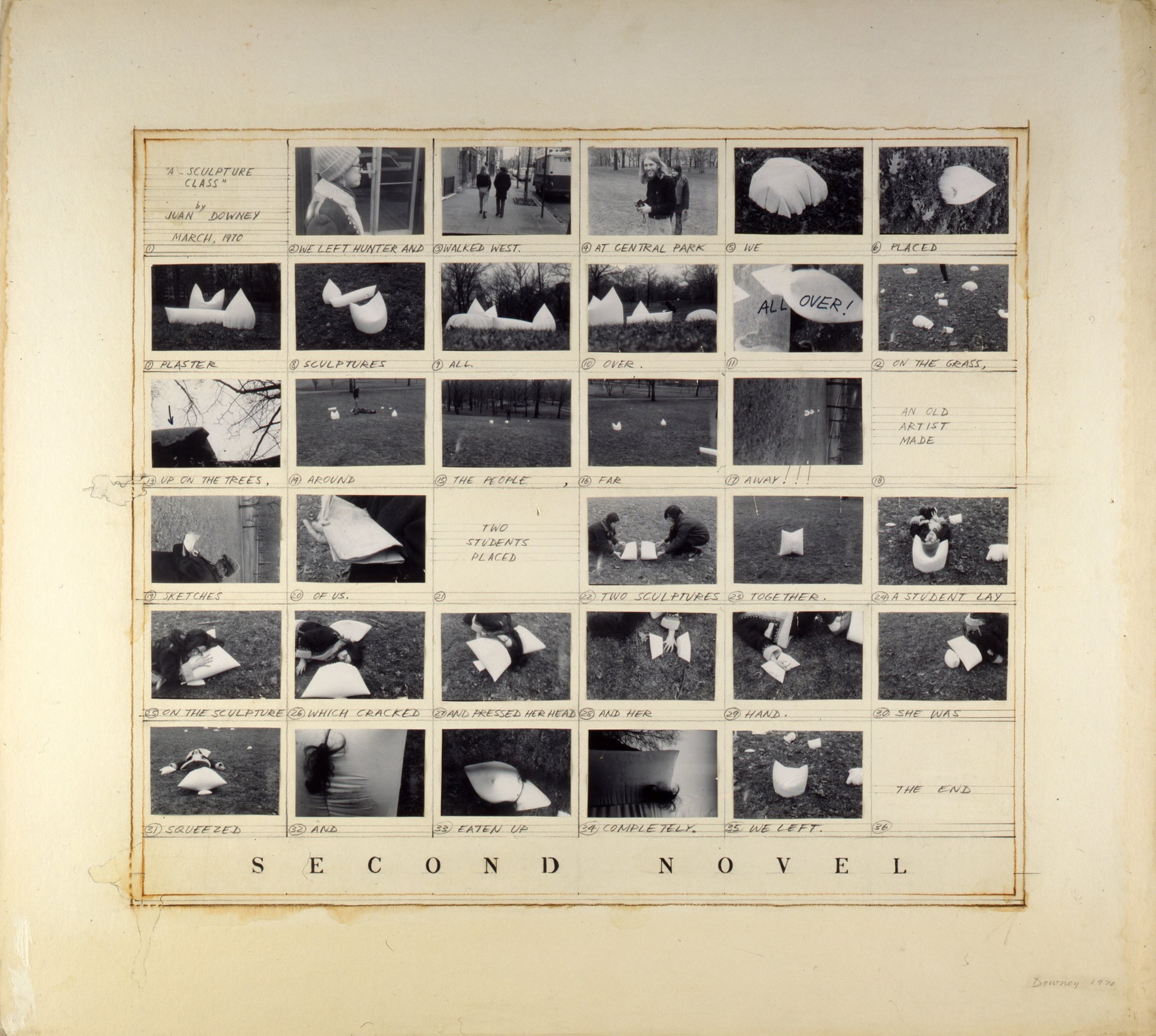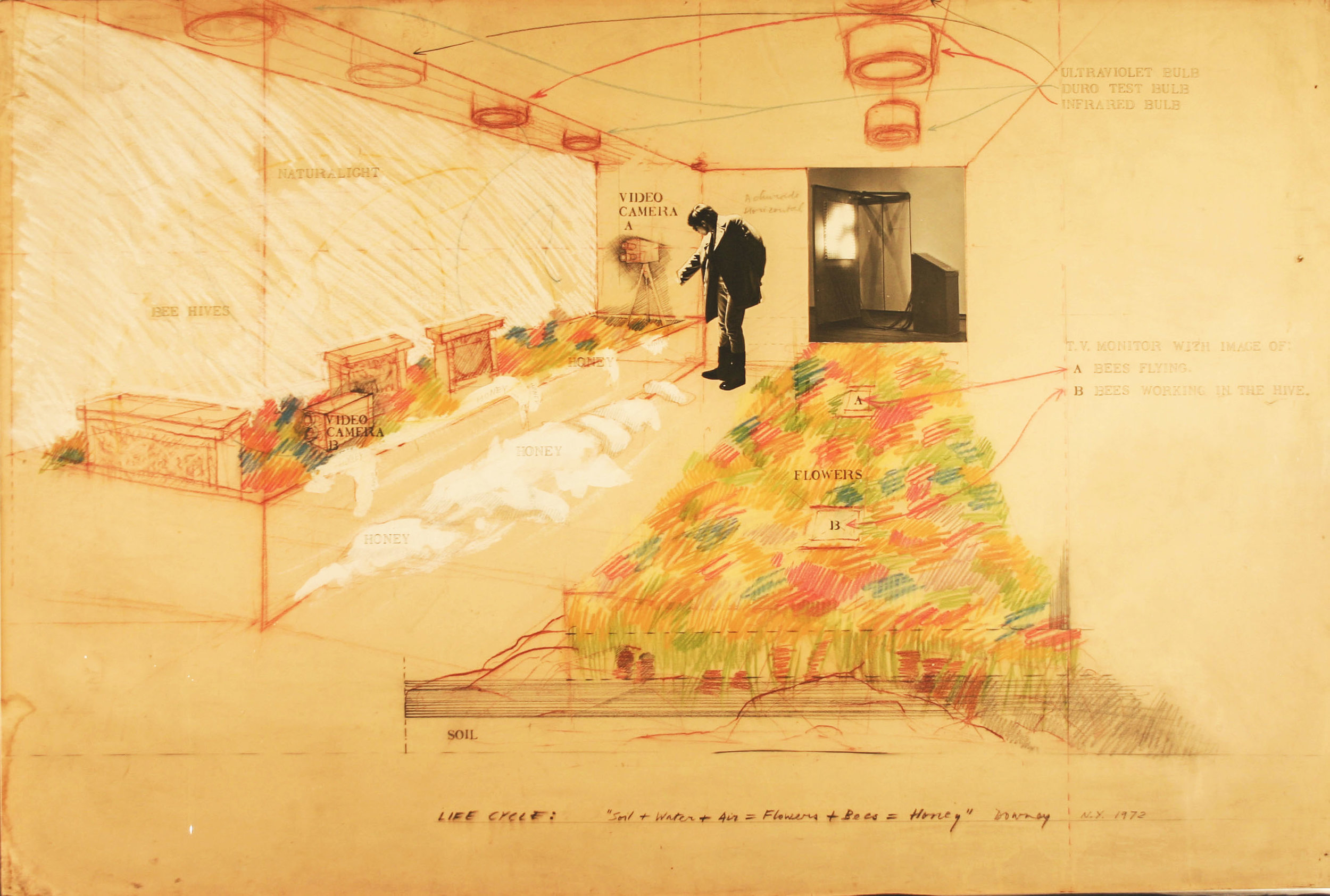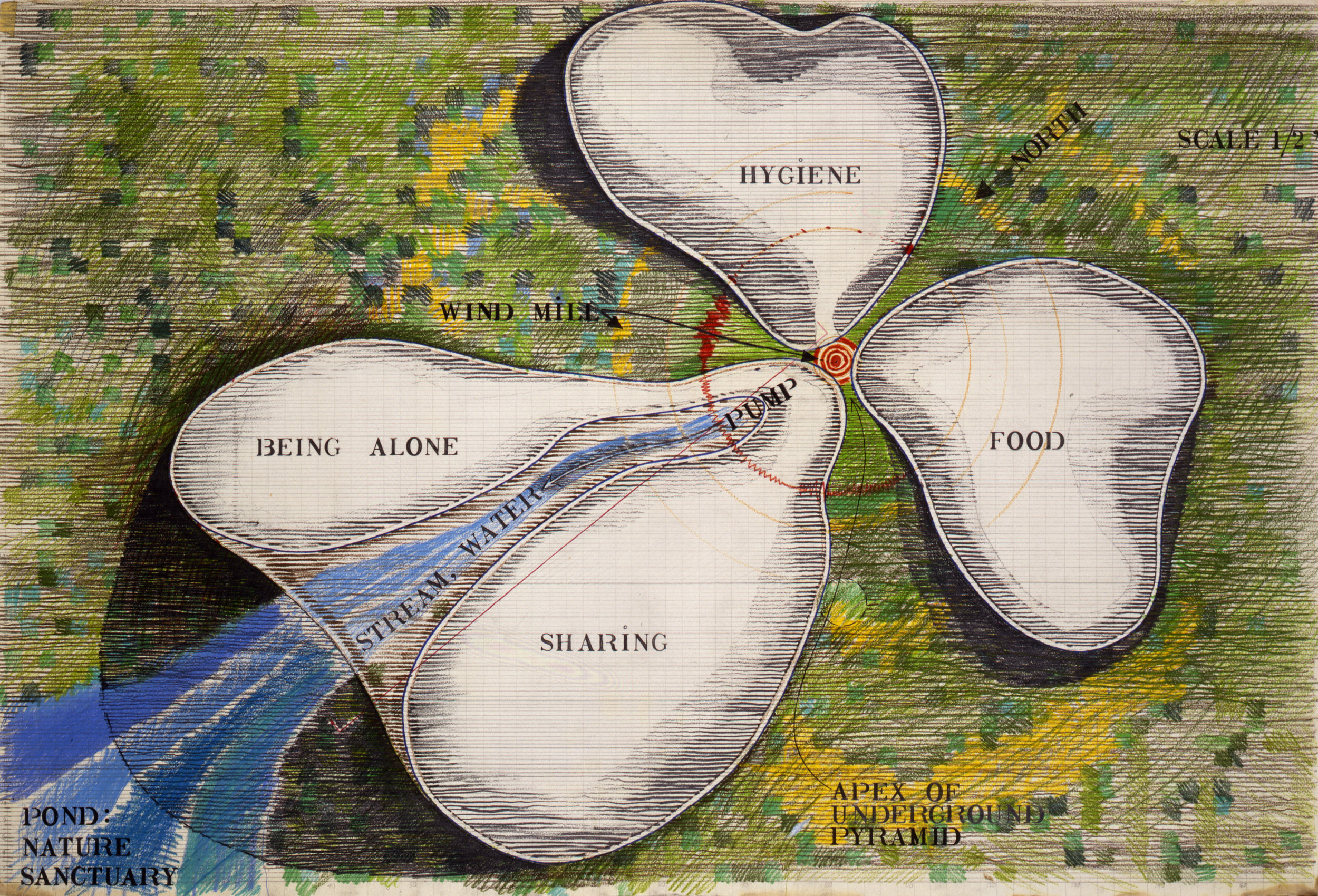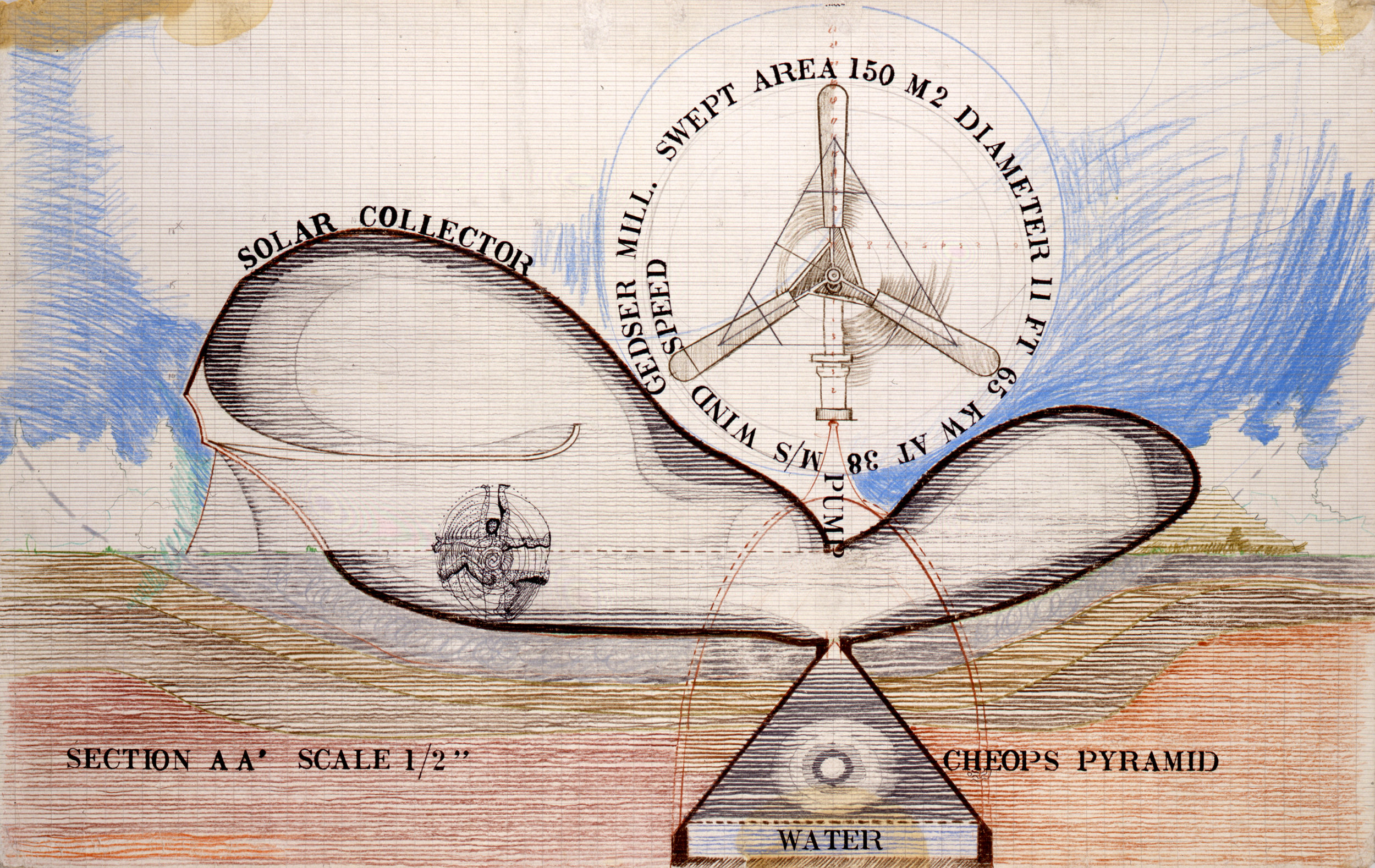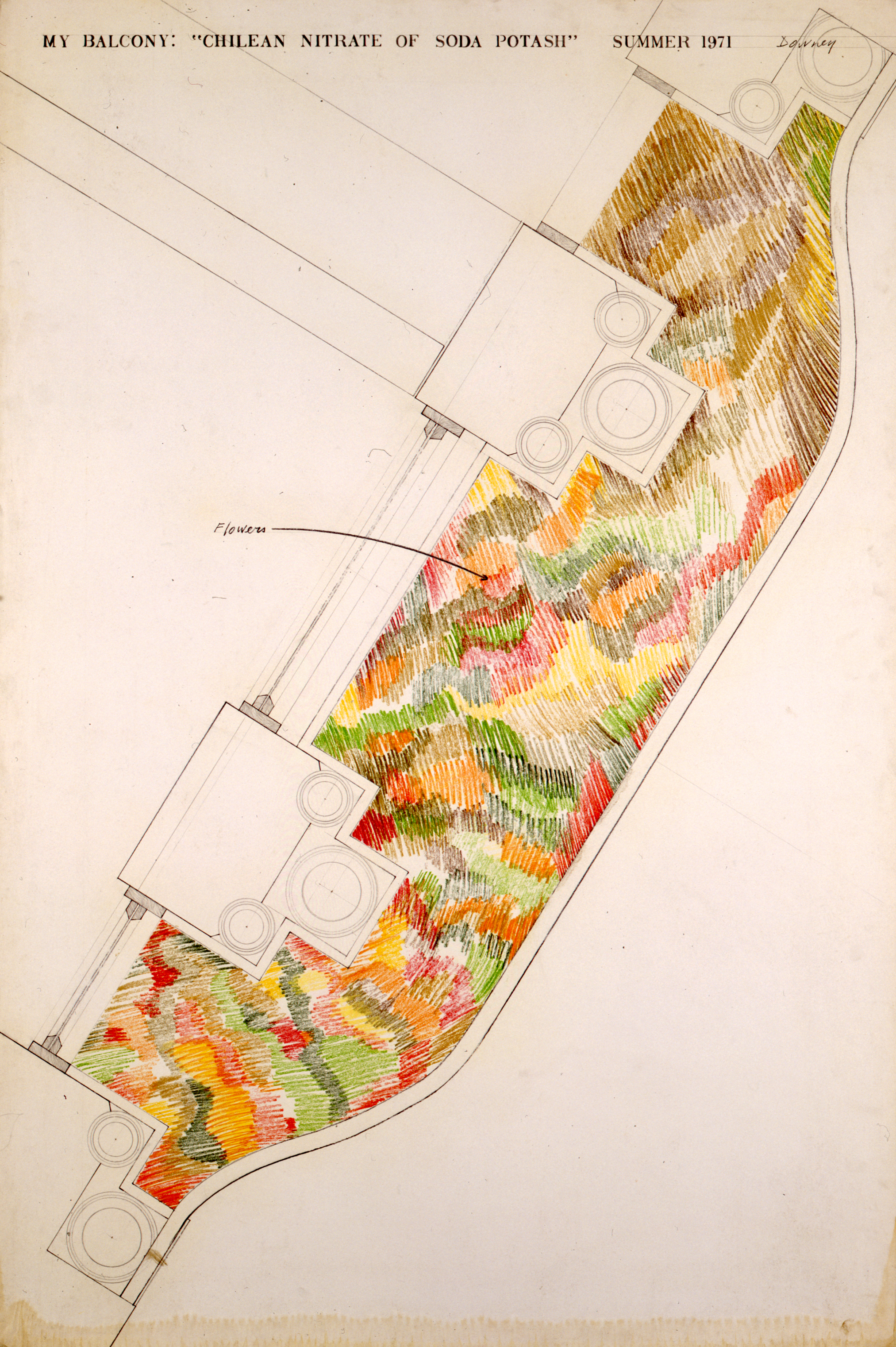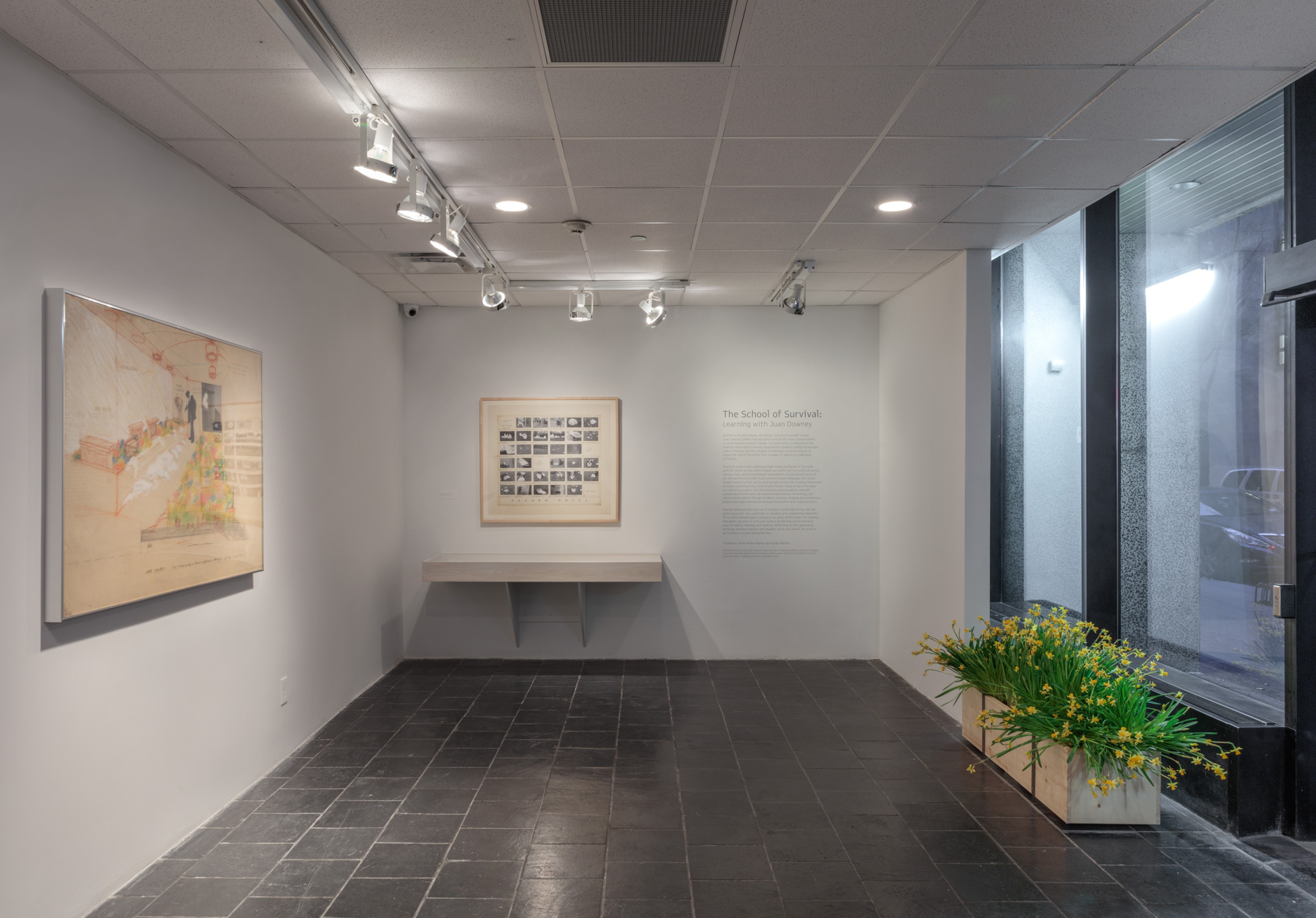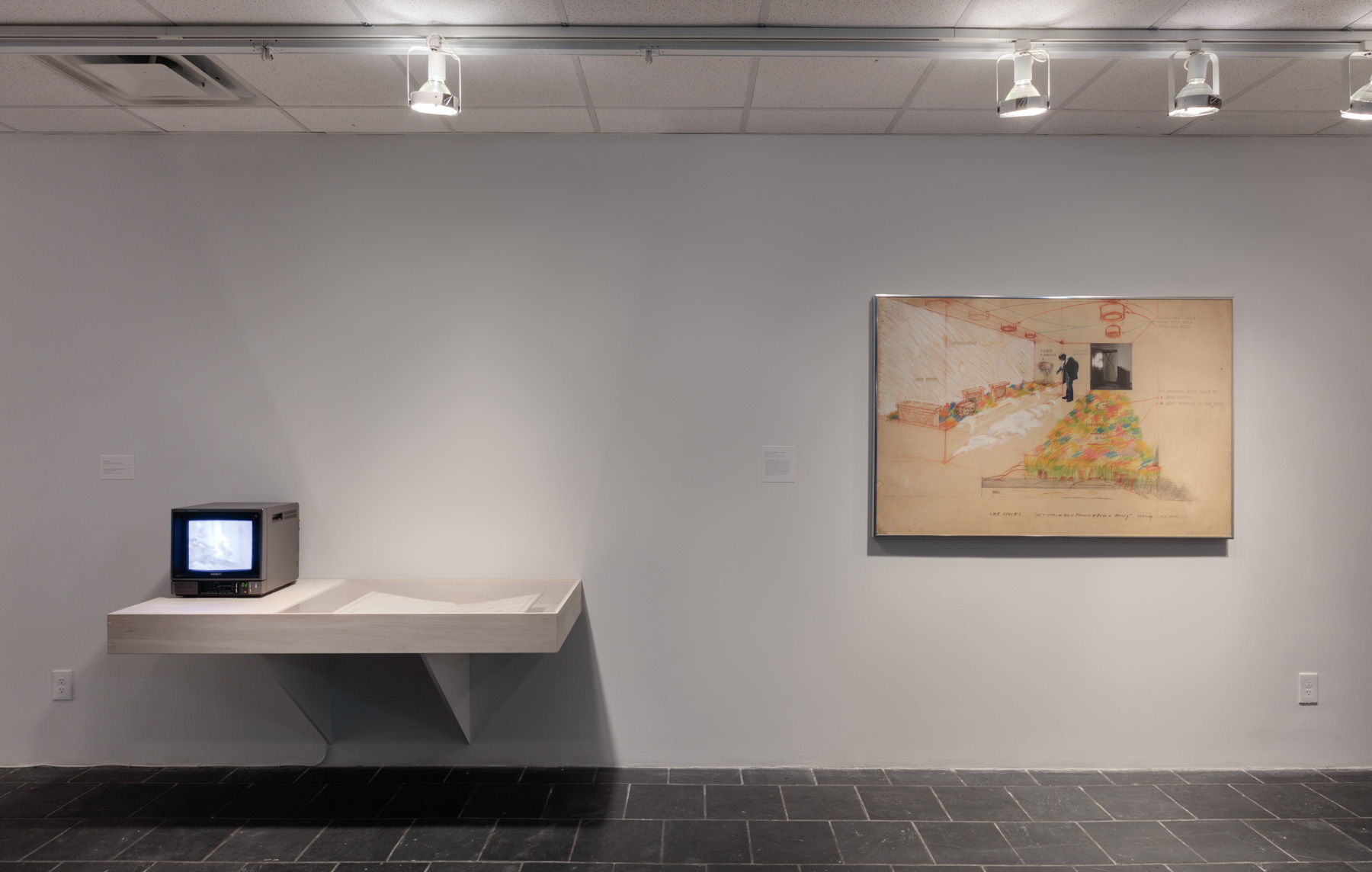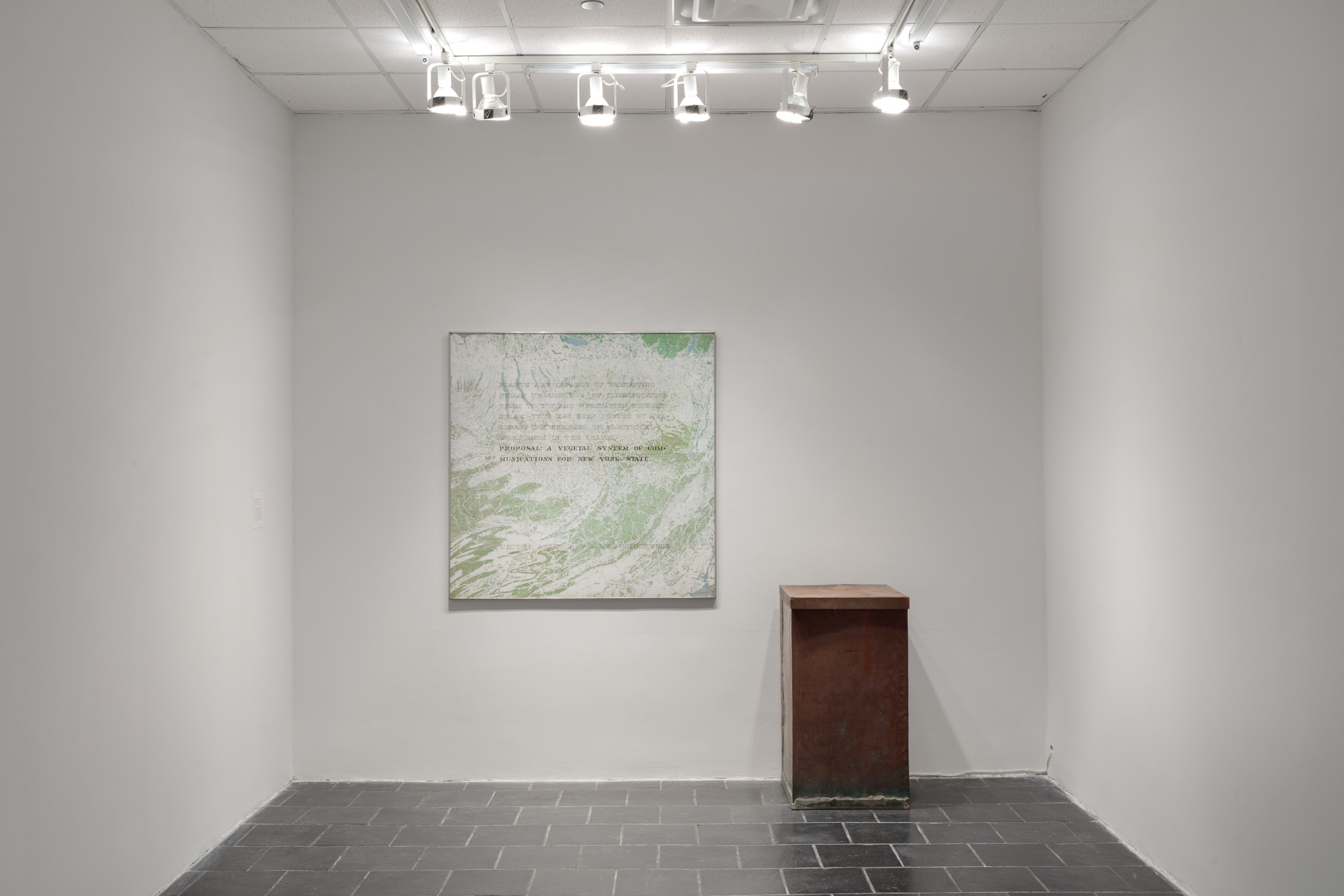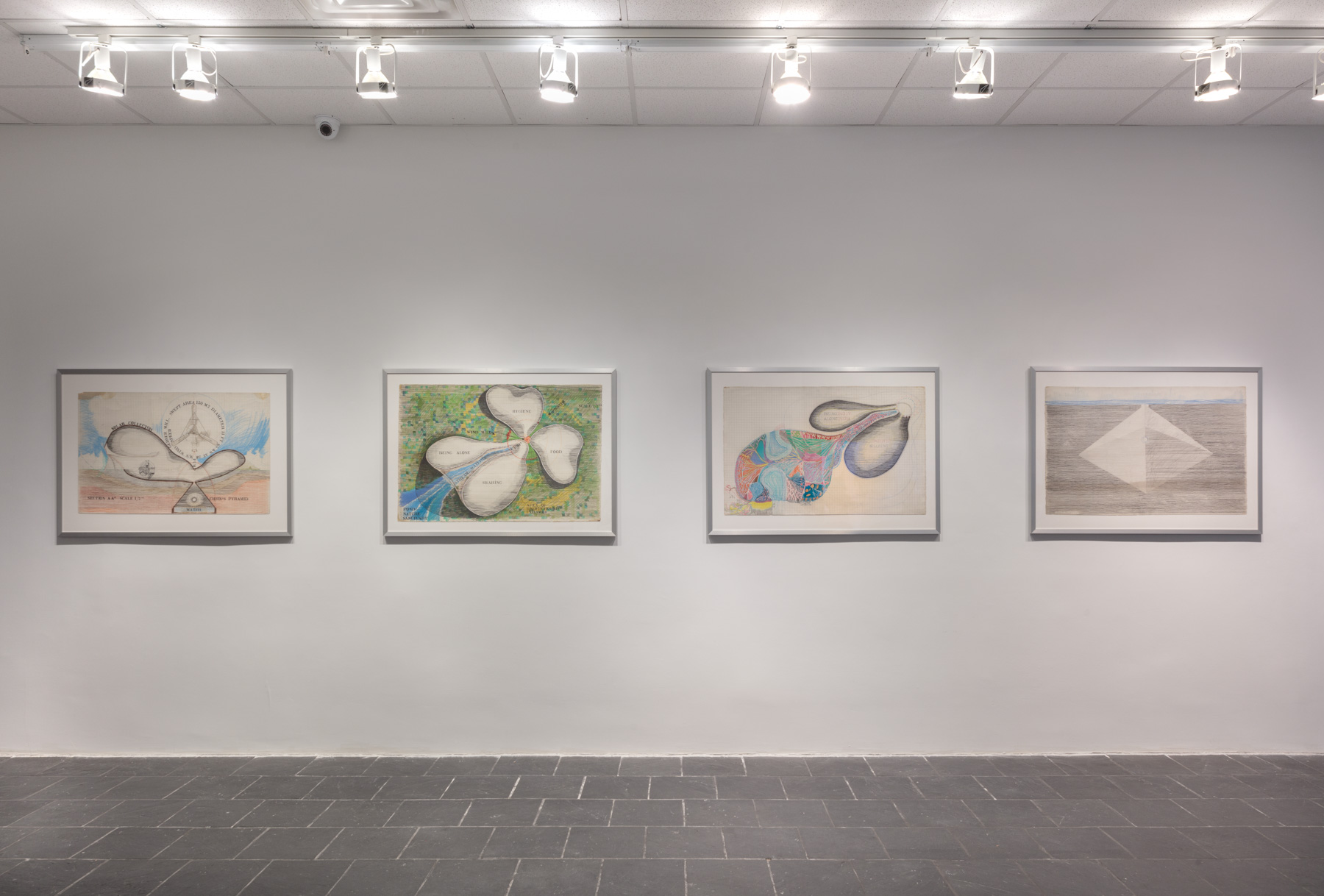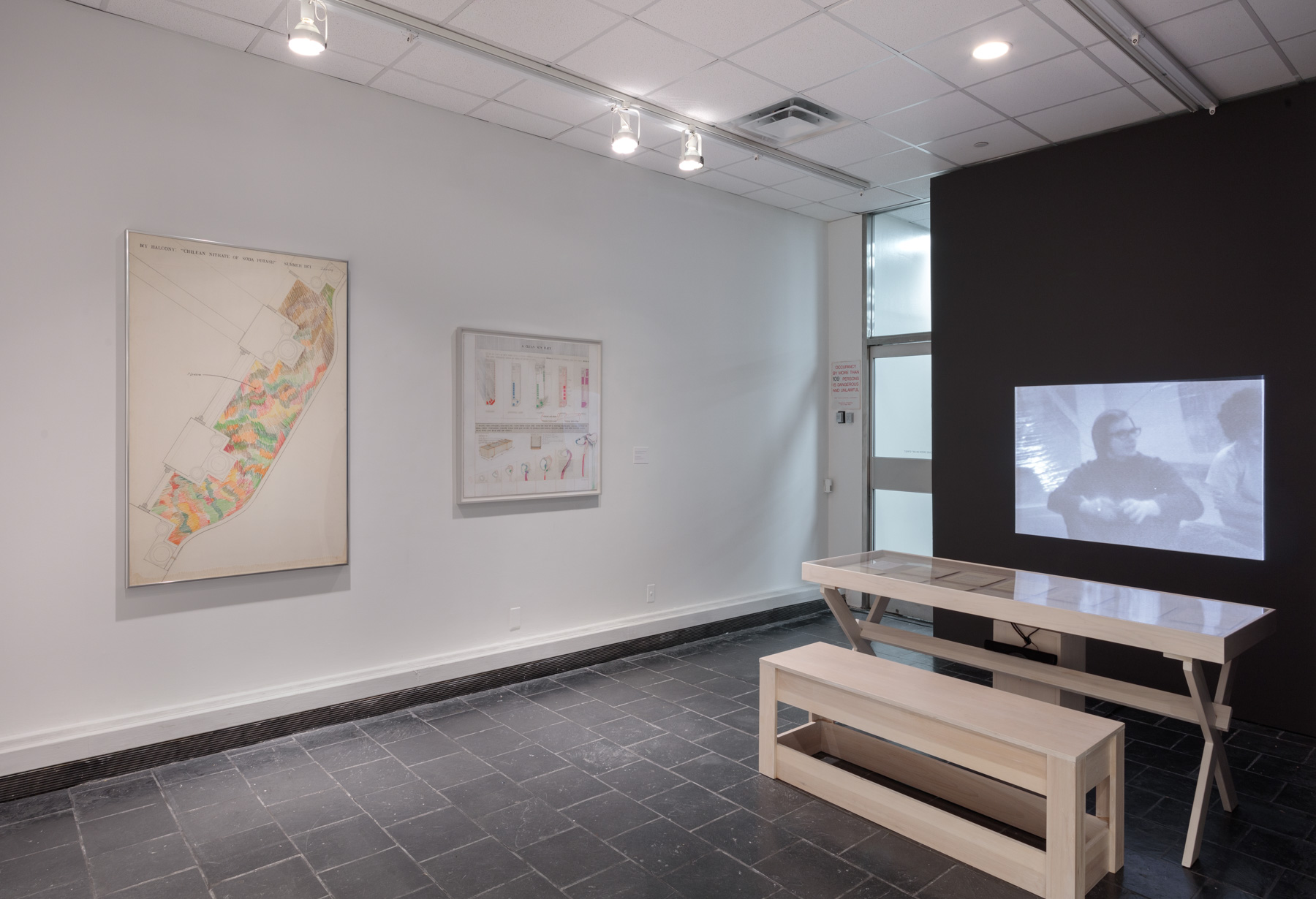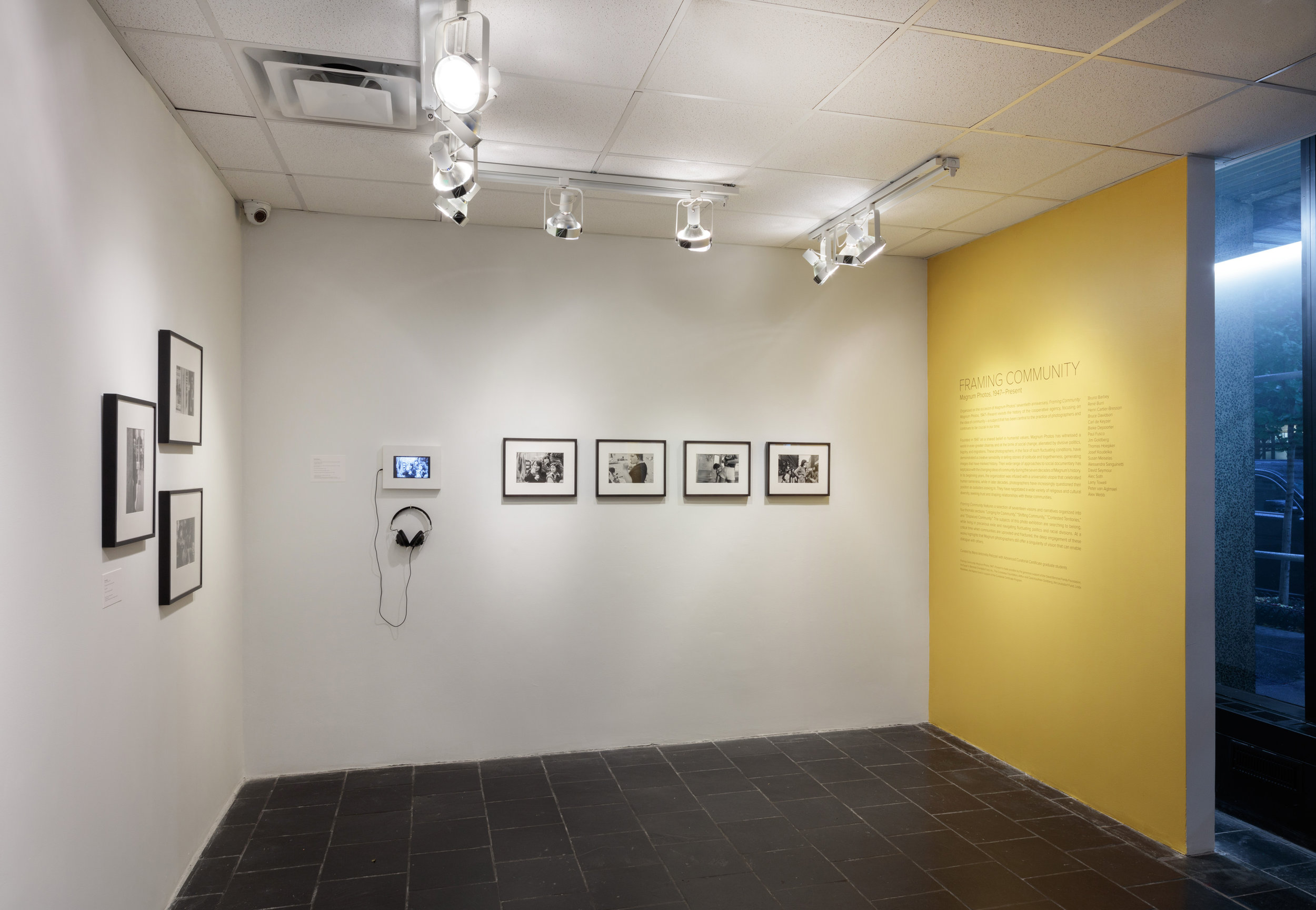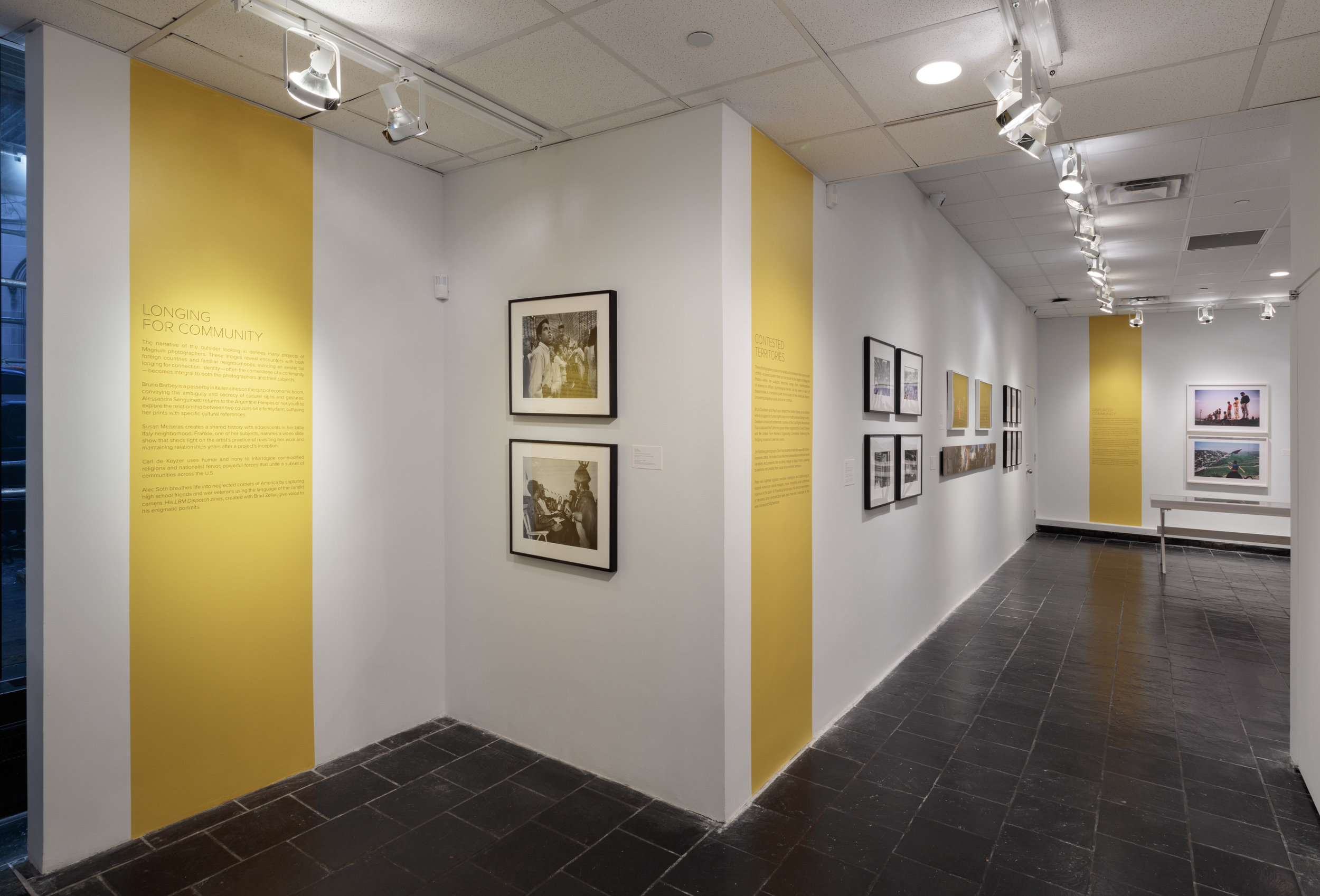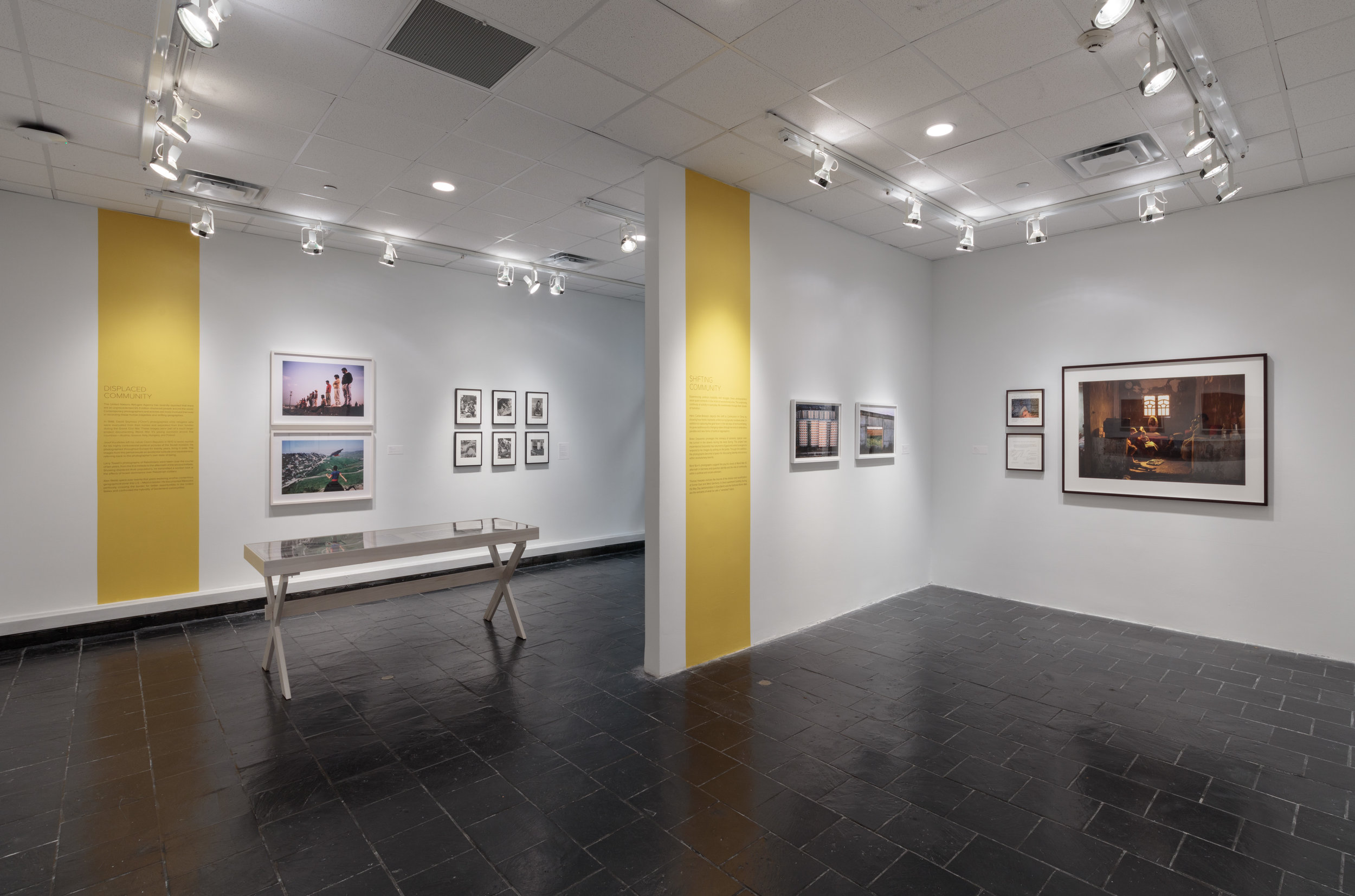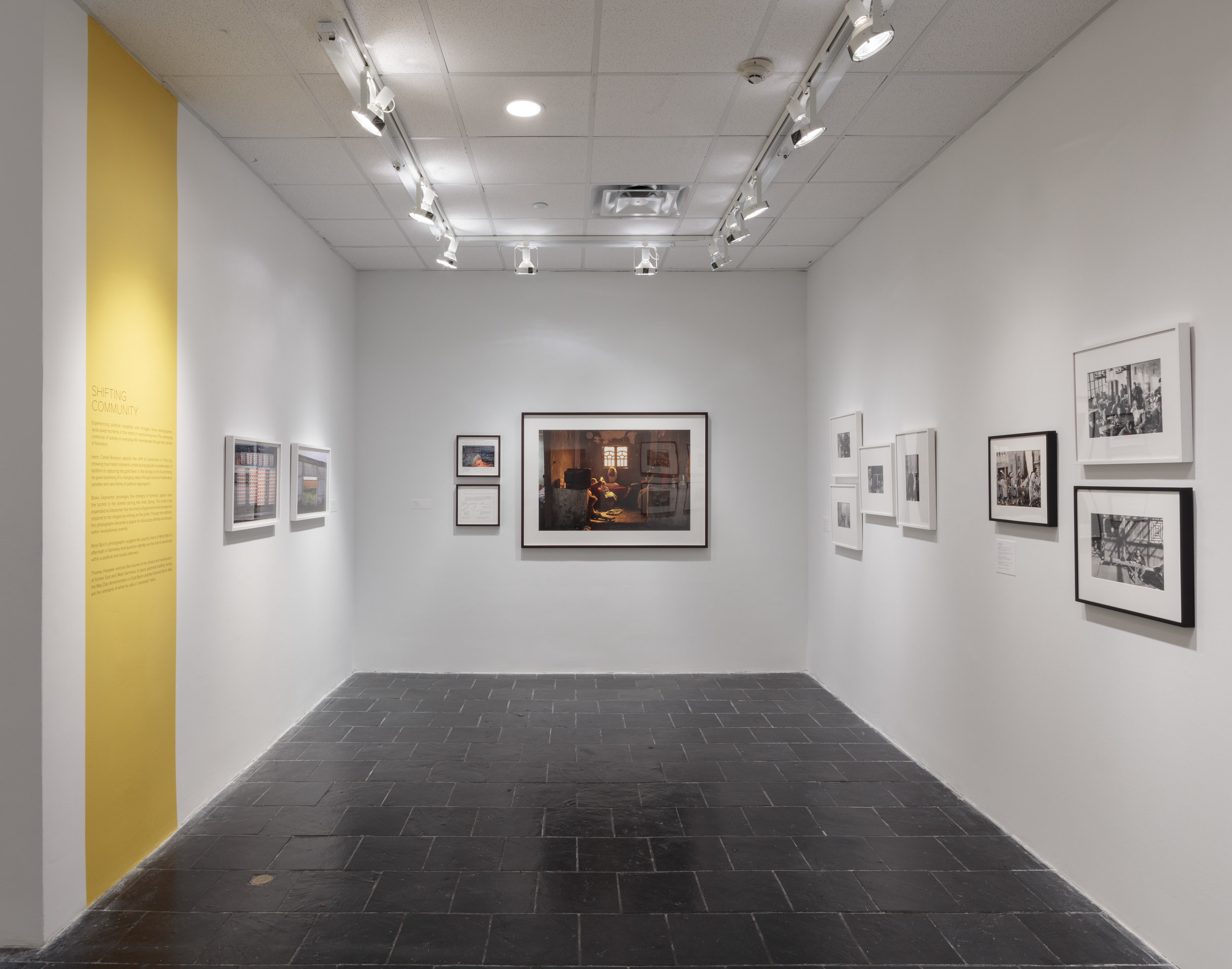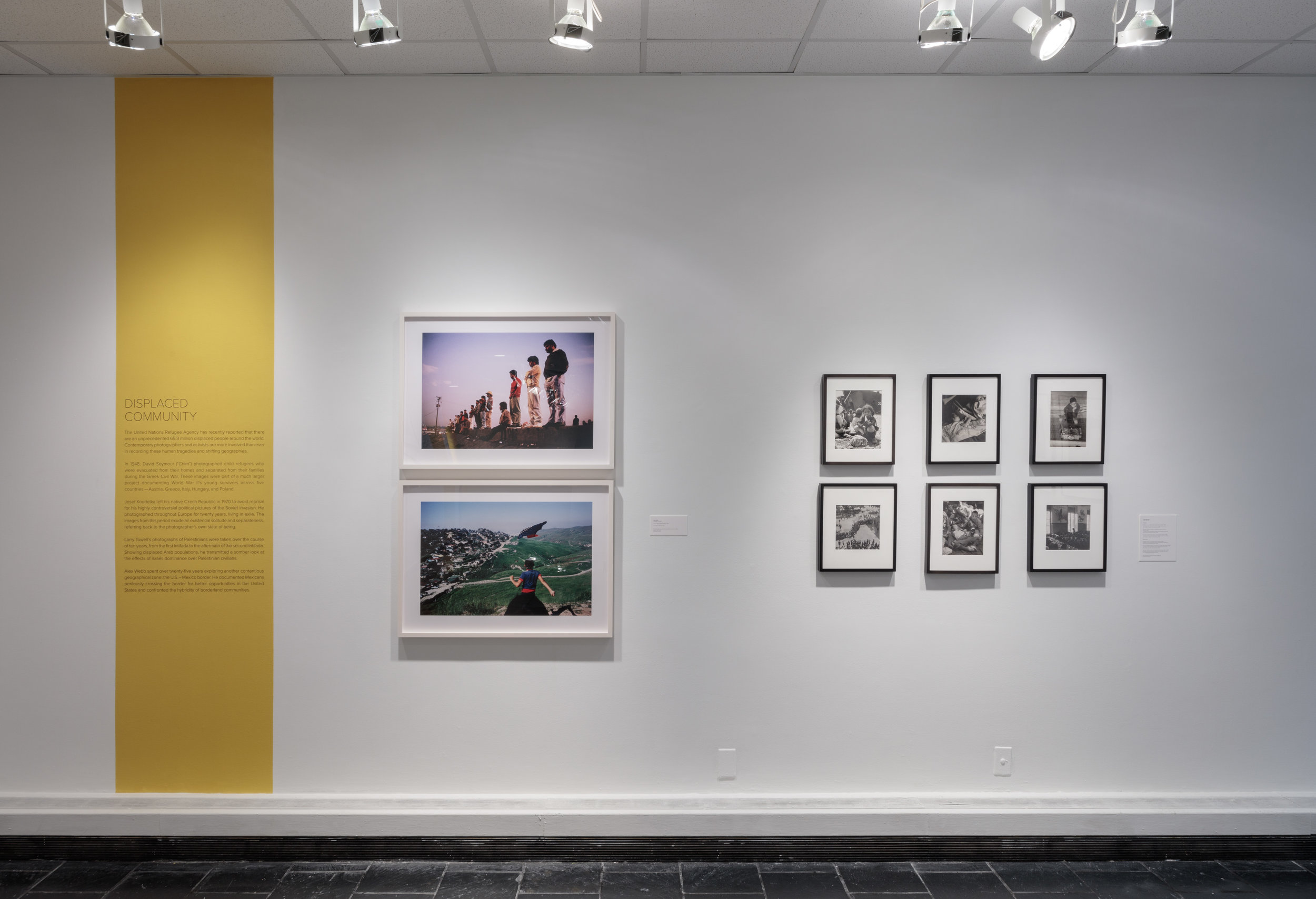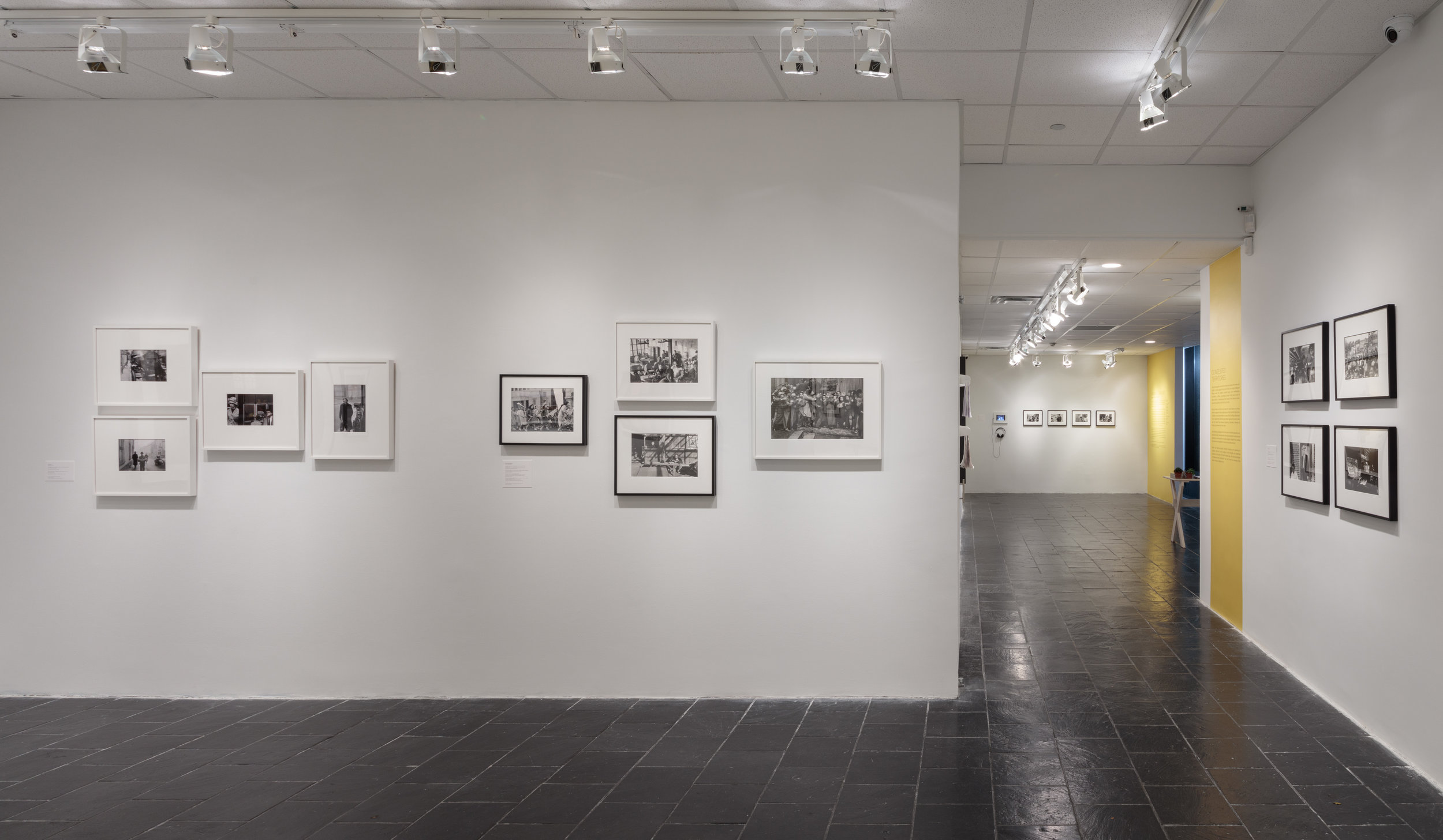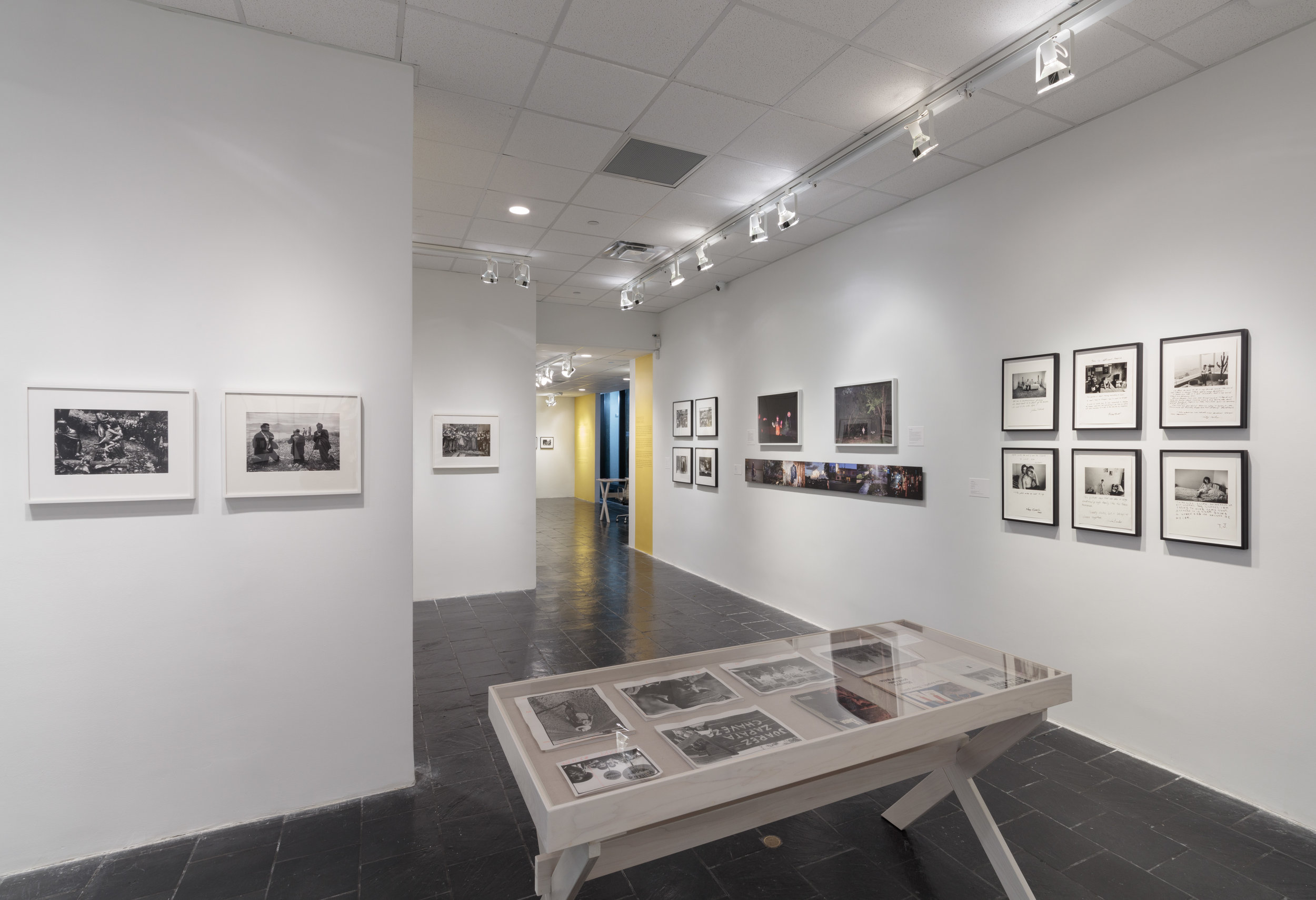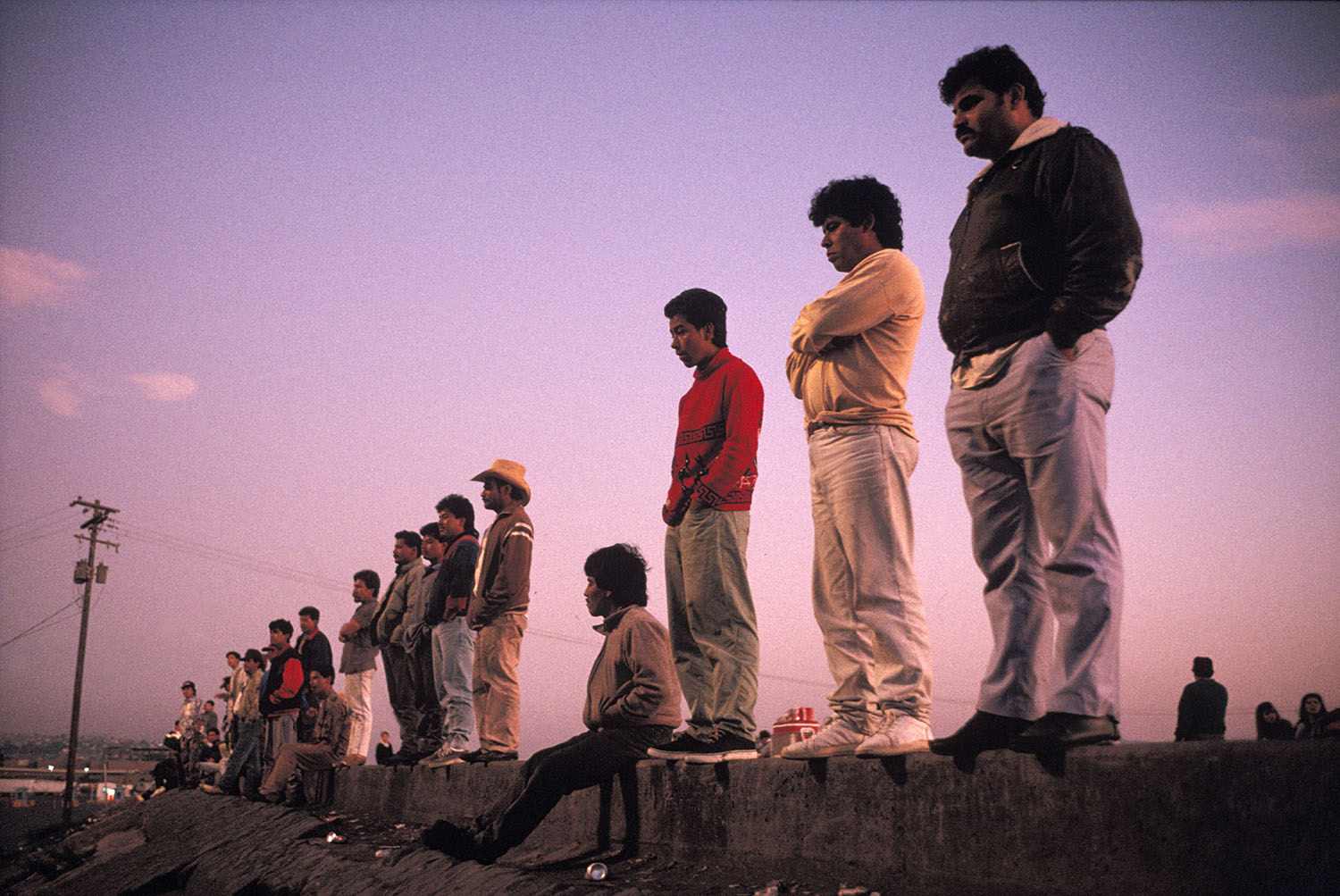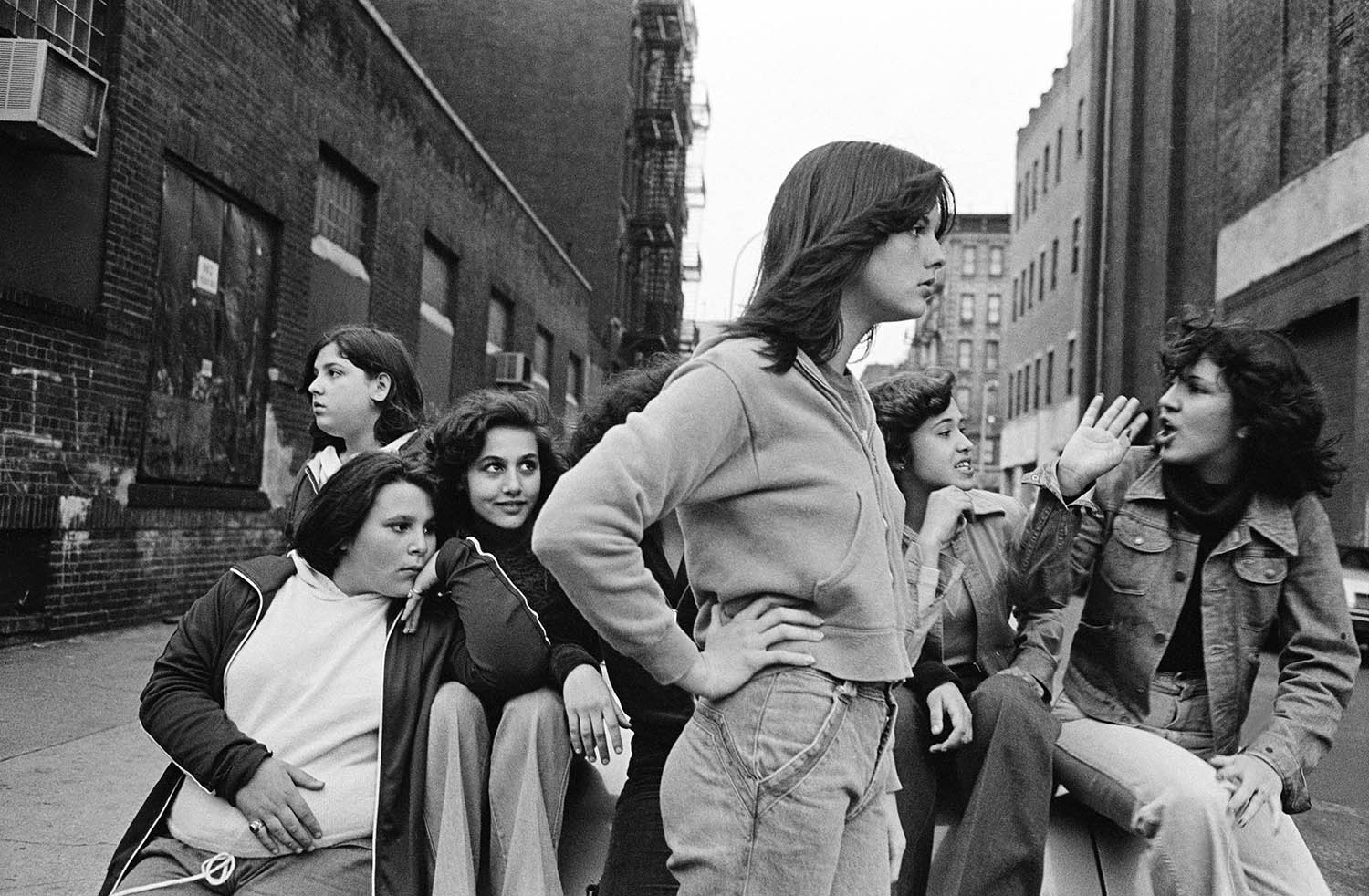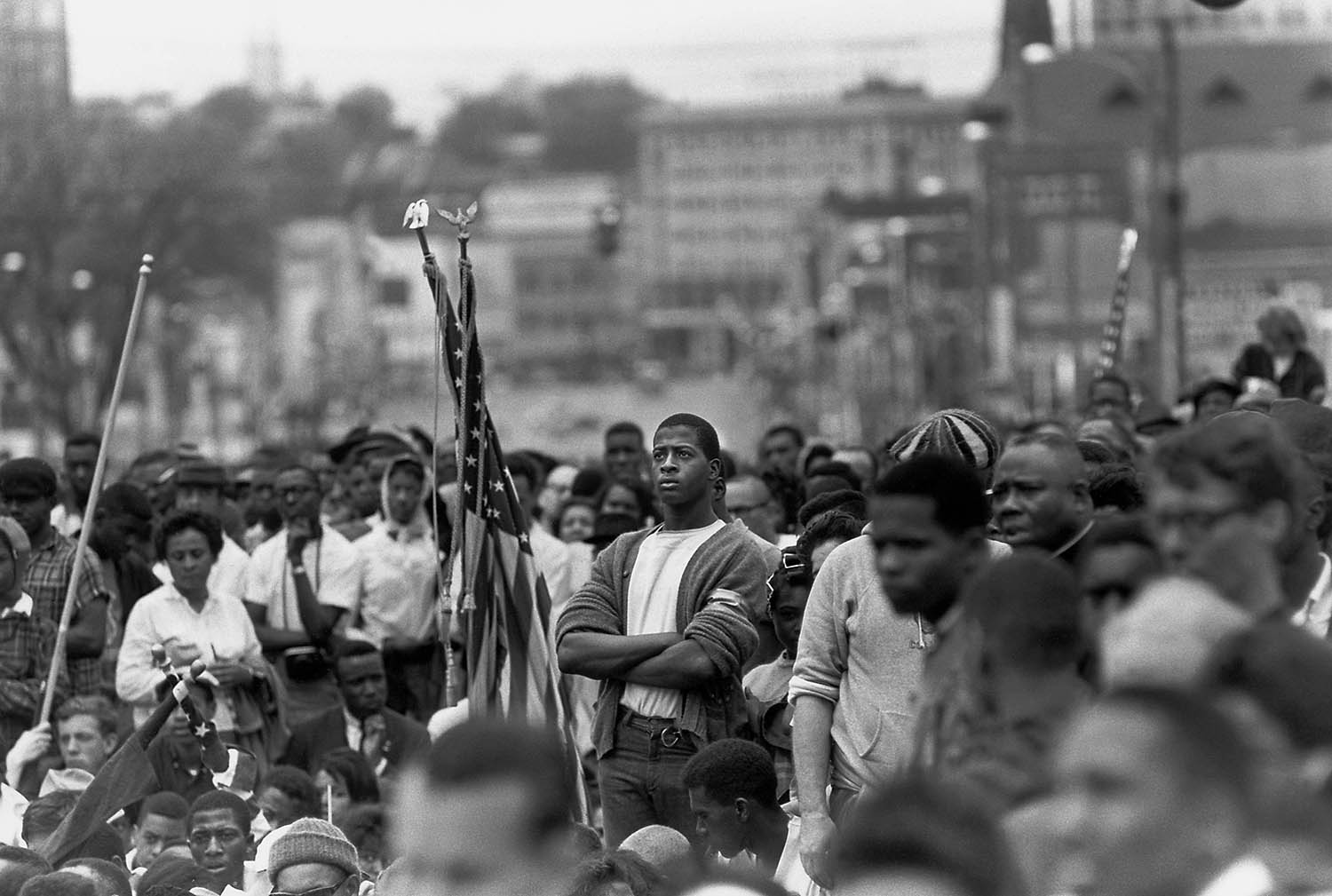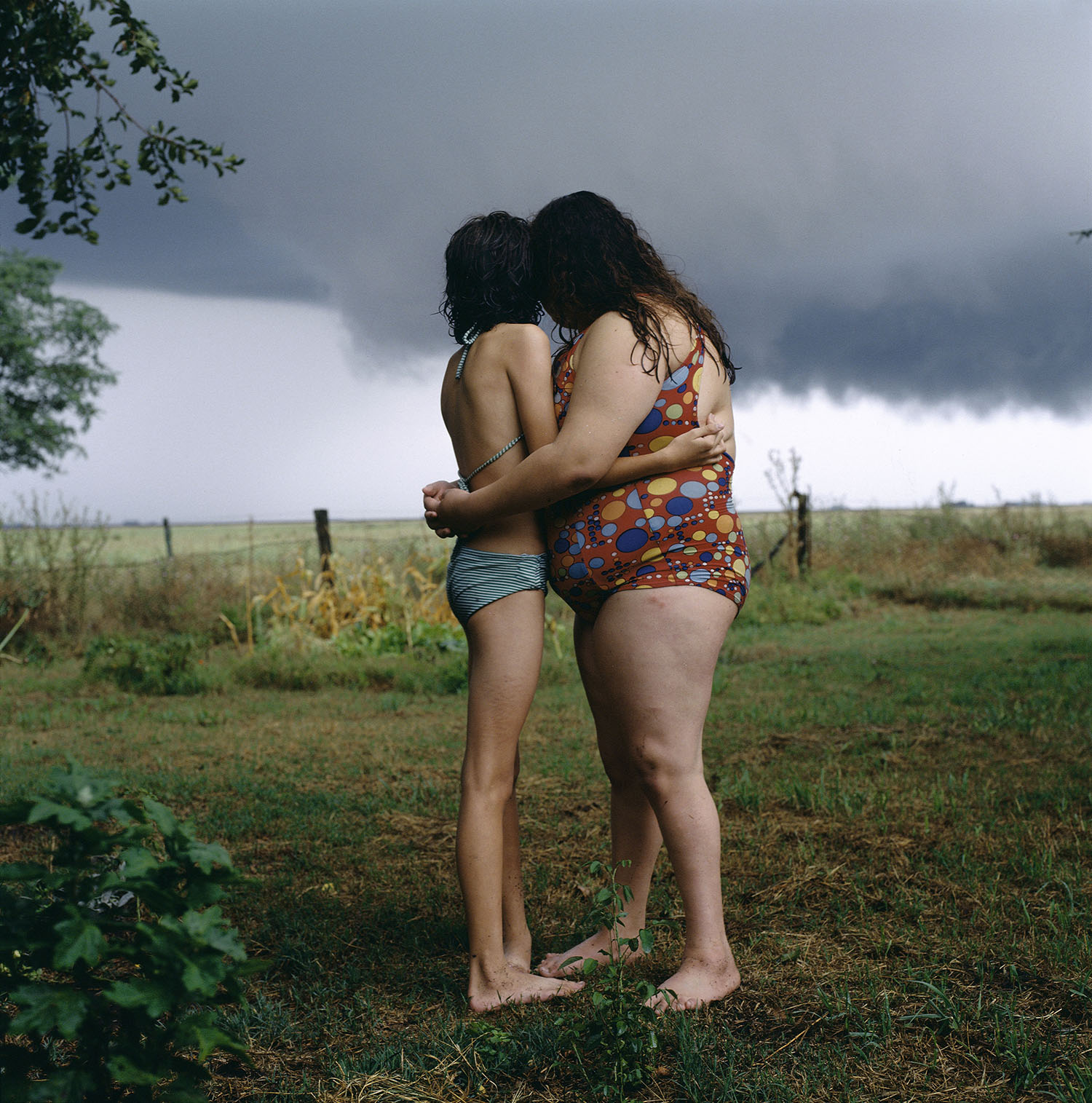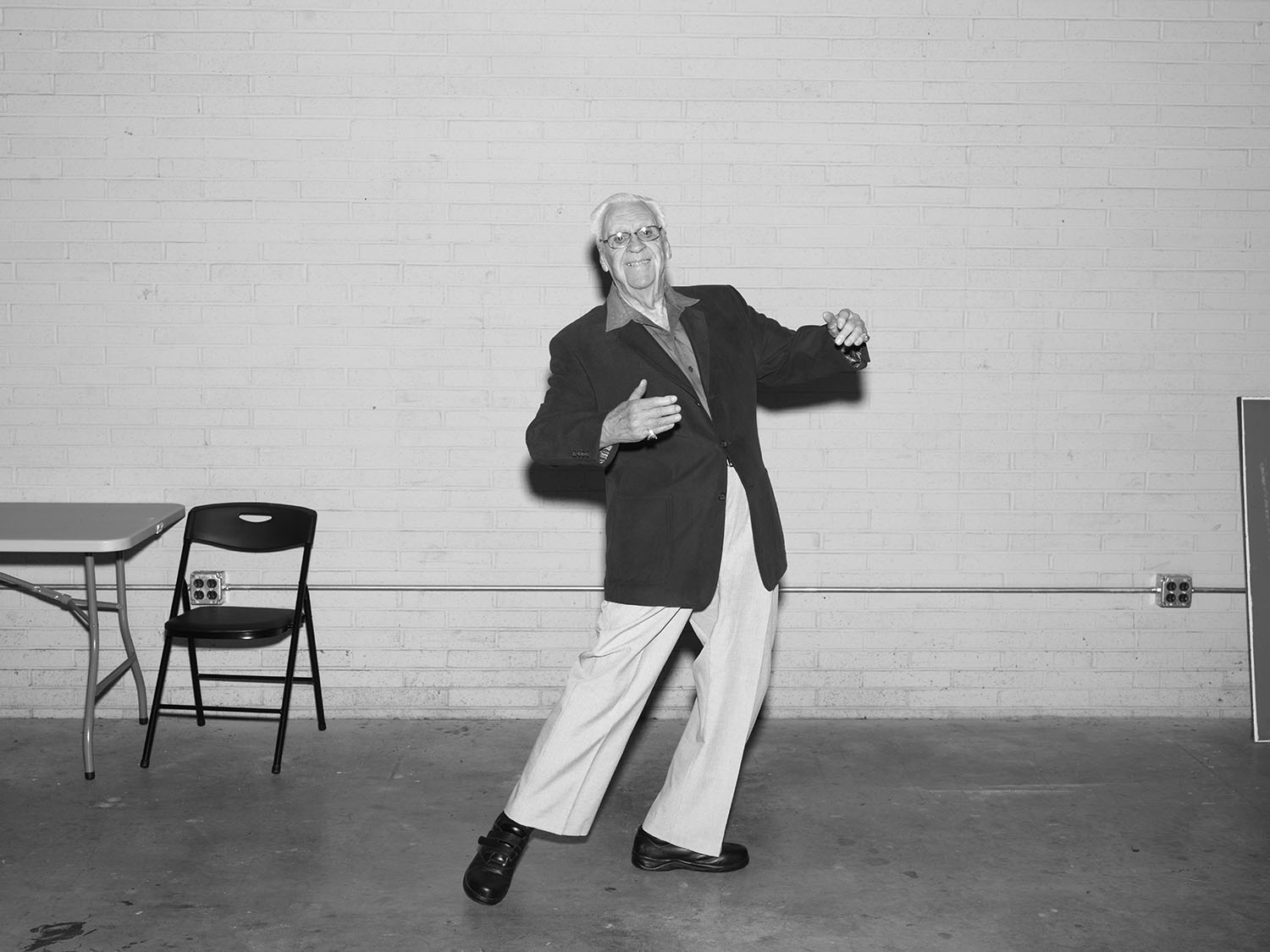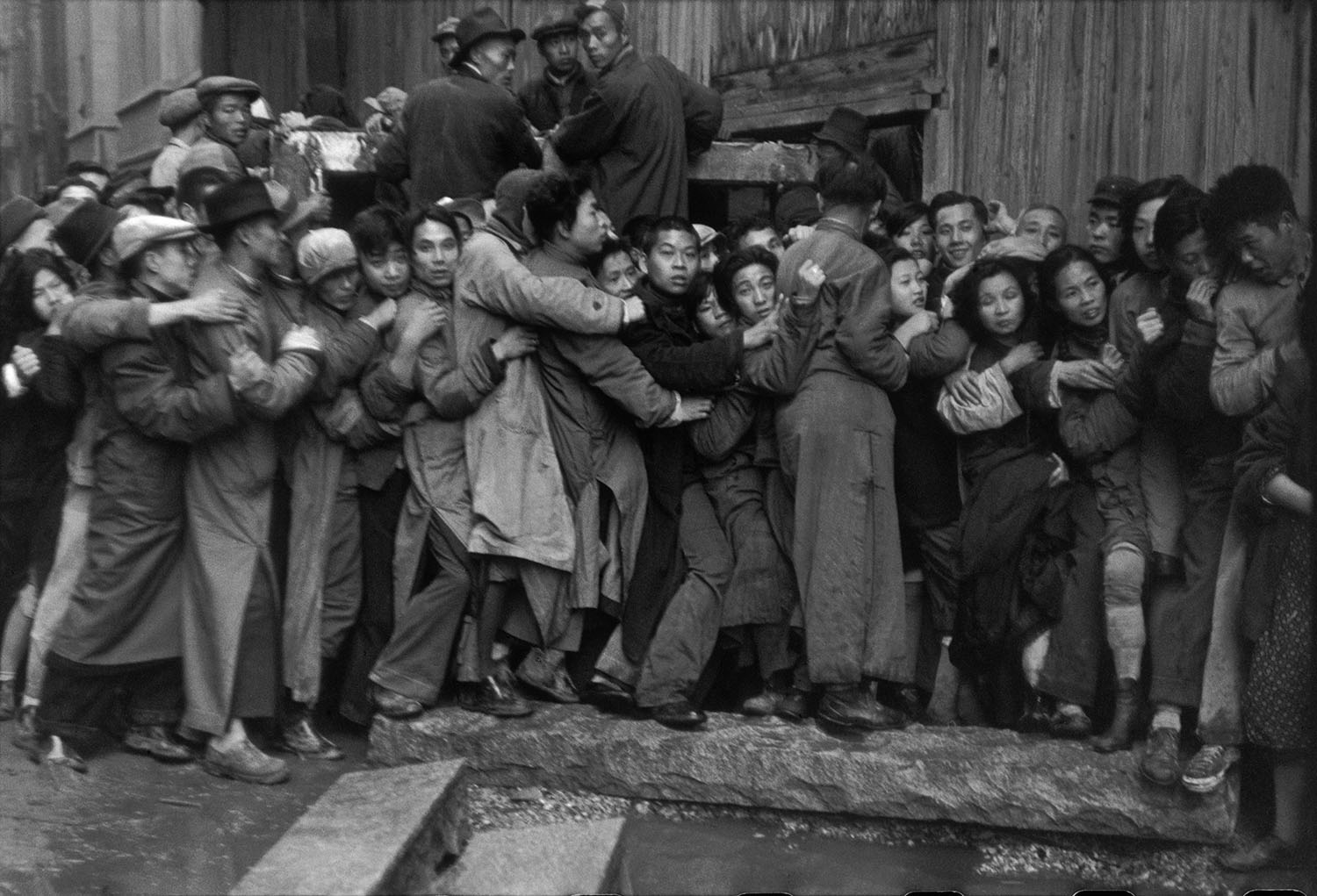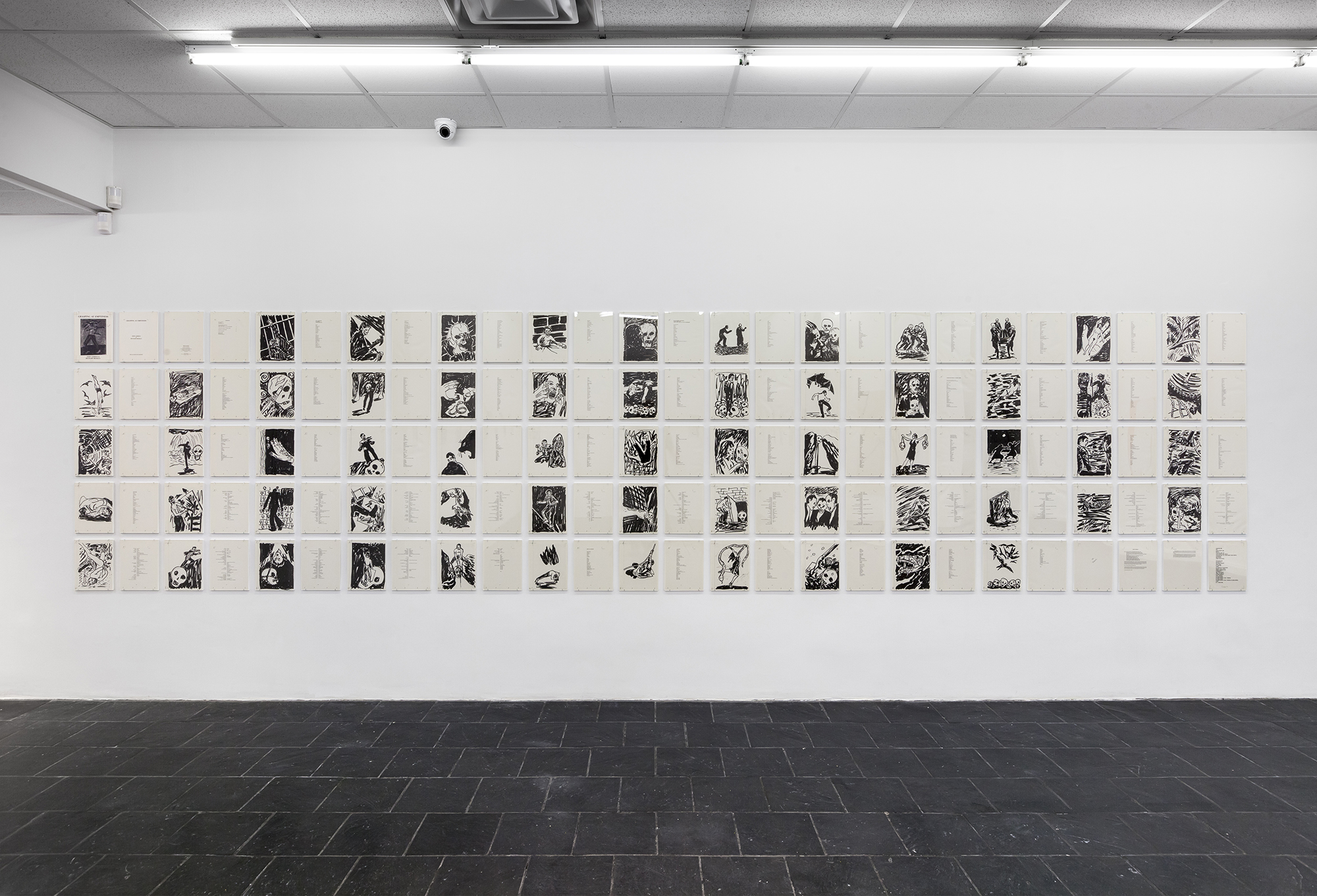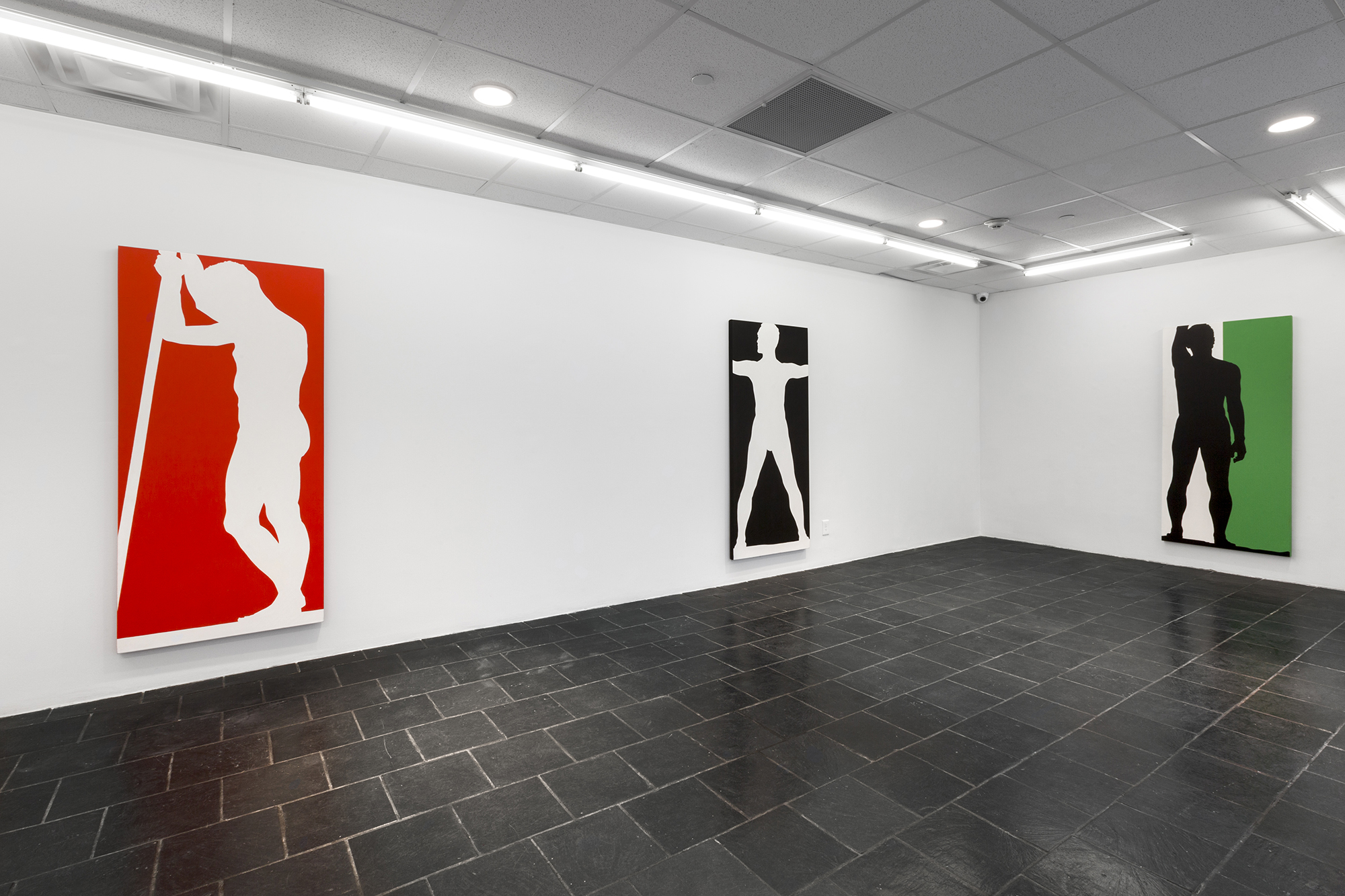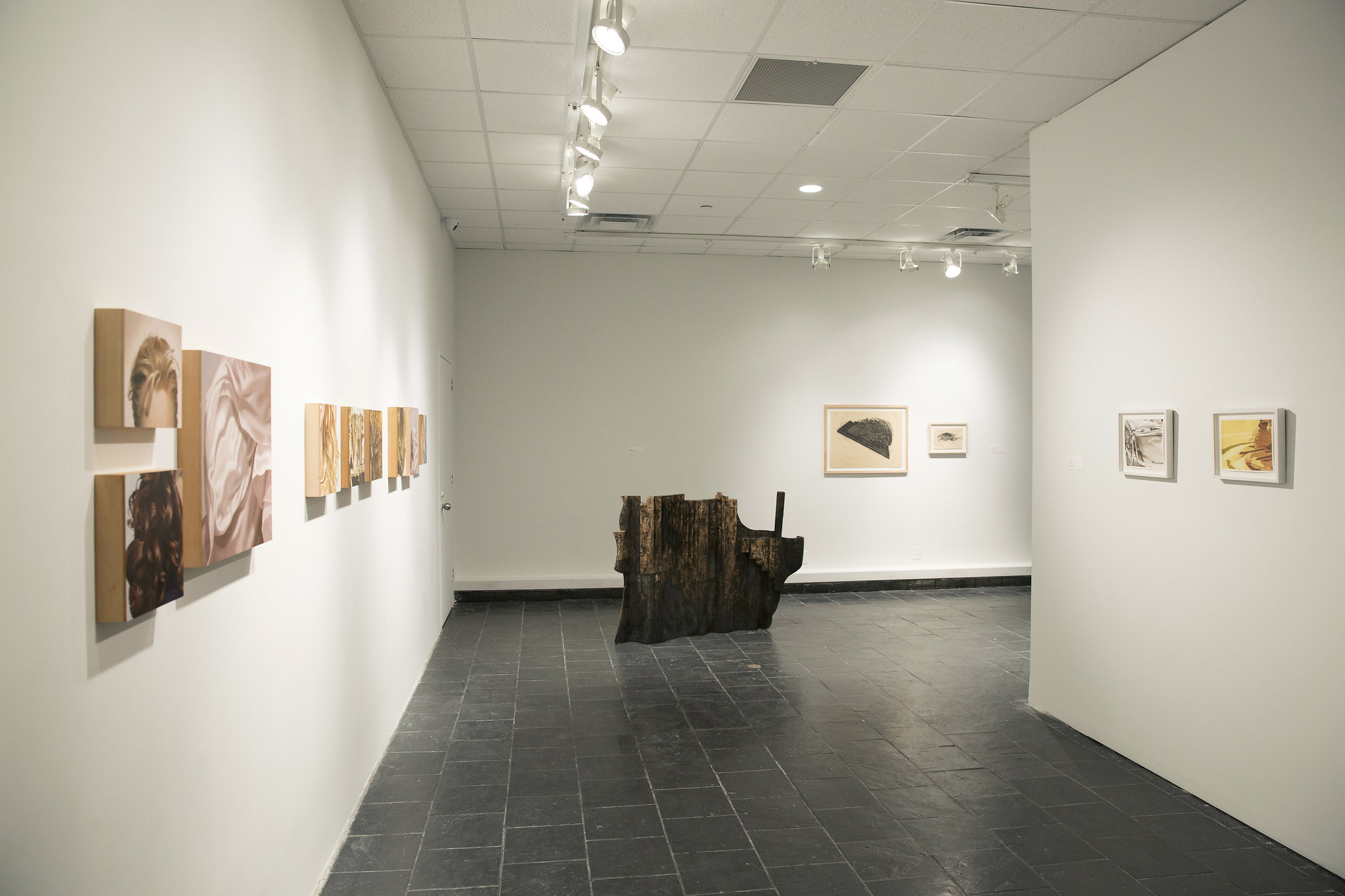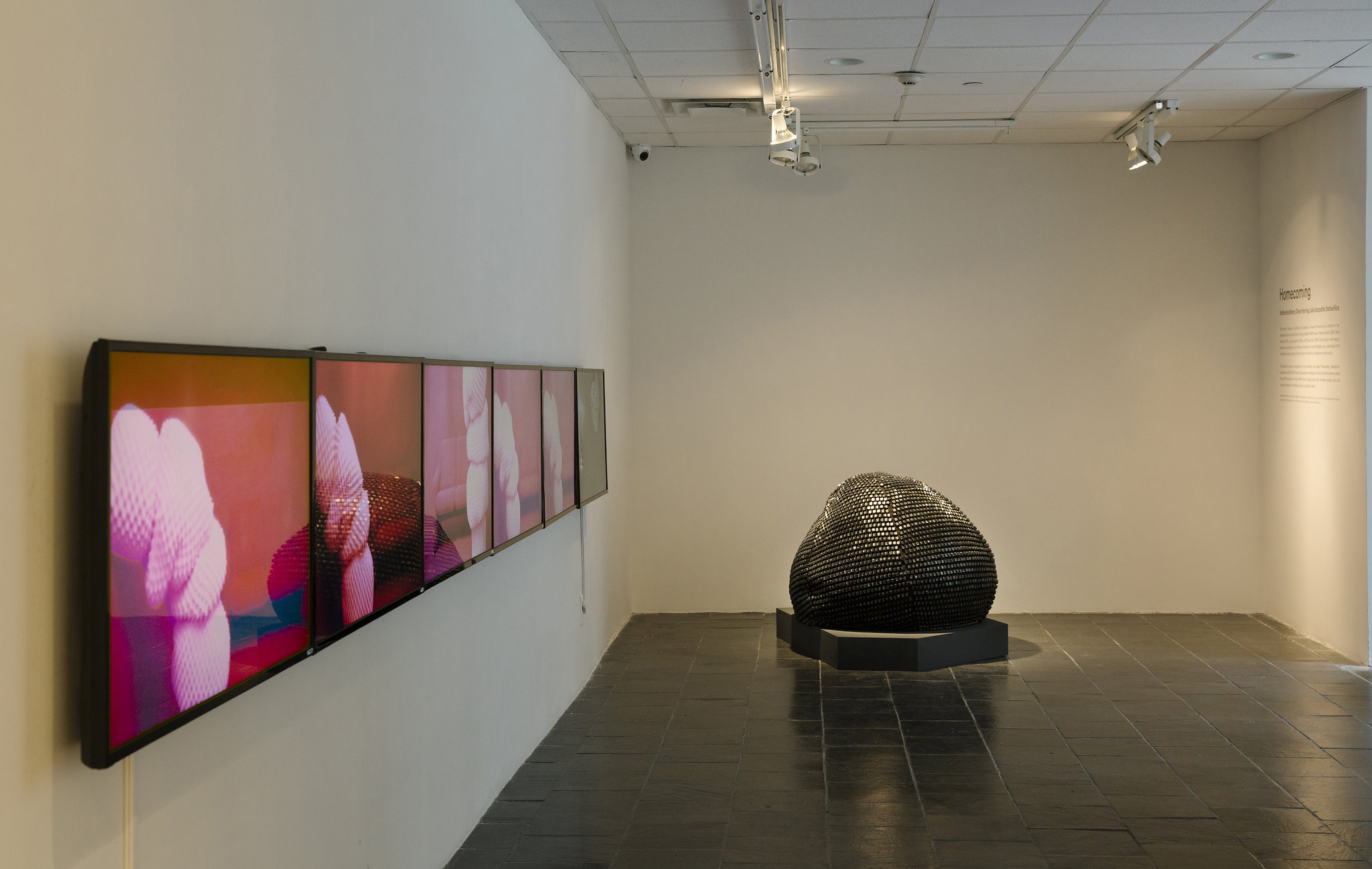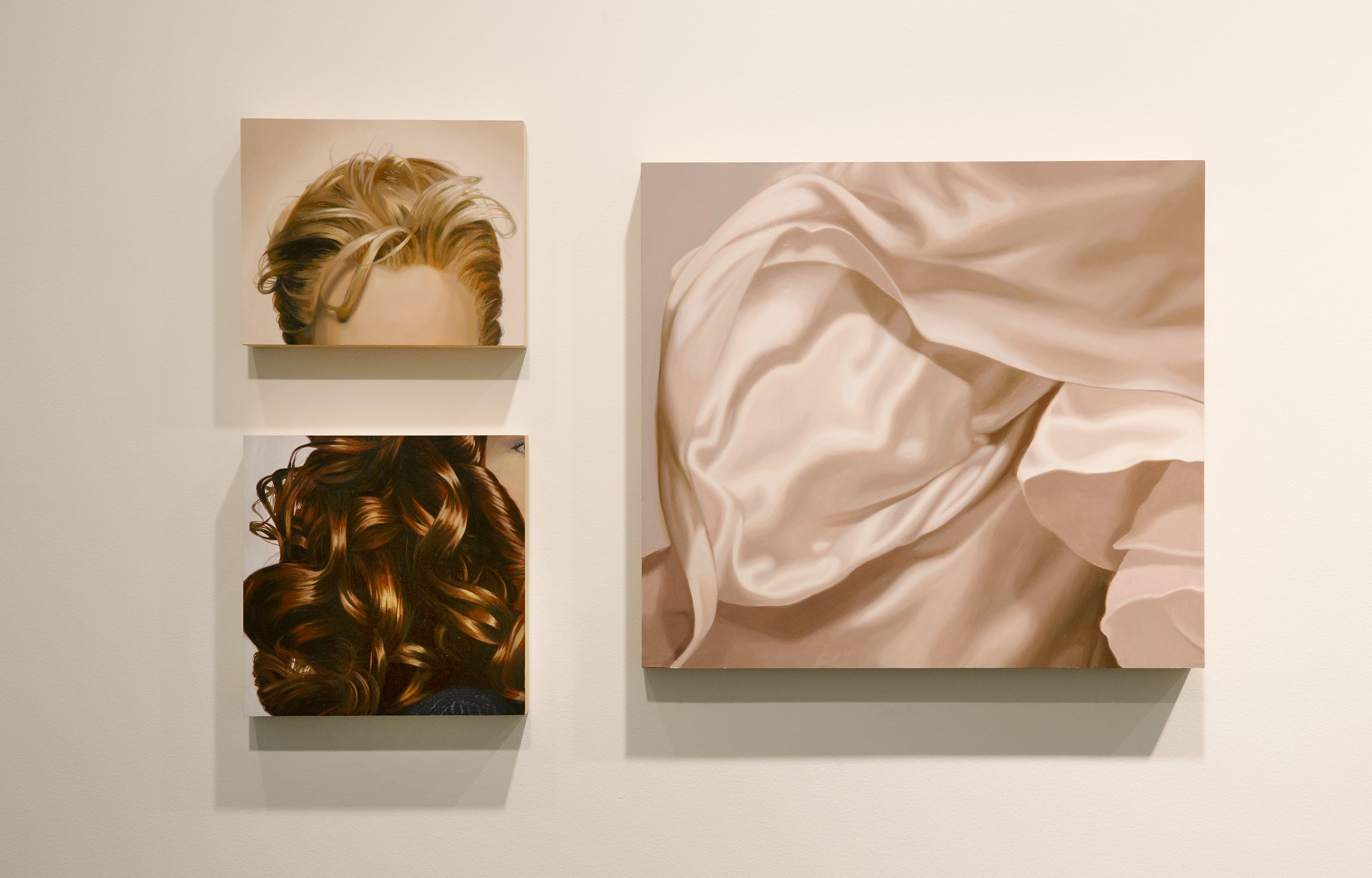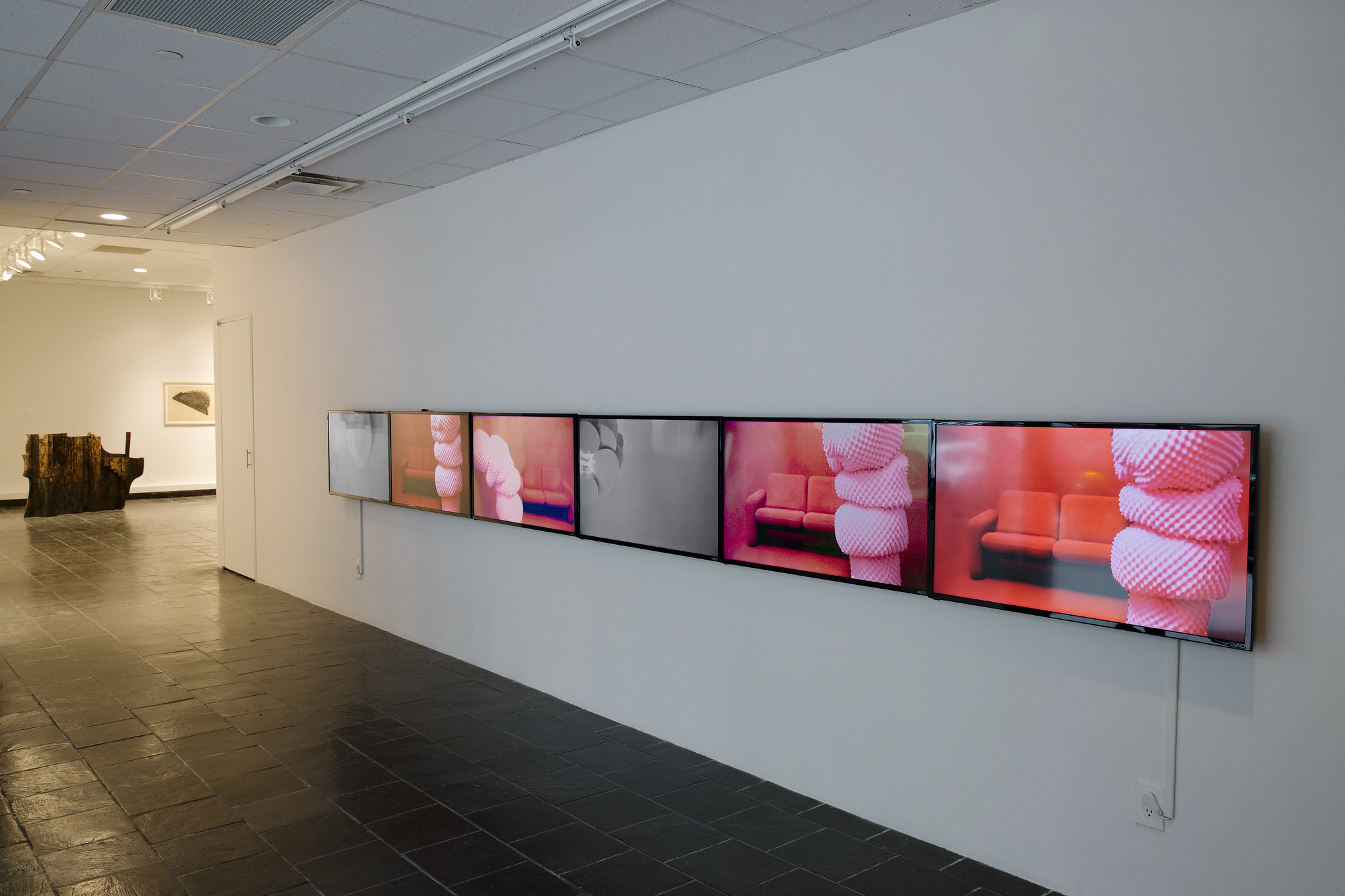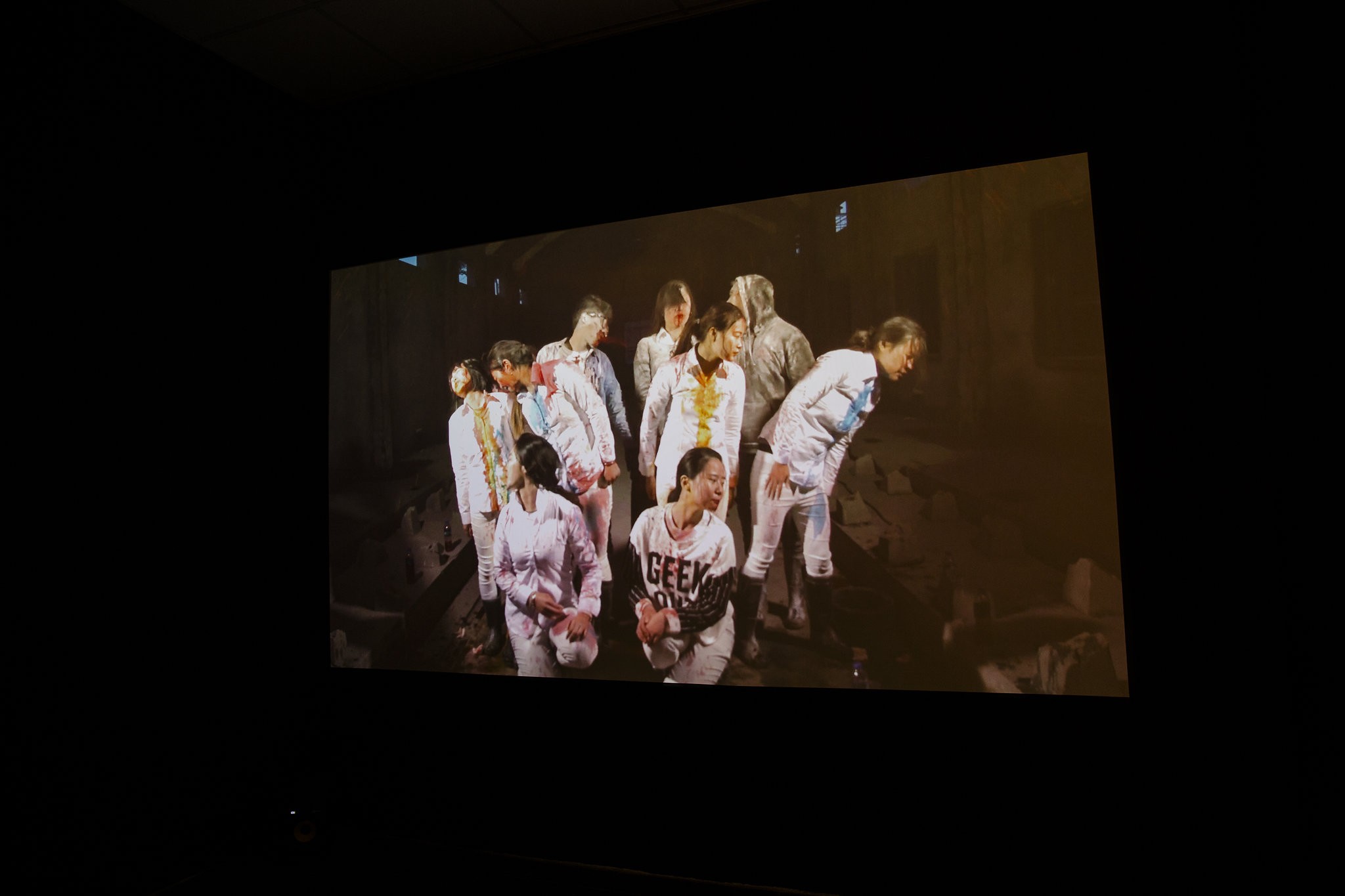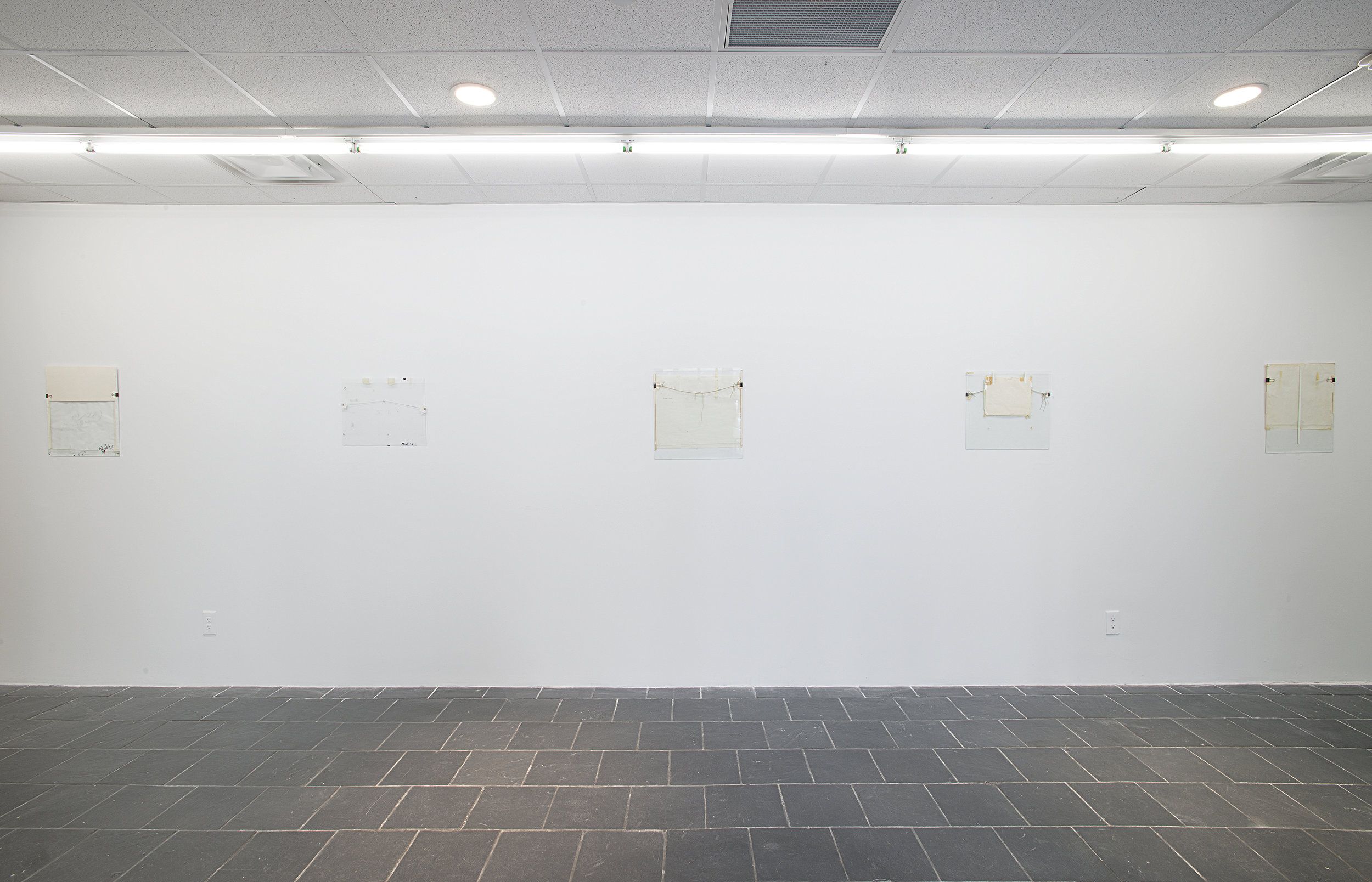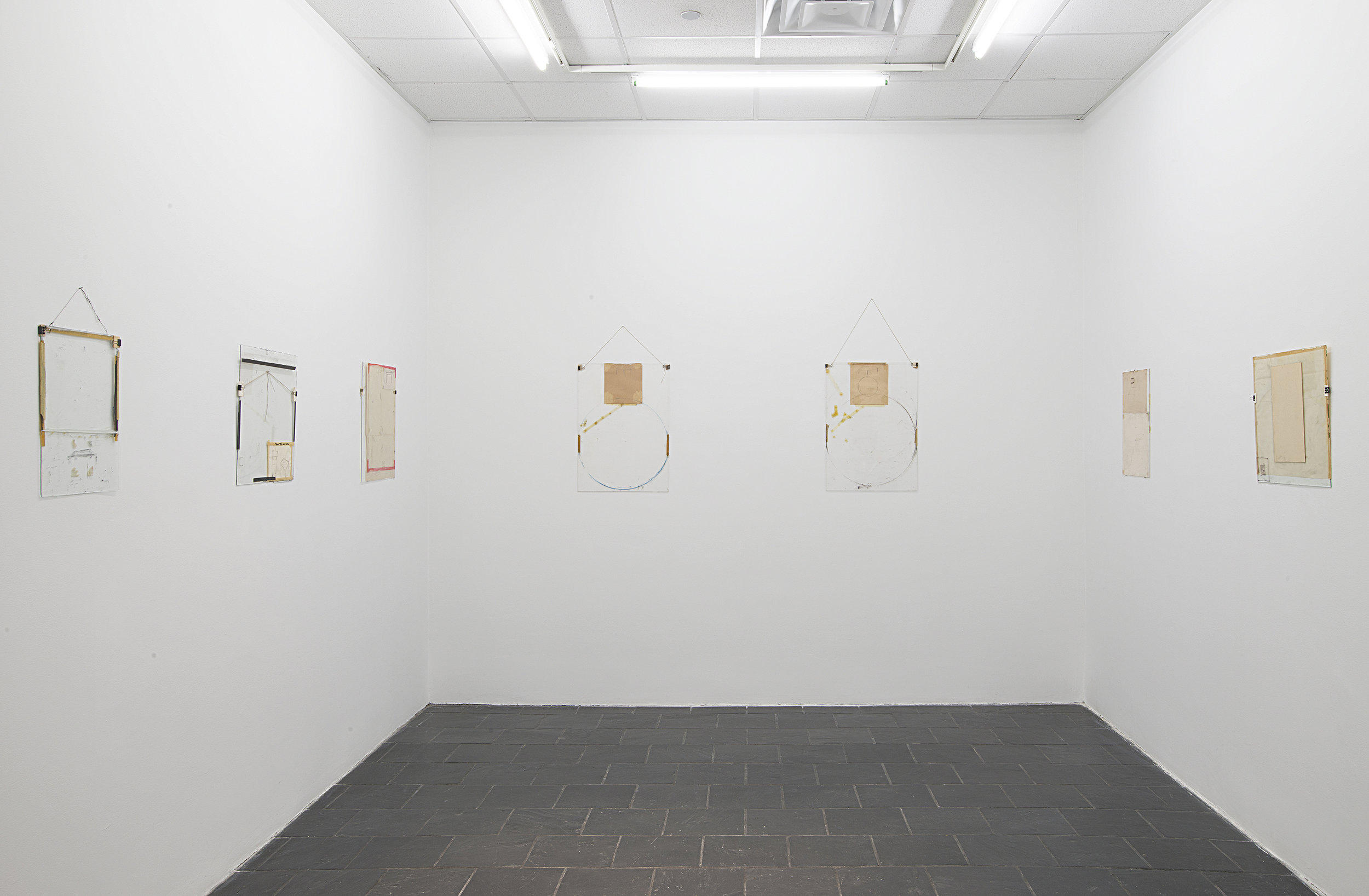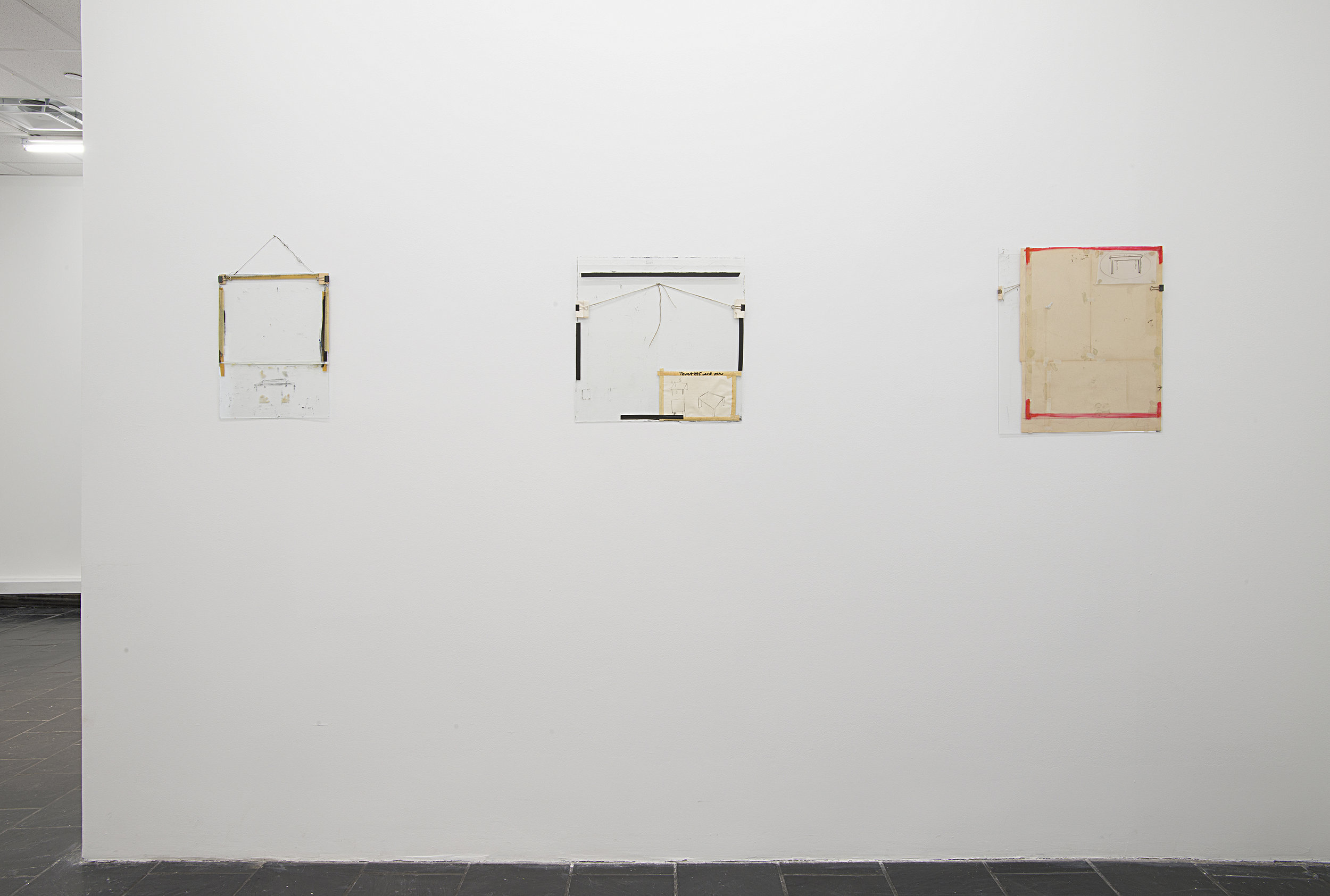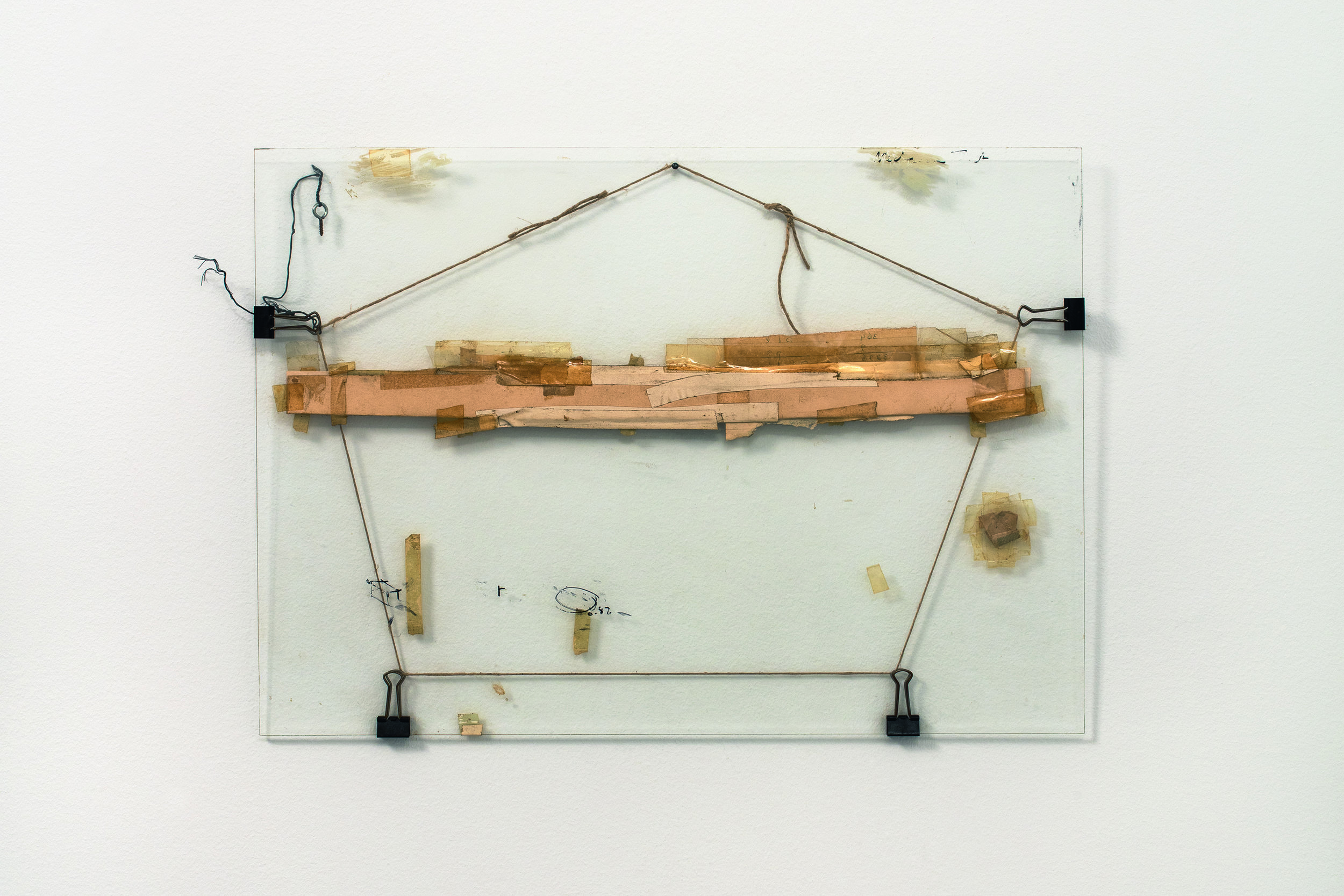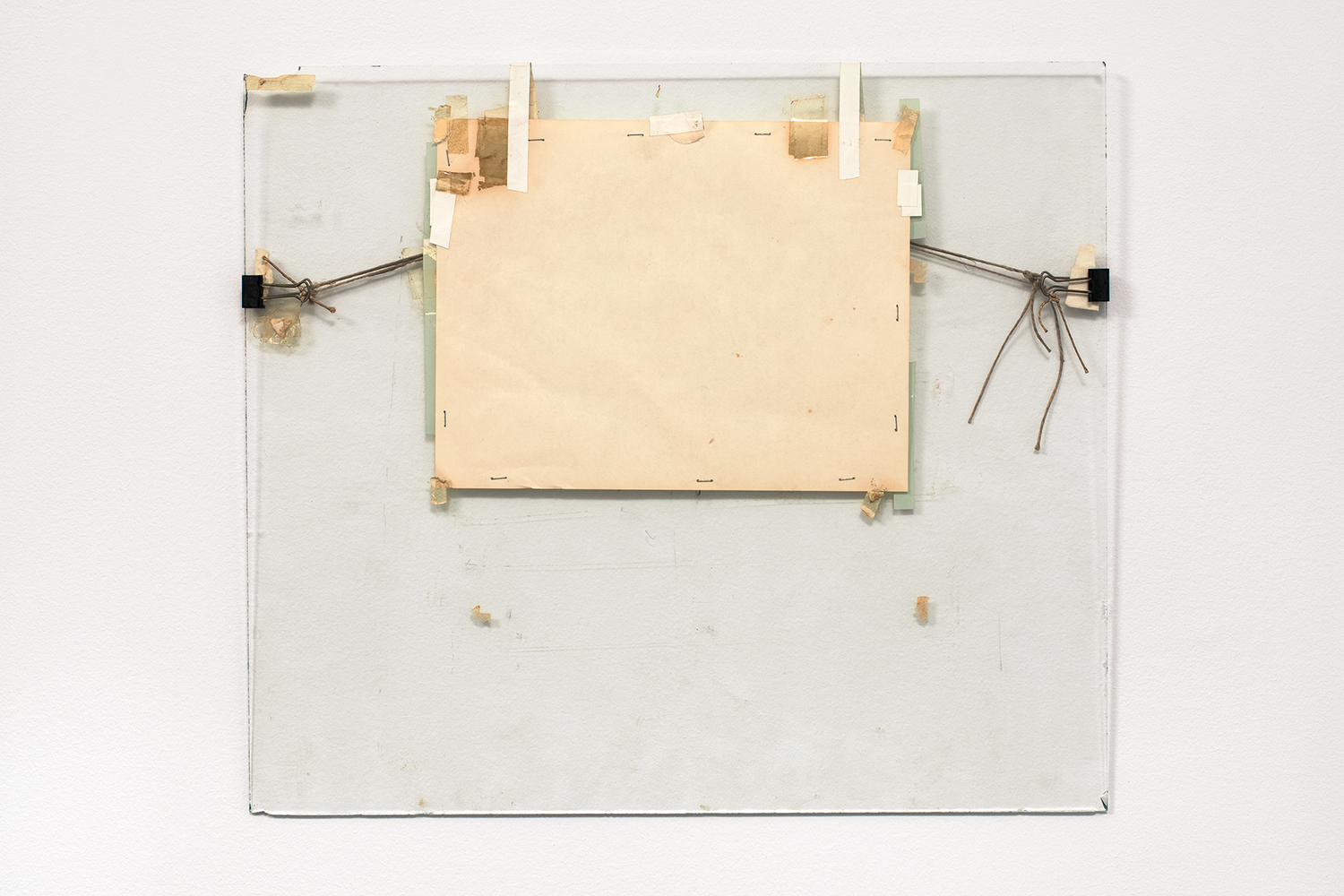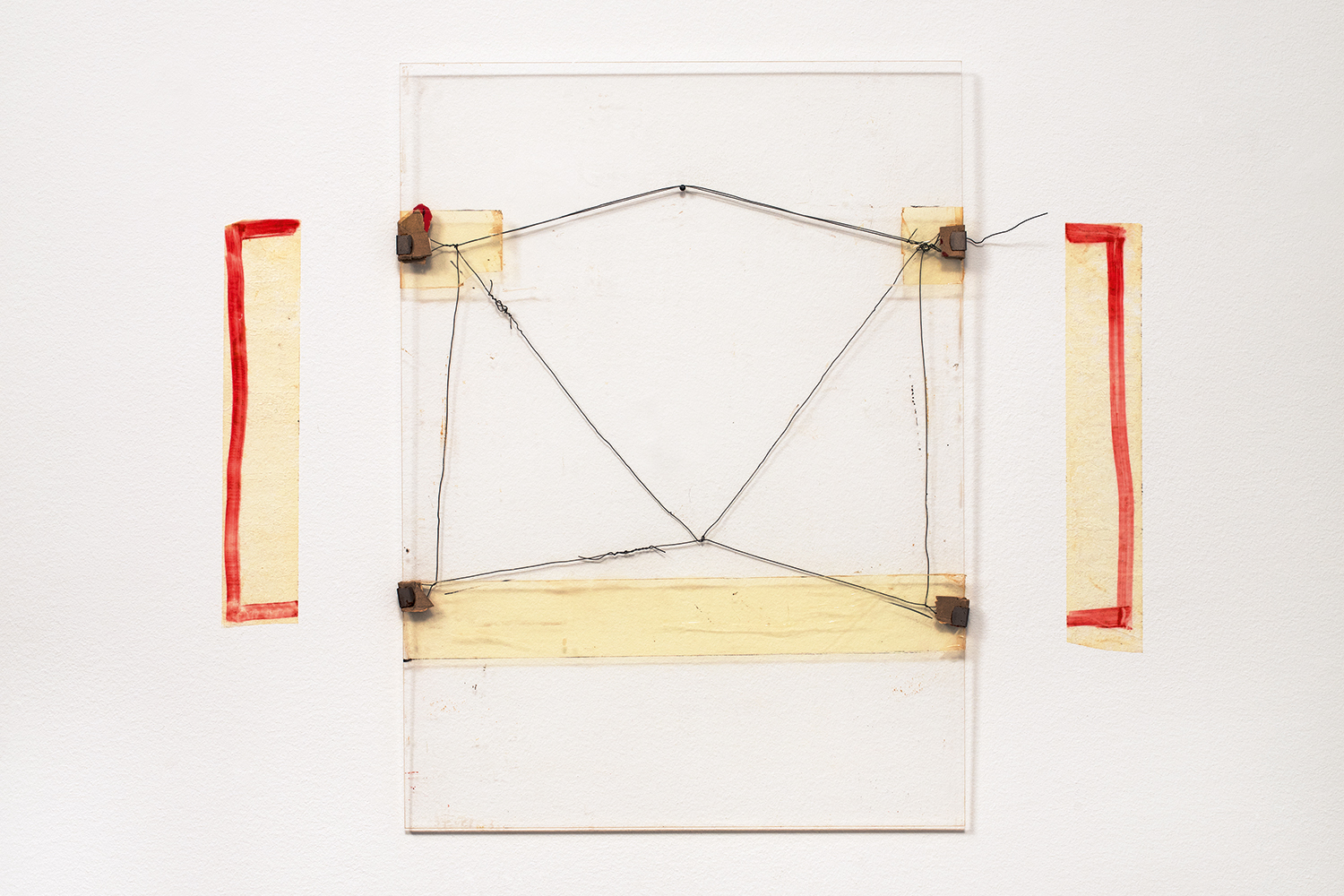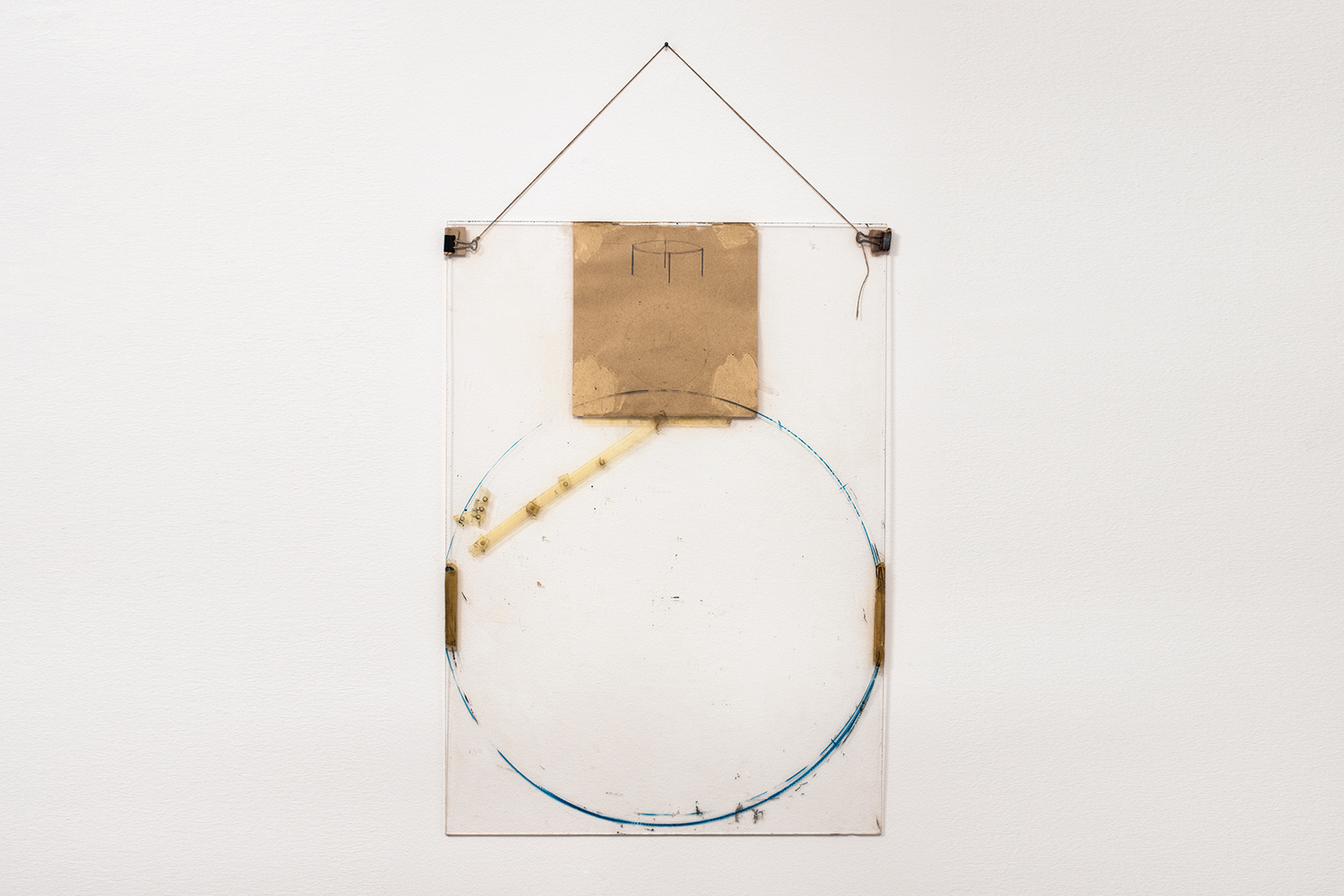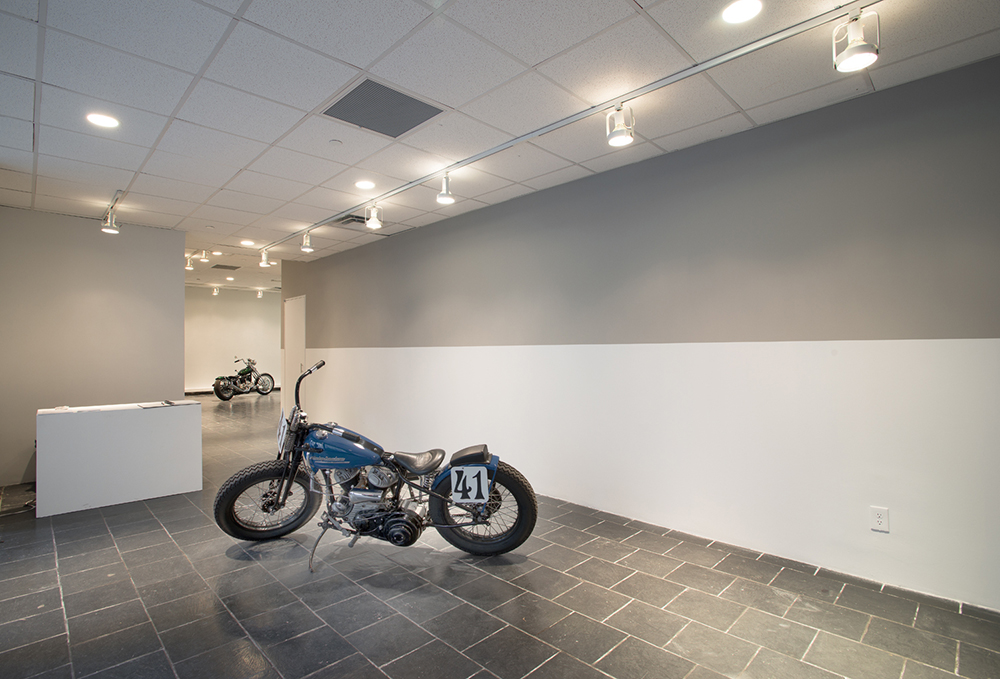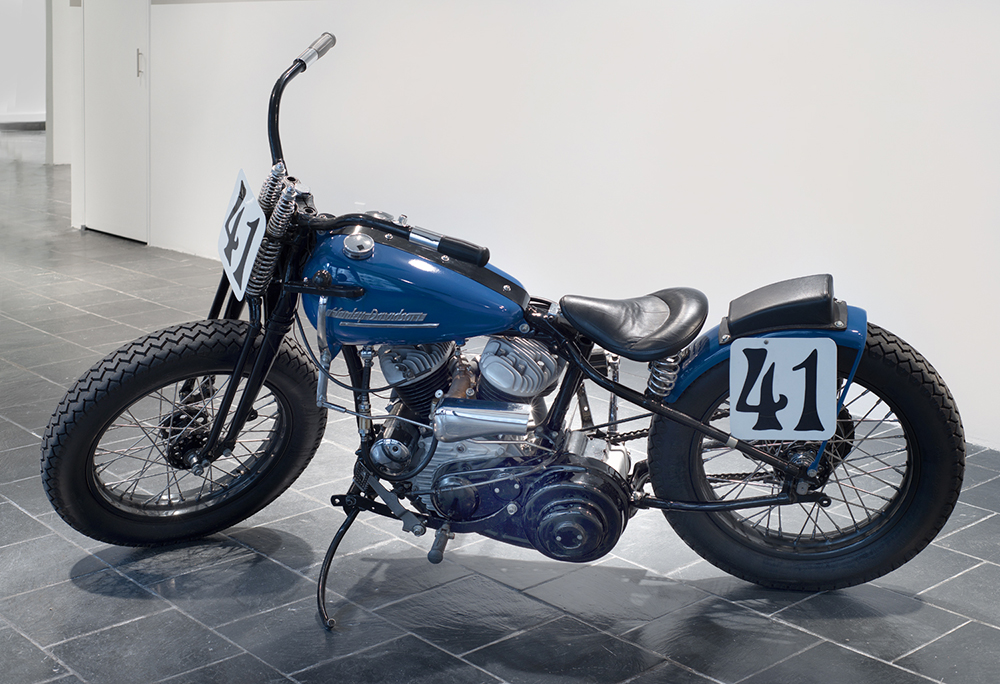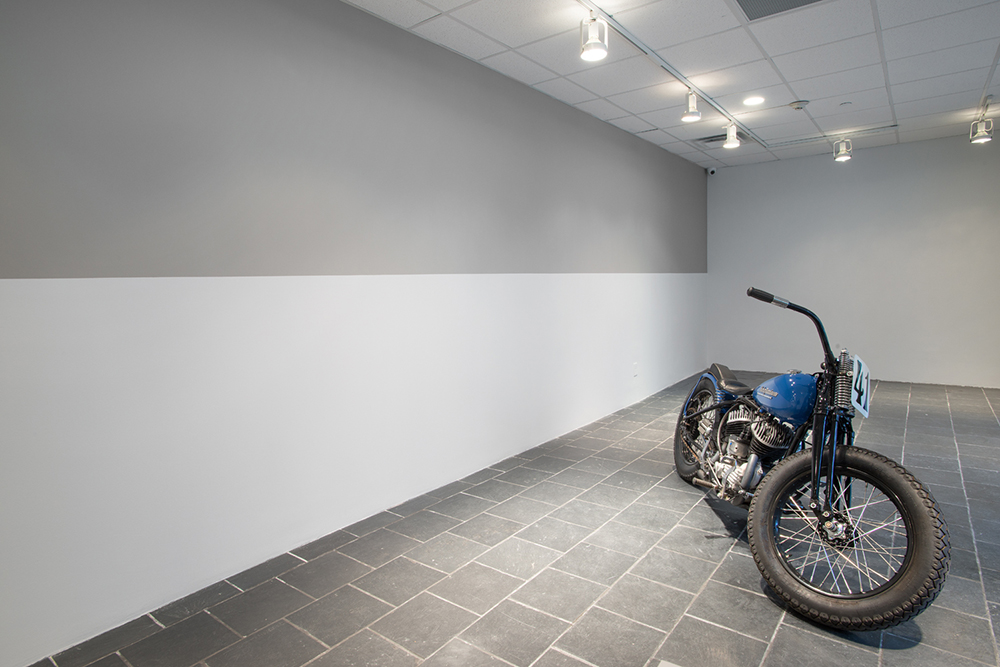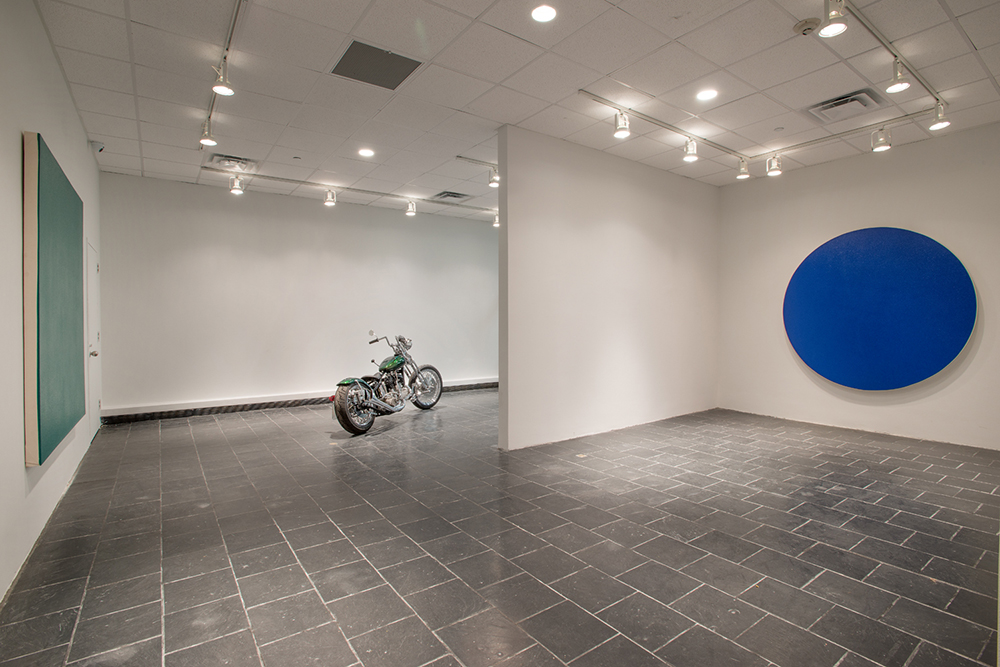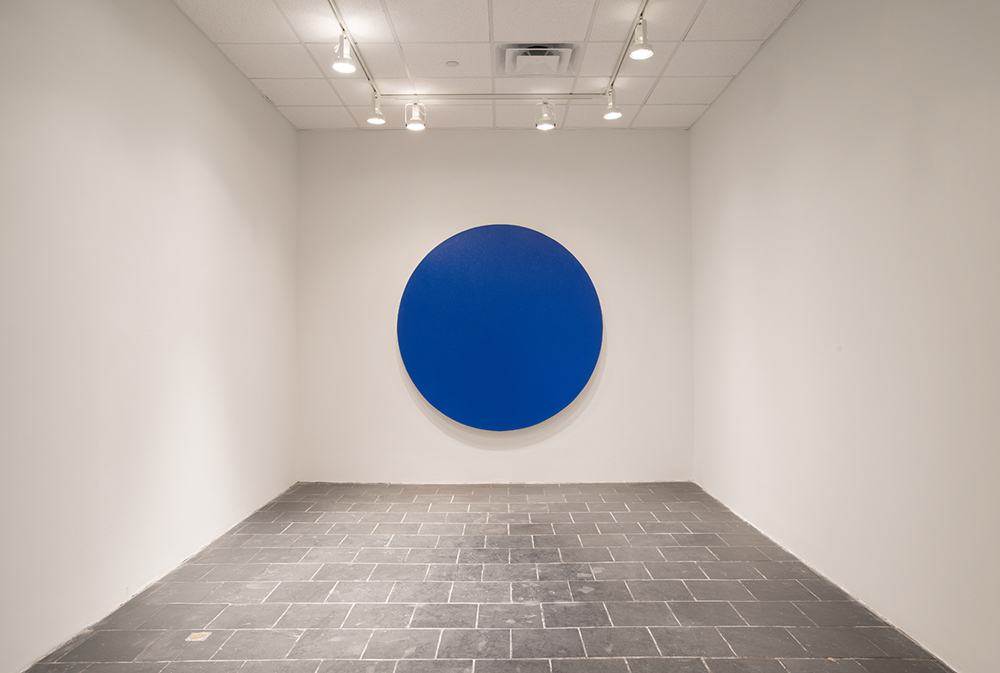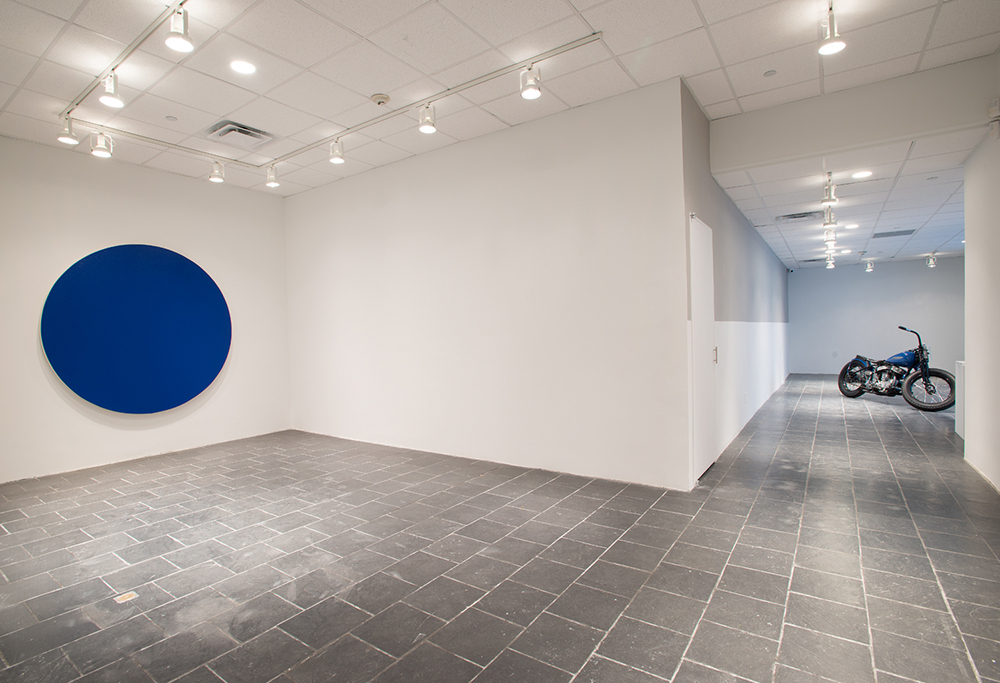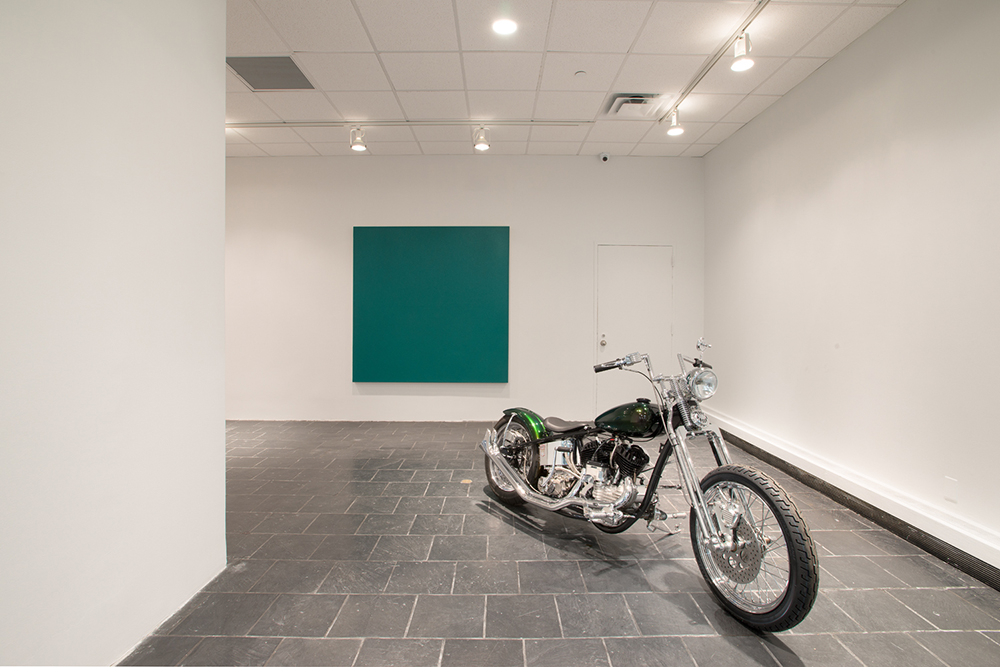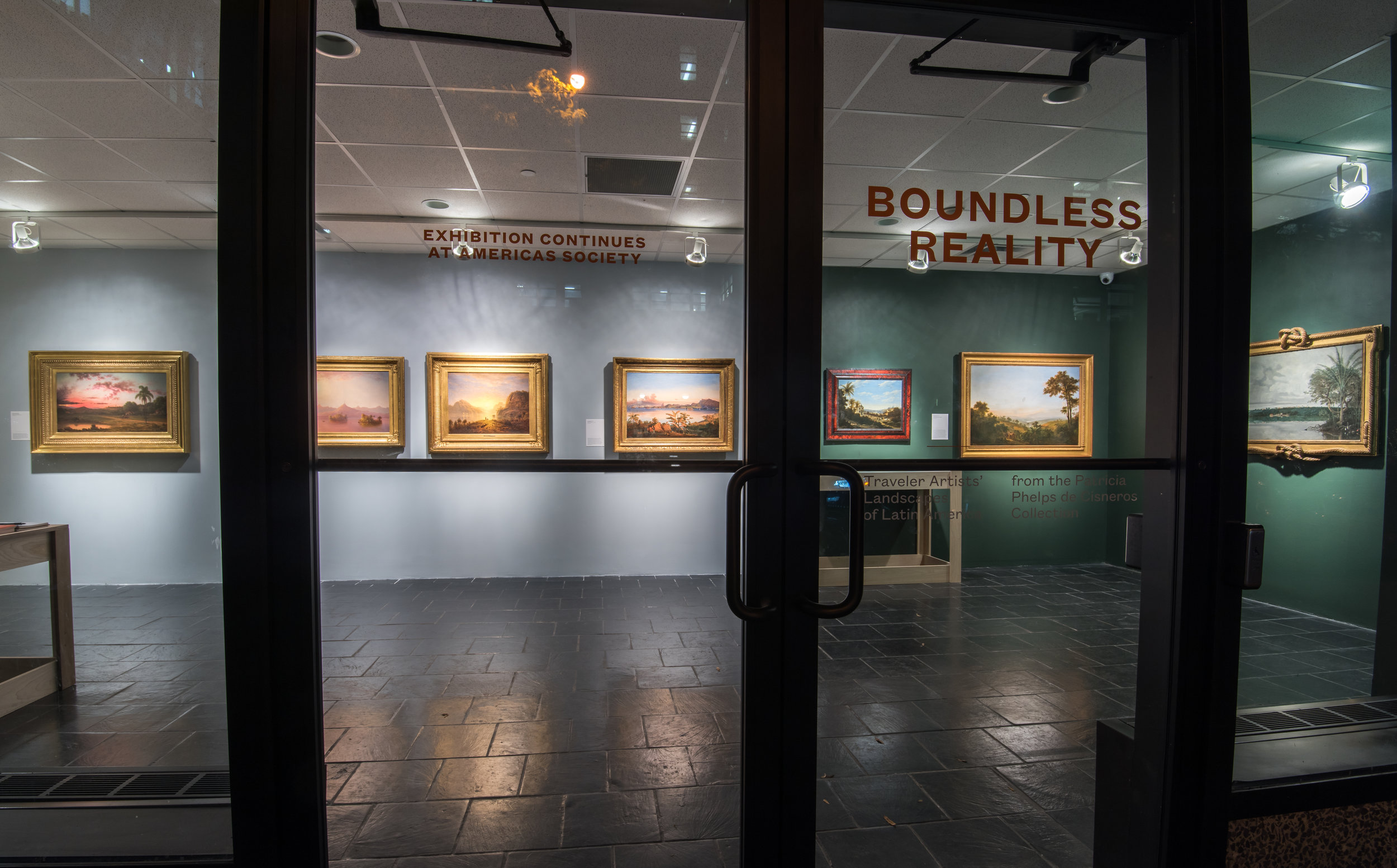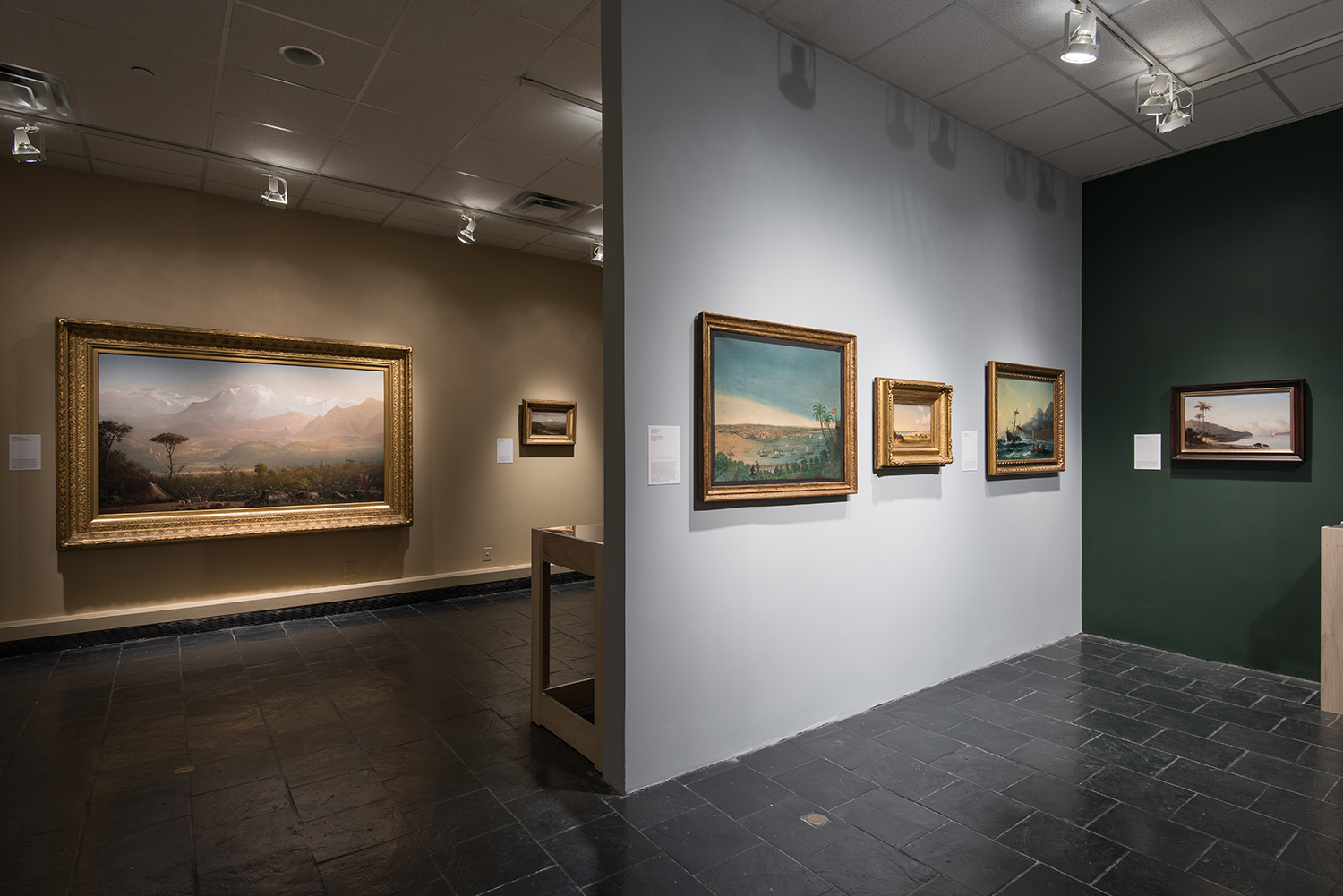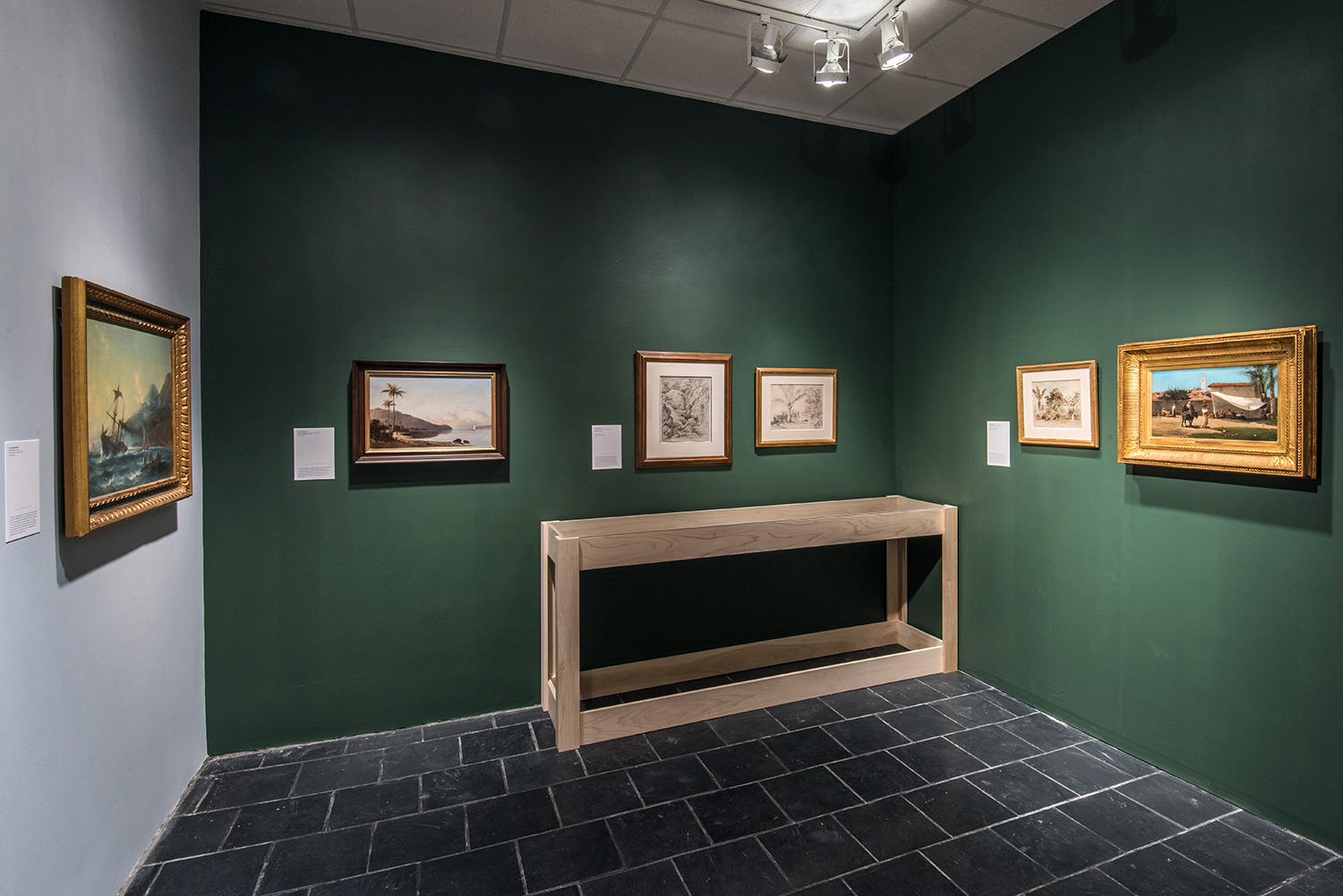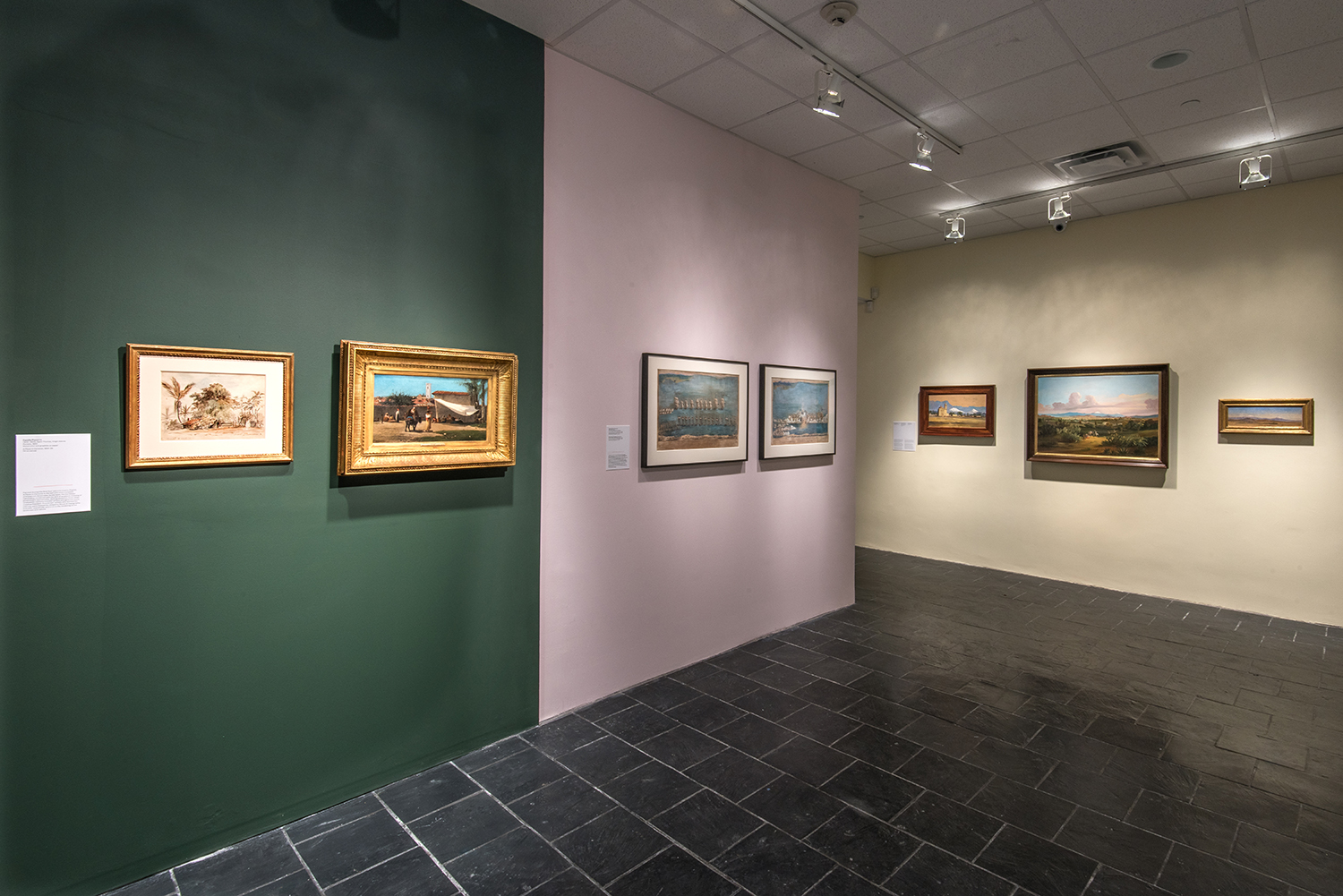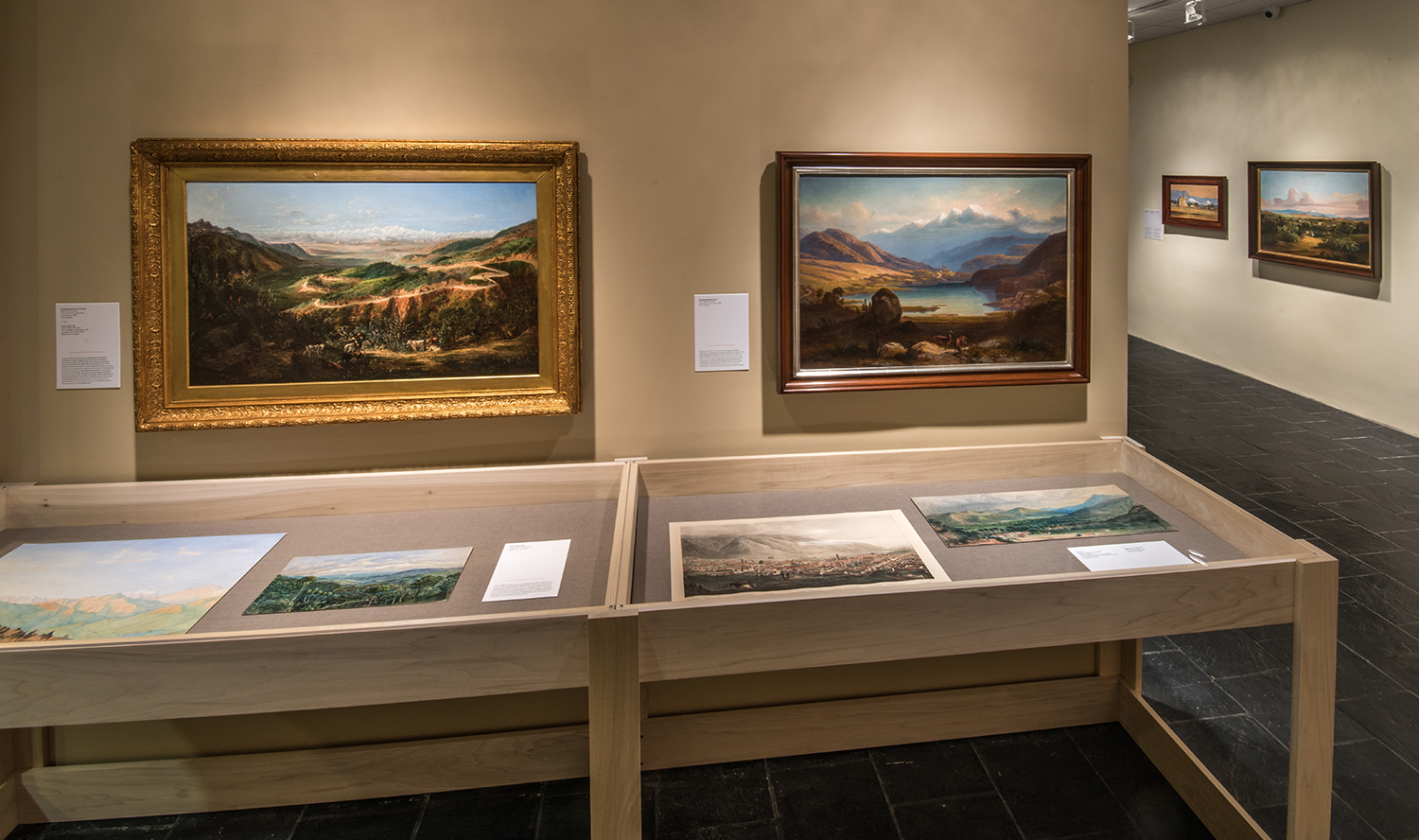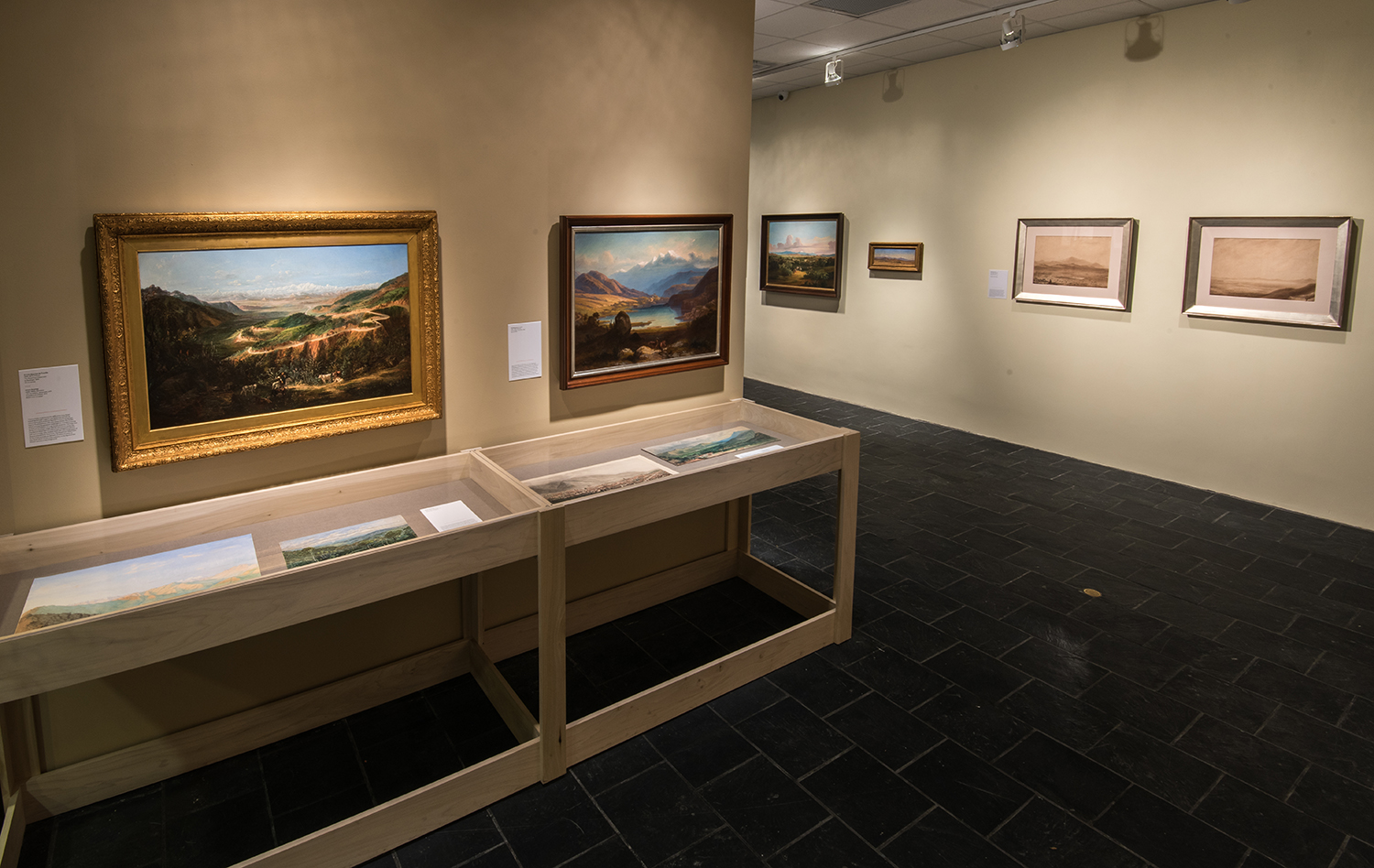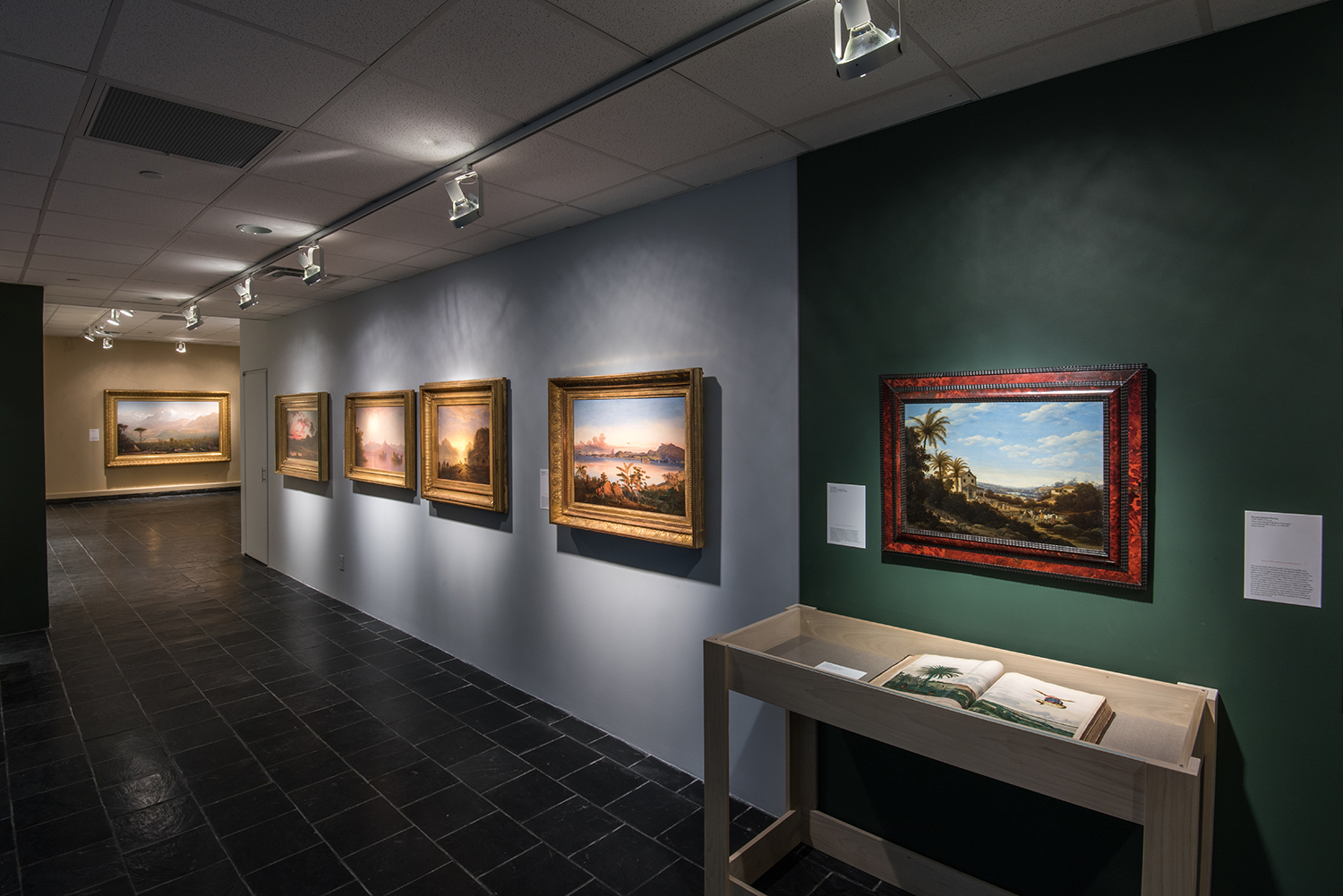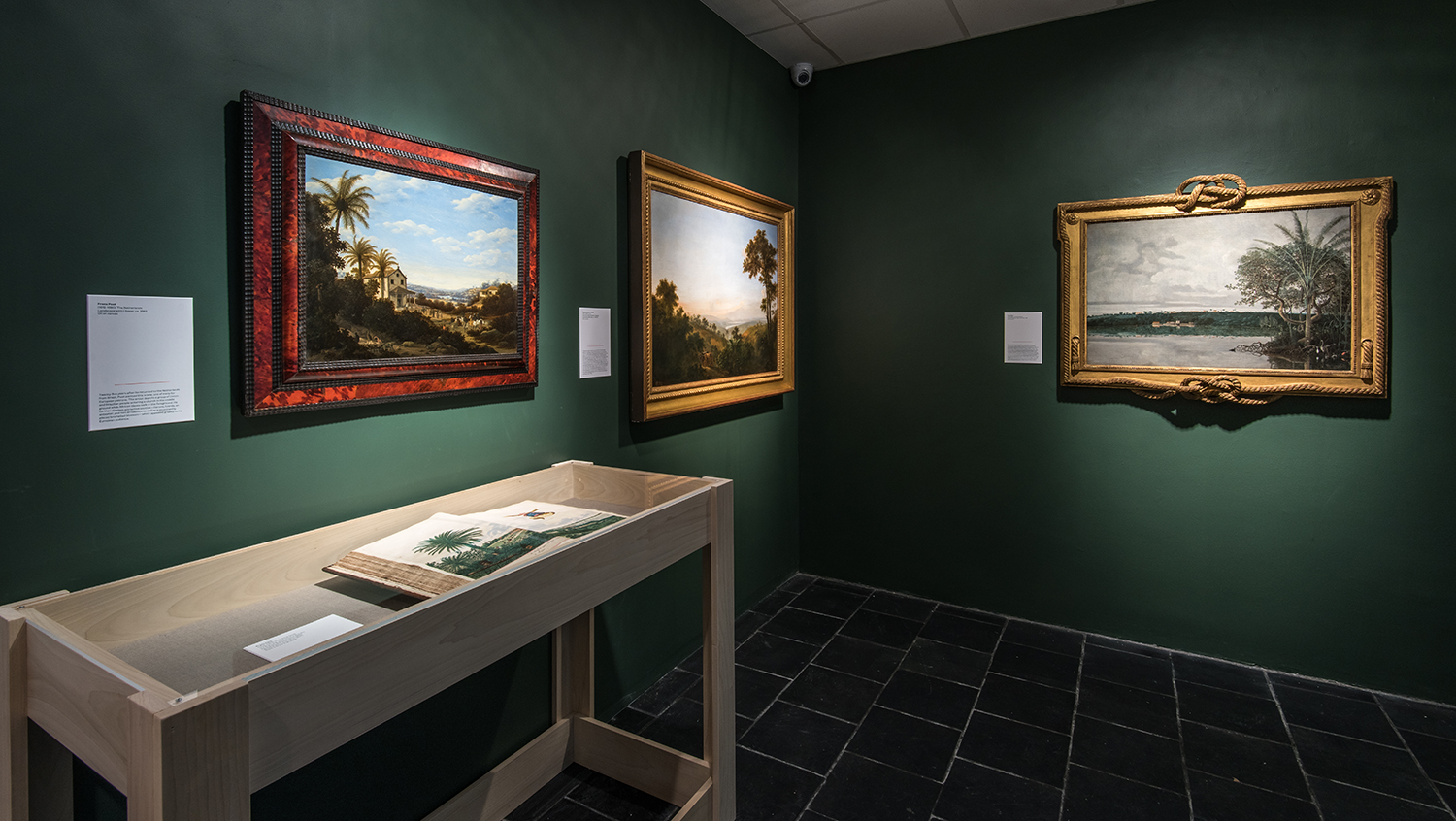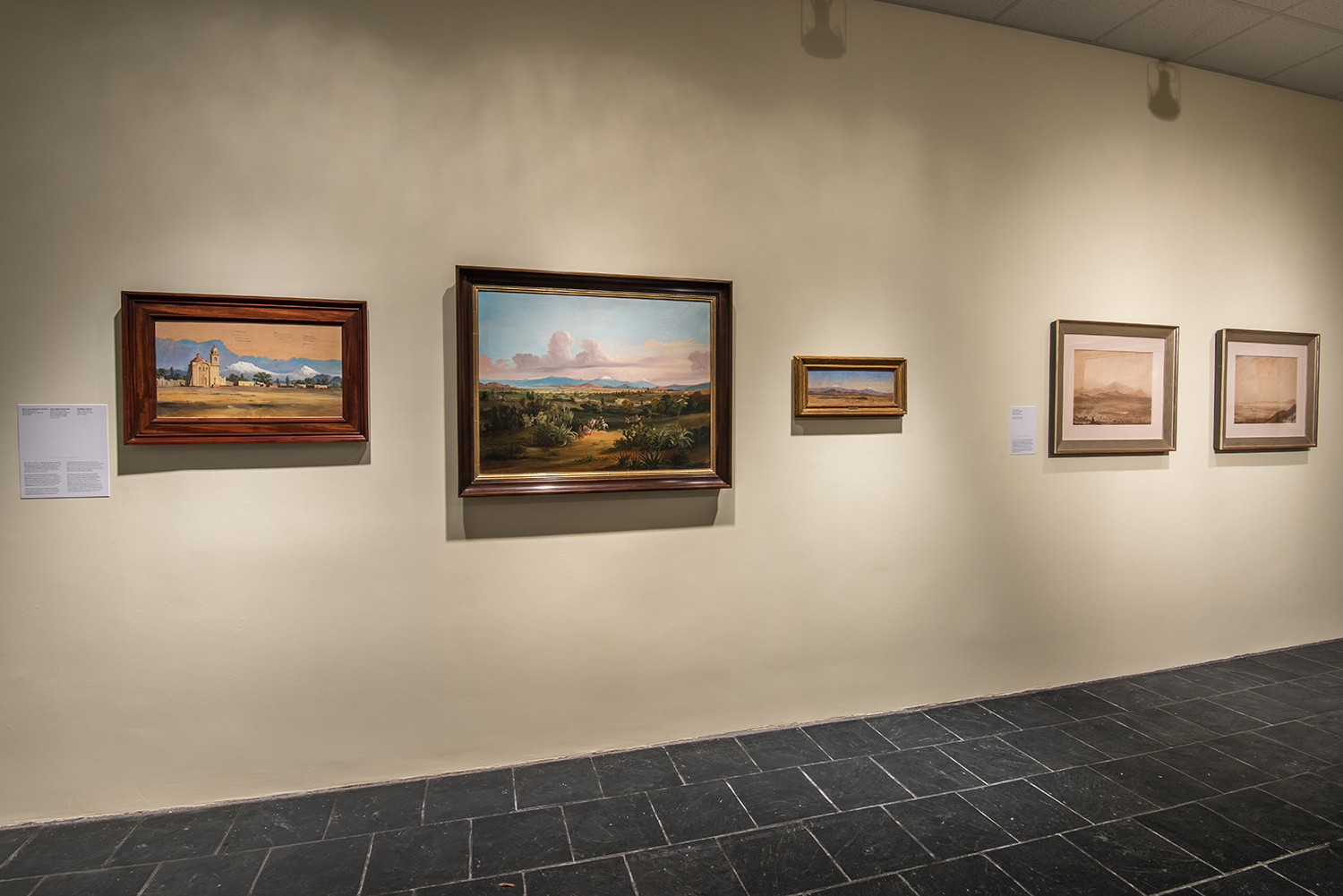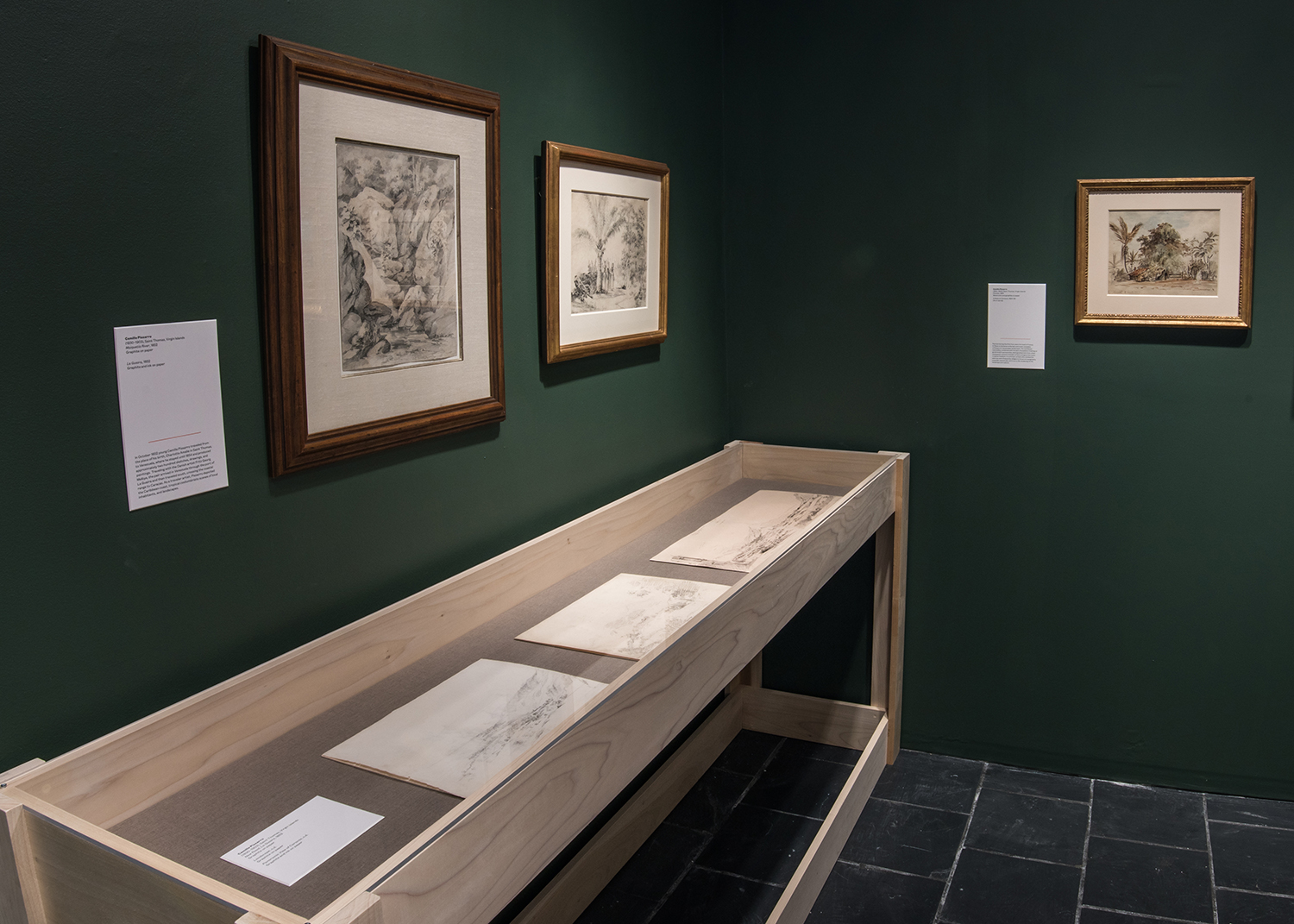Ugo Rondinone: I ♥ John Giorno
June 21–August 20, 2017
Opening reception: Wednesday, June 21, 5–8pm
Leubsdorf Gallery
Hunter West Building
132 East 68th Street
New York, NY 10065
Hours: Wednesday–Sunday, 1–6pm
On the evening of the June 21st summer solstice, Ugo Rondinone: I ♥ John Giorno—the first major U.S. exhibition about the American poet, artist, activist and muse John Giorno—will open simultaneously across 13 locations in New York City. I ♥ John Giorno is a work of art by Giorno’s husband, the Swiss artist Ugo Rondinone. The exhibition is a celebration of the life and work of John Giorno—an artist whose work has influenced generations. Taking place in his chosen hometown, the exhibition affords a unique opportunity for Giorno’s contributions to be recognized within the canons of American poetry and art history, and celebrates the artist’s 80th birthday.
I ♥ John Giorno is an unprecedented collaboration between leading non-profit and alternative spaces across New York, which are joining forces for the first time to mount a multilayered exhibition on a single subject. Partner venues include: Artists Space, High Line Art, Howl! Happening, Hunter College Art Galleries, The Kitchen, New Museum, Red Bull Arts New York, Rubin Museum of Art, Sky Art, Swiss Institute, White Columns, and 80WSE Gallery. Reconfigured as a festival, including installations in galleries and public spaces, as well as a full roster of public programs and events, I ♥ John Giorno is free and open to the public.
Expanding upon the exhibition that took place at Palais de Tokyo in Paris from October 2015 to January 2016, I ♥ John Giorno has been re-conceptualized specifically for New York, highlighting Giorno’s significant relationship with the city, and his singular role in creating and fostering community here. The 18-part exhibition has been divided by Rondinone into chapters reflecting the layers of Giorno’s life and work, his longstanding influence on and dedication to his chosen hometown of New York City, and his relationships with artist friends, lovers and collaborators including: Richard Bosman, Phong Bui, Angela Bulloch, Anne Collier, Verne Dawson, Judith Eisler, John Giorno, Mark Handforth, Matthew Higgs, Pierre Huyghe, Françoise Janicot, Scott King, Elizabeth Peyton, Ugo Rondinone, Erik Satie, Kendall Shaw, Michael Stipe, Billy Sullivan, Rirkrit Tiravanija, Peter Ungerleider, Joan Wallace, and Andy Warhol, whose work will be presented as part of the festival.
The exhibition format echoes the symbiotic relationship between Ugo Rondinone and John Giorno, who have been both partners and collaborators for the past two decades. Rondinone describes the show saying: “I ♥ John Giorno is a kaleidoscopic exhibition about the life and work of American poet and Tibetan Buddhist John Giorno, whose rich and stimulating life has woven many threads of American culture and spirituality. Within the dreamscape of the exhibition, one is invited to wander through the juxtaposed realm of art and poetry where image and language build upon themselves in a layered stream of consciousness driven by the biographical, the conceptual, and the emotional.”
I ♥ John Giorno is made possible in part by public funds from Pro Helvetia, Swiss Arts Council. The I ♥ John Giorno organizing committee gratefully acknowledges generous support from Van Cleef & Arpels and the Andy Warhol Foundation for the Visual Arts. Thanks to Almine Rech Gallery, Brussels, London, New York and Paris; Elizabeth Dee Gallery, New York; Esther Schipper, Berlin; Galerie Eva Presenhuber, New York and Zürich; Gladstone Gallery, Brussels and New York; Galerie Kamel Mennour, London and Paris; Kukje Gallery, Seoul; and Sadie Coles, London for production support. Additional thanks to Ophelia and Bill Rudin as well as the General Consulate of Switzerland in New York for their gracious contribution, and to agnès b. for in kind support.
ABOUT JOHN GIORNO
John Giorno (b. 1936, New York City, USA) is an artistic innovator who has been defying conventional definitions of poet, performer, political activist, Tibetan Buddhist, and visual artist since he emerged upon the New York art scene during the late 1950s. In the 1960s, he began producing multi-media, multi-sensory events concurrent with Warhol’s Exploding Plastic Inevitable. He worked with Rauschenberg’s Experiments in Art and Technology (E.A.T) in 1966, and with Bob Moog in 1967-68. His breakthroughs in this area include Dial-A-Poem, which was first presented in 1968 at the Architectural Society of New York, and was later included in the MoMA’s Information exhibition in 1970. His contributions are significant to many culturally defining moments: the Beat generation, Pop Art, Punk, the Pictures Generation, and the hip-hop era. His work is included in the collections of the Museum of Modern Art, New York; Centre Georges Pompidou, Paris; Musée National d´Art Moderne, Paris; and Queensland Art Gallery/Gallery of Modern Art, Brisbane; among others.
ABOUT UGO RONDINONE
go Rondinone (b. 1964, Brunnen, Switzerland) is a renowned mixed-media artist who lives and works in New York. Recent solo shows include: your age my age and the age of the rainbow, The Garage Museum of Contemporary Art, Moscow; let’s start this day again, Contemporary Arts Center, Cincinnati; every time the sun comes up, Place Vendome, Paris; girono d’oro + notti d’argento, Mercati die Traiano, Rome; becoming soil, Carre d’Art, Nîmes; seven magic mountains, Art Production Fund and Nevada Museum of Art/Desert of Nevada; vocabulary of solitude, Museum Boijmans Van Beuningen, Rotterdam; Ugo Rondinone: I ♡ John Giorno, Palais de Tokyo, Paris; golden days and silver nights, Art Gallery of New South Wales, Sydney; and artists and poets, Secession, Vienna. His work is in the collections of the Museum of Modern Art, New York, the Institute of Contemporary Art, Boston, the San Francisco Museum of Modern Art, the Walker Art Center, Minneapolis, and the Dallas Museum of Art, among others. Upcoming shows include the world just makes me laugh at Berkeley Art Museum and Pacific Film Archive, Berkeley; and good evening beautiful blue at Bass Museum of Art, Miami.
Ugo Rondinone: I ♡ John Giorno is made possible in part by public funds from the Swiss Arts Council Pro Helvetia. The I ♡ John Giorno organizing committee gratefully acknowledges generous support from Van Cleef & Arpels, the Andy Warhol Foundation for the Visual Arts and LUMA Foundation. Thanks to Almine Rech Gallery, Brussels, London, New York and Paris; Elizabeth Dee Gallery, New York; Esther Schipper, Berlin; Galerie Eva Presenhuber, New York and Zürich; Gladstone Gallery, Brussels and New York; Galerie Kamel Mennour, London and Paris; Kukje Gallery, Seoul; and Sadie Coles, London for production support. Additional thanks to Ophelia and Bill Rudin as well as the General Consulate of Switzerland in New York for their gracious contribution, and to agnès b. for in kind support.
JOHN GIORNO DANCING
Kendall Shaw
Bertha and Karl Leubsdorf Gallery
The Bertha and Karl Leubsdorf Gallery displays works by Kendall Shaw depicting his close friend John Giorno. In 1963, Shaw took photos of Giorno dancing that later inspired his spare paintings whose black outlines and colorful silhouettes depict Giorno’s body in motion. The works were first exhibited at the Tibor de Nagy gallery in September 1964. For the first time, a number of Shaw’s original photographs will also be exhibited alongside the paintings.
GRASPING AT EMPTINESS
Richard Bosman and John Giorno
Bertha and Karl Leubsdorf Gallery
Also on view at the Bertha and Karl Leubsdorf Gallery is Grasping at Emptiness, a collaboration featuring Giorno’s 1978 eponymous poem and 20 drawings by Richard Bosman. Bosman’s dynamic depictions of frustration evoke Giorno’s poem about a fraught end to a relationship. This book was published in 1985 by the Kulchur Foundation, an independent press and granting organization that supported poets and critics now primarily known as part of the New York School.
JOHN GIORNO AND TIBETAN BUDDHISM
With works by John Giorno and Ugo Rondinone
205 Hudson Gallery
“When you’re a Buddhist, you work with your mind in meditation, and with various practices you train the mind to realize its empty nature. Strangely, that’s the way I make poems! Maybe it’s developing the ability to see what arises in one’s mind, how it arises and its nature, that makes Buddhism very sympathetic to poets.” — John Giorno
John Giorno was first introduced to Buddhism during his undergraduate studies at Columbia University in 1956 as part of its Core Curriculum. After several trips to India during the 1970s, he discovered Tibetan Buddhism and became a disciple of Dudjom Rinpoche (1904–1987), master of the Nyingmapa lineage, which Giorno actively helped to promulgate in the United States.
Every New Year since 1986, Giorno has welcomed Buddhist masters and students to his home for the traditional fire ceremony, during which the obstacles of the previous year are released to usher in the new one. For this exhibition, Giorno’s personal shrine from his home, which is decorated with intricate brocade from the sacred pilgrimage site of Benaras in India, has been relocated to the gallery space. Additionally, selected from the collection of the Rubin Museum of Art, a group of eighteen thangkas—Tibetan paintings—are also on display along with two from Giorno’s personal collection.
Padmasambhava, the founding figure of the Nyingmapa order, is depicted in a number of the works. Considered to be a “Second Buddha” in Tibet, Padmasambhava played a predominant role in the advancement of Buddhism across Tibet in the 8th century. Padmasambhava is endowed with superhuman qualities and shown through Tibetan iconography in a variety of forms.
Guru Pema Drakpo is one of the most wrathful depictions of Padmasambhava, an illustration of the powerful energy required to neutralize and transmute the obstacles that inevitably arise on the path to Enlightenment and spiritual accomplishment. He holds in his hand a vajra or “Diamond Thunderbolt,” a symbol of Enlightenment and a ritual object. Padmasambhava is believed to have been essential to the dissemination of the teachings of the Vajrakila, also known as the “Diamond Dagger,” throughout Tibet.
Conversely, Guru Pema Jungne is a more peaceful depiction of Padmasambhava. Known as the “Lotus-Born,” he is often shown sitting on a flower and dressed in the robes of a monk, teaching Dharma to the people. In his right hand he holds a diamond scepter, while in his left he holds a skullcap of clear nectar.
AIDS TREATMENT PROJECT
With works by John Giorno, Ugo Rondinone and Peter Ungerleider
205 Hudson Gallery
205 Hudson Gallery presents material from Giorno’s AIDS Treatment Project begun in 1984. Conceived as a direct-action program, Giorno described it as “my personal effort to combat with all-pervasive compassion, the catastrophe of the AIDS epidemic. Cash grants for emergency situations: back rent, telephone and utilities, food, nursing, alternative medicine not covered by Medicaid, taxis, whatever is needed. Money given with love and affection.”
Facilitated through his non-profit foundation, Giorno Poetry Systems, many artists in his LP series, such as William Burroughs, Allen Ginsberg, and Patti Smith, among many others, donated their royalties to the AIDS Treatment Project. Giorno also organized benefit performances at the Beacon Theater with artists including Debbie Harry, Philip Glass, Laurie Anderson and Sonic Youth; posters from these concerts are included here. The AIDS Treatment Project concluded in 2004, though Giorno has continued to help poets and artists since with medical problems.
Peter Ungerleider’s film Loving Kindness, presented with the AIDS Treatment Project documentation, is a portrait of Giorno that focuses on his work with the AIDS Treatment Project interspersed with his musings on death within the Tibetan Buddhist tradition.
—
Ugo Rondinone: I ♥ John Giorno is made possible by the generous support of the David Bershad Family Foundation, the Susan V. Bershad Charitable Fund, Inc., Arthur and Carol Kaufman Goldberg, the Leubsdorf Fund, and Agnes Gund in support of the Curatorial Certificate Program.



















